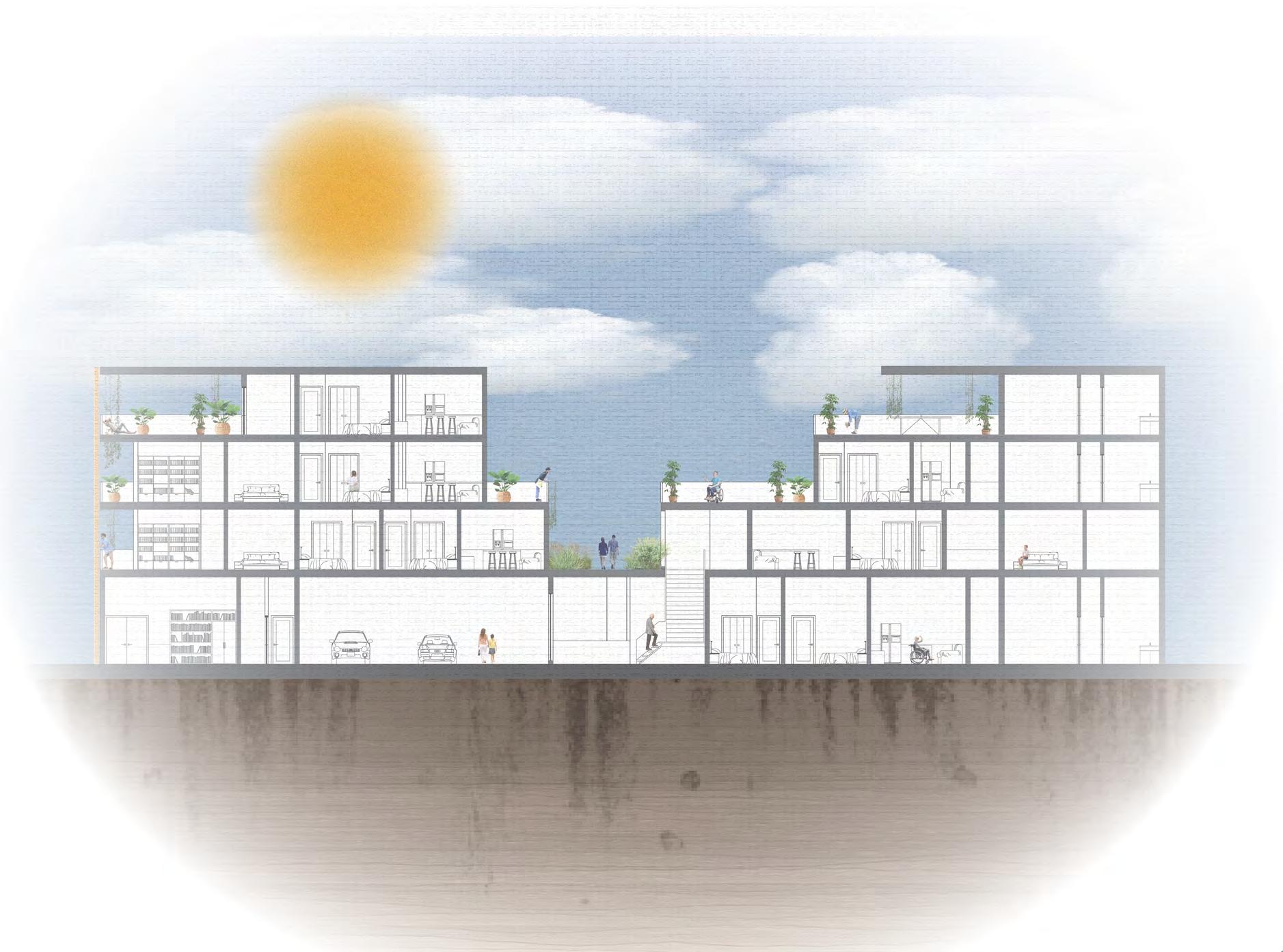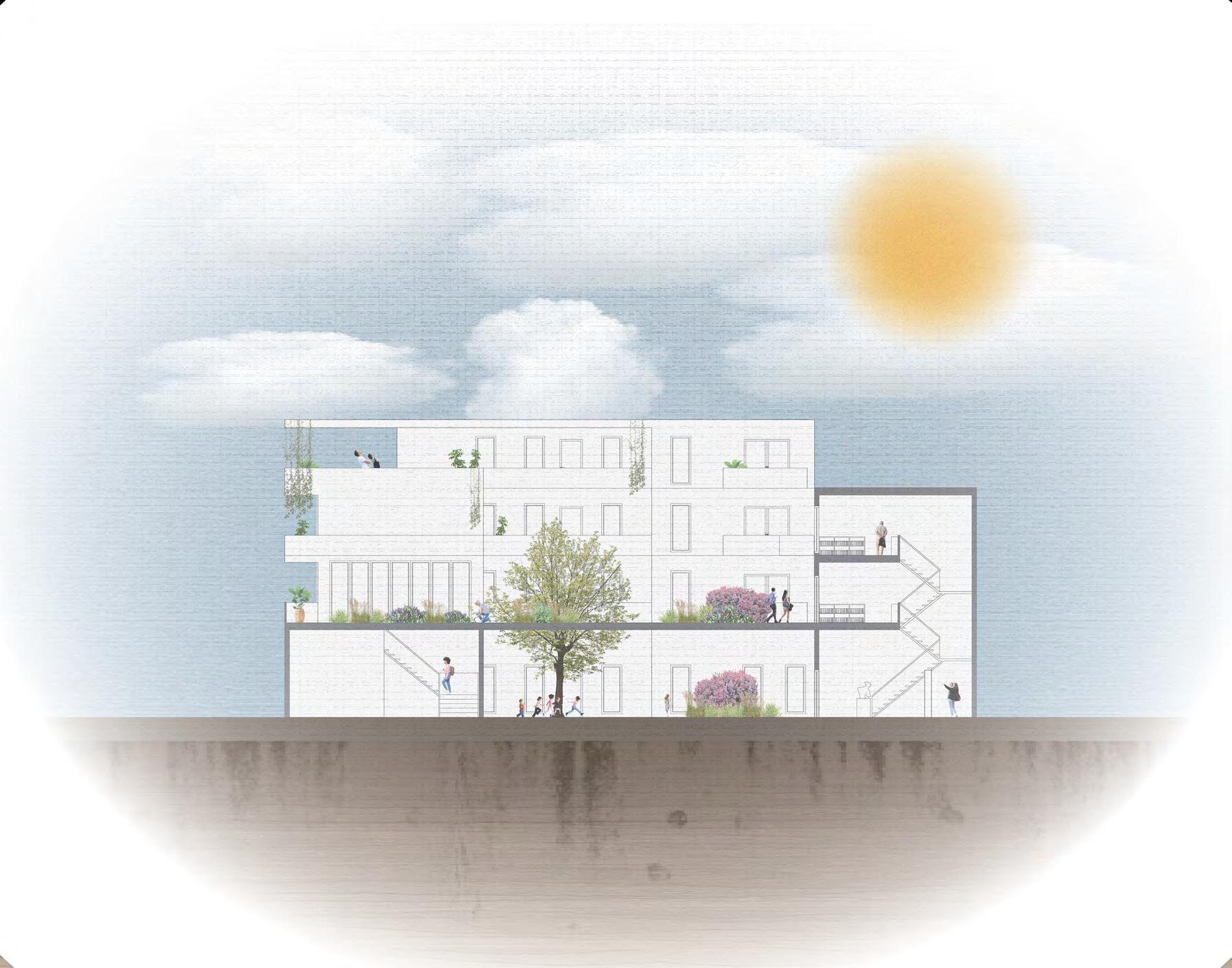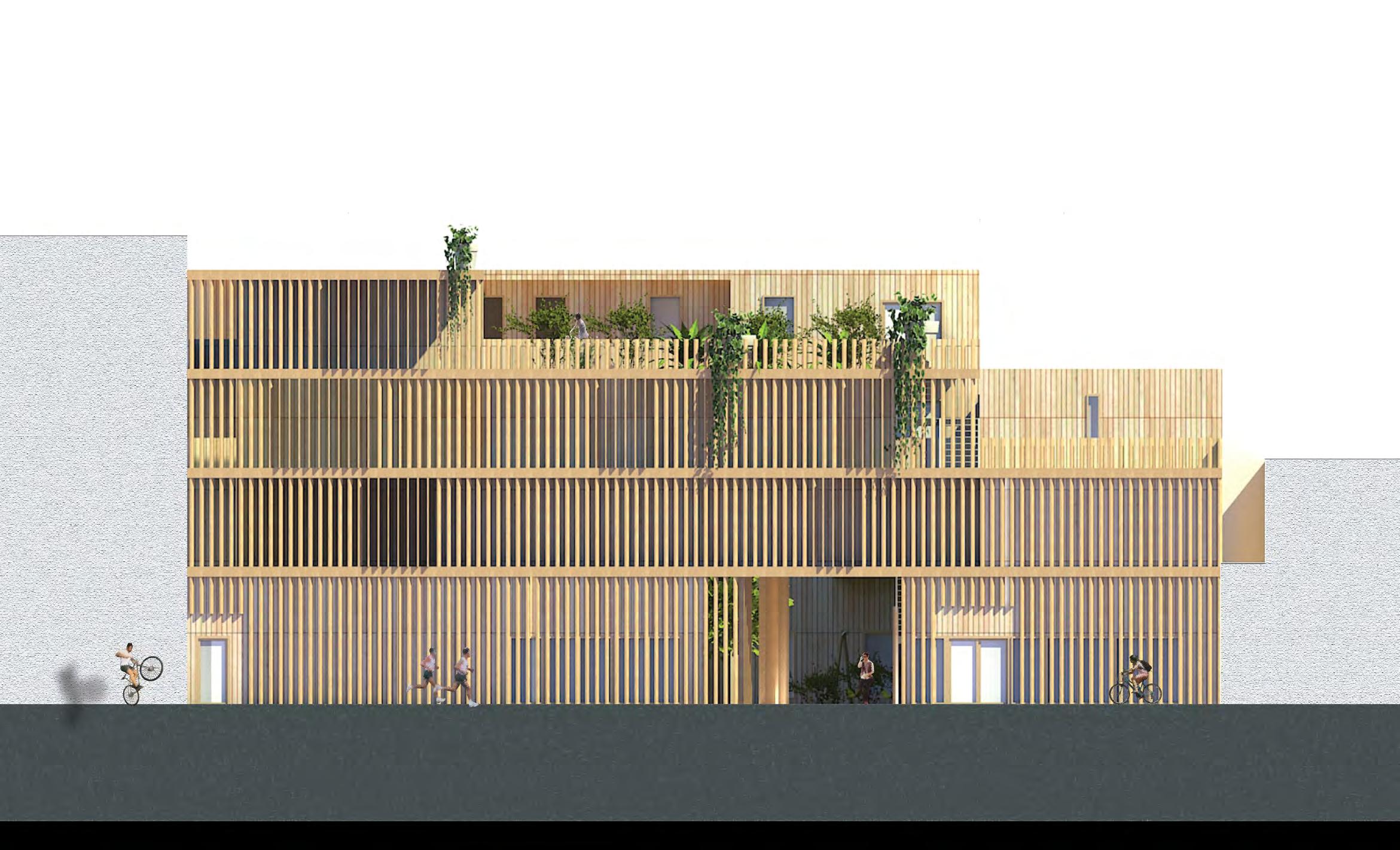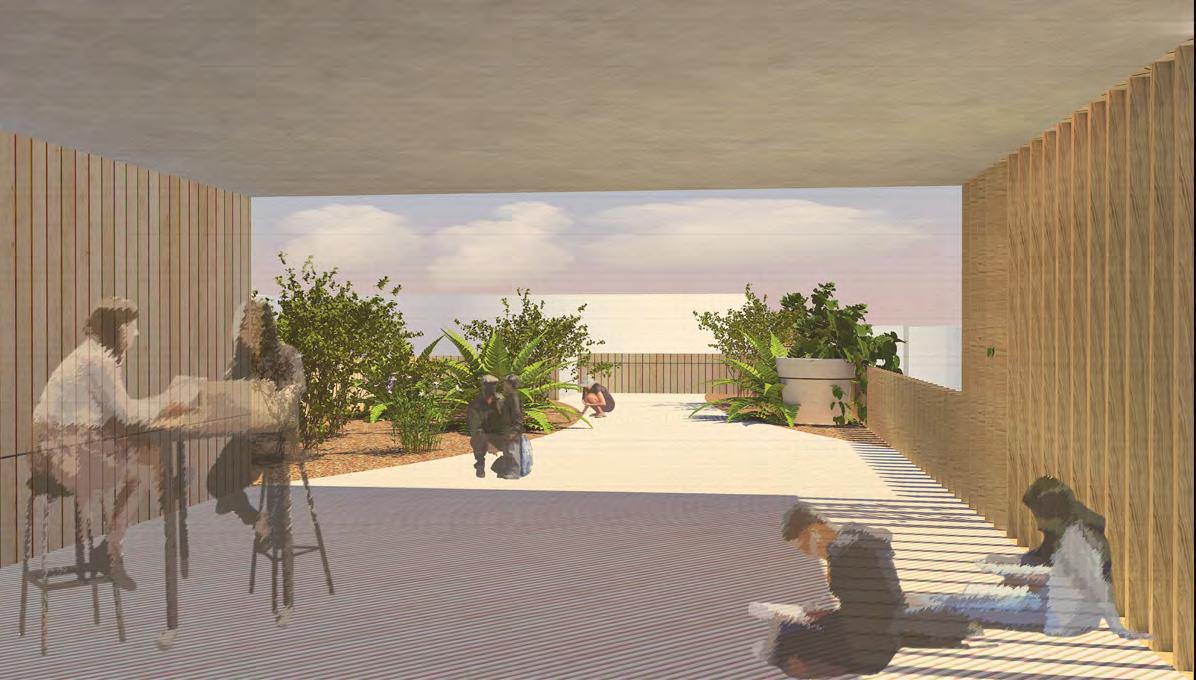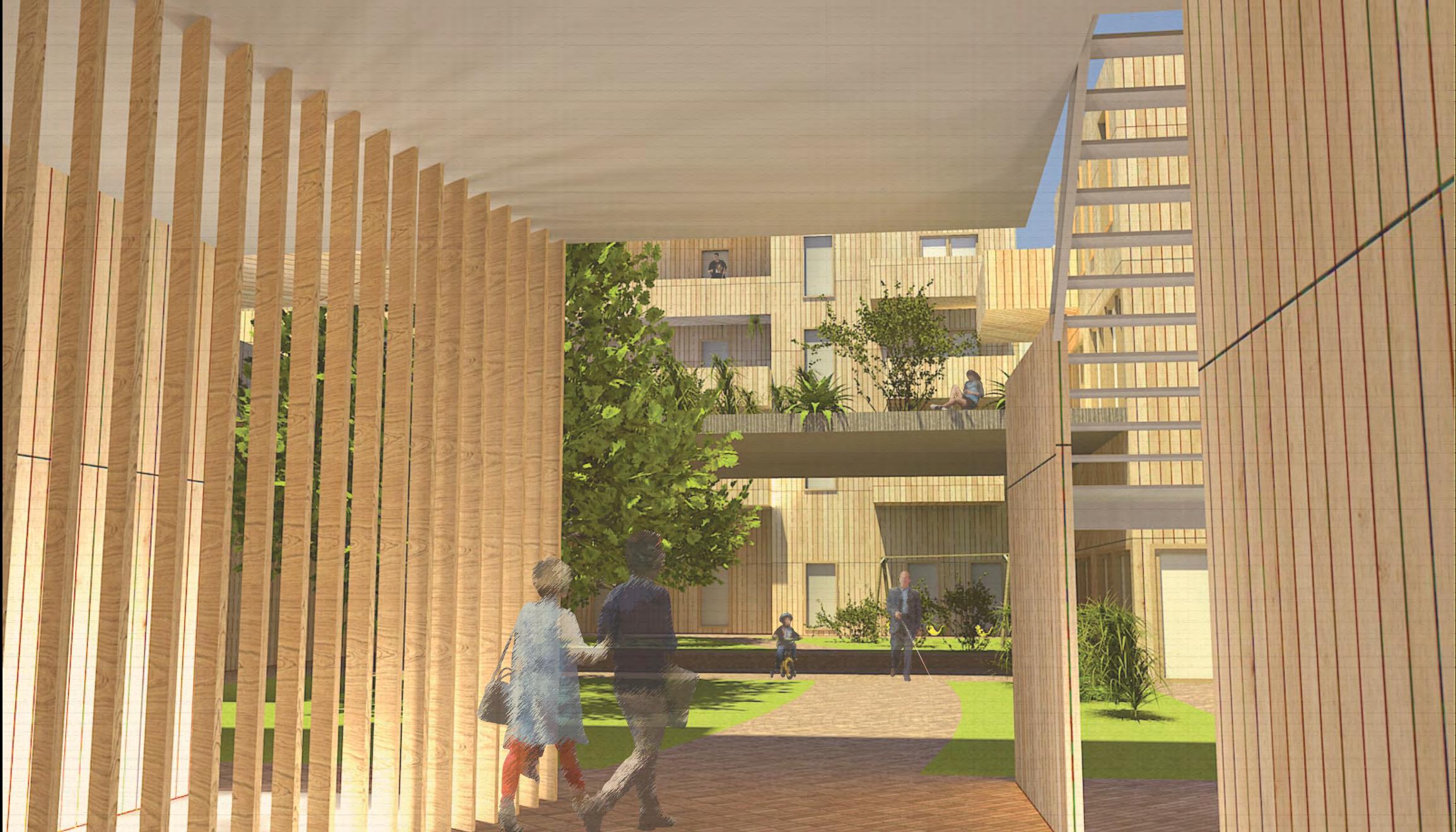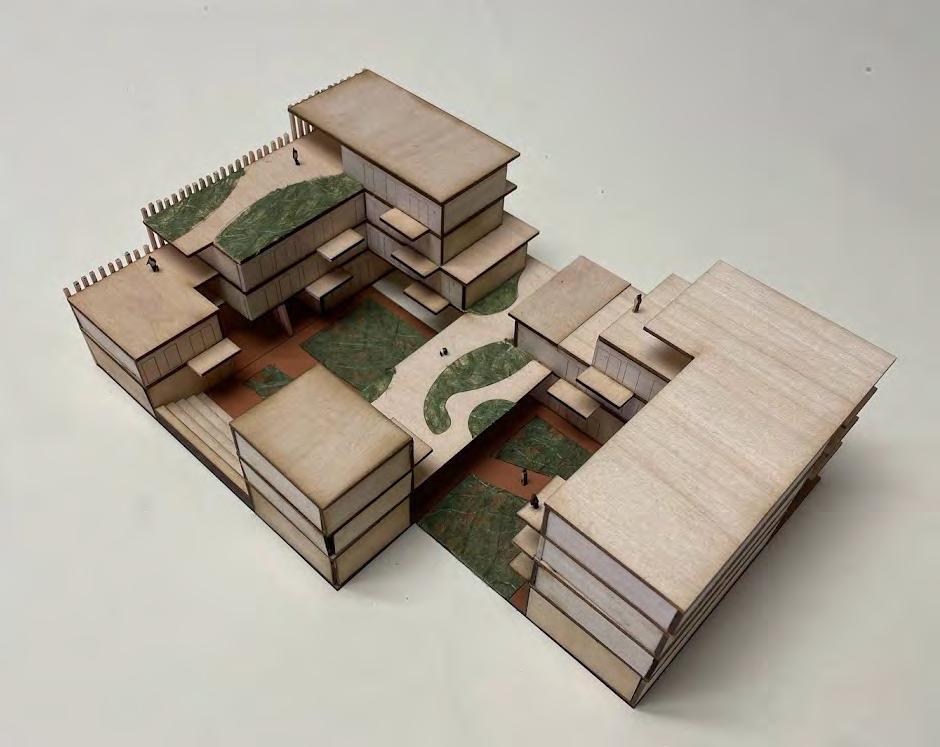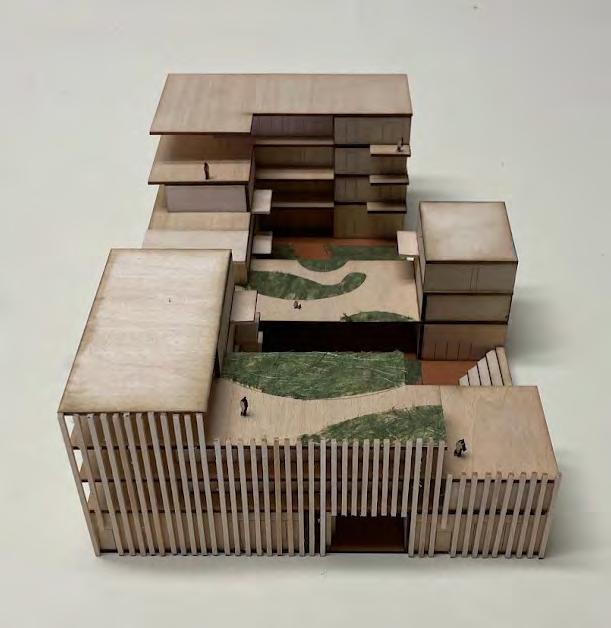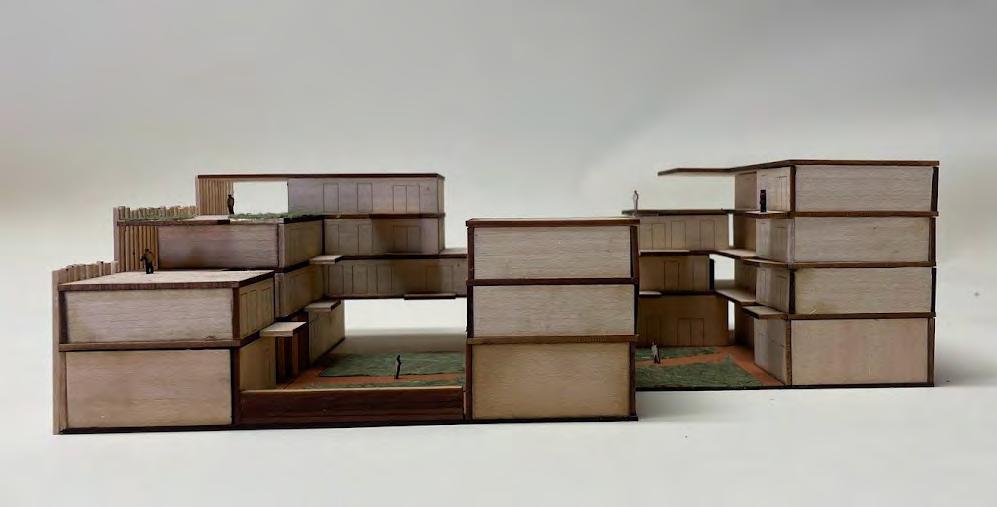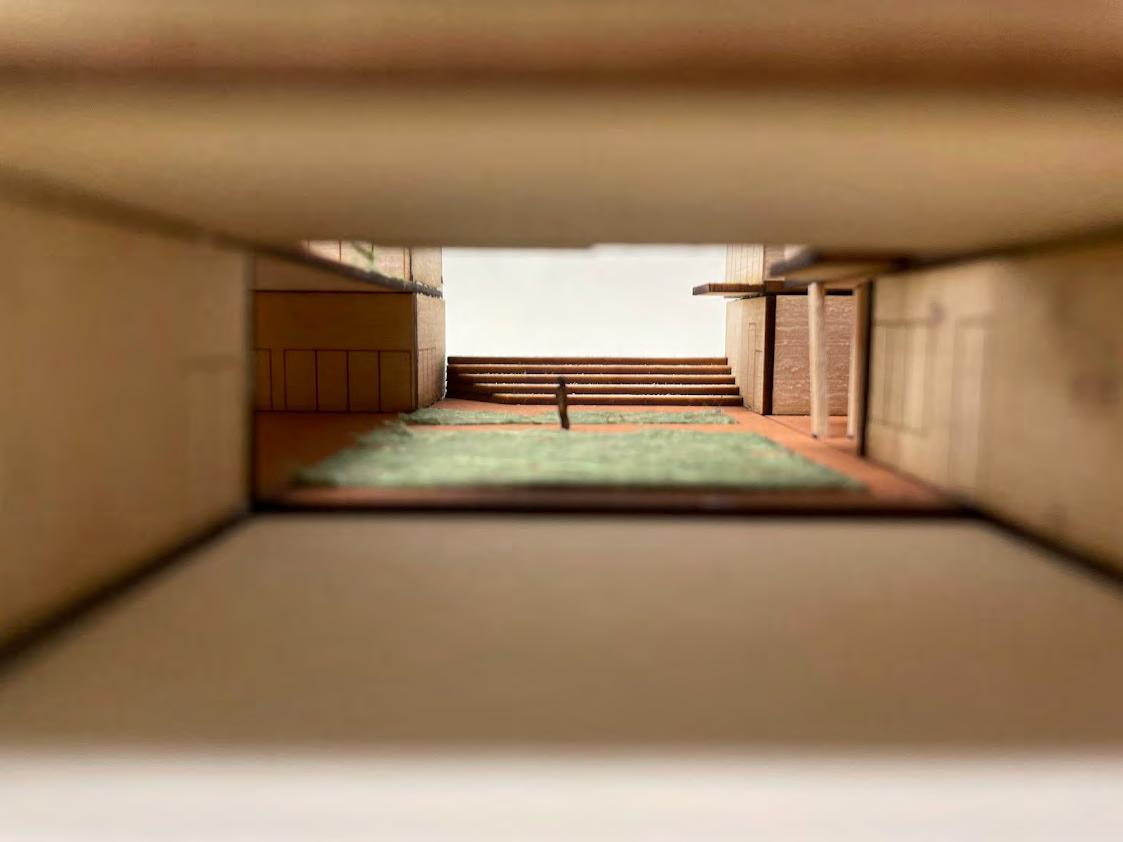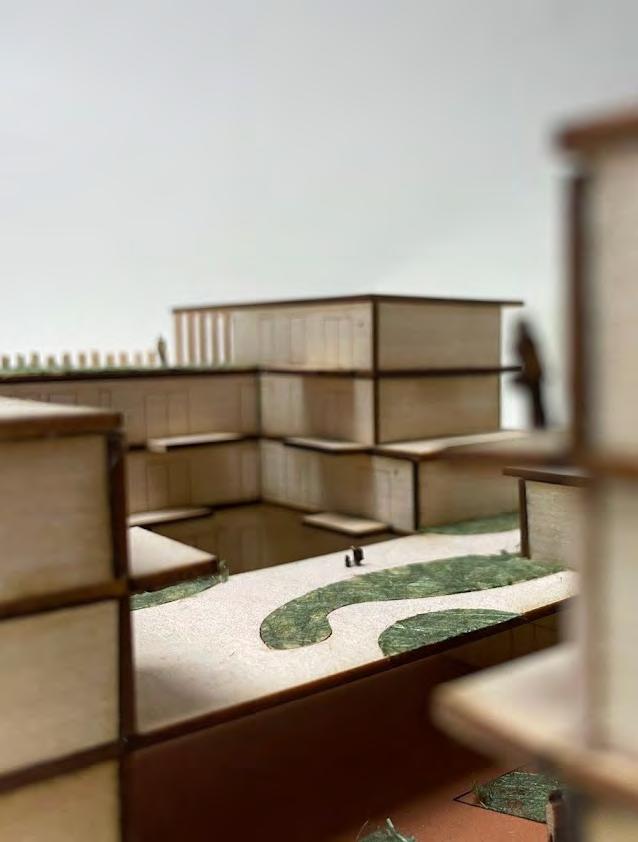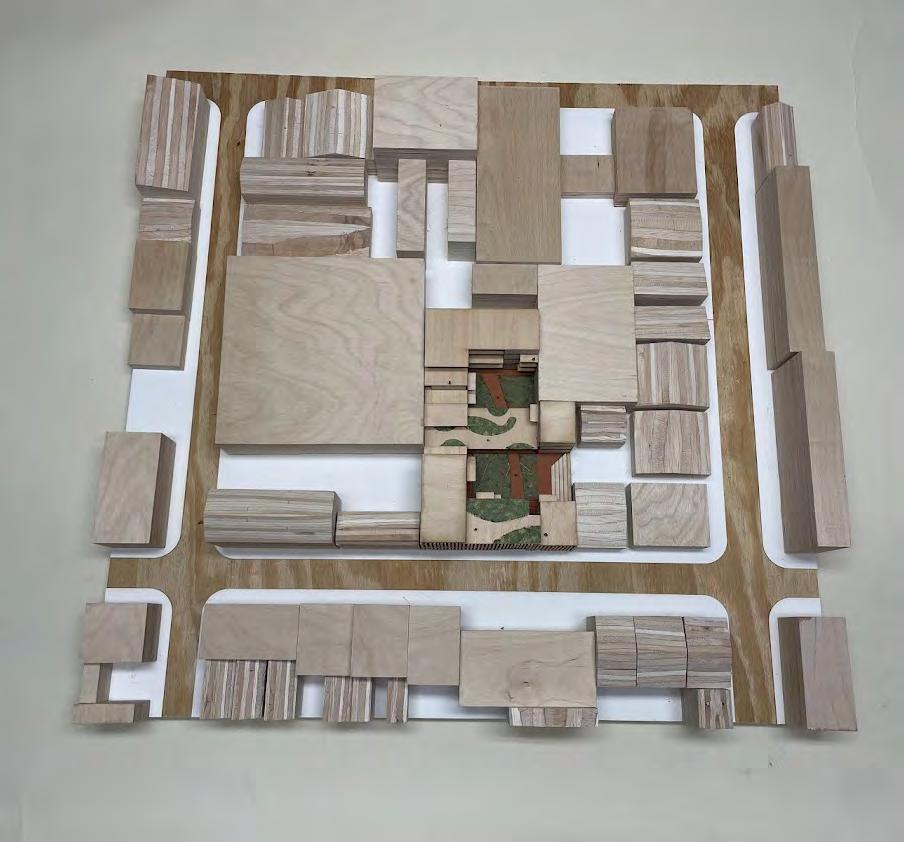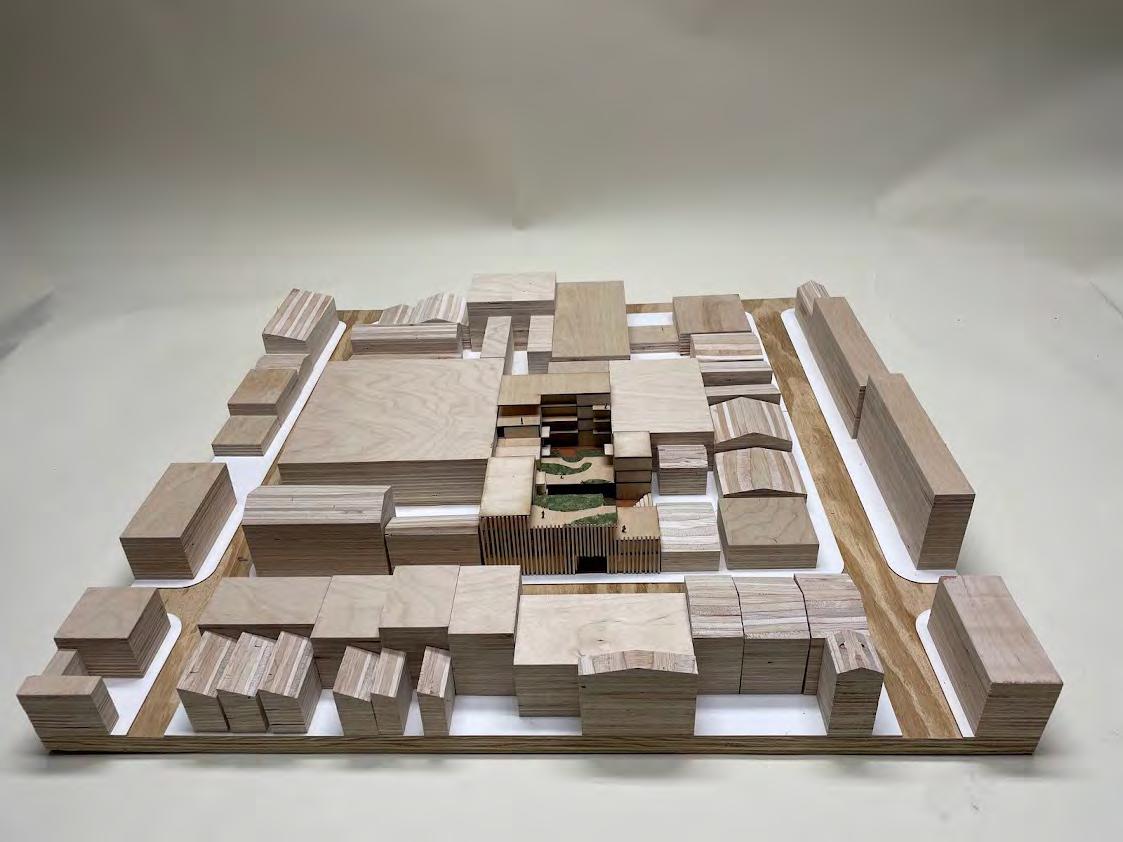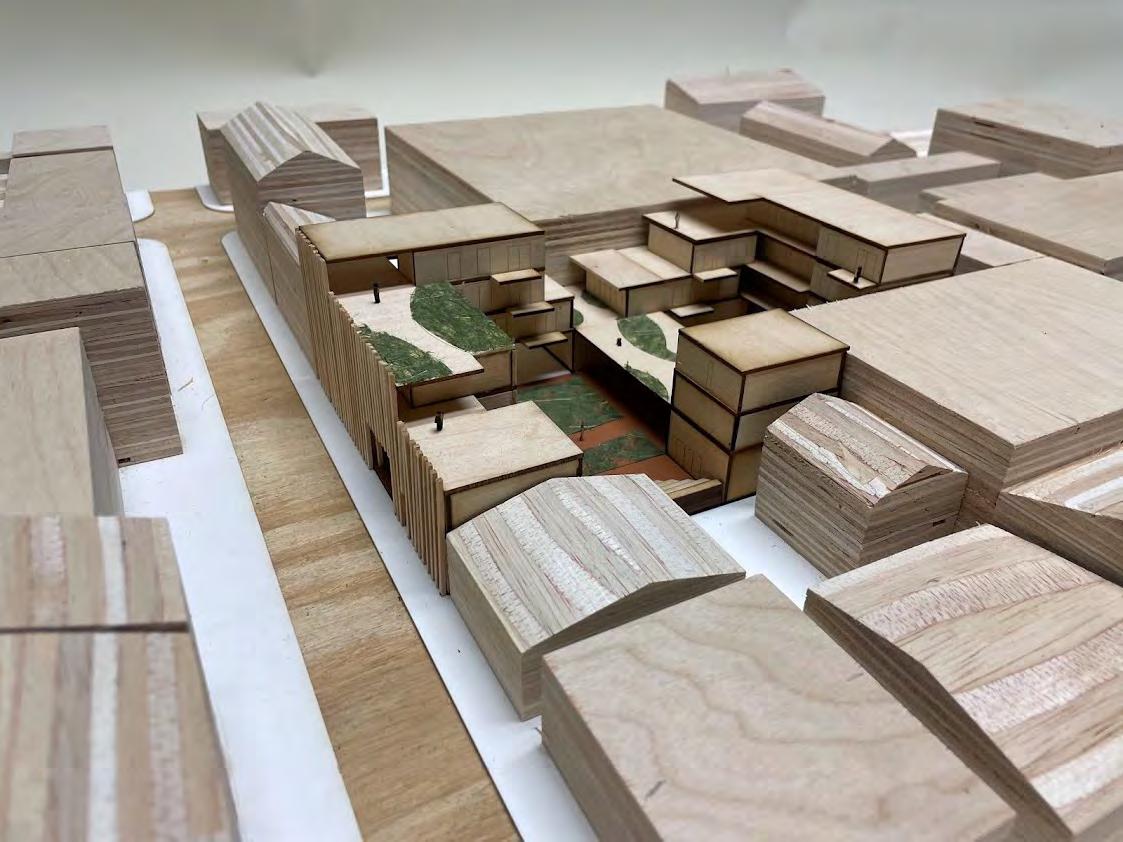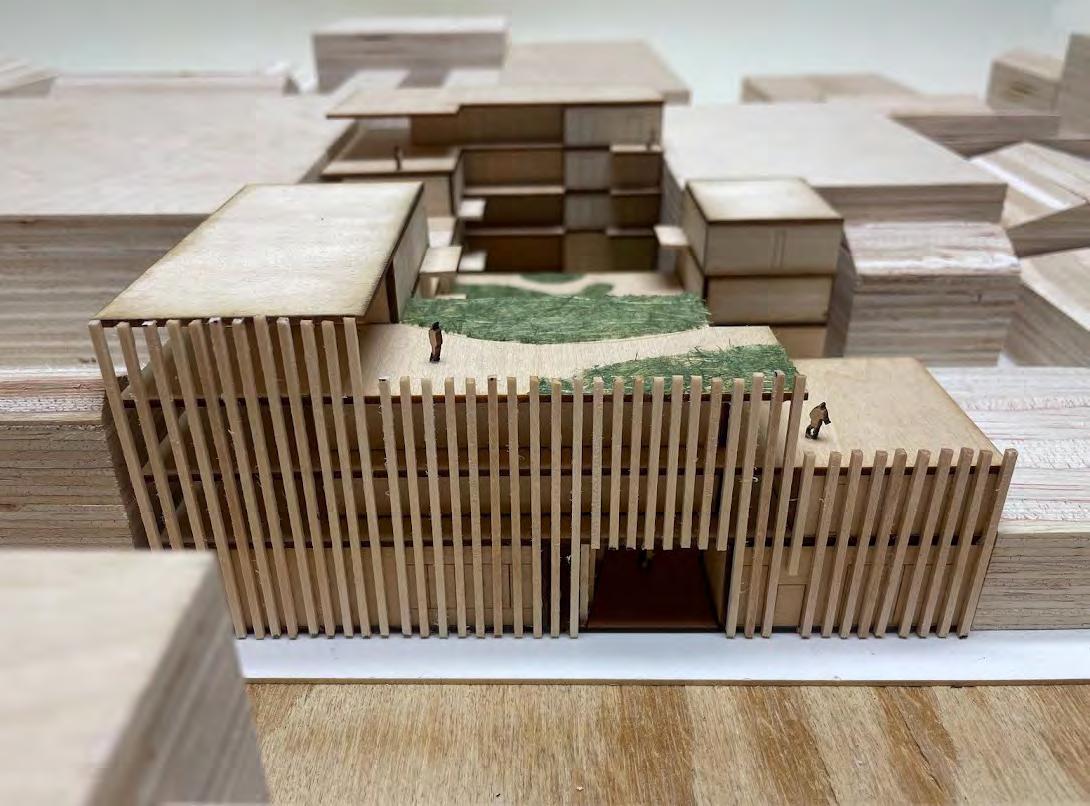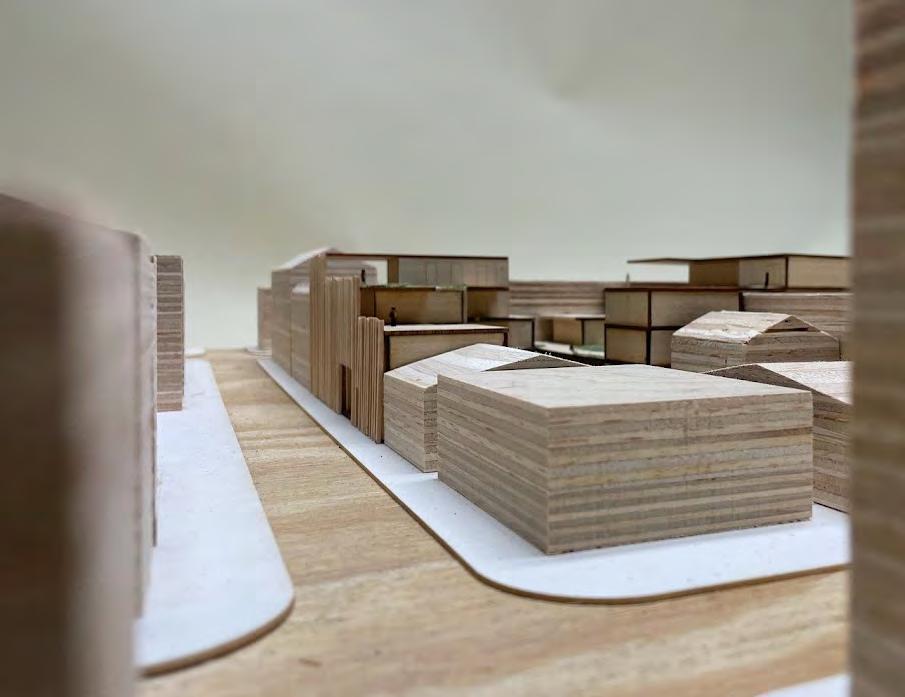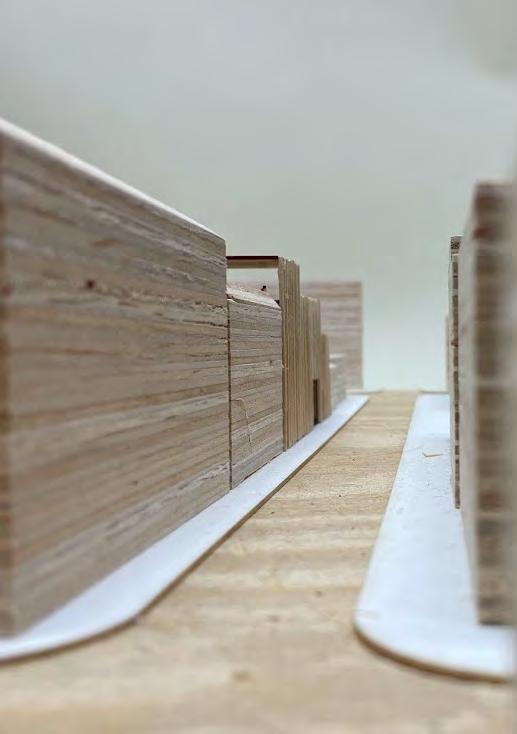Maryrose DiPiro
Second Year Design Award
Rachel Kane
Second Year Design Commendation
Ryan Spillane
Second Year Design Commendation
Patrick Mountjoy
Second Year Design Commendation
ARCH 214 Architectural Design Core Studio IV
Spring 2022
Place and Dwelling with Others
Multigenerational Housing Complex
Project Narrative
312 Dauphine Street draws from the rich culture of community and vibrance of the historical French Quarter of New Orleans, Louisiana.
Shared outdoor spaces and nodes of interaction create pocket neighborhoods and happenstance interactions remniscent of the socialization that sprawls across the porches and balconies of New Orleans.
Screen systems provide shade, privacy, and space for vegetation to thrive in a hot, humid climate.
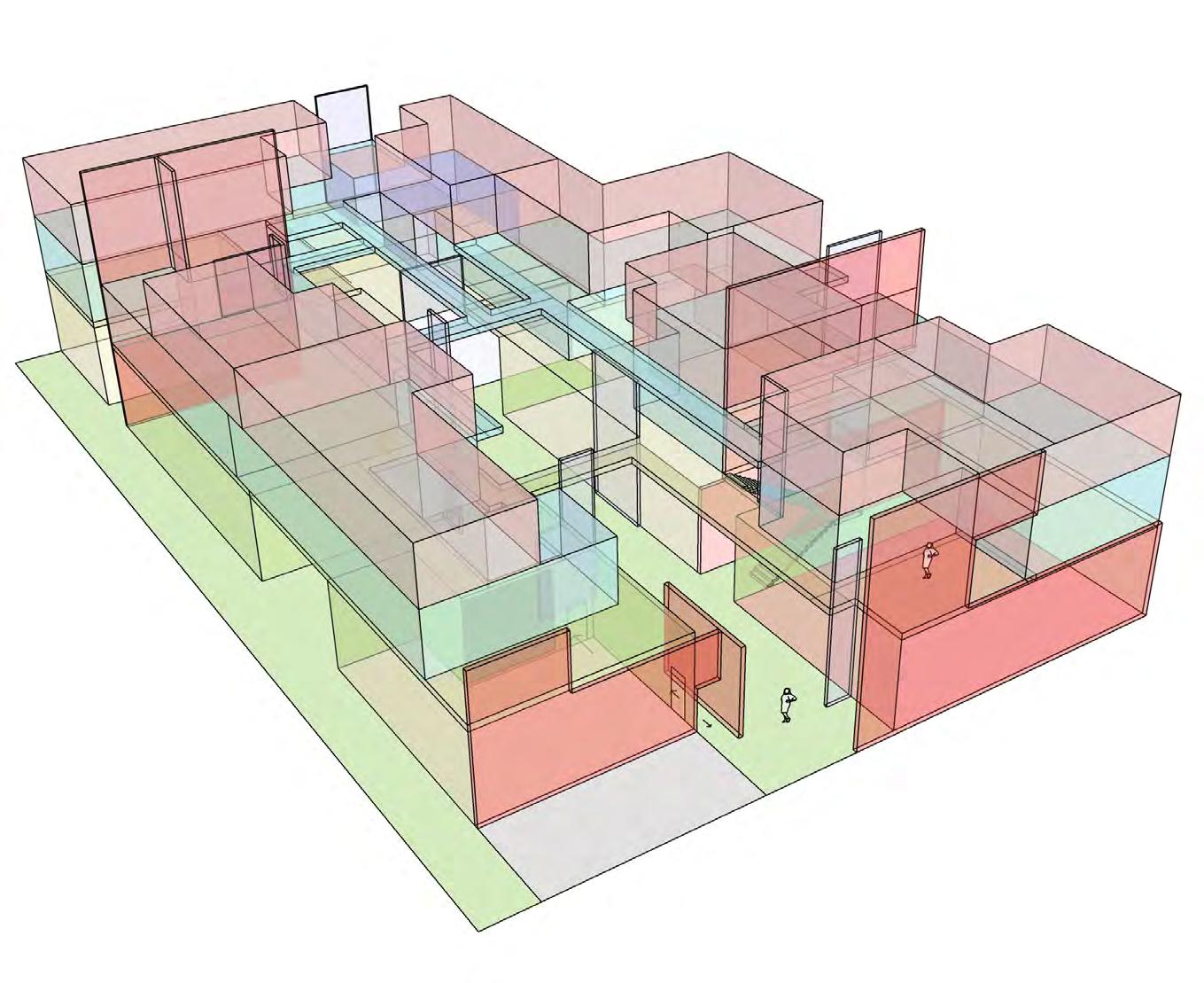

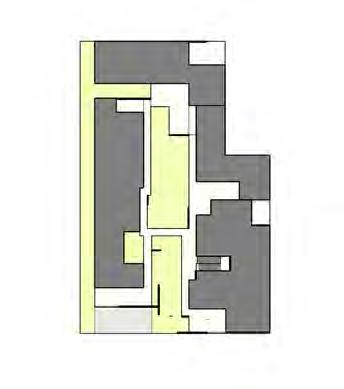
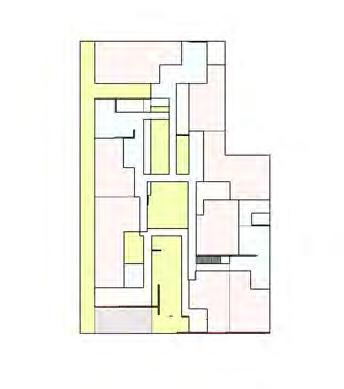

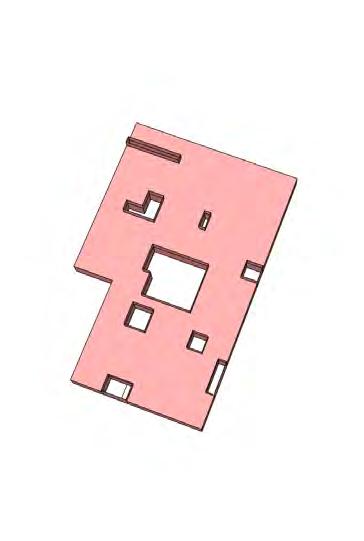
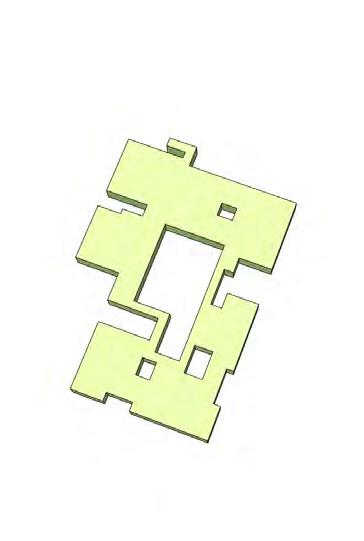

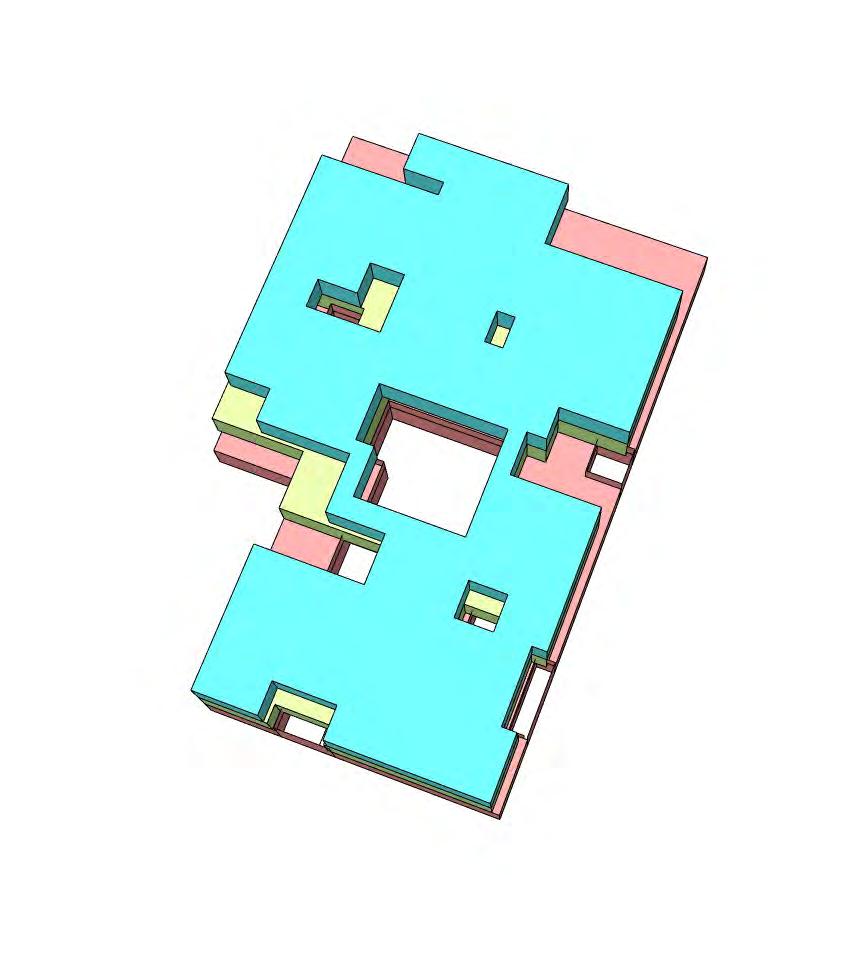
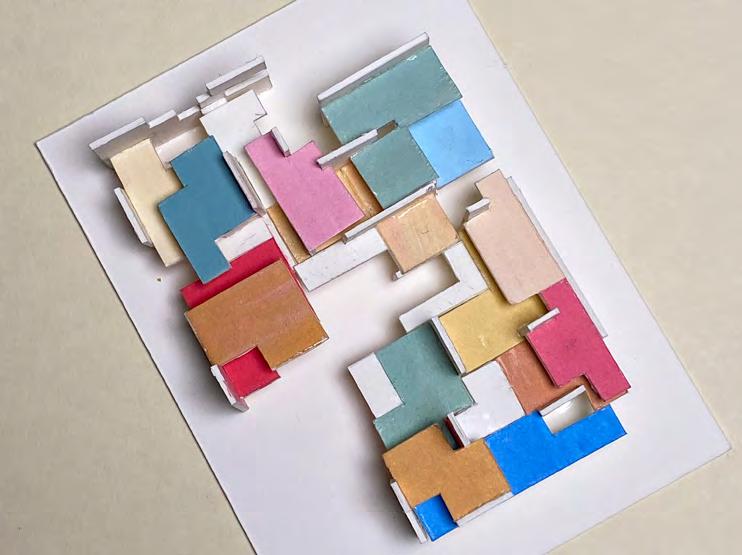
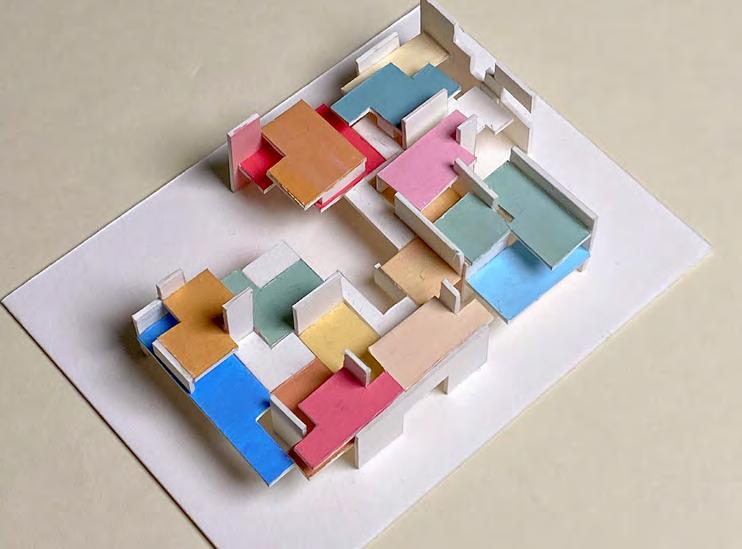
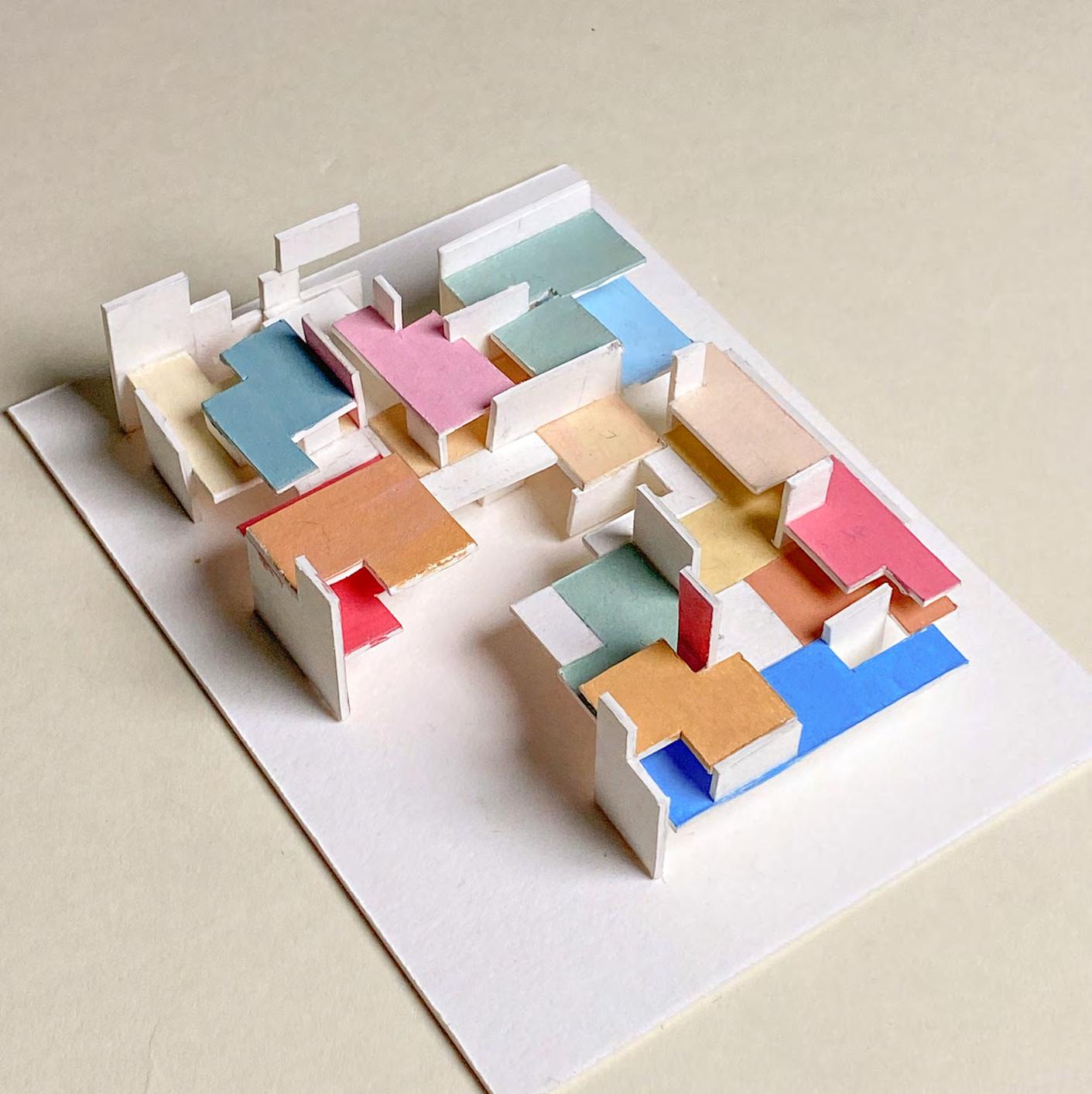
Conceptual Strategy Model 1
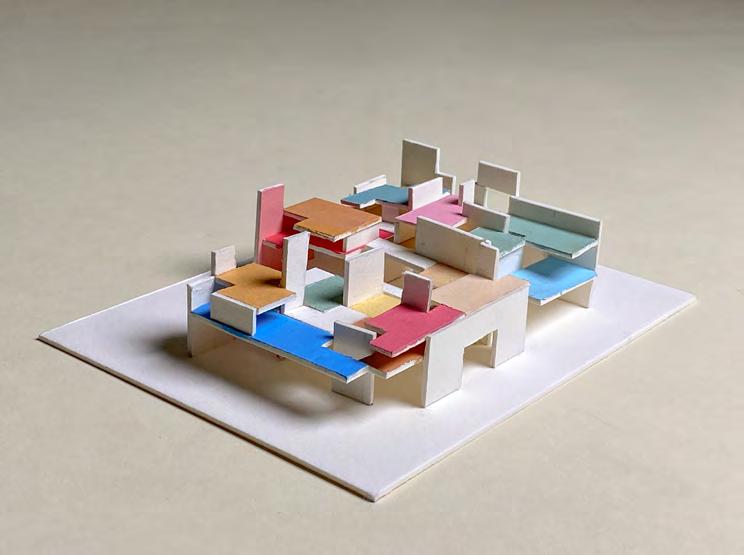

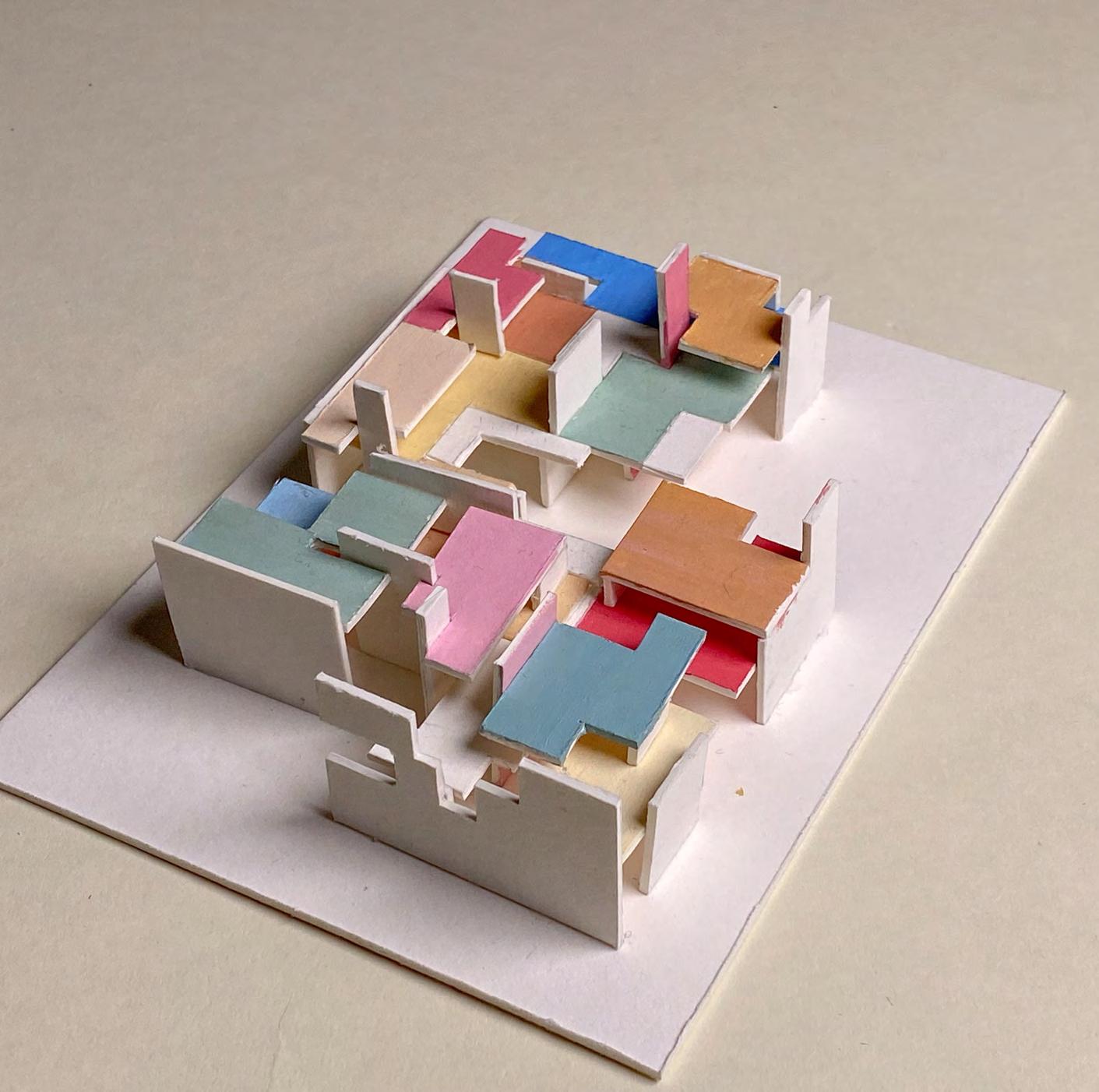
Conceptual Strategy Model Cont.
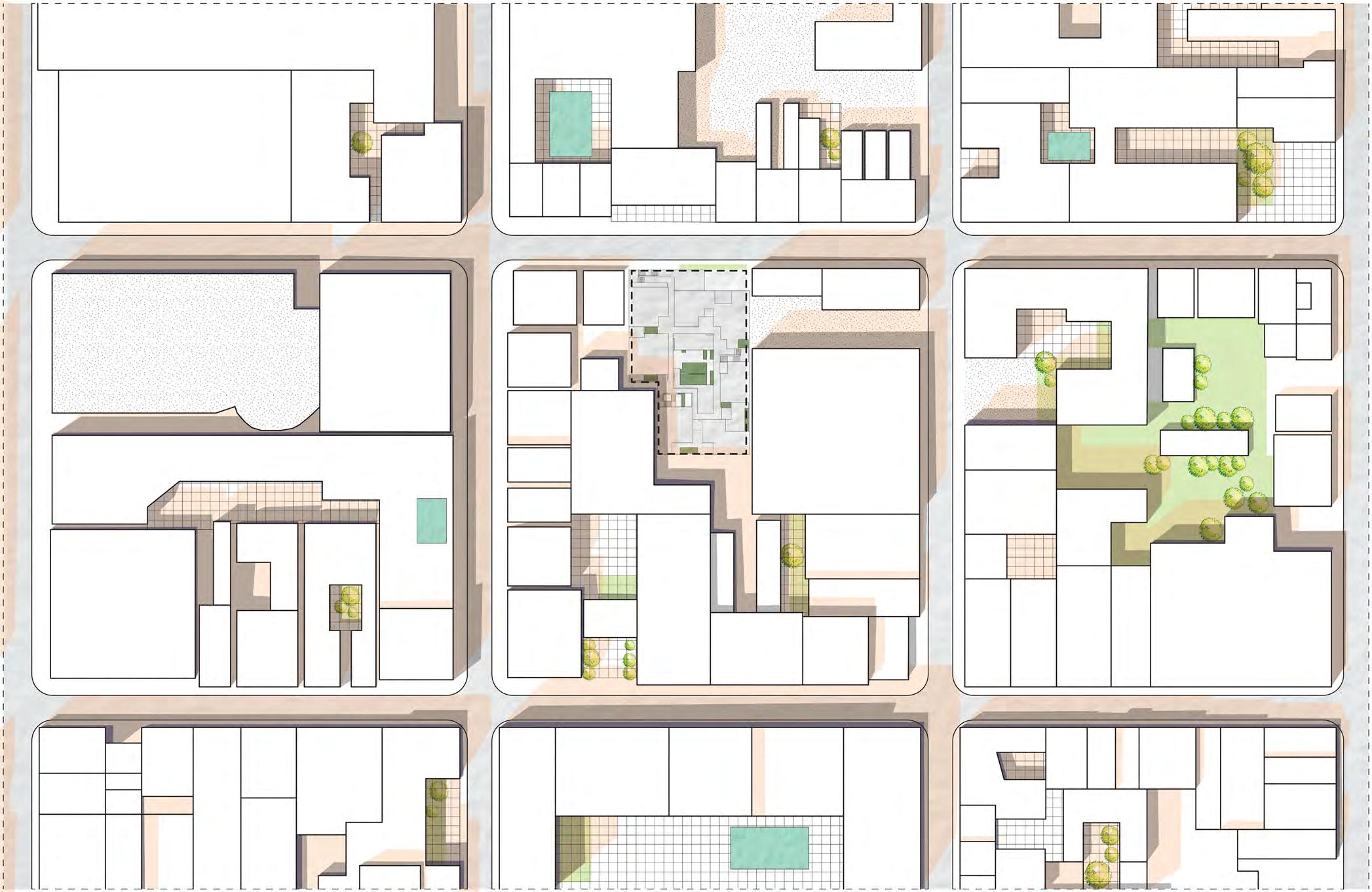


DAUPHINE STREET


Unit Types A, B, and C -
relational “cluster”


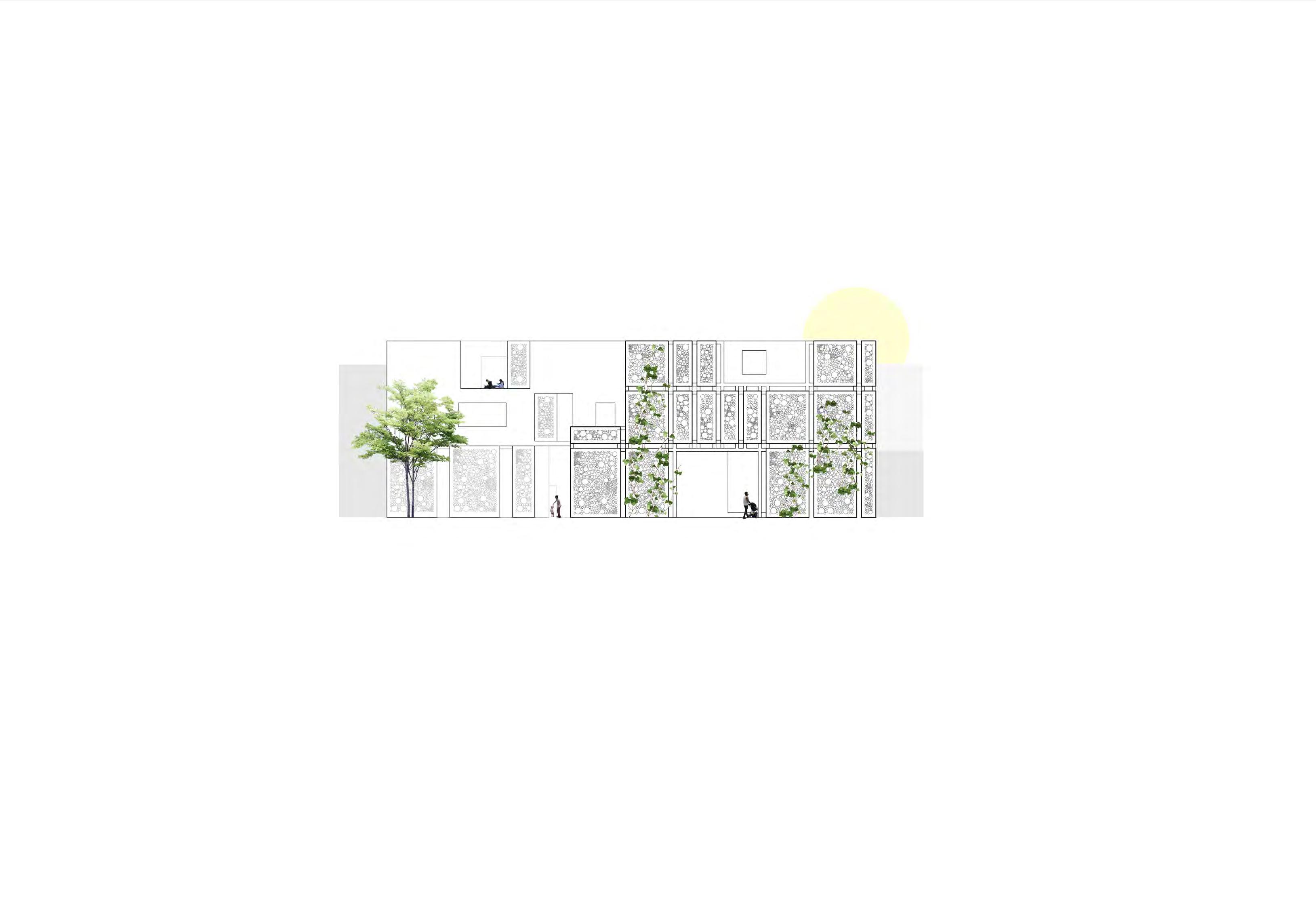

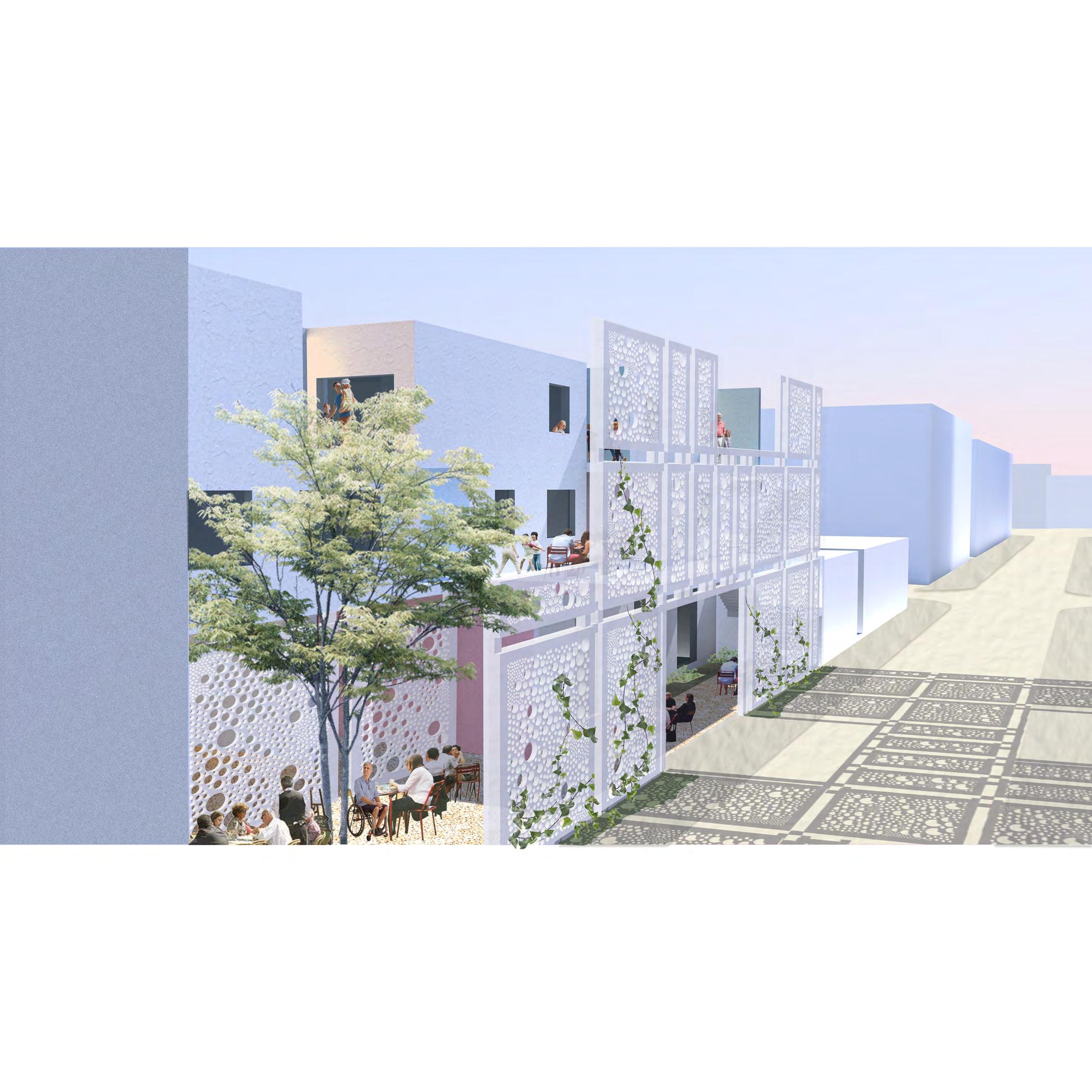

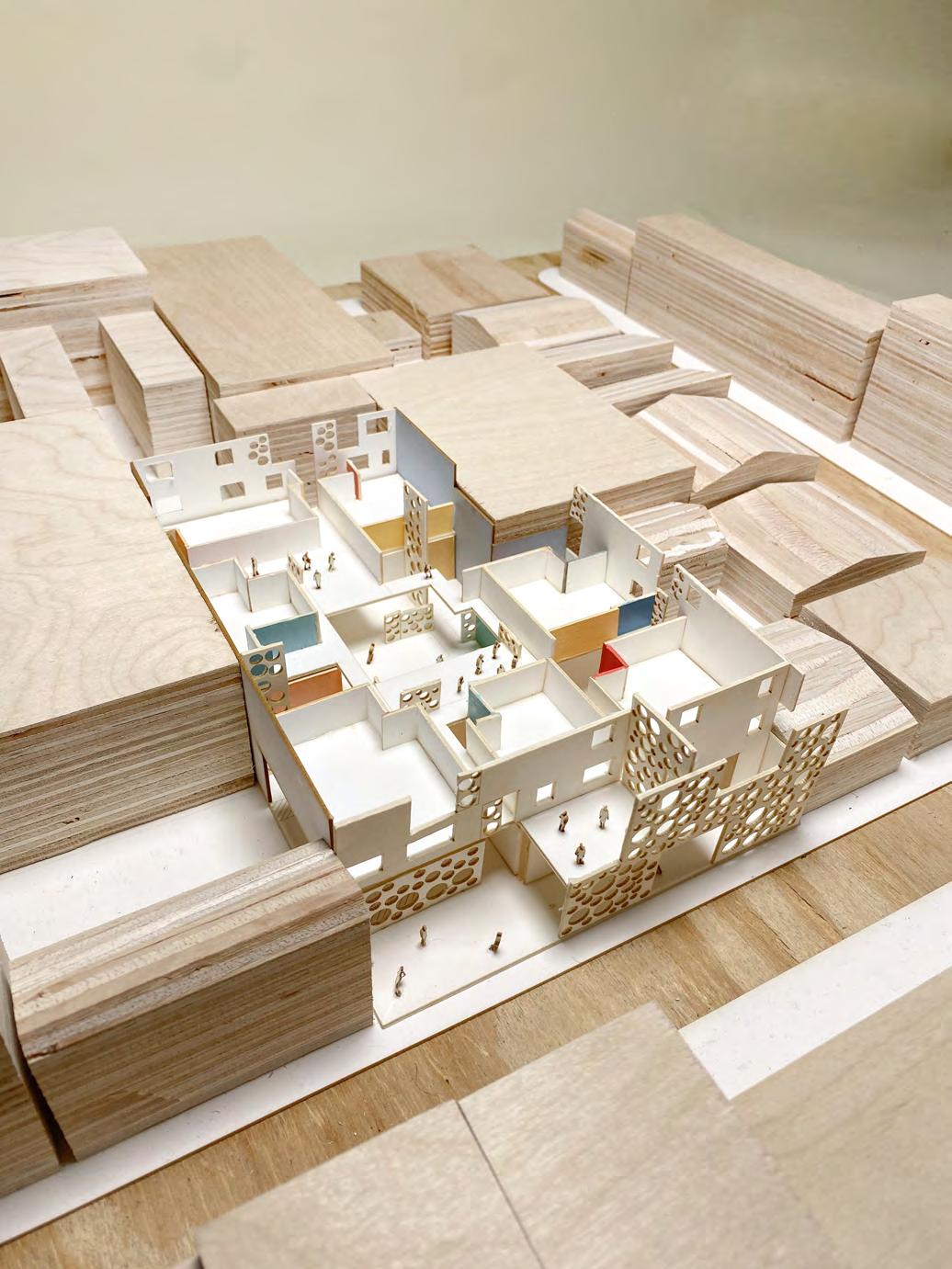
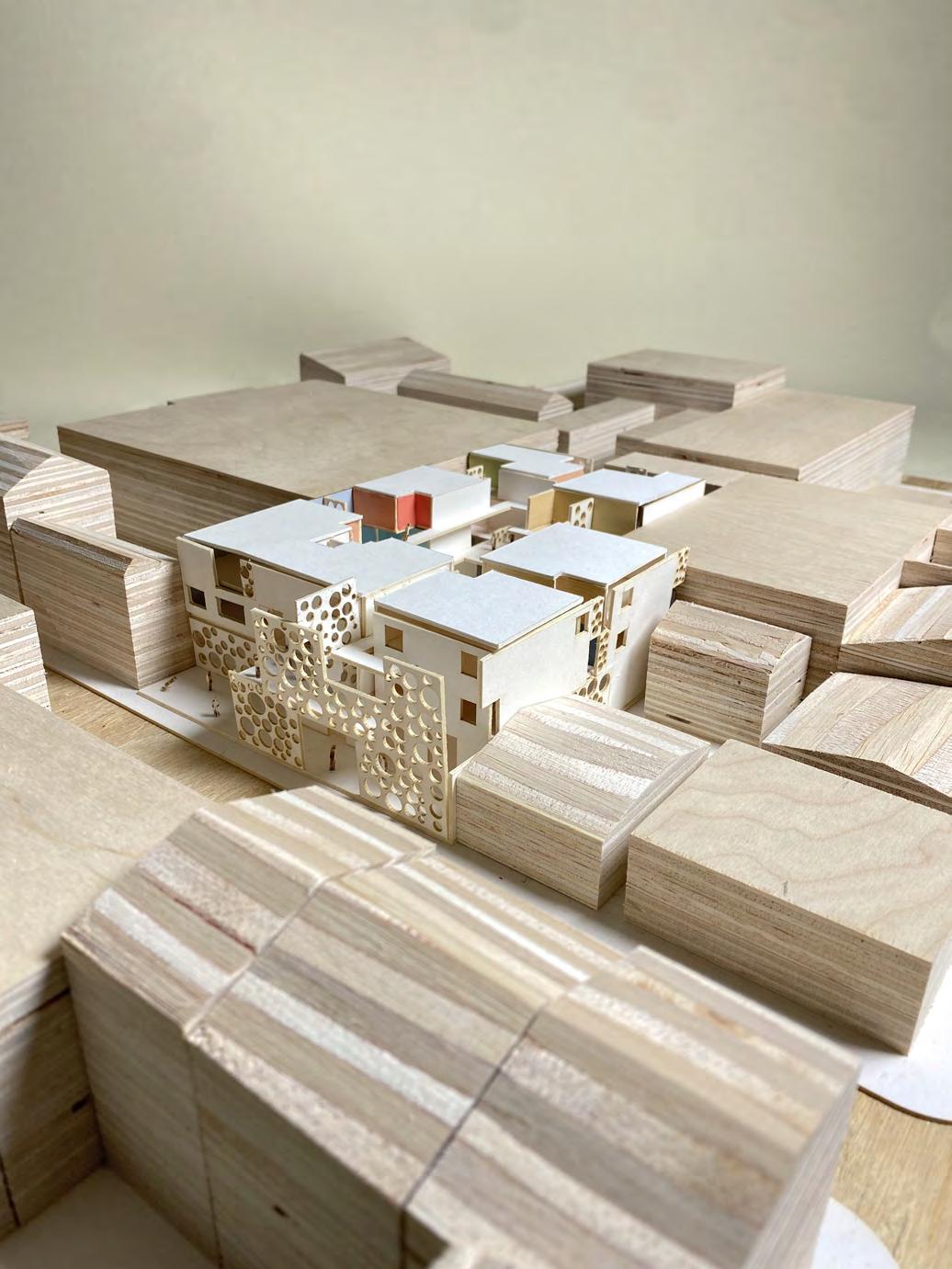
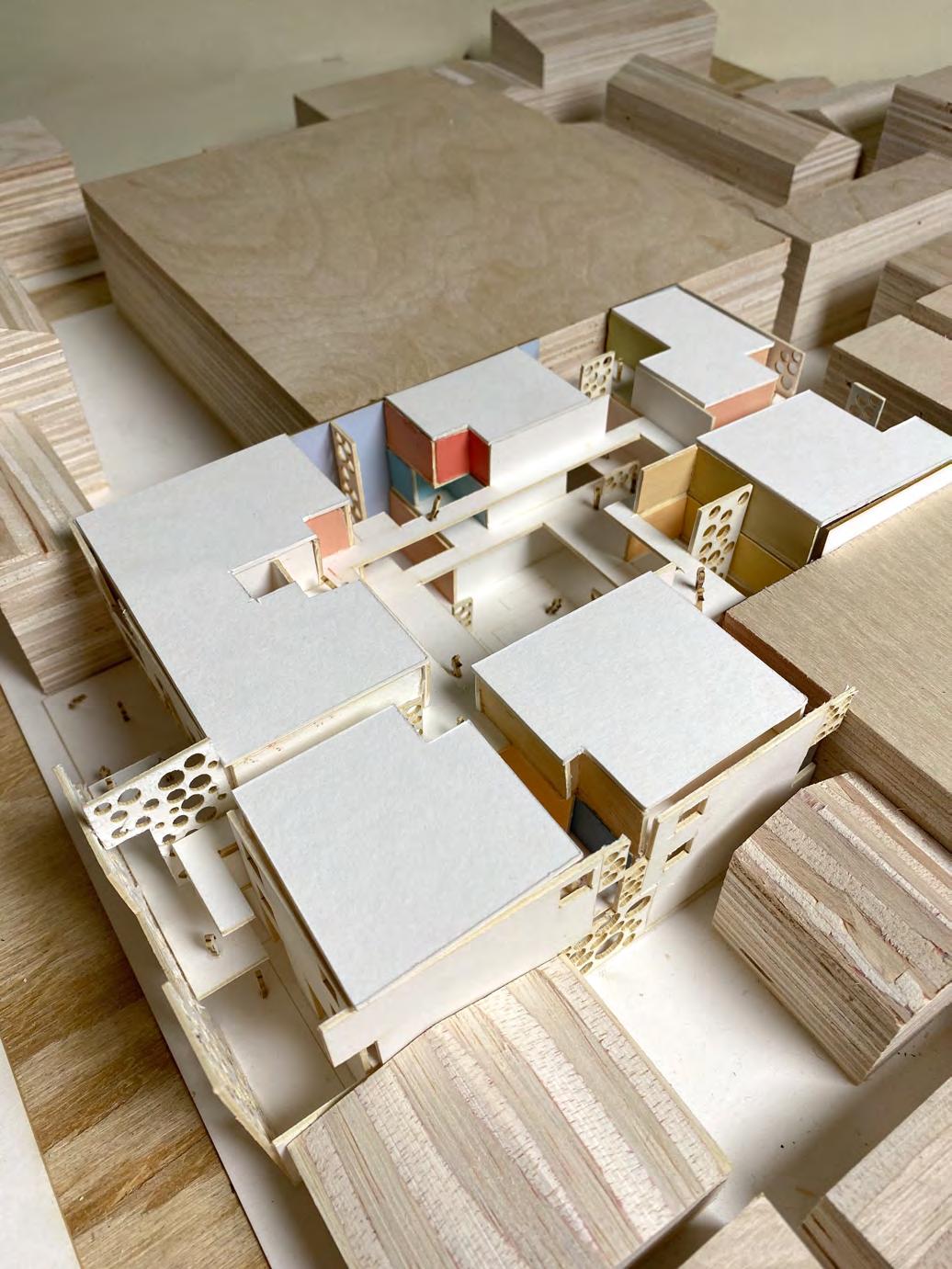
ARCHITECTURAL PORTFOLIO
RACHEL KANE
AUG 2021-PRESENT
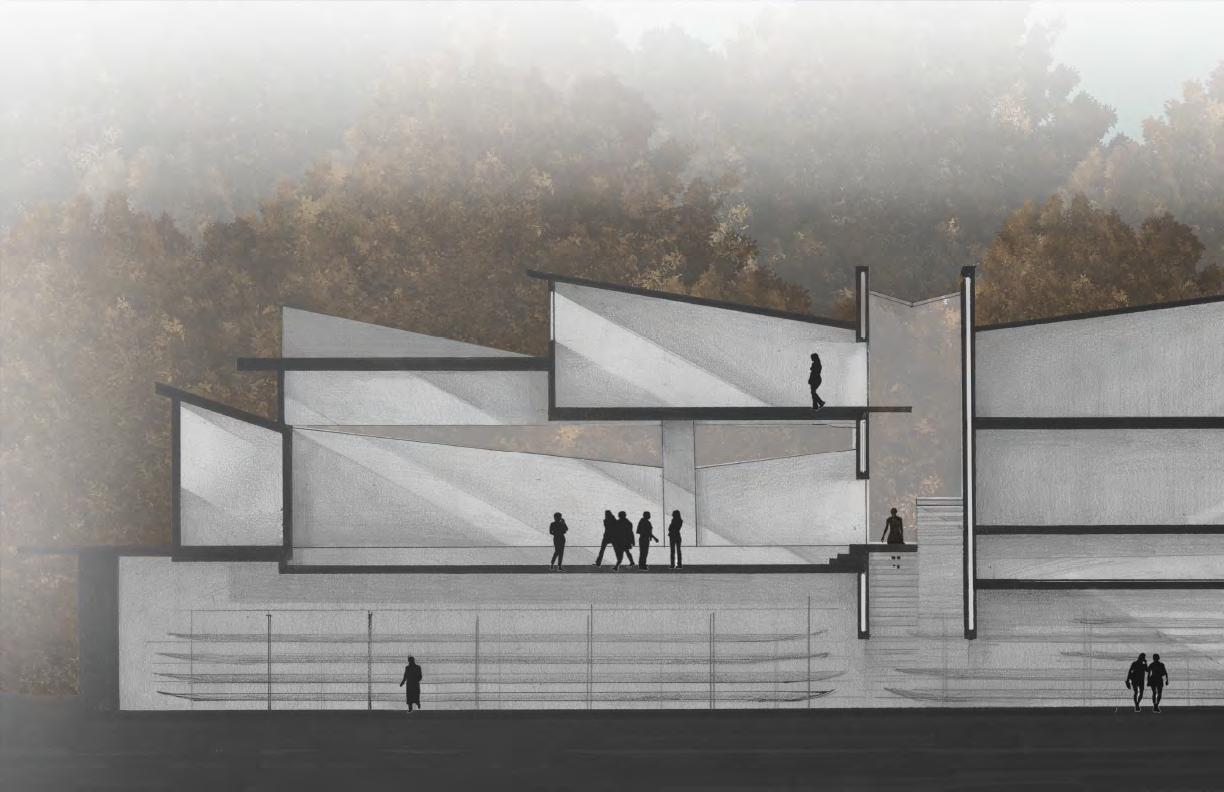

CRYSTALIZED DREAMS
NARRATIVE
The process of sleeping and dreaming is unique to each individual, however it can be said that certain atmospheric qualities can amount to better sleep. My design is inspired by the amethyst crystal which possesses many healing qualities that can influence our sense of anxiety, creativity, fear, comfort etc. The crystal is a deep purple color therefore, above the datum, A cluster of tinted glass prisms refracts, deflects, and transmits light into the space below. To further explore the concept of crystalline forms, the space immediately leads one down into a spiraling cavern that consists of a series of scaled and rotated hexagons, which creates an effect that leads one downwards into a nested bed space, looking up towards a kaleidoscope of dark purple patterns as the sun rises over it.
The hexagonal shape is significant to the shape of crystals and how they form in nature. Overall, the form of my design is meant to relay the idea that dreaming is powerful, magical, and intense. As a person sleeps, their dreams become a catalyst for the crystals to grow. In nature, crystals grow in areas of high pressure situations where magma melts and cools.
In theory, the dissonance of an endless dream realm frees us from the boundaries of our reality which allows for our minds to become powerful. Crystal’s healing properties are often seen as spiritual, or fake, yet it is only because they are not fully understood, the same goes for our dreams and our subconscious; most often the most powerful influences cannot be understood.
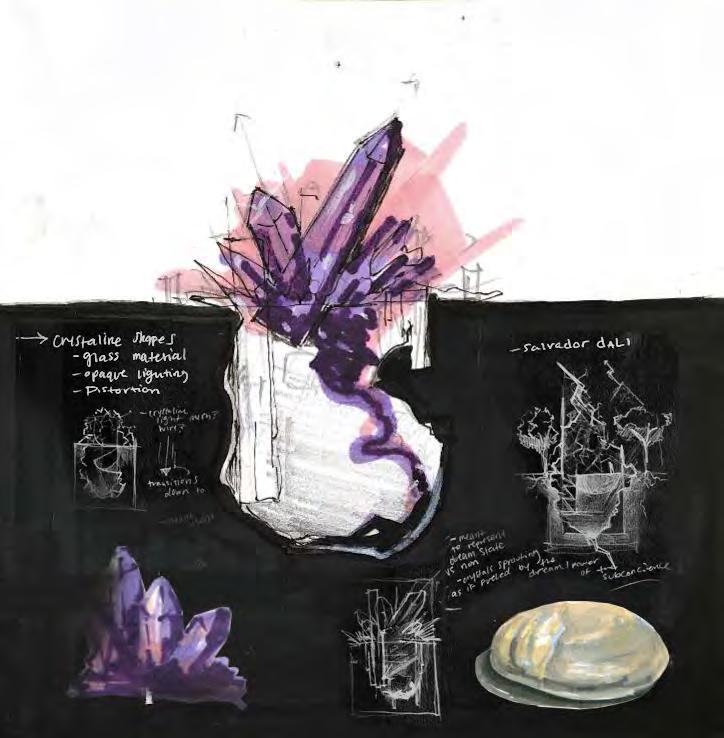
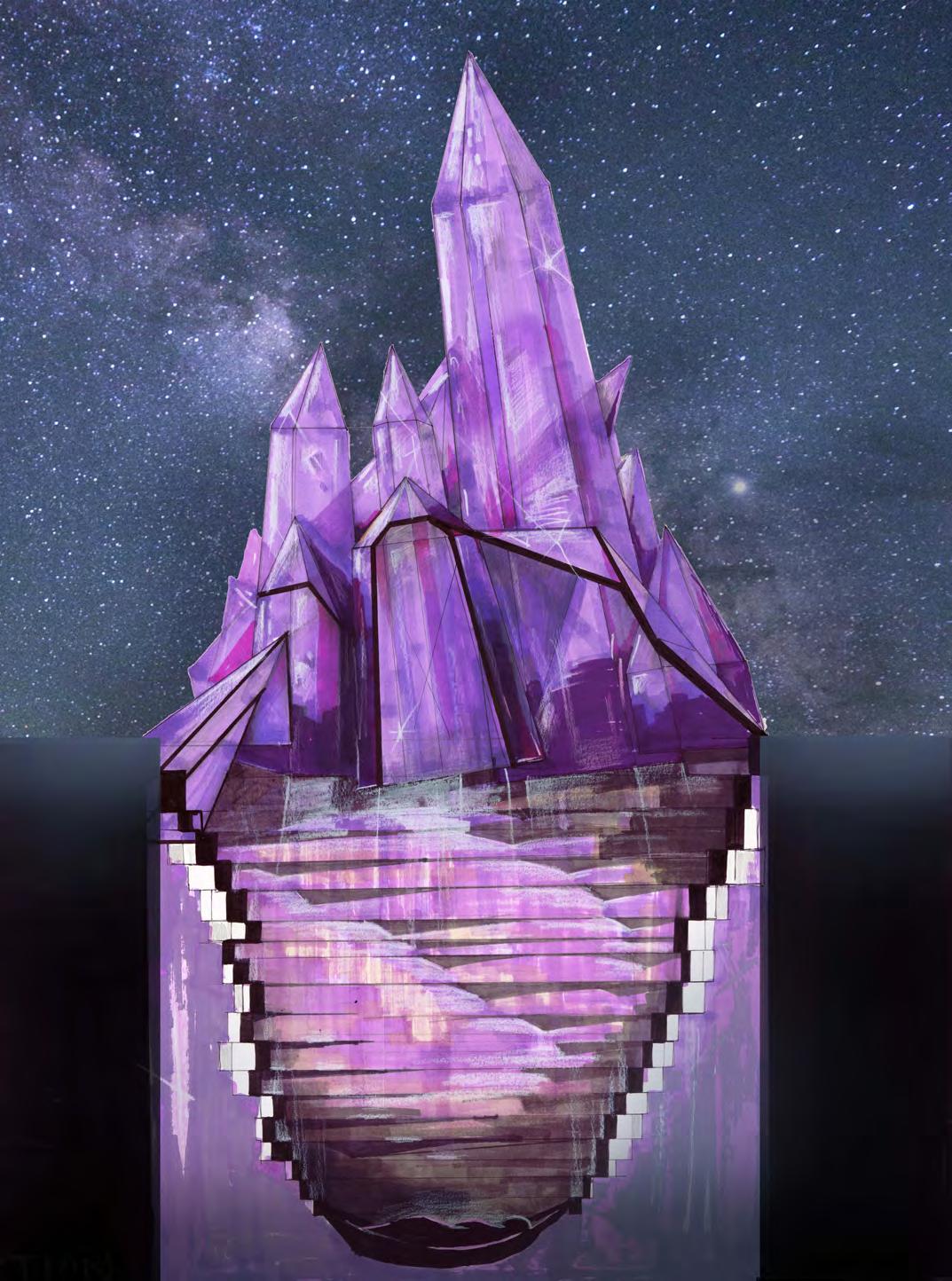
SECTION 9’ FROM NORTH - 1/2”=1’



REFLECTED CEILING PLAN PLAN
PERSONALIZED DWELLING PROJECT

FOR THE PAINTER AND THE CELLIST
This project proposed the task of building a personalized design for a dwelling containing two units to house poeple of differing professsions. I have designed my dwelling for the painter and the cellist in order to design a space that fuels the creative process. I followed a narrative that explored how architecture could be used to influence the same creative processes involved in creating both art and music. I wanted to design in a way so that all five of our senses could be manipulated architecturally to invoke a creative spark. In doing so I realized a pinwheel style plan that
radiates from a double height space that serves as the painters studio. As art and music become influencers of one another, I utilized a series of partitions that could open this space to the artists living spaces as well as the cellists practice room and study. To further this concept, the studio also acts as a light well for the space as its site limitations allow for minimal light sources. This space is designed to bring desirable light to the appropriate spaces through the well created by the studio. It was also important to include a garden or trees at the north side to reduce
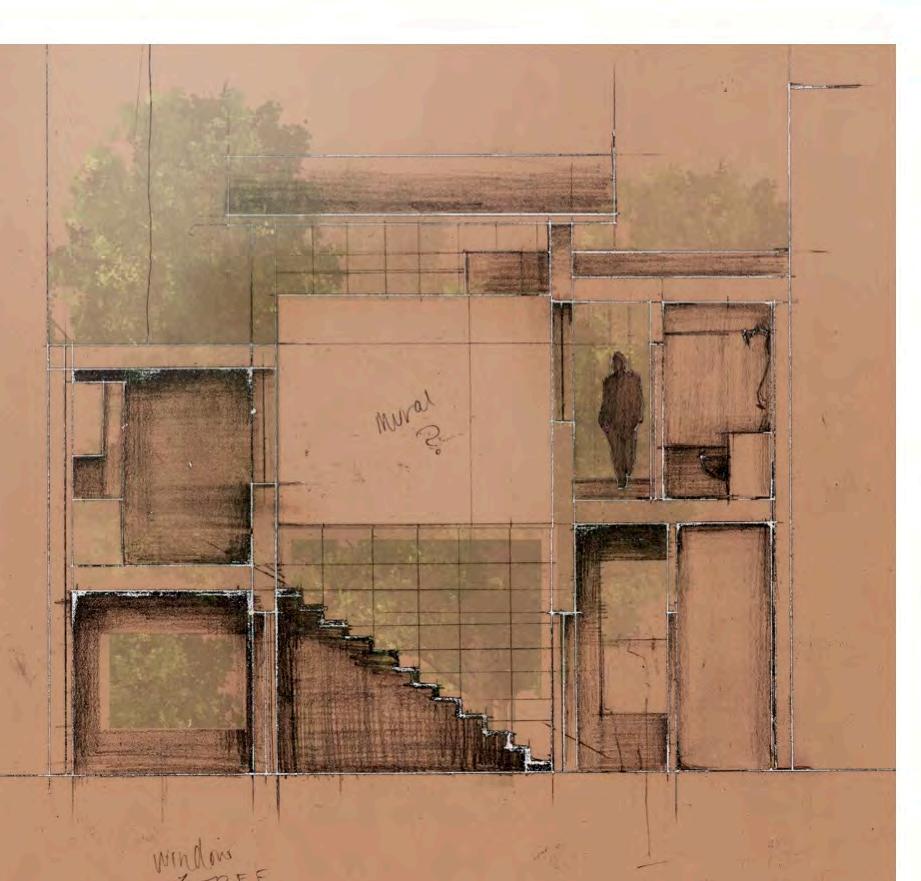
urban noise and bring nature into the site. Ultimately the design promotes joint creativity while also allowing for private conditions at the resident’s desire. As an artist, I drew inspiration from my own creative processes and designed for the solitary life of the creative mind but I wanted to allow it to become interactive and social when both people collaborate in a creative way.
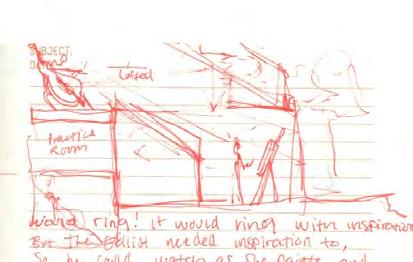

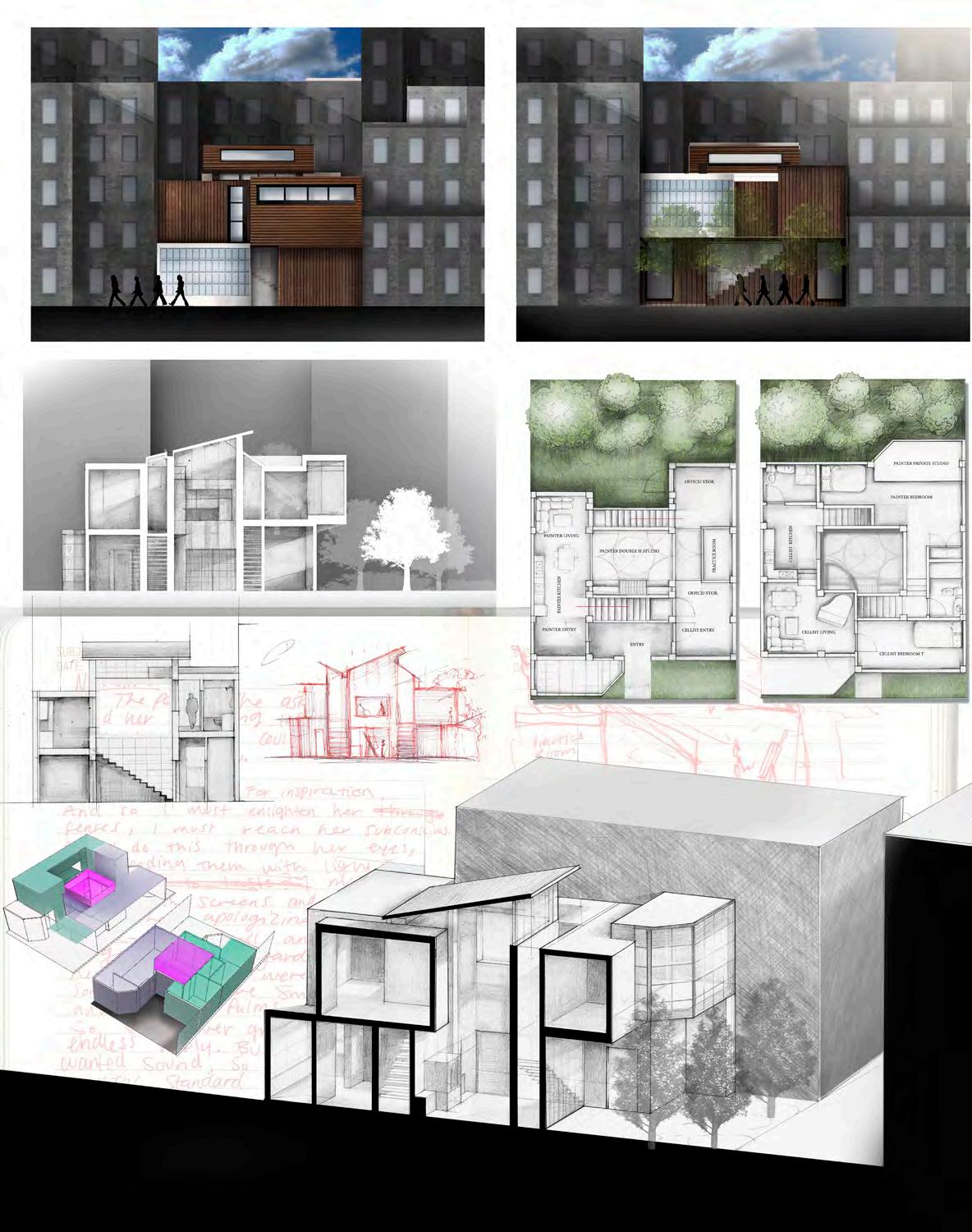
MULTIGENERATIONAL HOUSING
IN NEW ORLEANS

CELEBRATING DIVERSITY THROUGH A HISTORICAL
JAZZ CULTURE
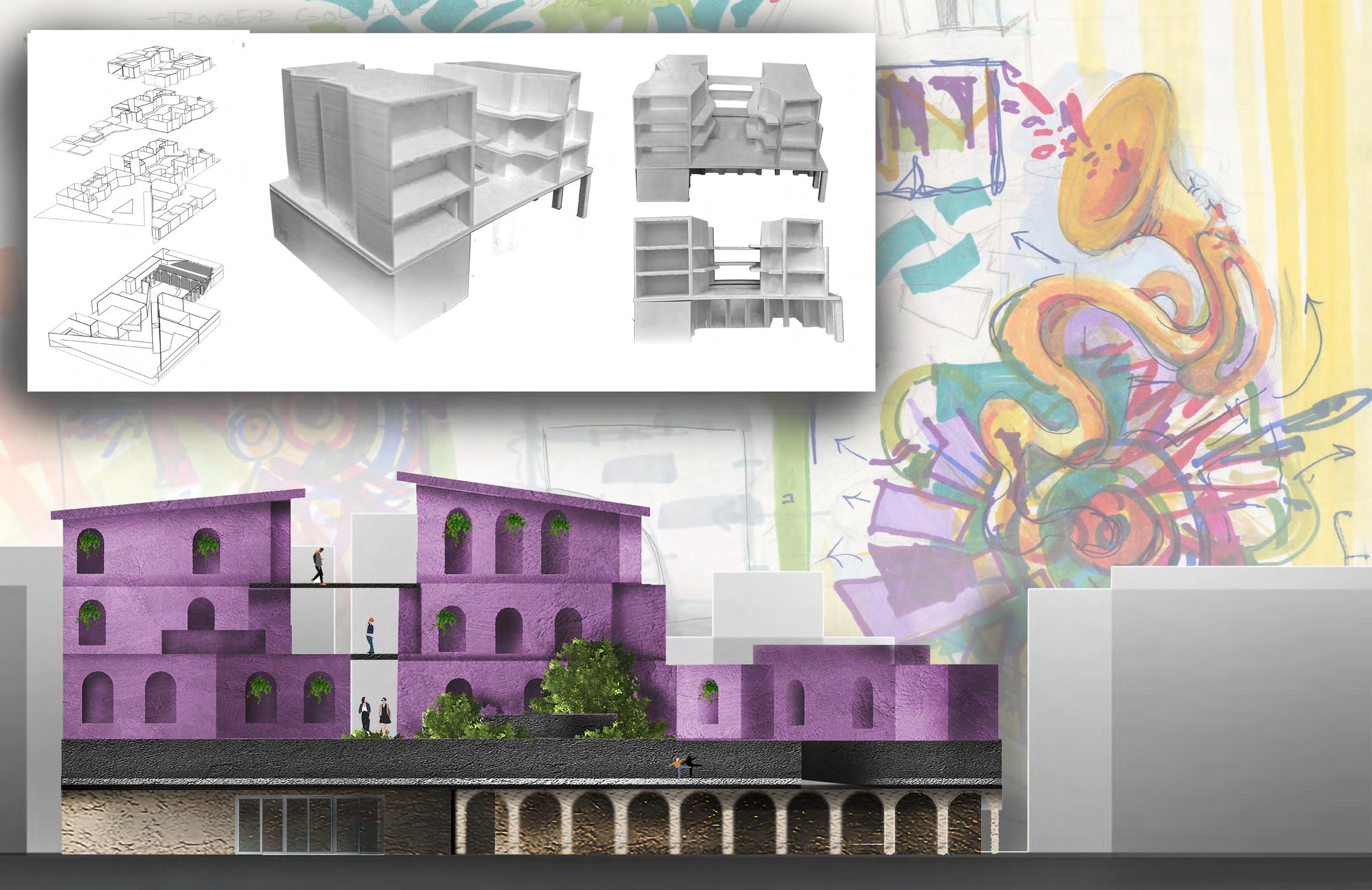
The units all look different in shape and program, however are organized on top of a rhythmic circulation pattern that is a product of the site, and the placement of communal spaces on the ground floor. To mimic the improvisations and sporadic notes in jazz, the units are organized so that interaction on the top floors follows the same pattern as the circulation pattern below, interrupting the order of its program by abstracting the form of each unit on top of an orthogonal grid compliant to the site and climate conditions. The abstraction of these units was intentional and followed specific angles that could promote interesting and almost “improvised” relationships between units- ultimately celebrating the diversity of its multigenerational residents.
SECTION: RELATION BETWEEN UNITS
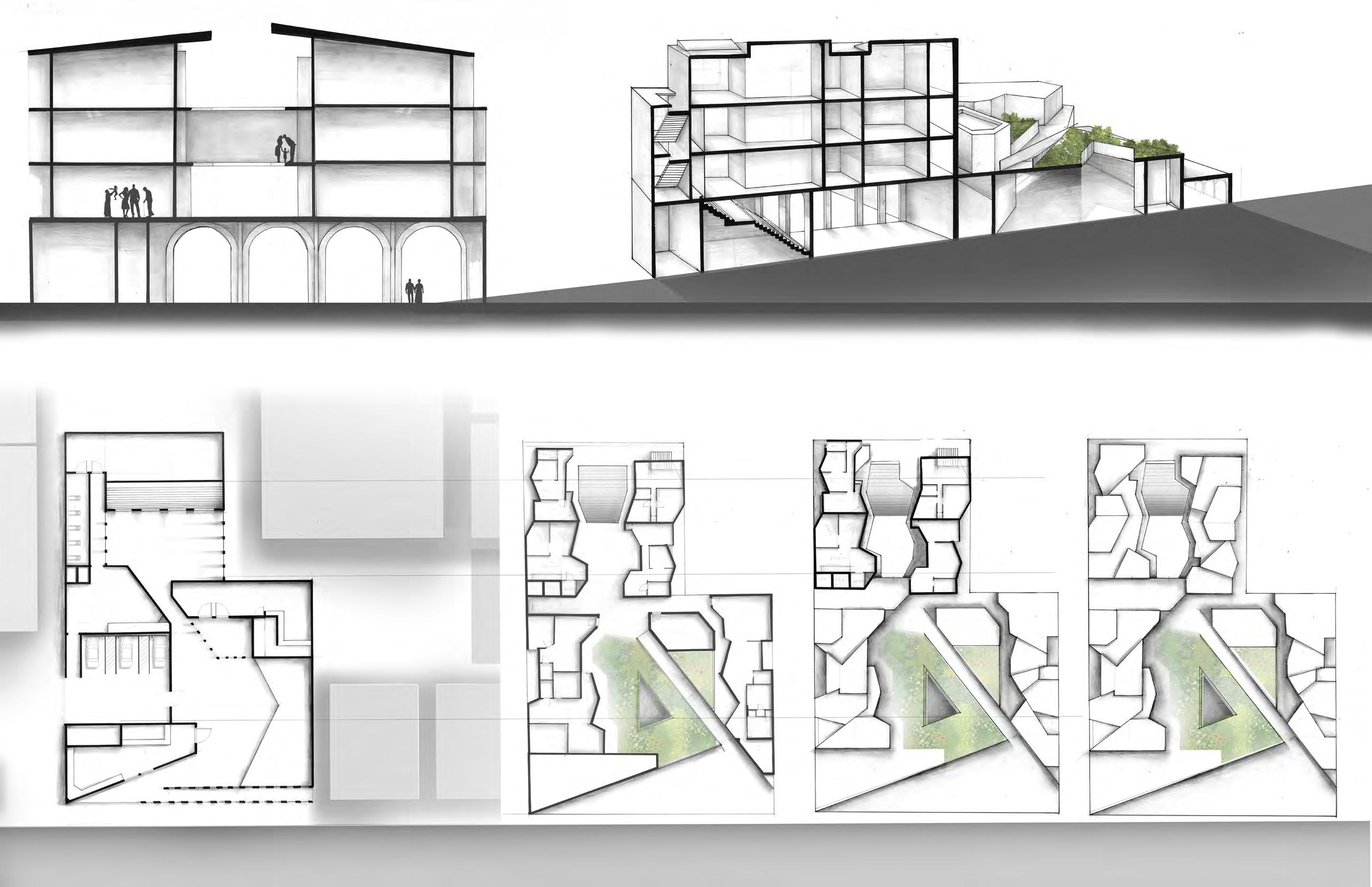
ABSTRACTING A CLASSICAL ORDER
Ultimately my design for the multigenerational housing complex seeks to celebrate diversity in the same way that jazz music has enriched the culture of New Orleans. Jazz originated in this city and historically celebrated racial diversity through a common passion for music. As we build for multiple families of various ages, race, gender etc. and accommodate for those with disabilities, this project became more about diversity and less about music. However, jazz music represents the reputable charisma and personality of the city and its residents which is what I wanted to encapsulate with my design. It presents itself as fun and energized, superfluous and extravagant. They bring nature into their galleries, almost bleeding into their climate- so that walls and space don’t exist as barriers between residence, but instead can bring them together. Jazz encompasses the passion within the city by abstracting a classical order,
That being said, my complex will integrate the building into the city, drawing people in from the street, and subtly directing public circulation through a dramatic form. Keeping the private residents separate from the public, while also merging the two in routine. Because if the climate, all residents units are on the second floor, which is raised 14’ above street level. in order to facilitate means of travel for the disabled, ada units are separate from others. I saw this as an opportunity to diverge from equal design towards a more equitable approach. In order to desegregate the segregated, I used communal areas in the ground floor to integrate the public life of the city, into the routine of the residents.
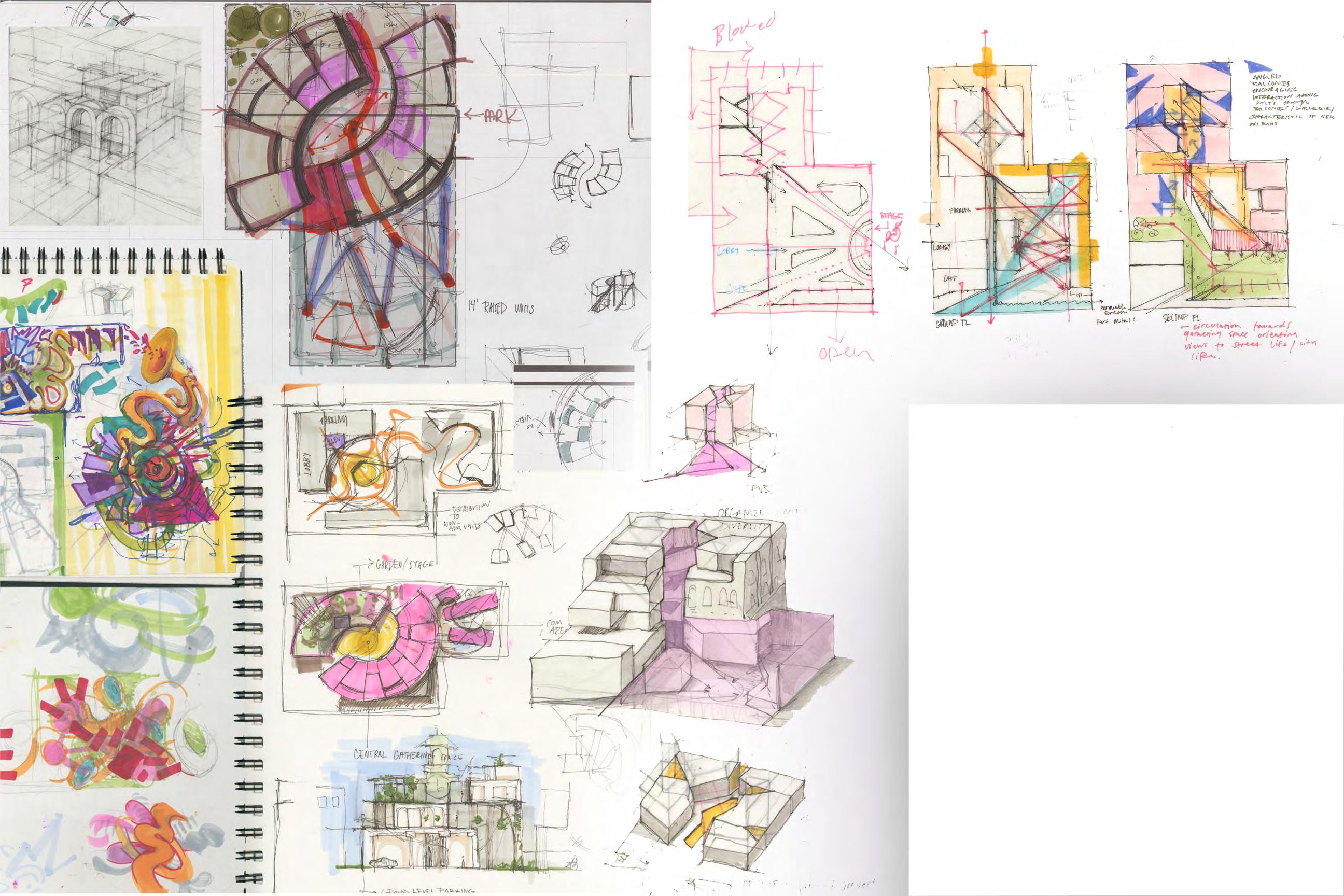
Professor: Olga Mesa
ARCH 214 Architectural Design Core Studio IV
February 12 / 2022
SLEEP AND SHELTER
Reflecting Reality
Within dreams, there is a degree of realism to what we are shown, almost as if these dreams are a reflection of our reality. Even though these dreams may be slightly distorted versions of our reality, It can be impossible to differentiate these dreams from our waking life. This project aims to demonstrate this reflection of reality through the design of a sleeping space that uses complex geometries and ambiguous entry.
NARRATIVE
There exists a unique place, submerged beneath the earth. A peculiar void centered on its surface marks its location. A descending ramp follows the curvature of this void, with each step enveloping the visitor with a sense of wonder. What is this place? The peculiar geometry within the void appears to lead somewhere. The visitor reaches out to touch the thin wires surrounding the void, and realizes it’s soft and pliable. The visitor peels the wires back, and finds a curved seating space. They rest, noticing below them, they see themselves; no, a reflection of themselves. An echo of their movements. The visitor notices the surrounding wires appear to continue through this “mirror.” Of course it’s just a reflection of the existing space. The visitor grows weary from their journey, and decides to rest in this idyllic environment; as does their reflection.
When the visitor wakes, they are frightened. Everything looks familiar, but there is something off. As if everything were slightly altered, maybe even reflected. Is this a dream? Or is it something much more spectacular? An alternate reality? The visitor looks to their reflection once more, and sees their confused expressions, the same as theirs. Wake up.
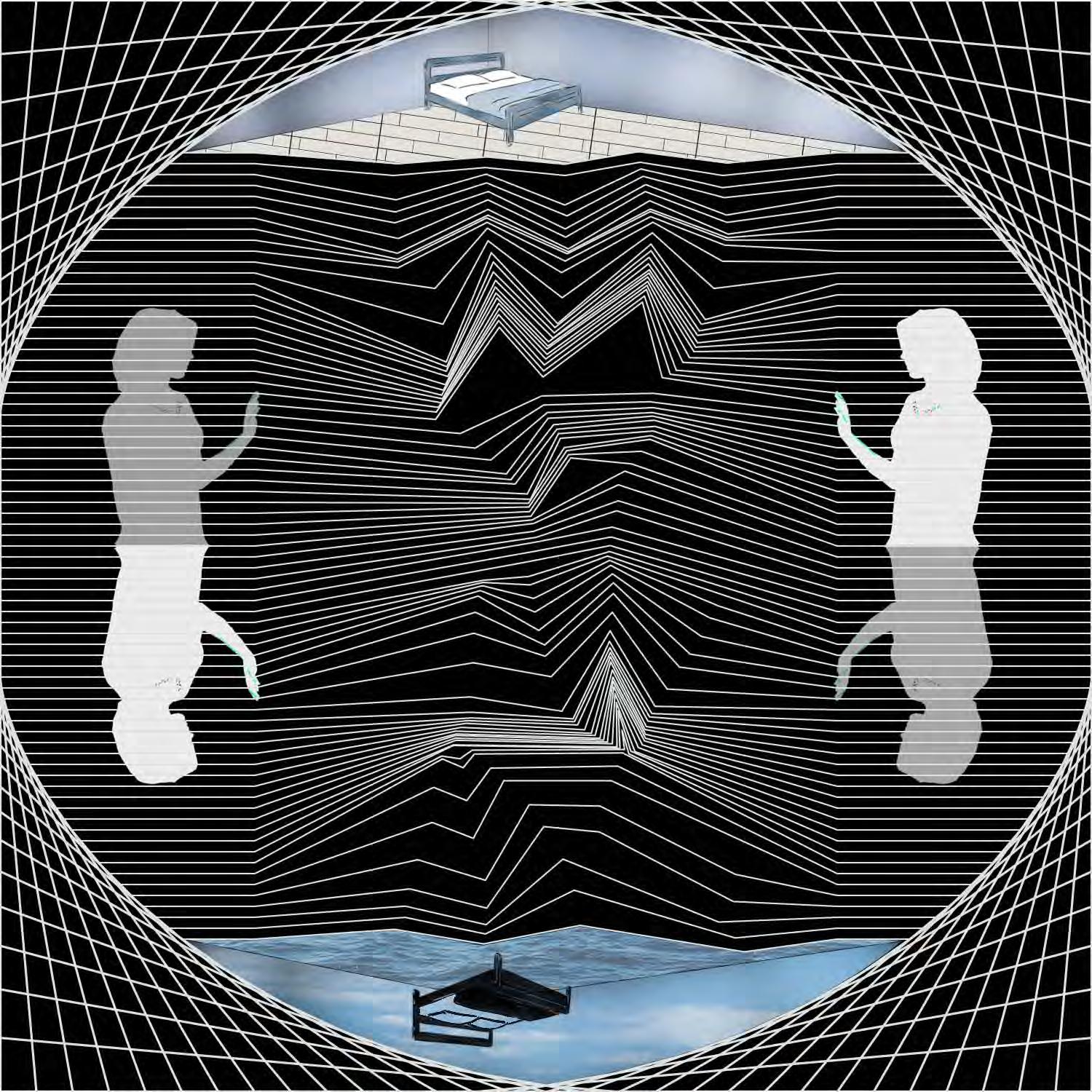
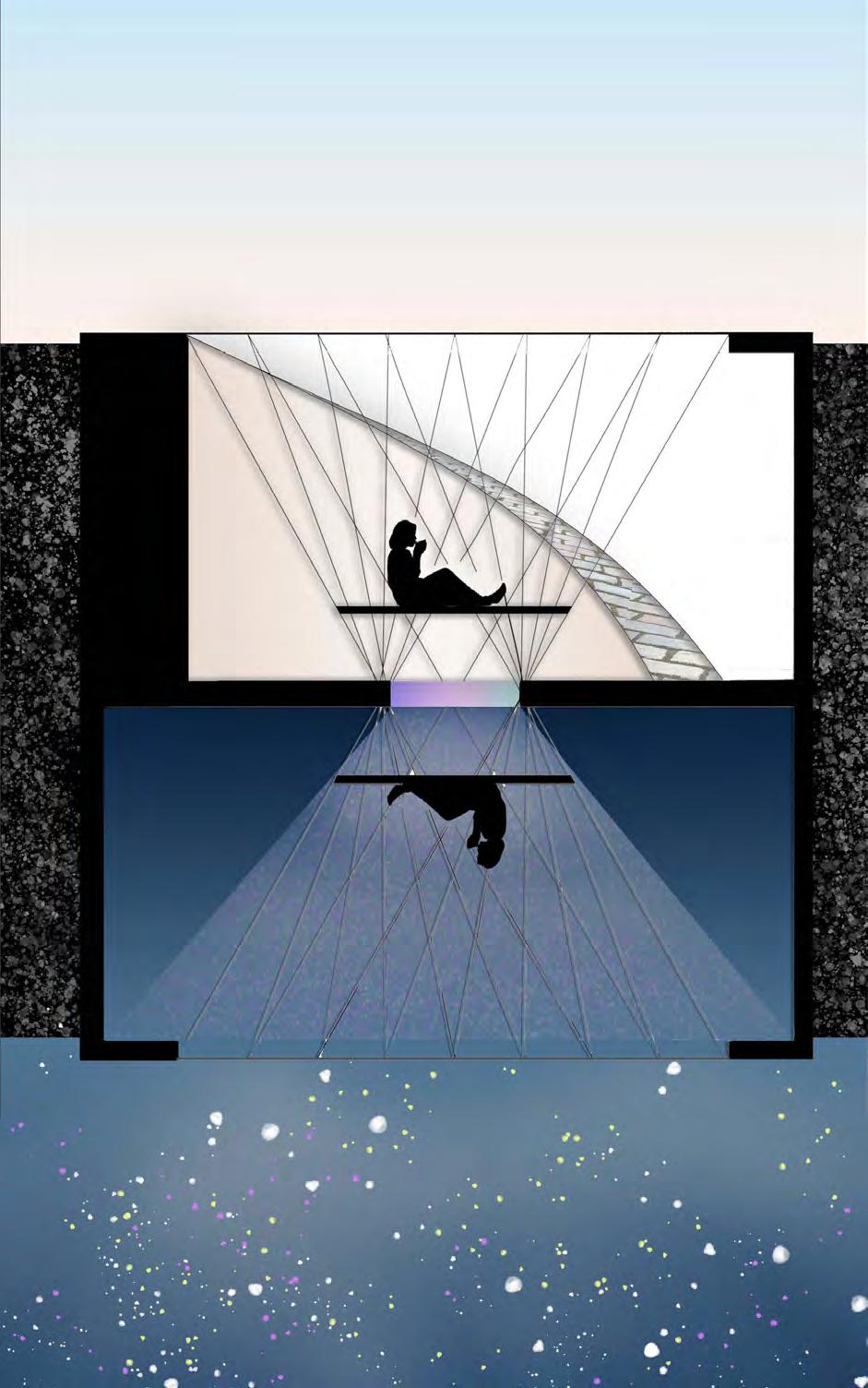
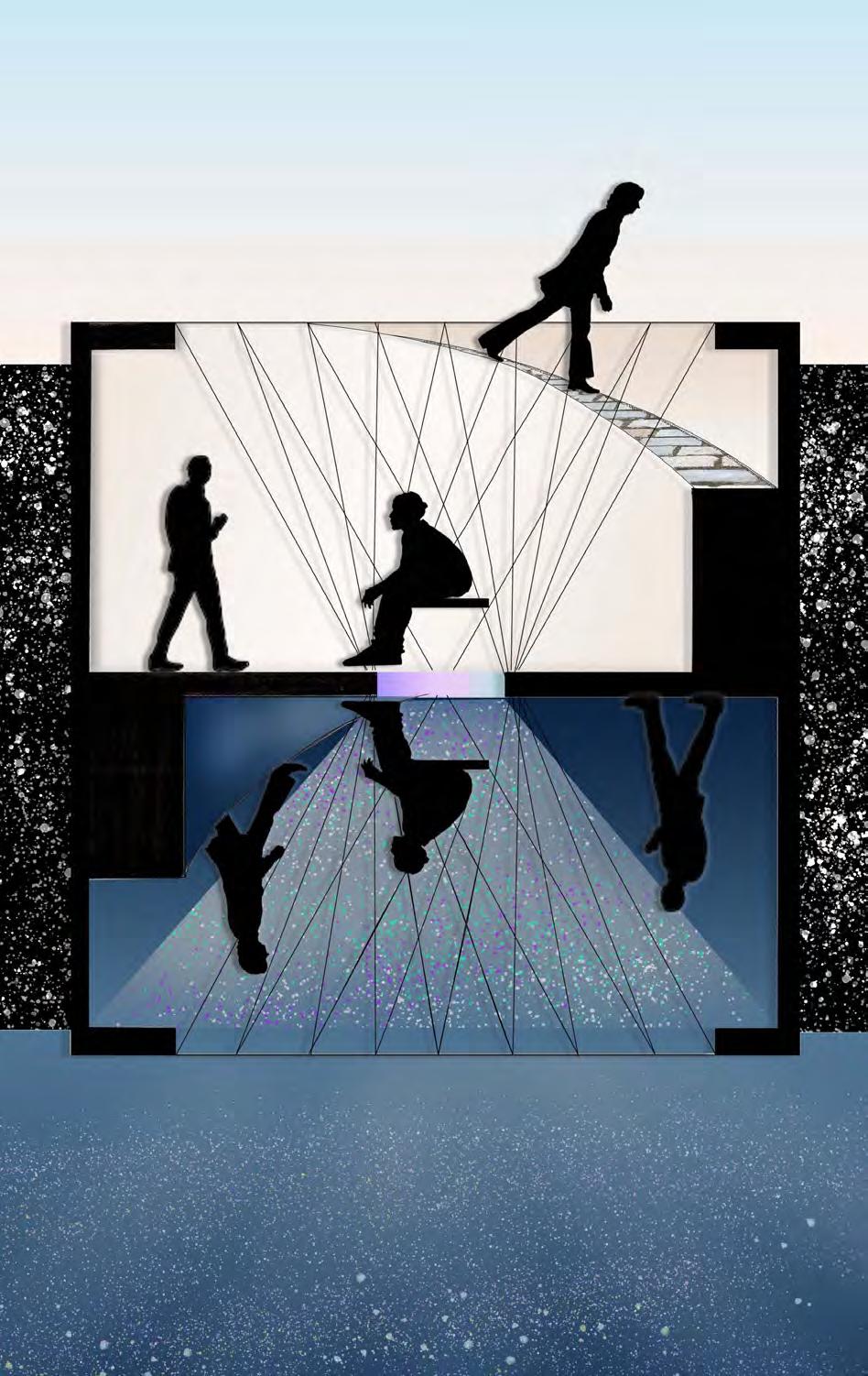
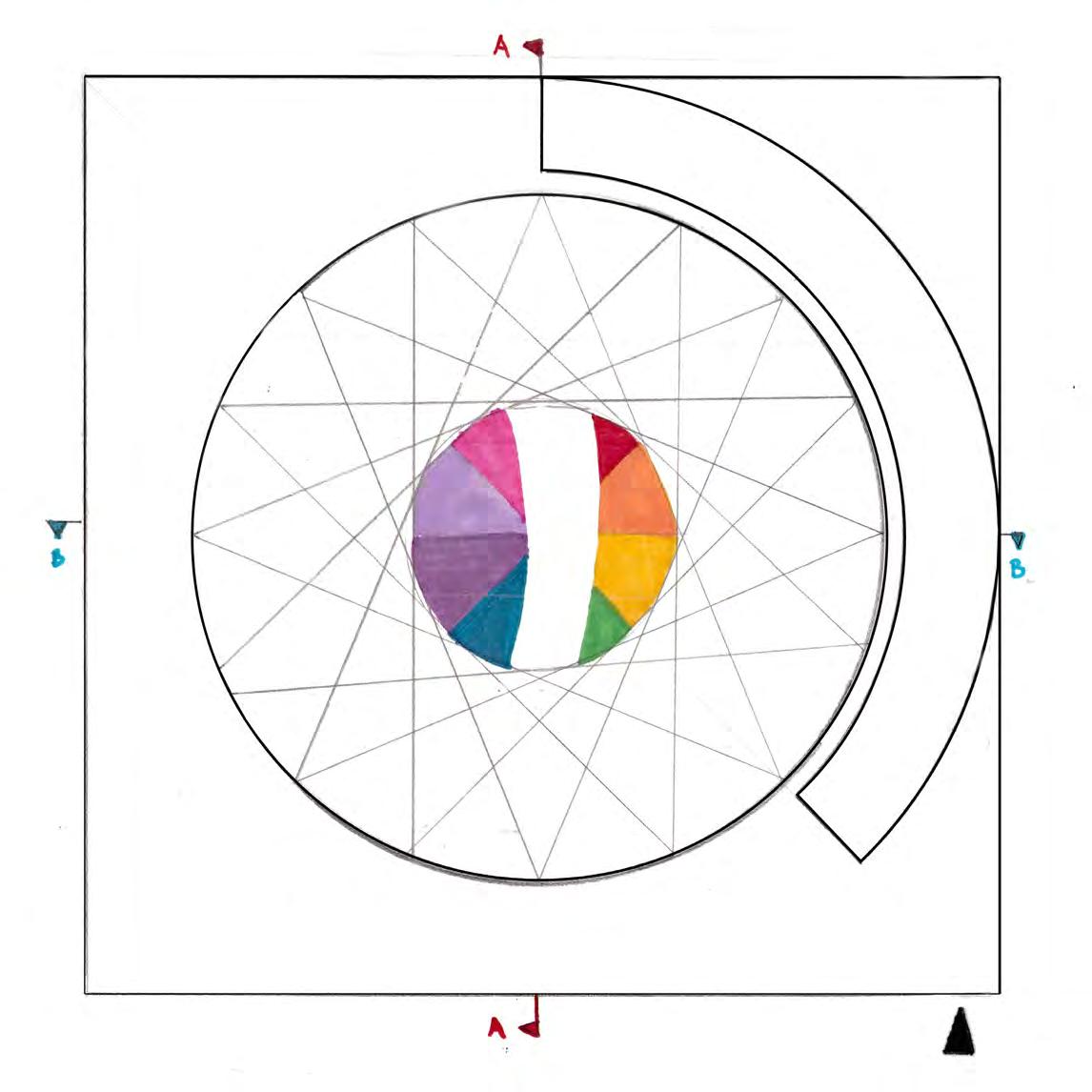
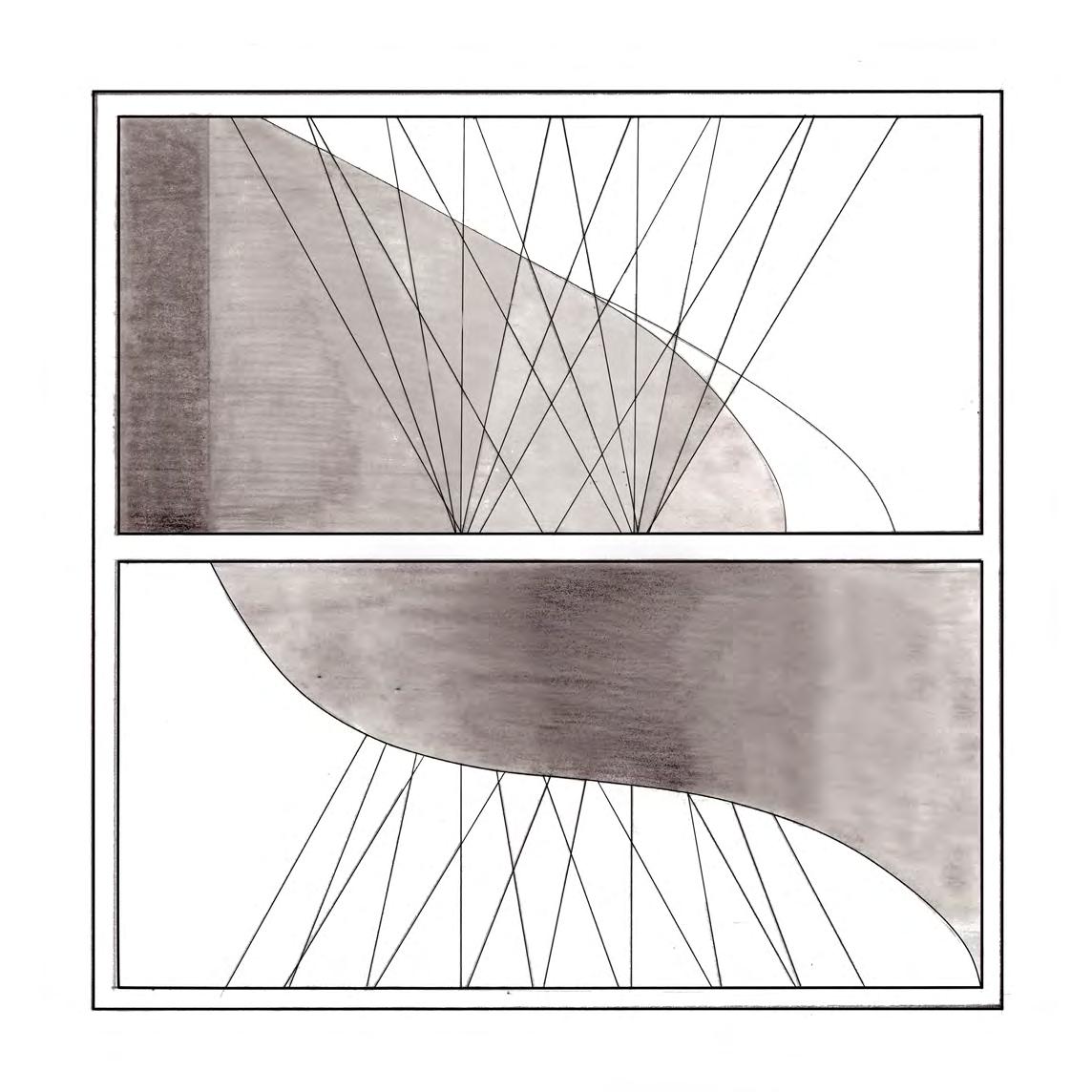
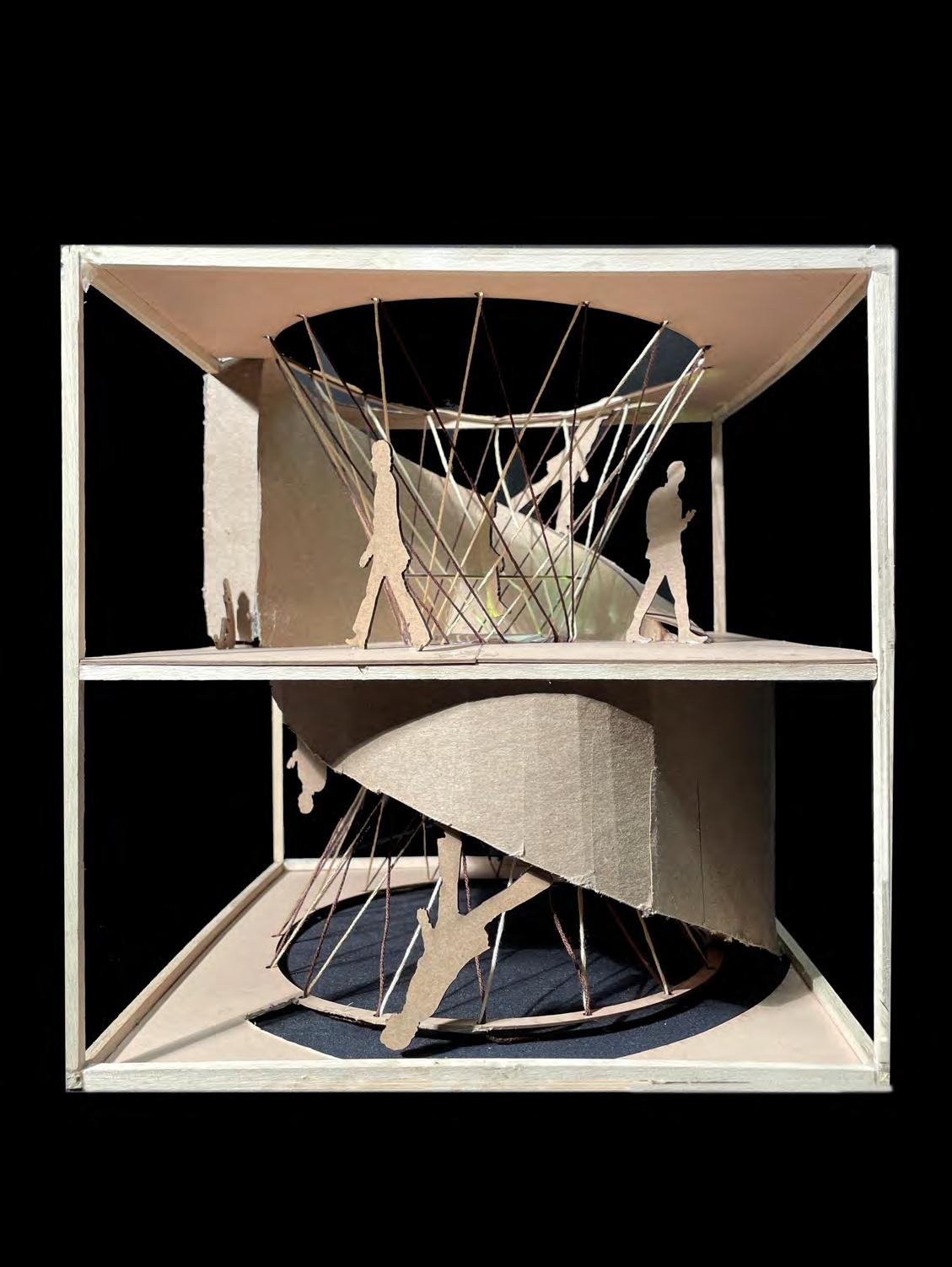

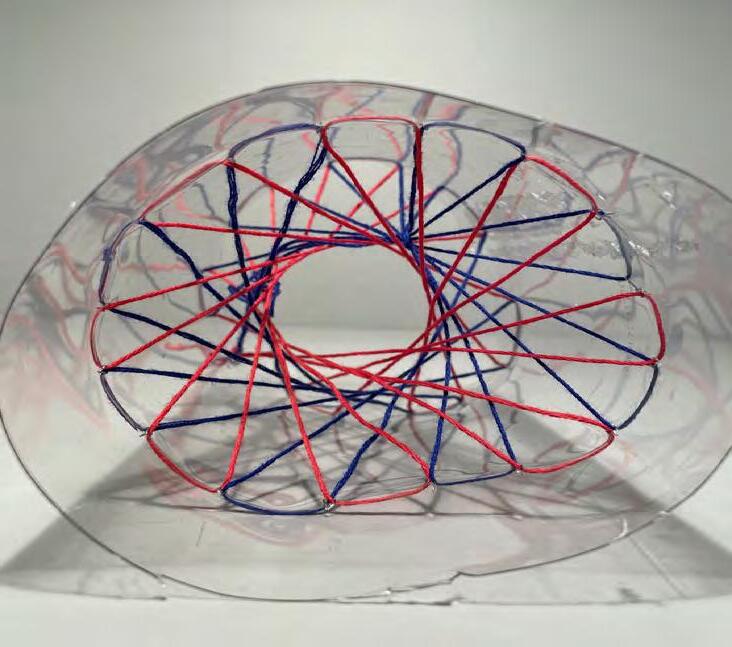
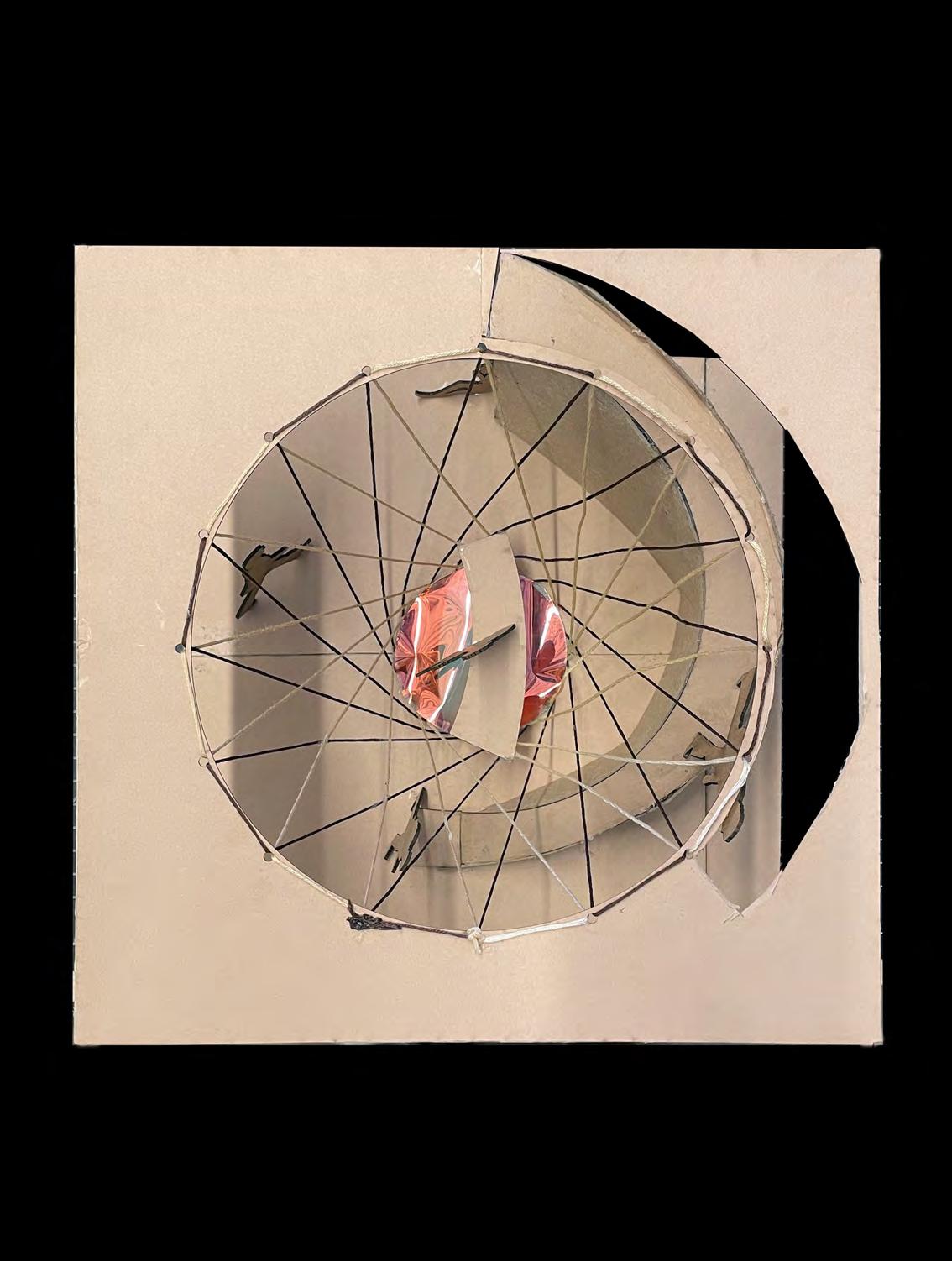

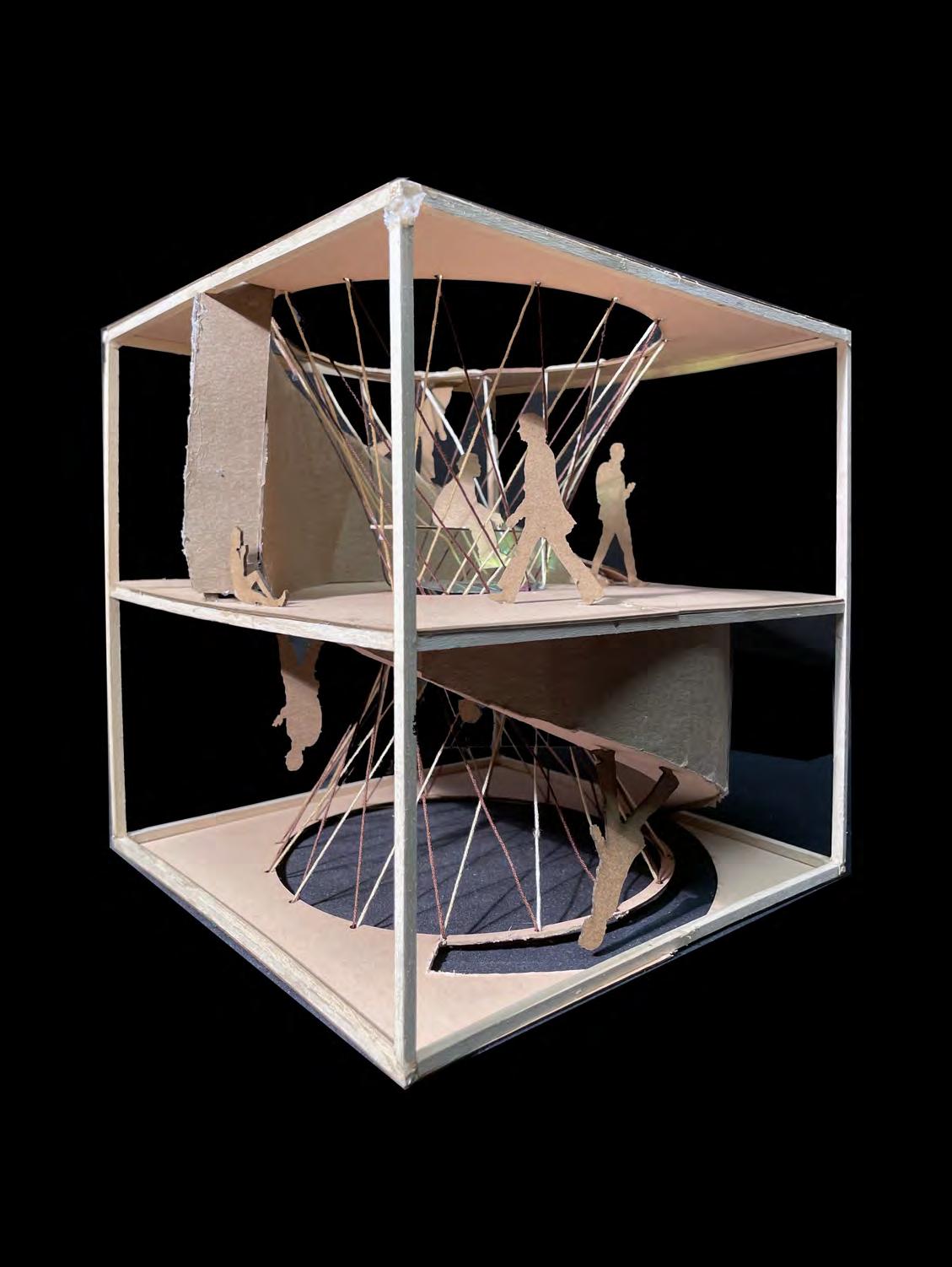
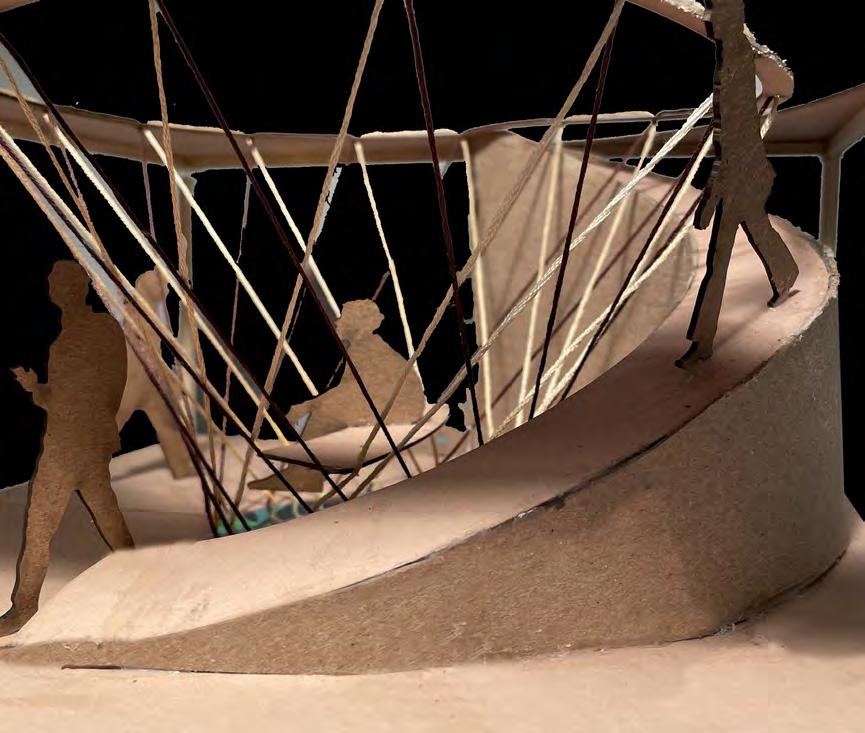
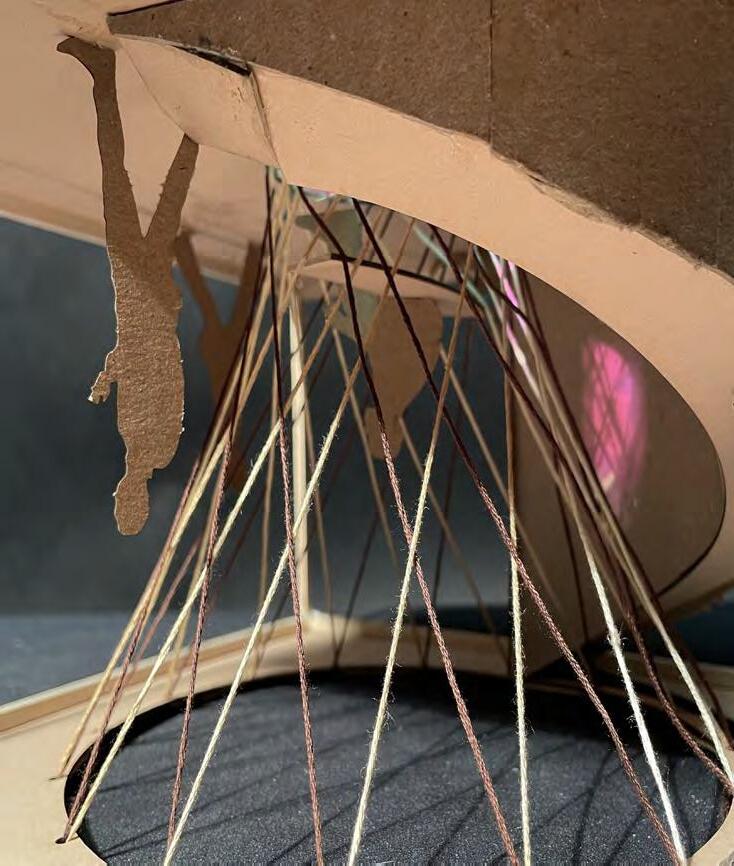
Professor: Olga Mesa
ARCH 214 Architectural Design Core Studio IV
Spring 2022
Place and the Public Realm
The
Philosopher and the Dancer
In this duplex, the Dancer takes center stage. Always on display, expressing themselves through their art, the dancer is exhibited in the front of the building. Their movements are centered within the core of the building, where the majority of their circulation is confined. Despite this confinement, the Dancer is allowed to be dynamic, with a large studio space on the ground level, and stairs that carry them vertically to their private dwelling.
The Philosopher, who chooses when to share his work, remains on the periphery. With stairs along the edge of the building, the Philosopher keeps to the edges, finding different nooks and places to work, study, or gain experience. In his work space, he is able to look into the dance studio for inspiration from the physical realm, while also having views to the back alley, where he can observe people passing by. Long corridors in-between spaces give a sense of compression, and are overflowing with knowledge in books and art. The core structure acts as a means of forced circulation, requiring the Philosopher to meander around, or carve into the Dancer’s core for different nichew spaces. A double height space connects the Philosopher’s private living area with the work area.
Upon entry to both dwellings, a distinct controlled viewpoint is centered around each doorway. The Philosopher, with a view down his corridor into a path of knowledge and reason, while the Dancer, a view straight into their art form and their expressions.
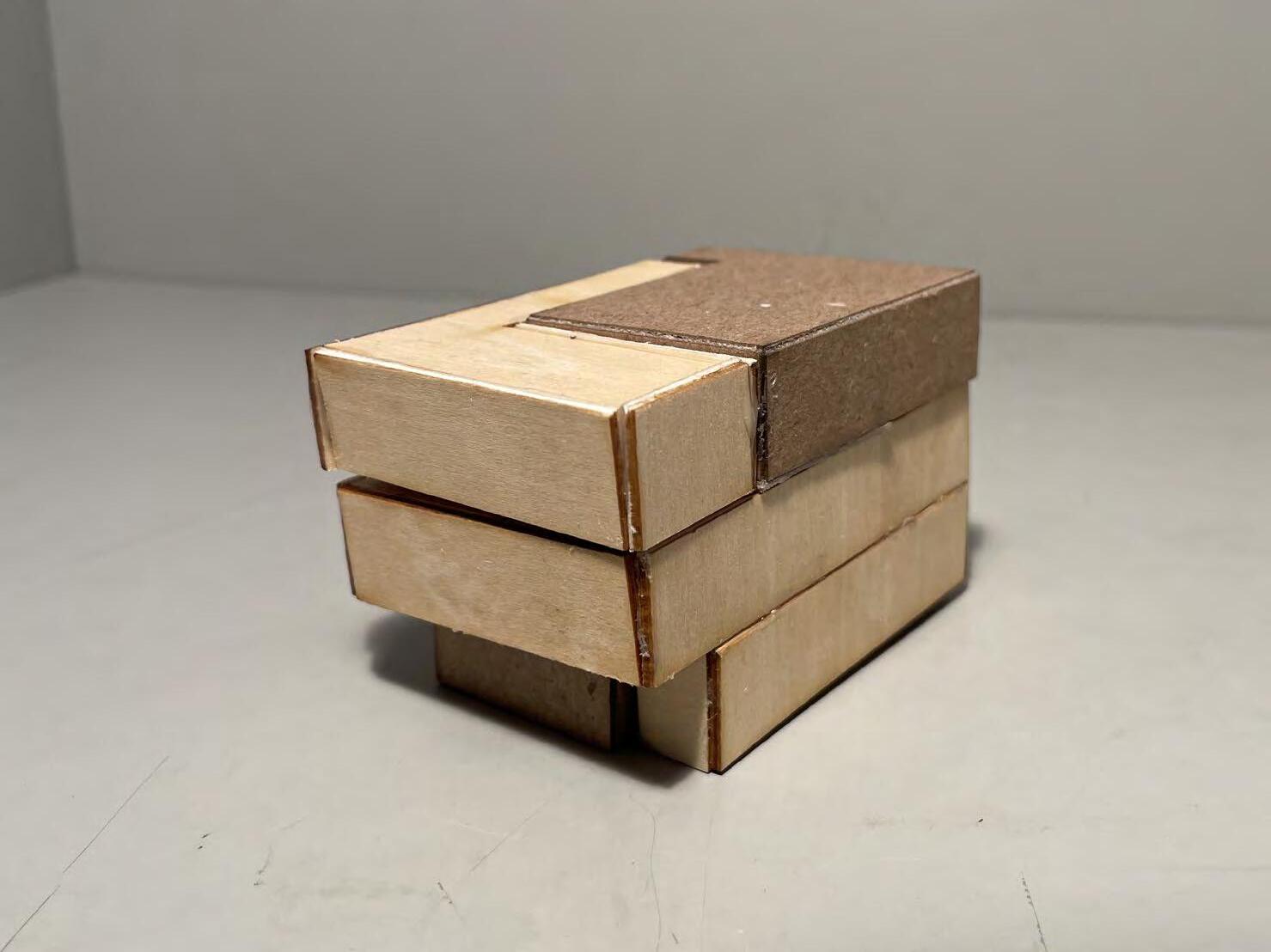
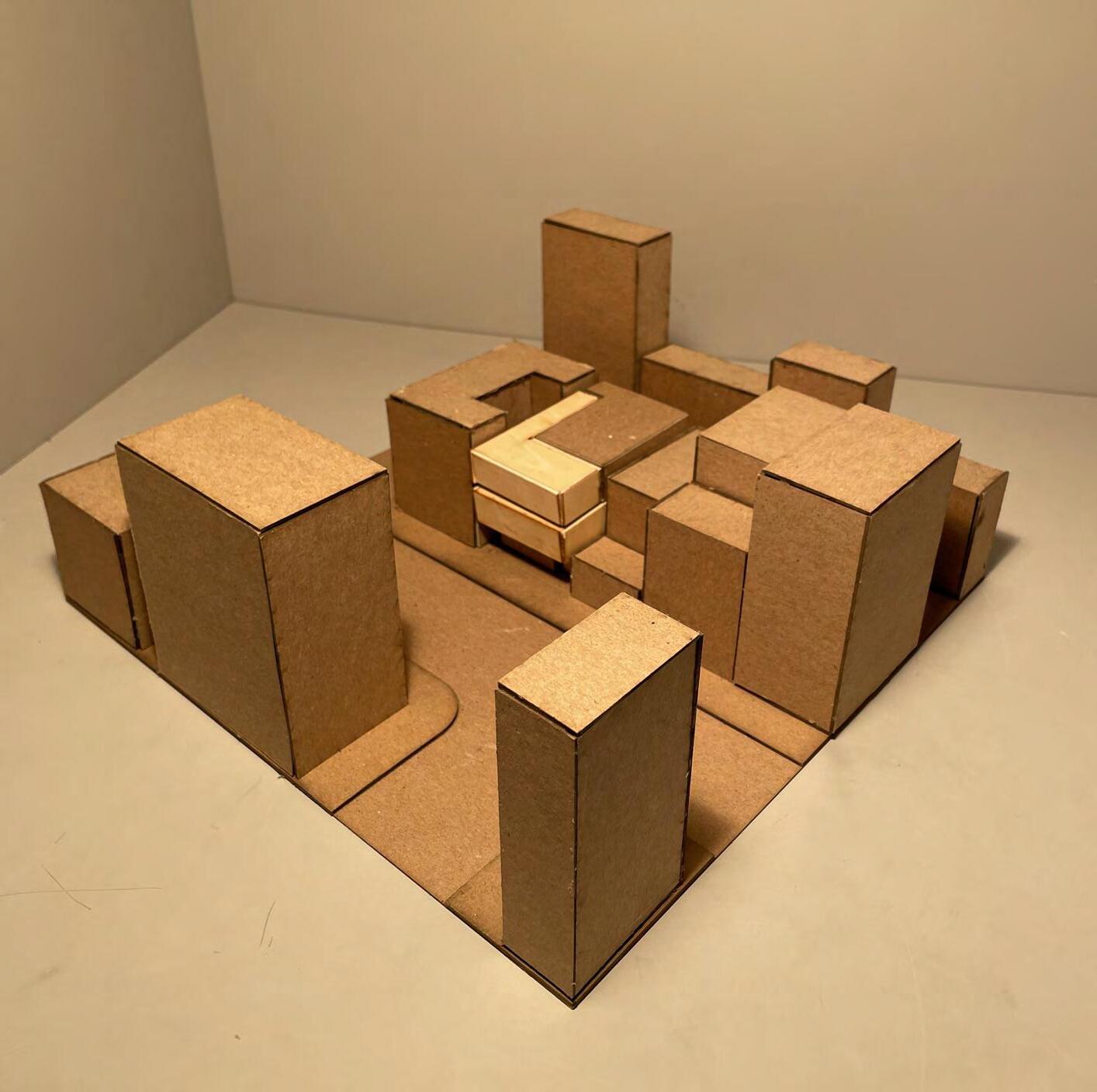

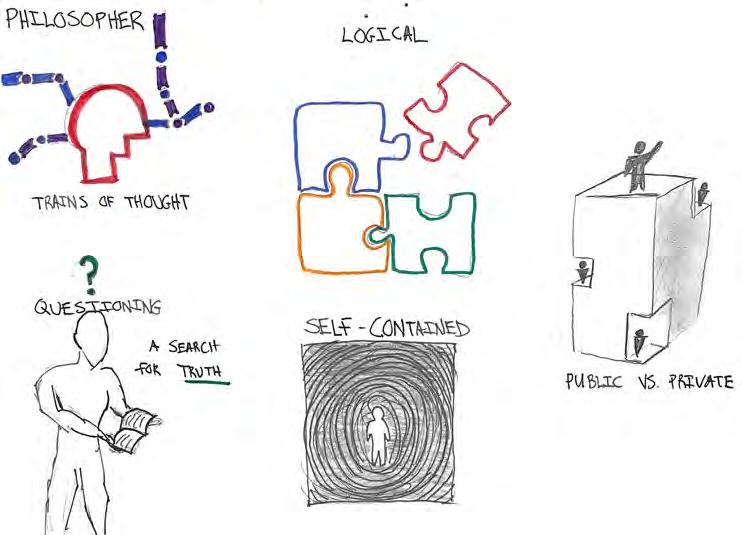

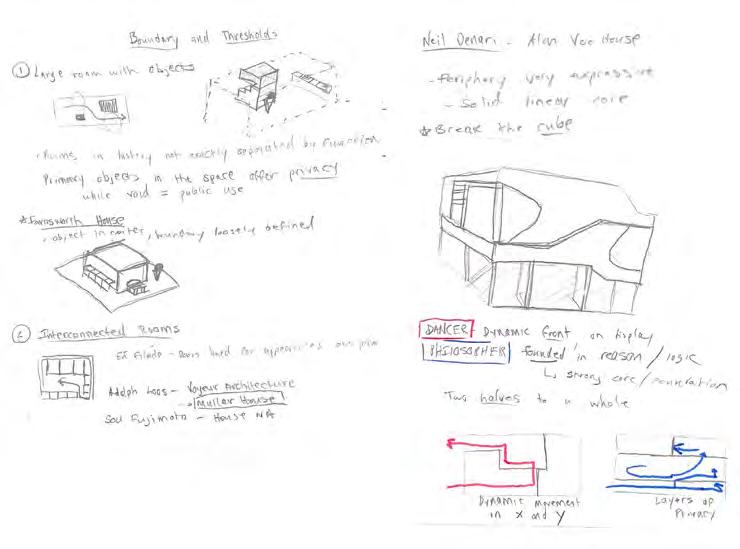
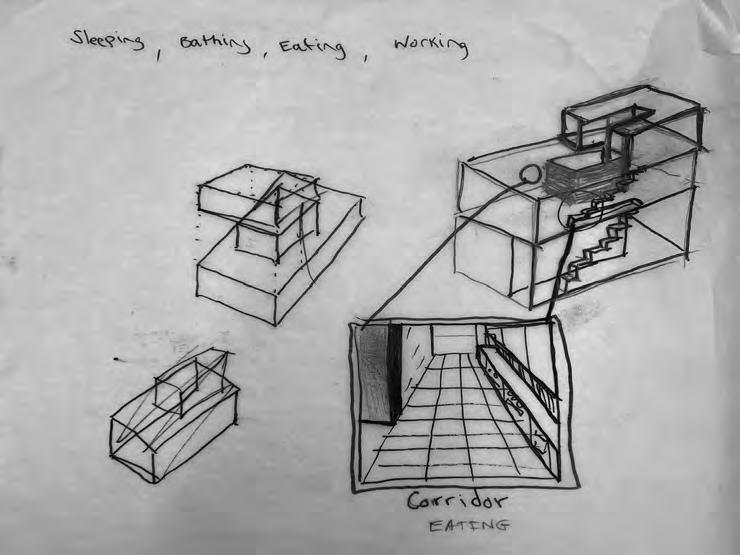
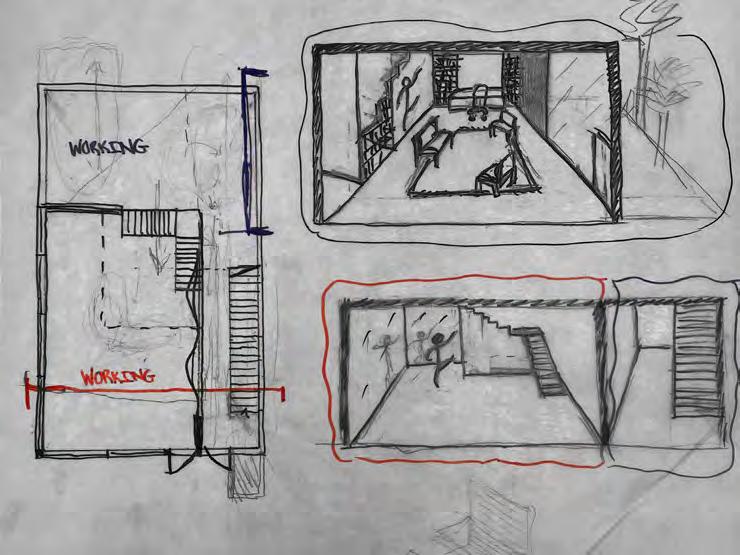
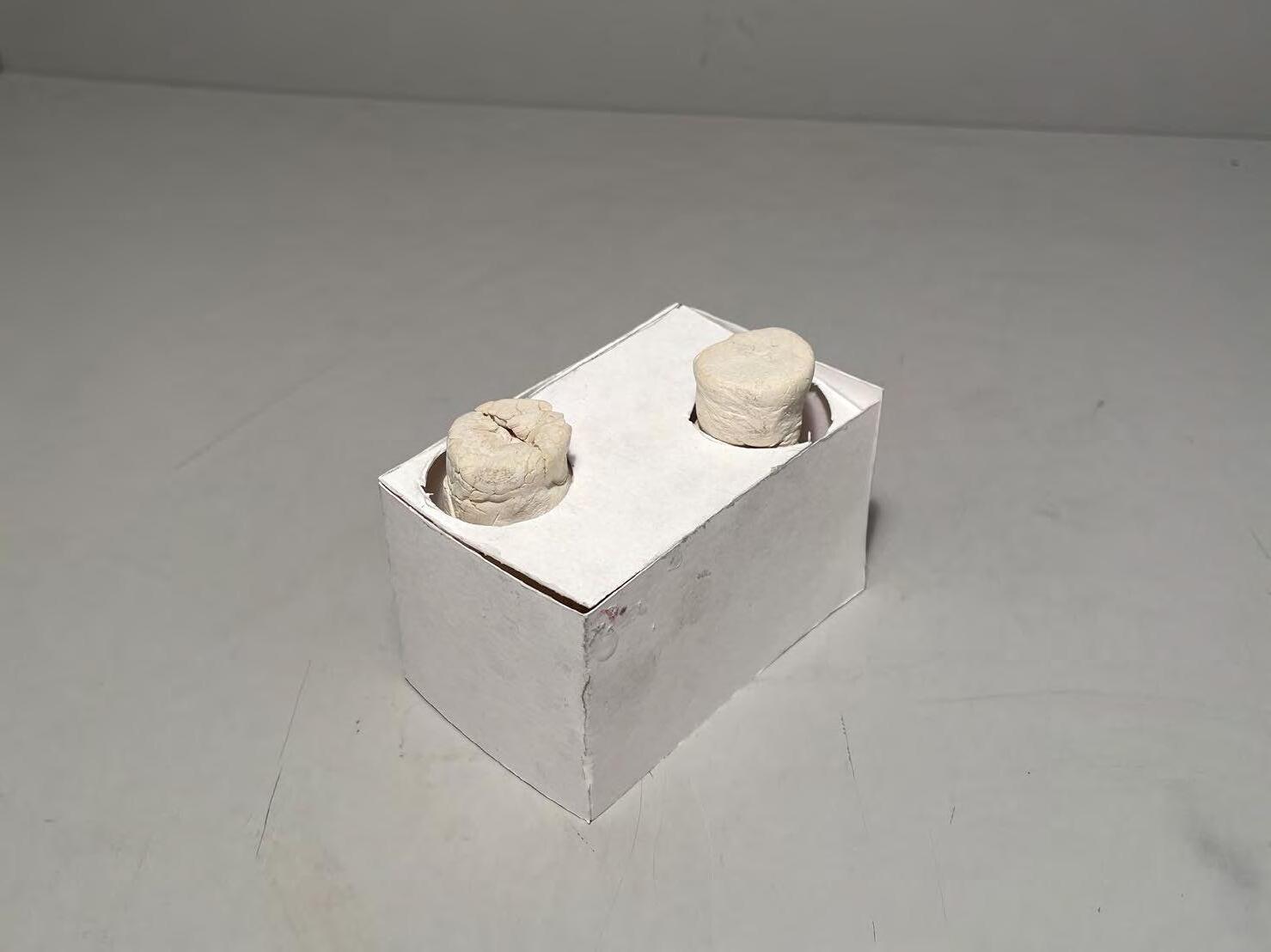
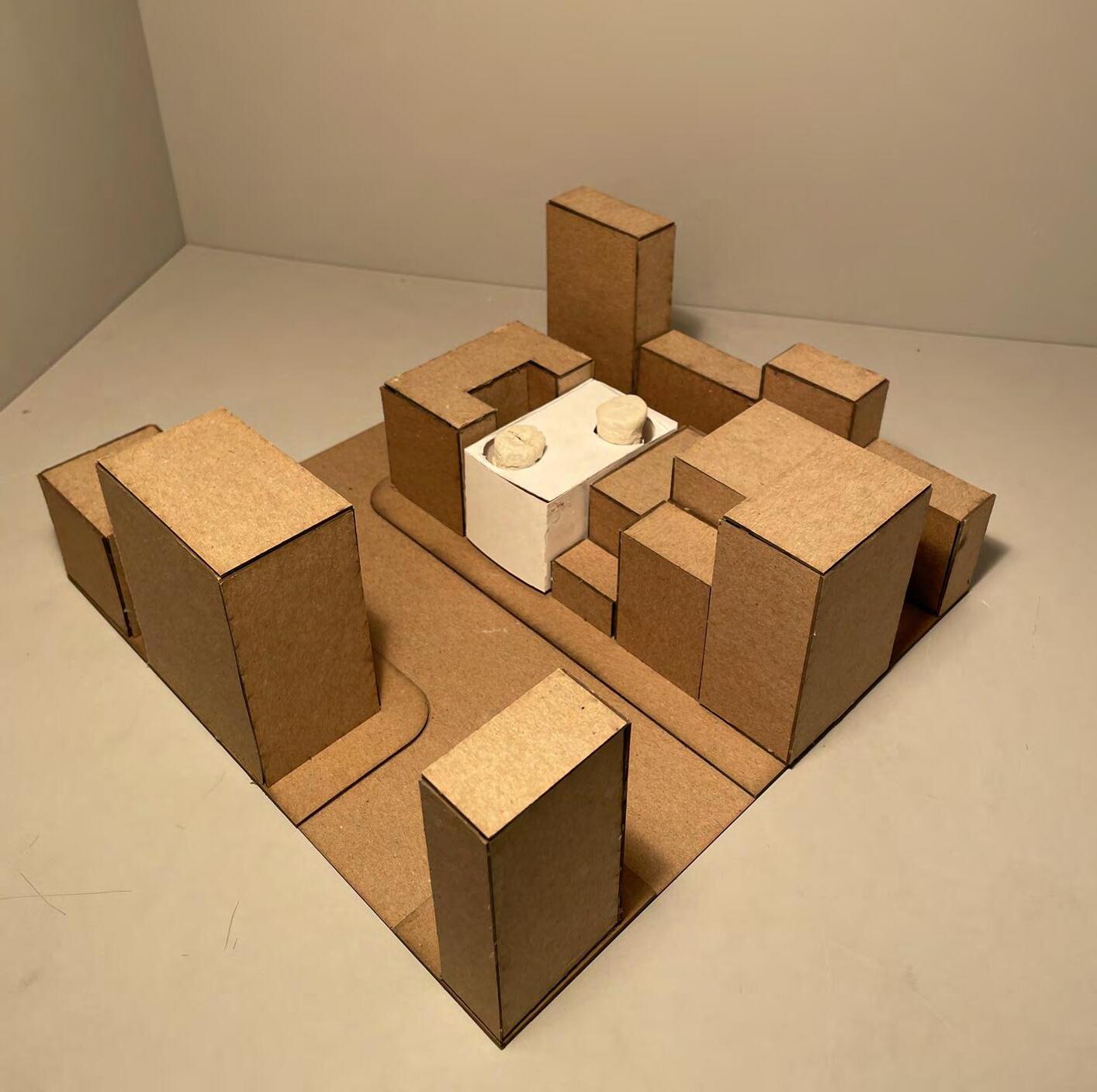
Conceptual Strategy Model: Two Cores

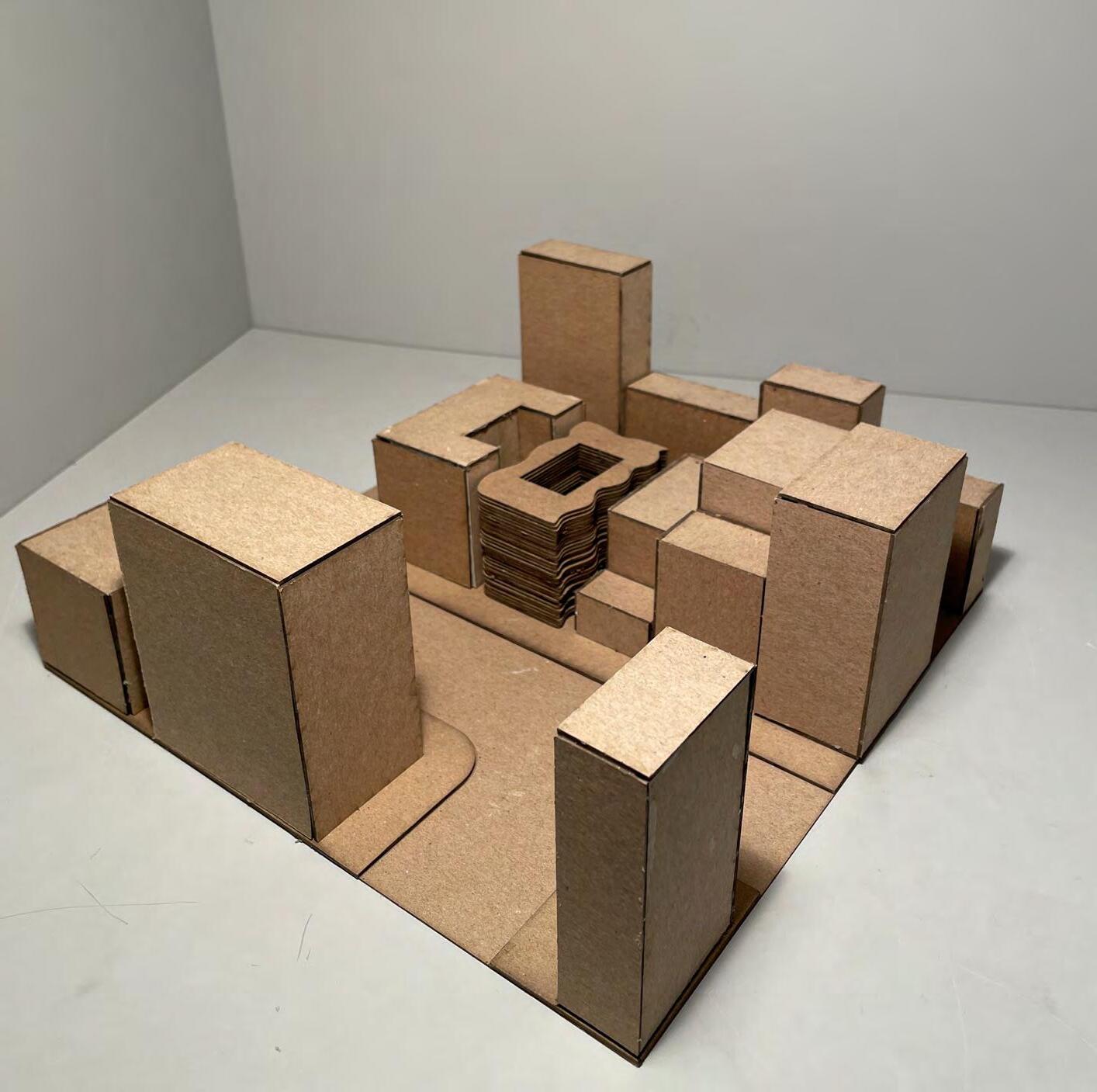
Conceptual Strategy Model: Expressive Periphery
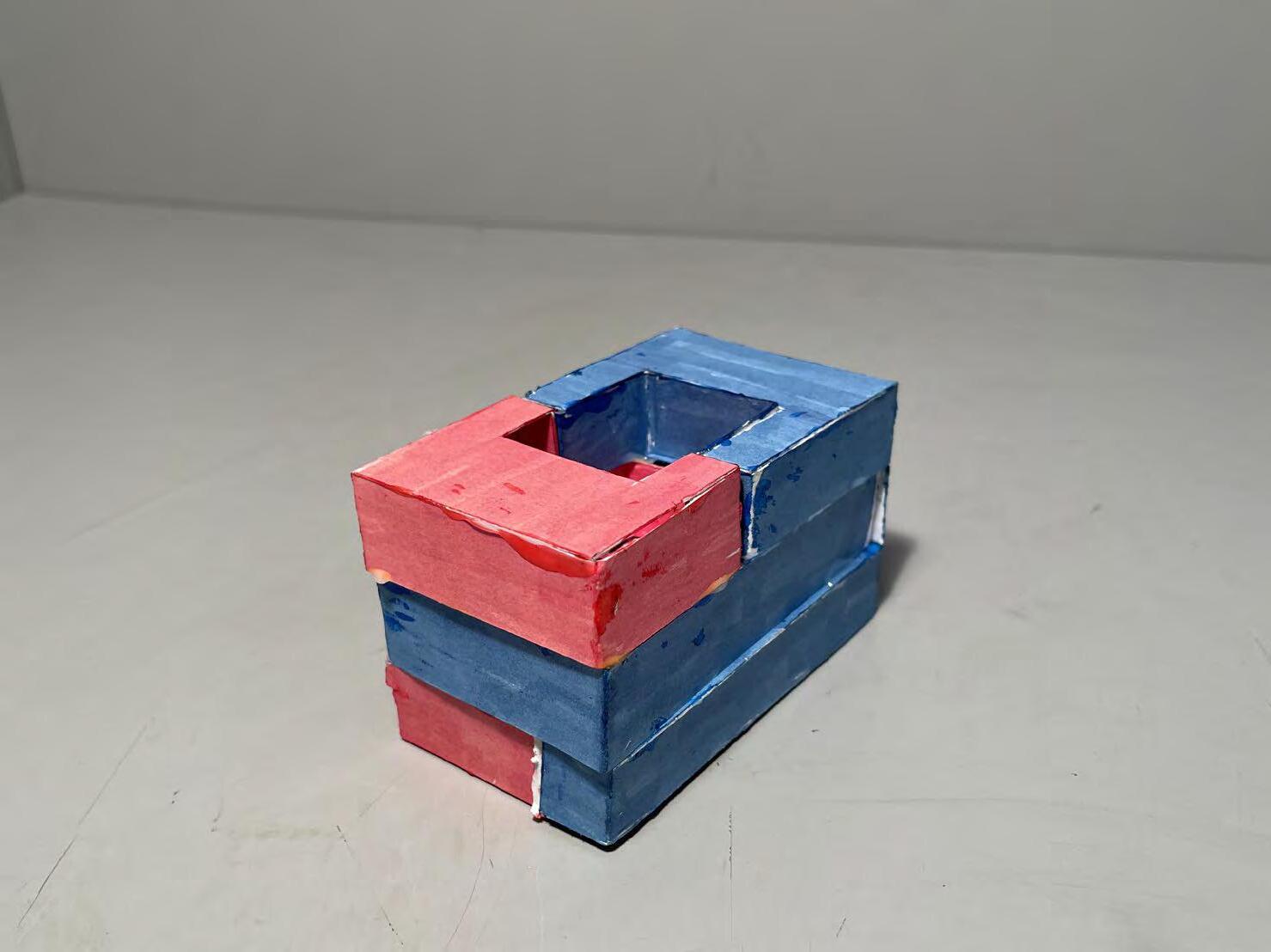

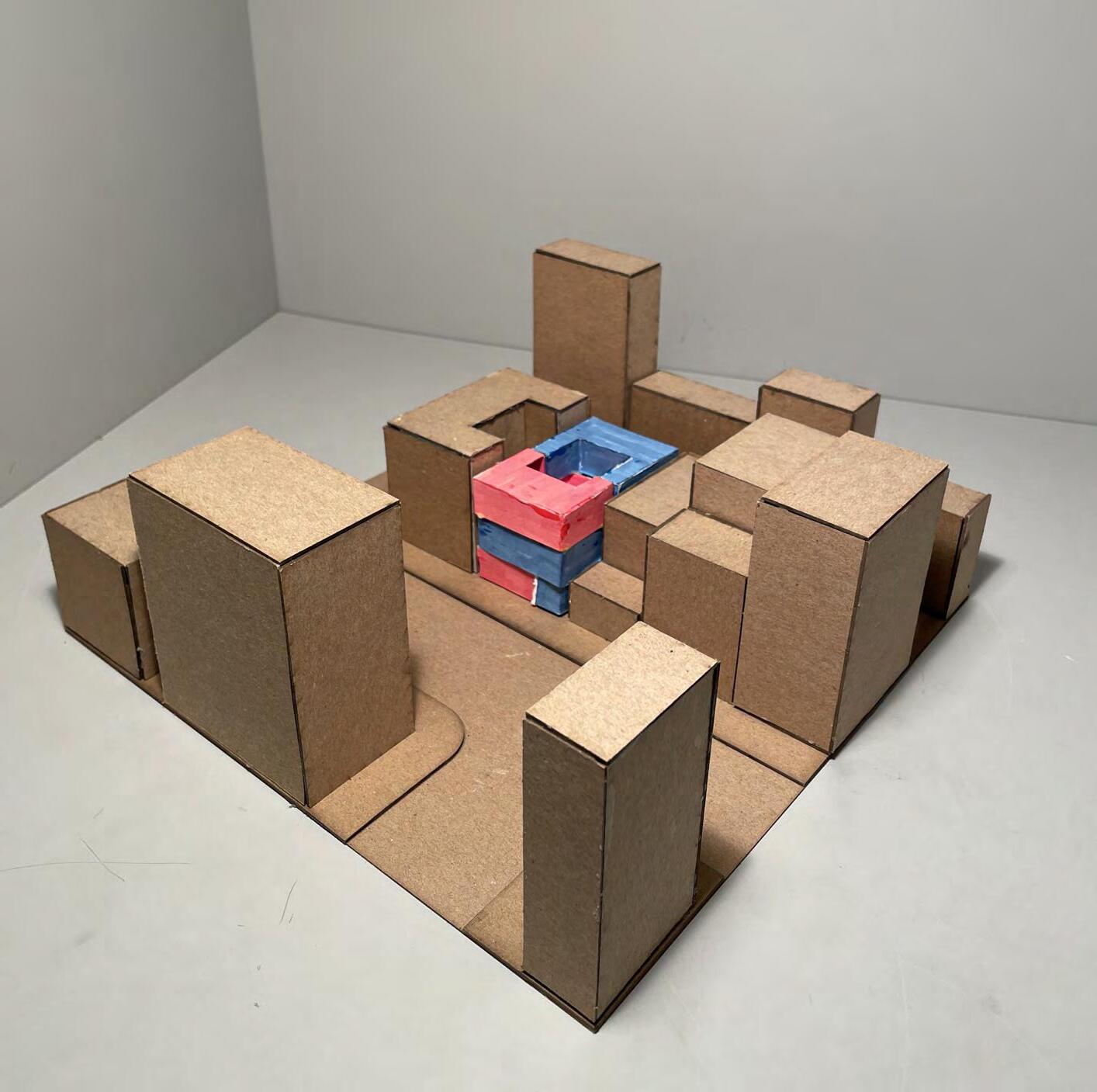
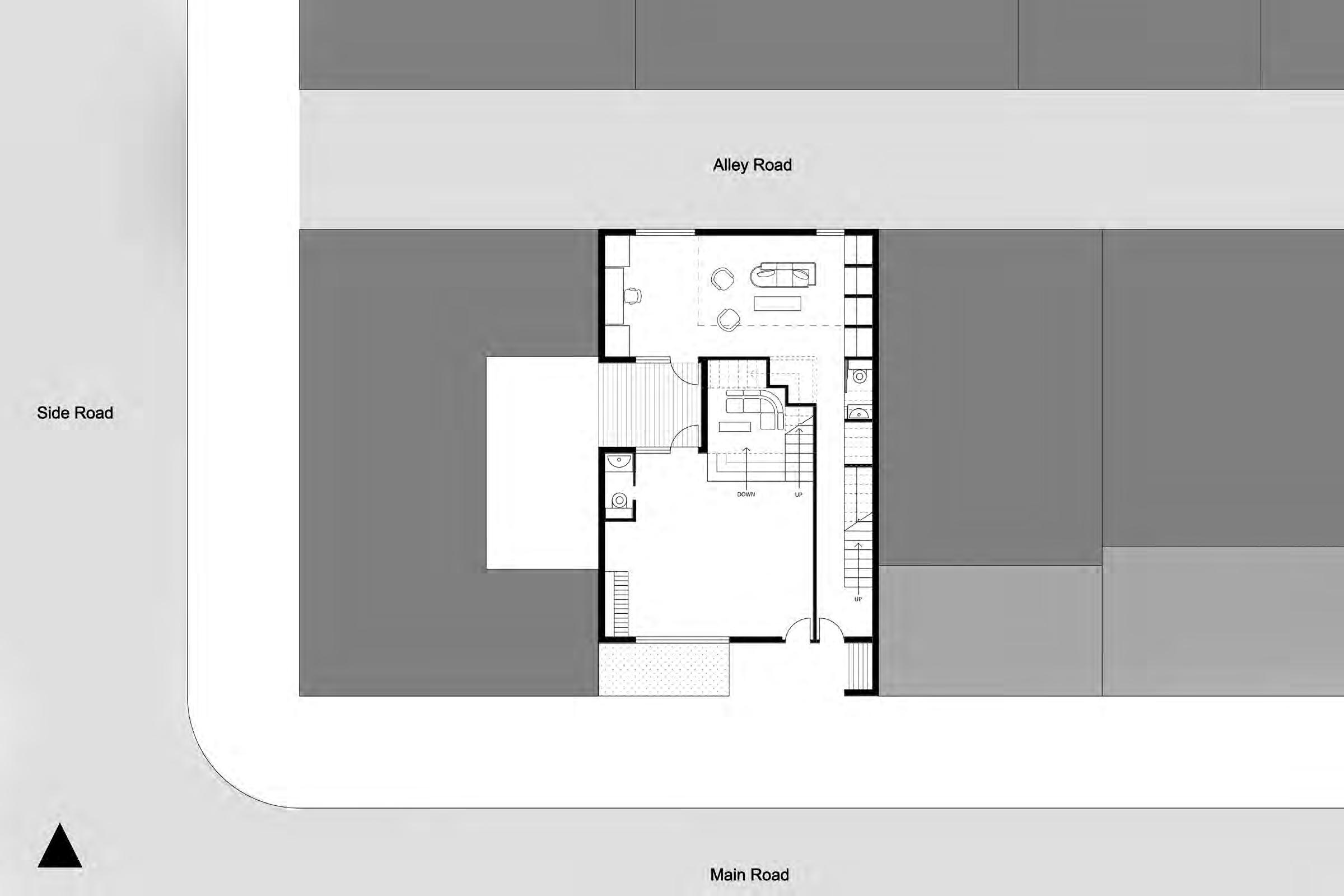
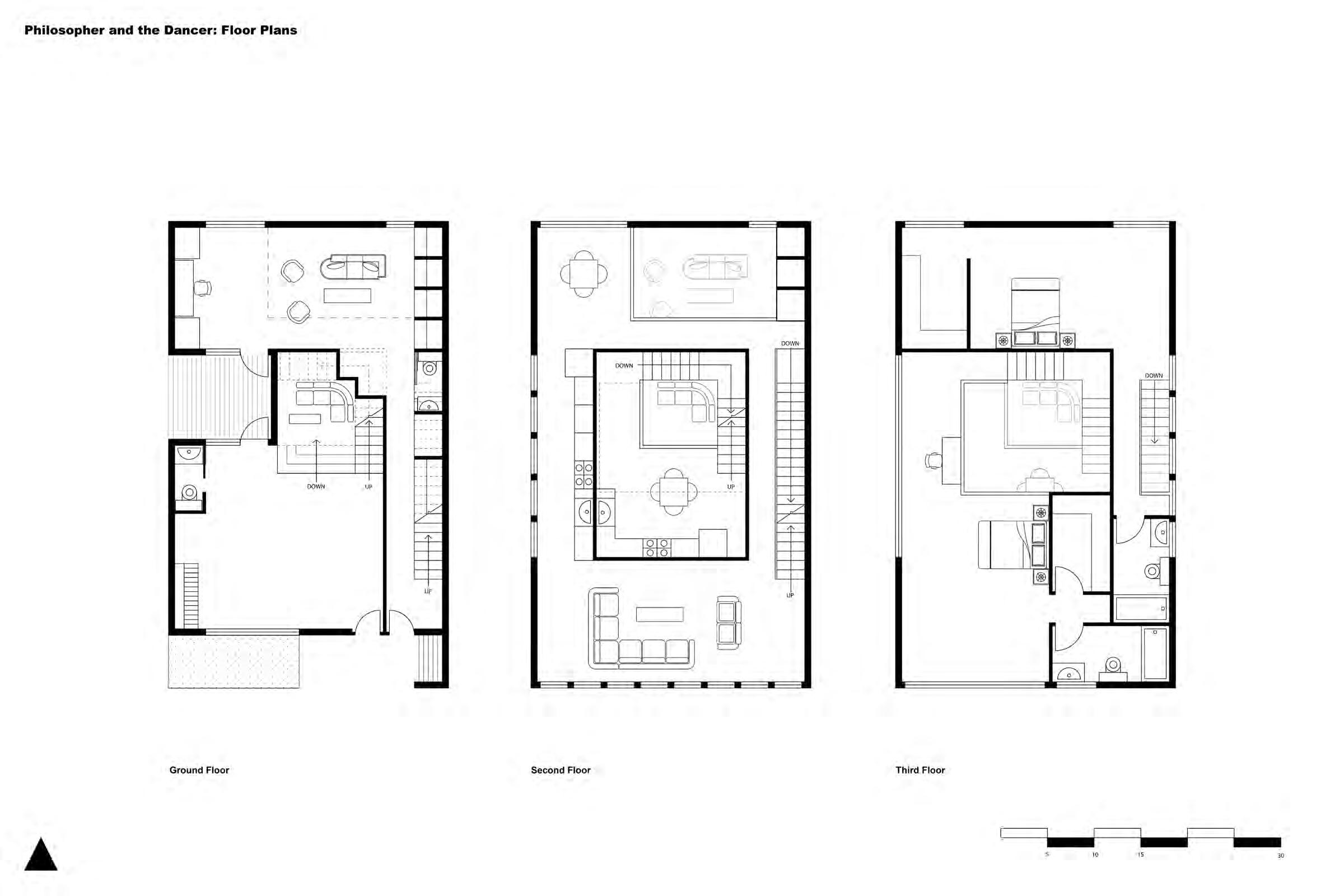
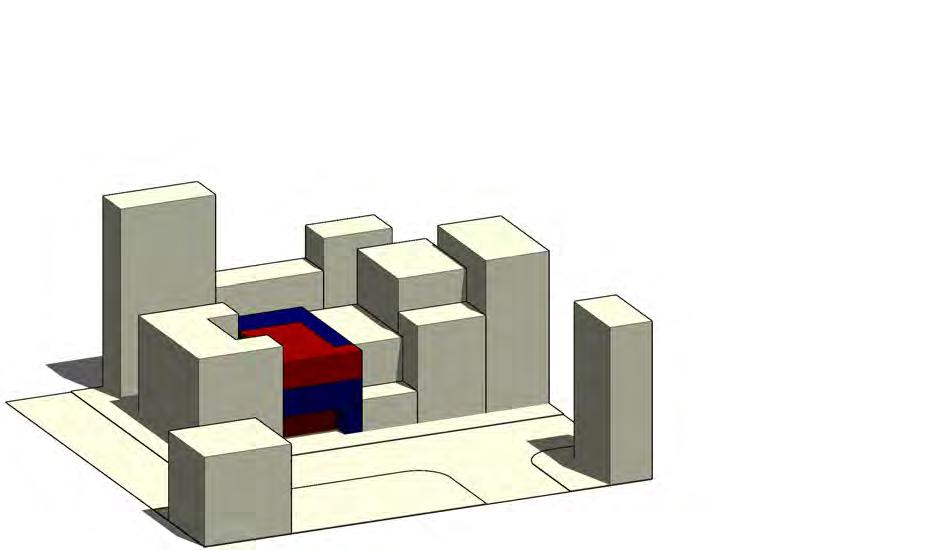
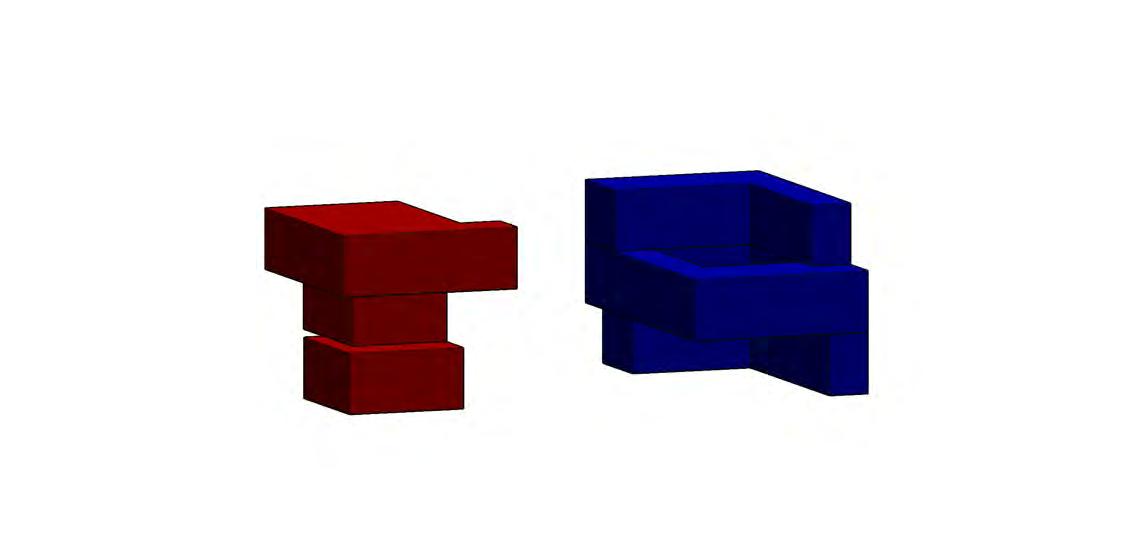
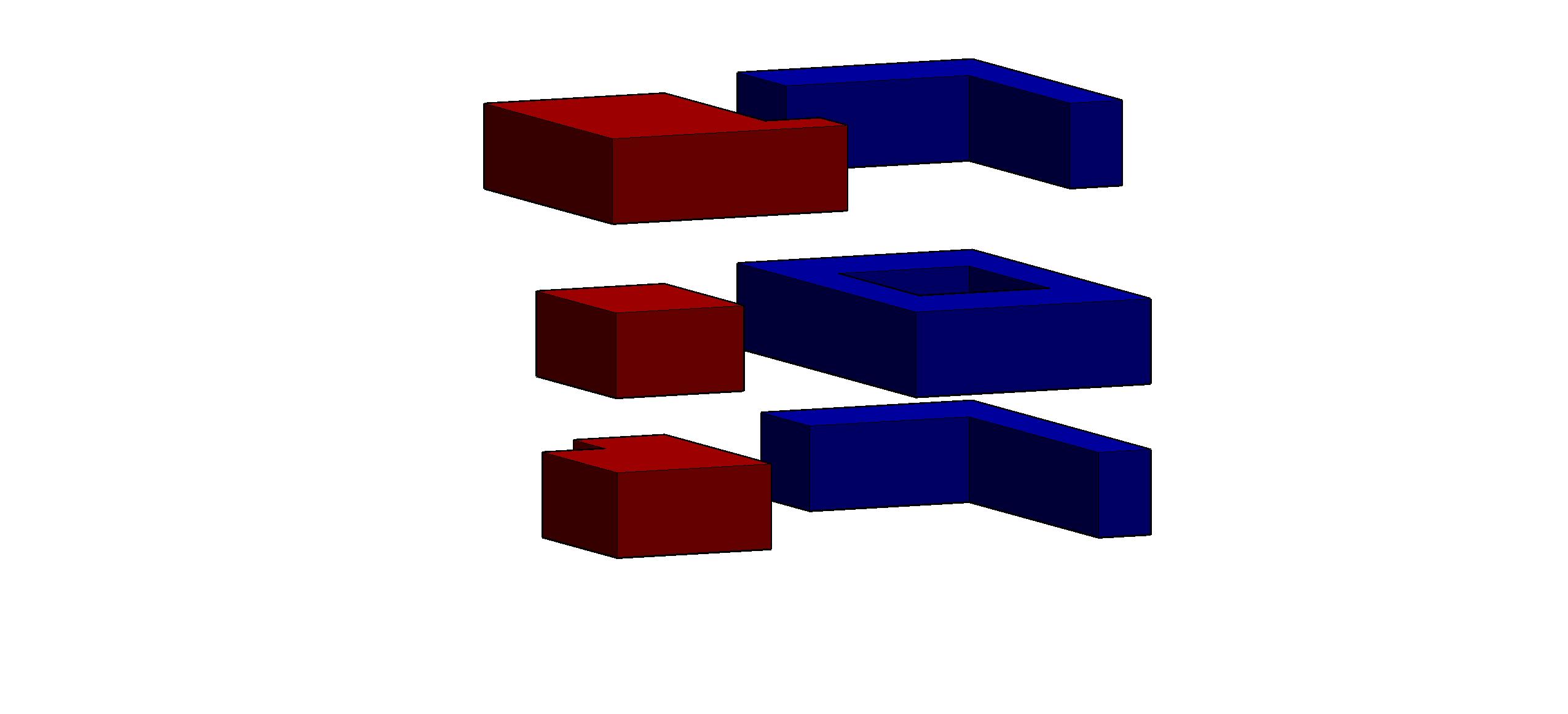
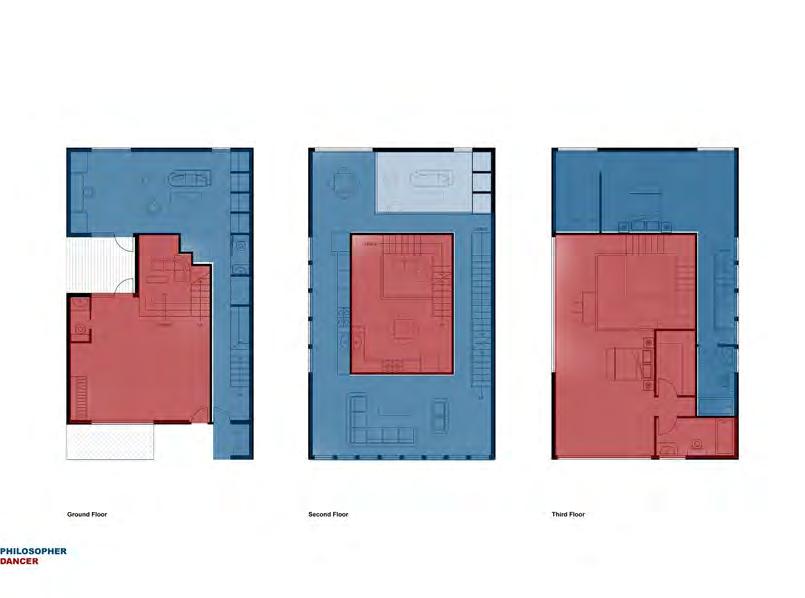
Philosopher / Dancer Spaces
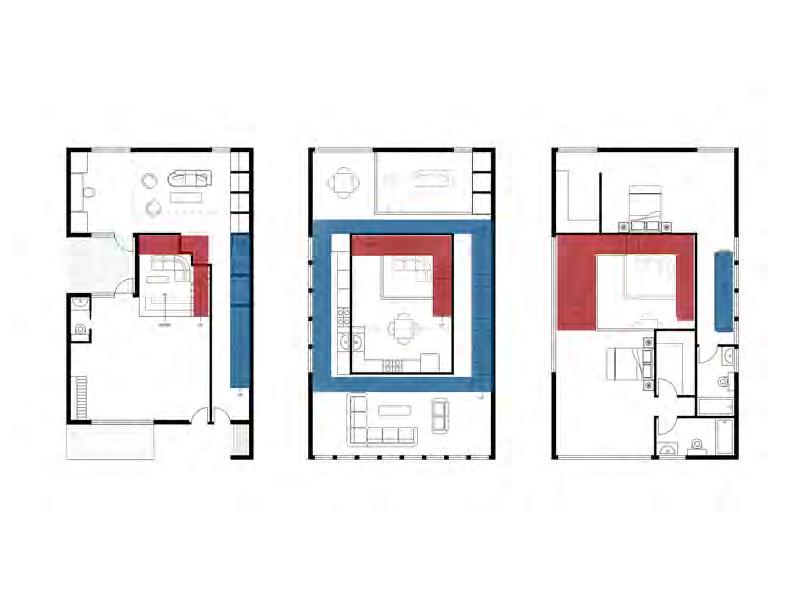
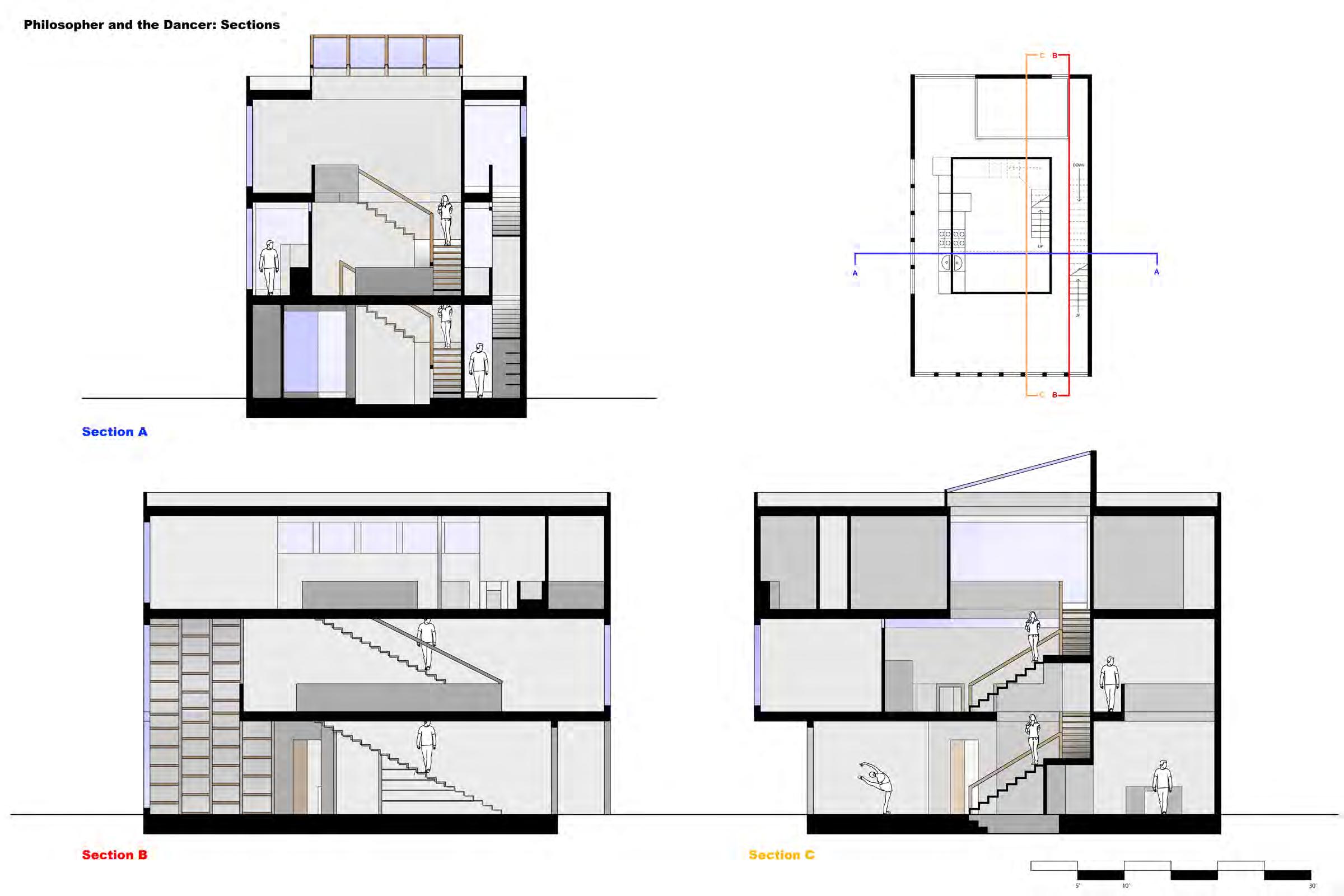
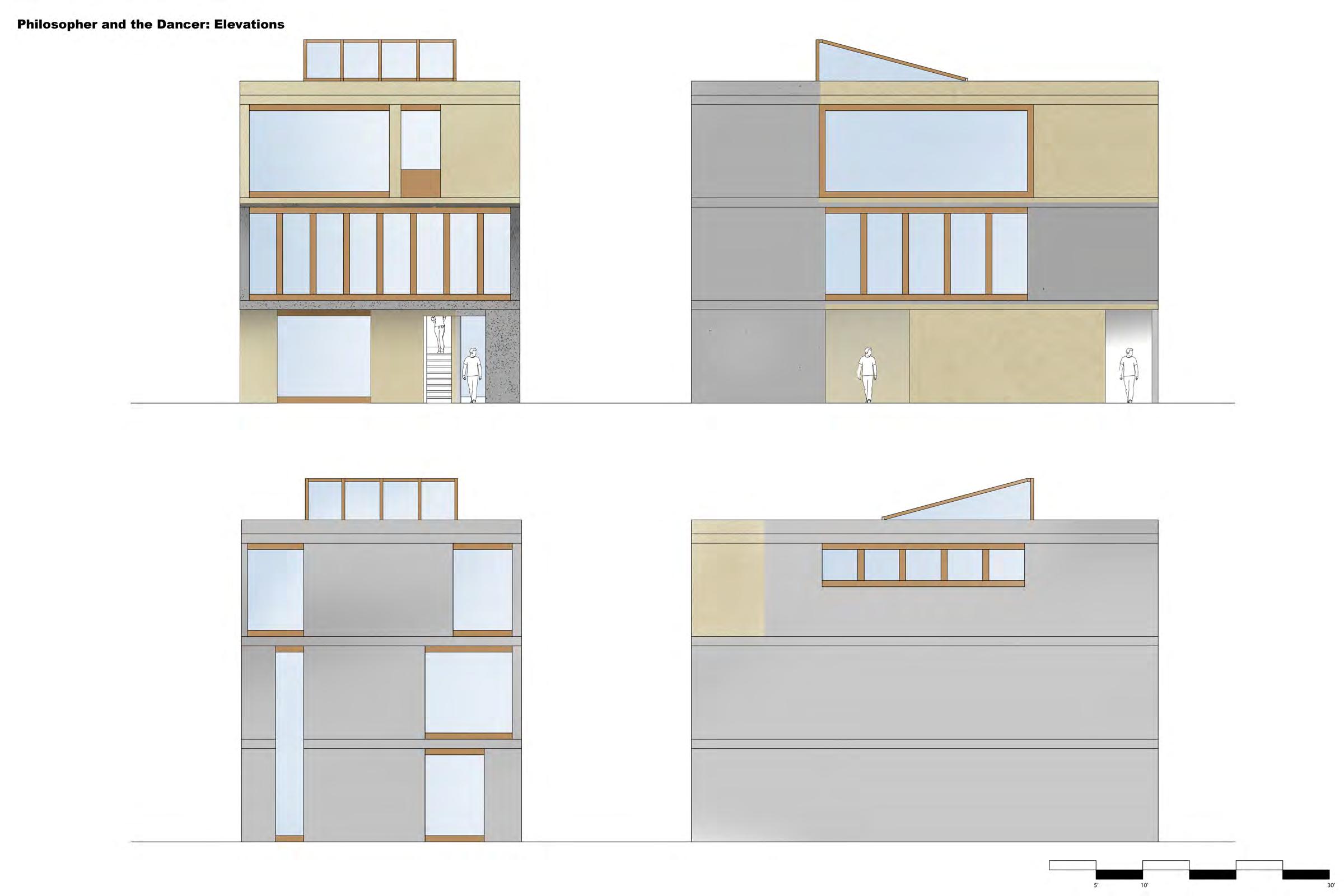
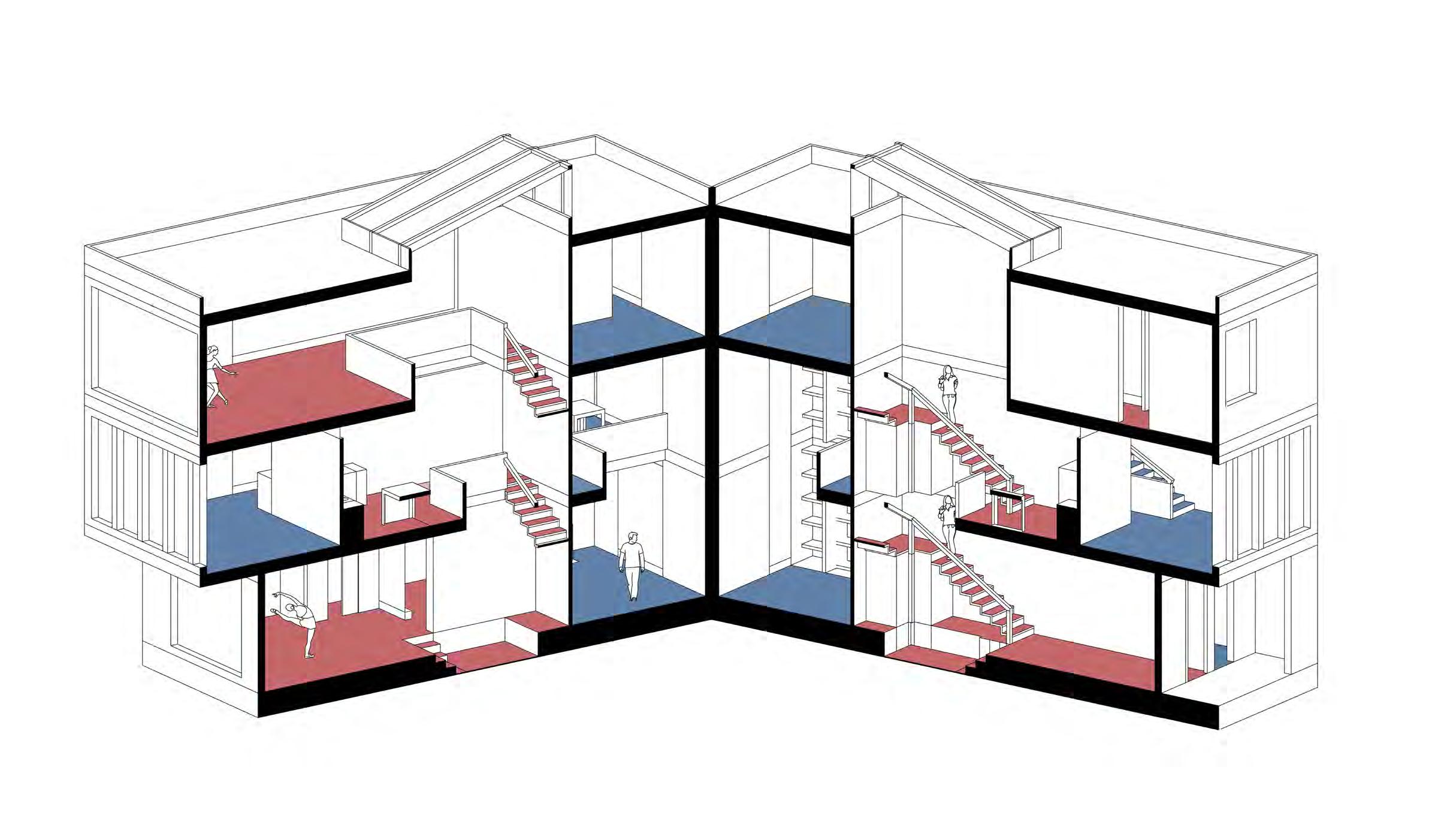
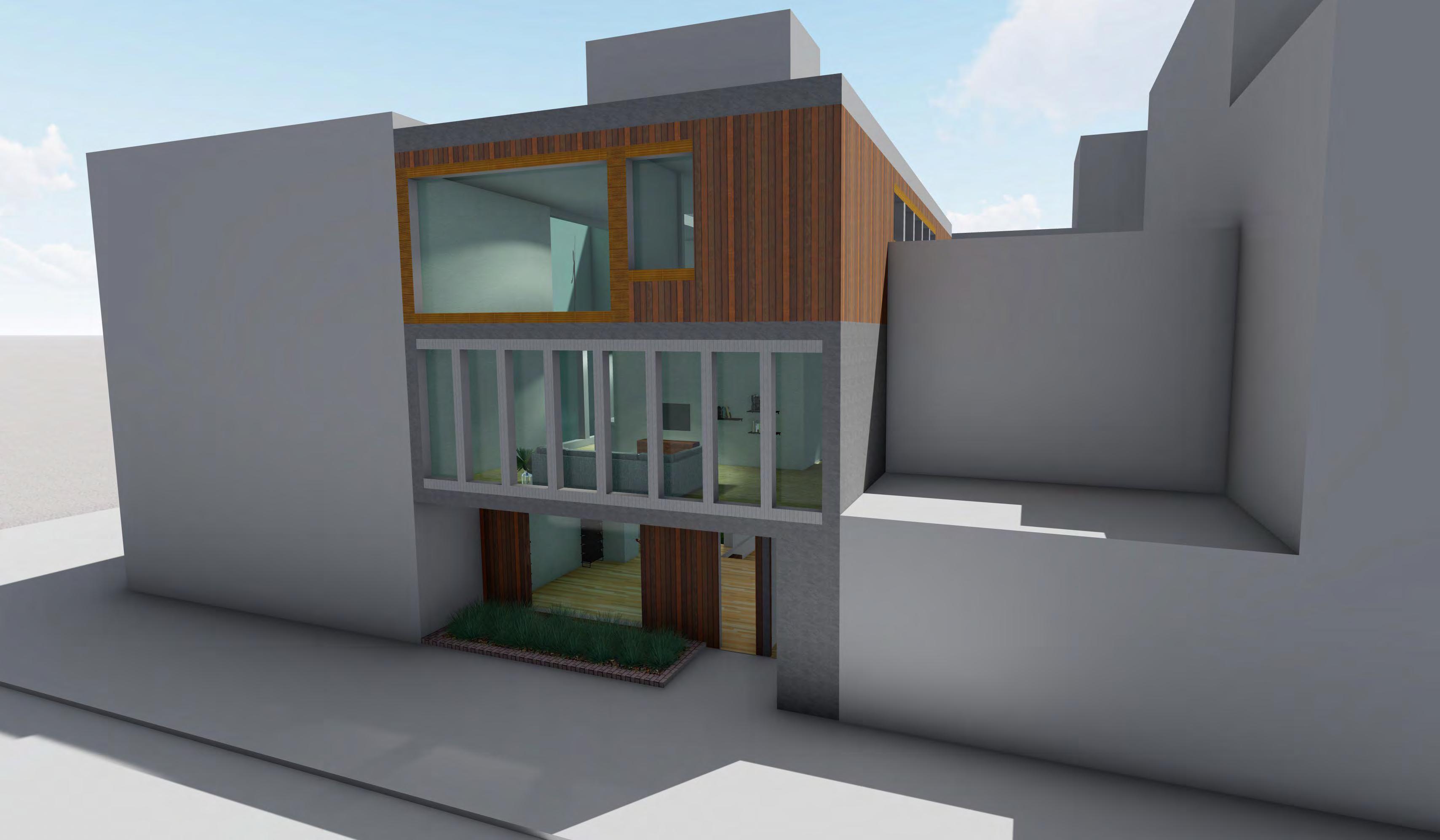
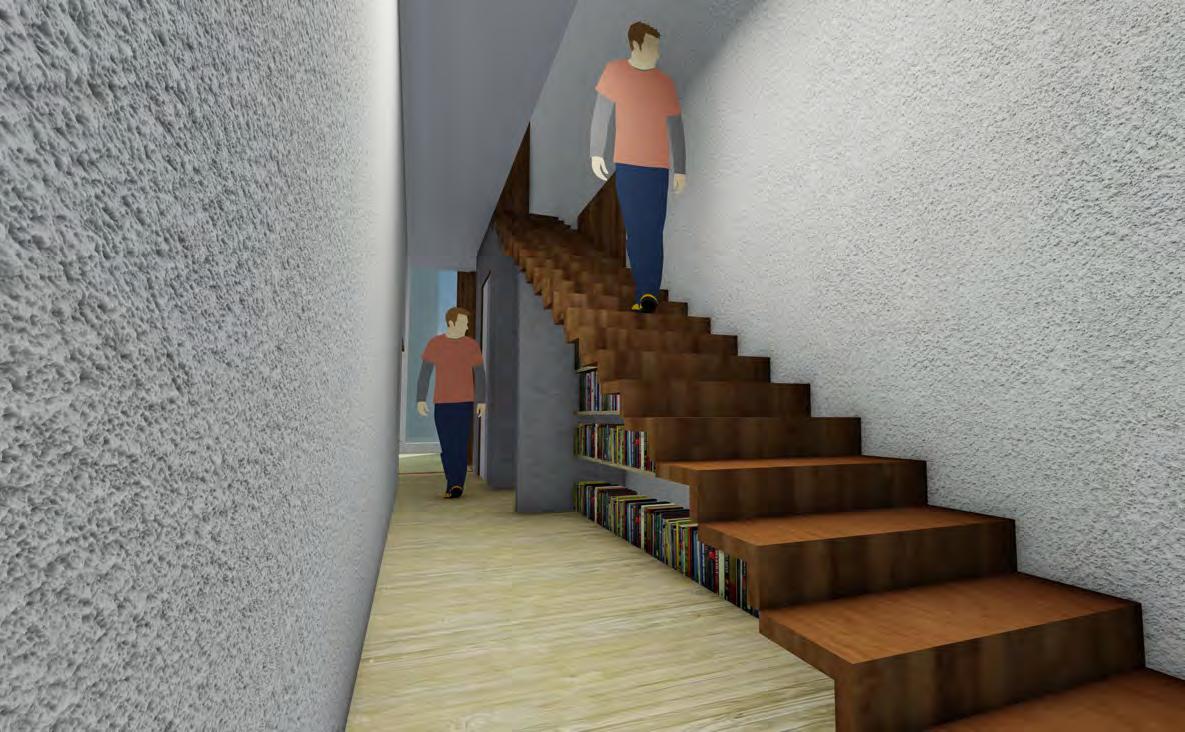
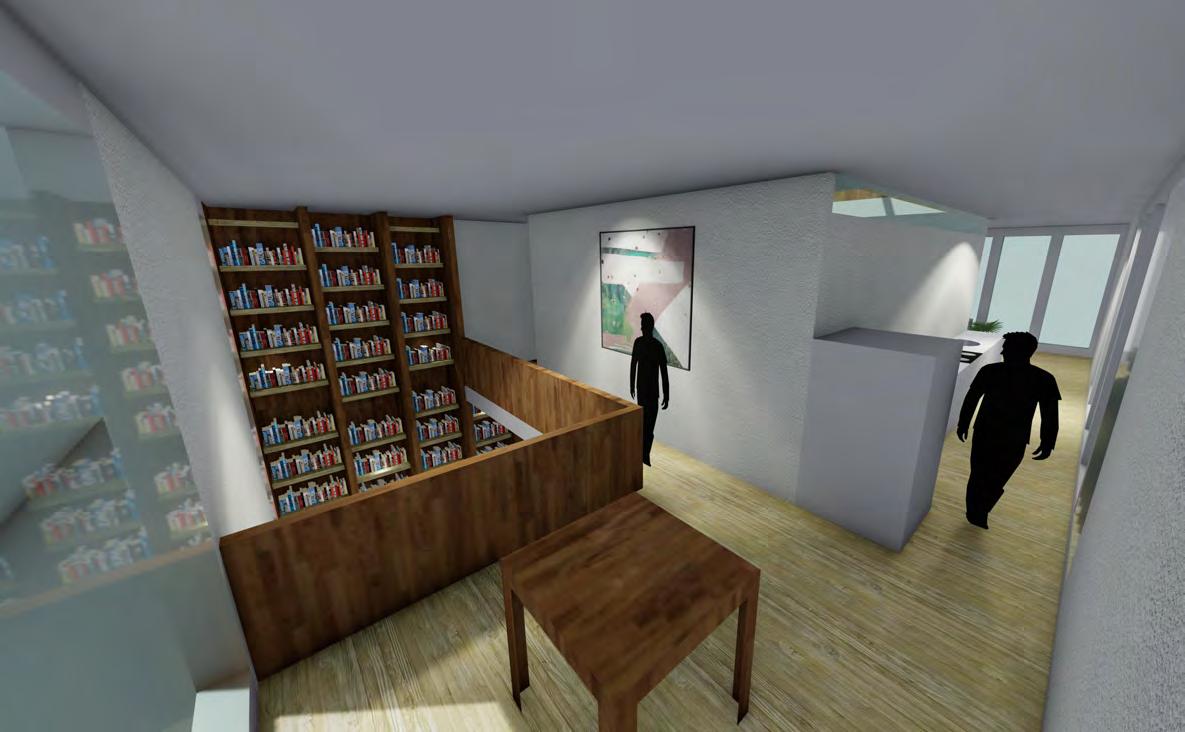
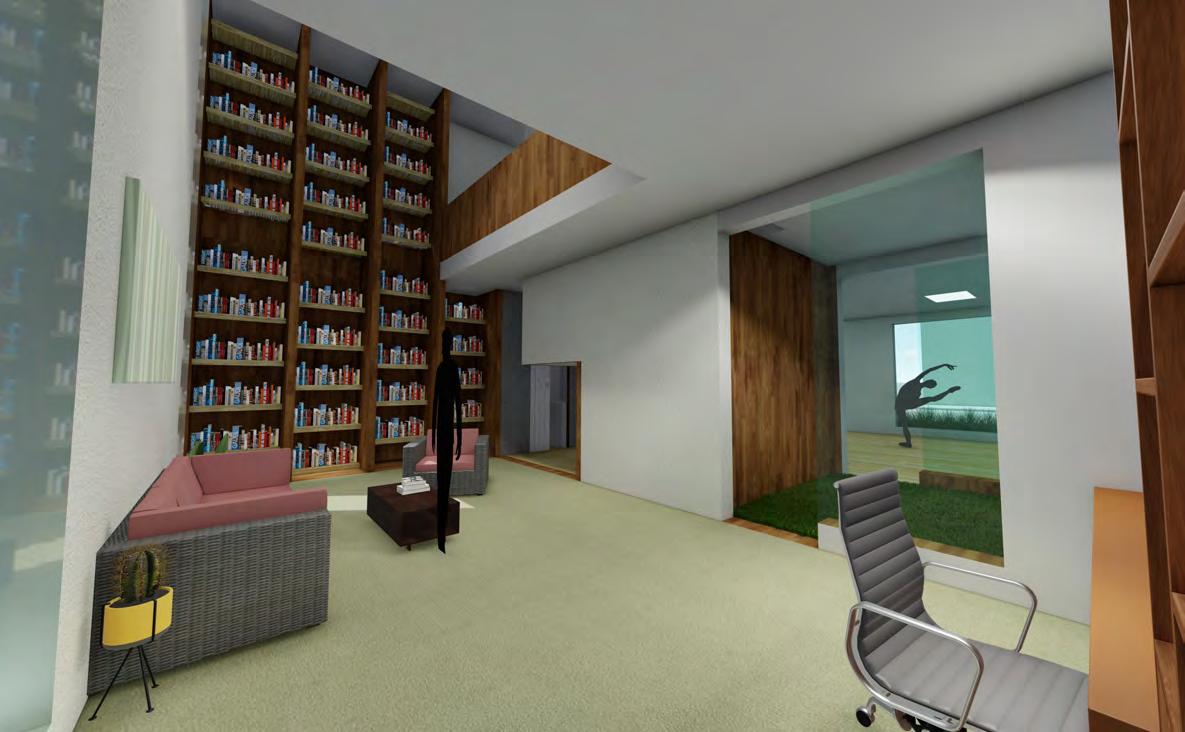
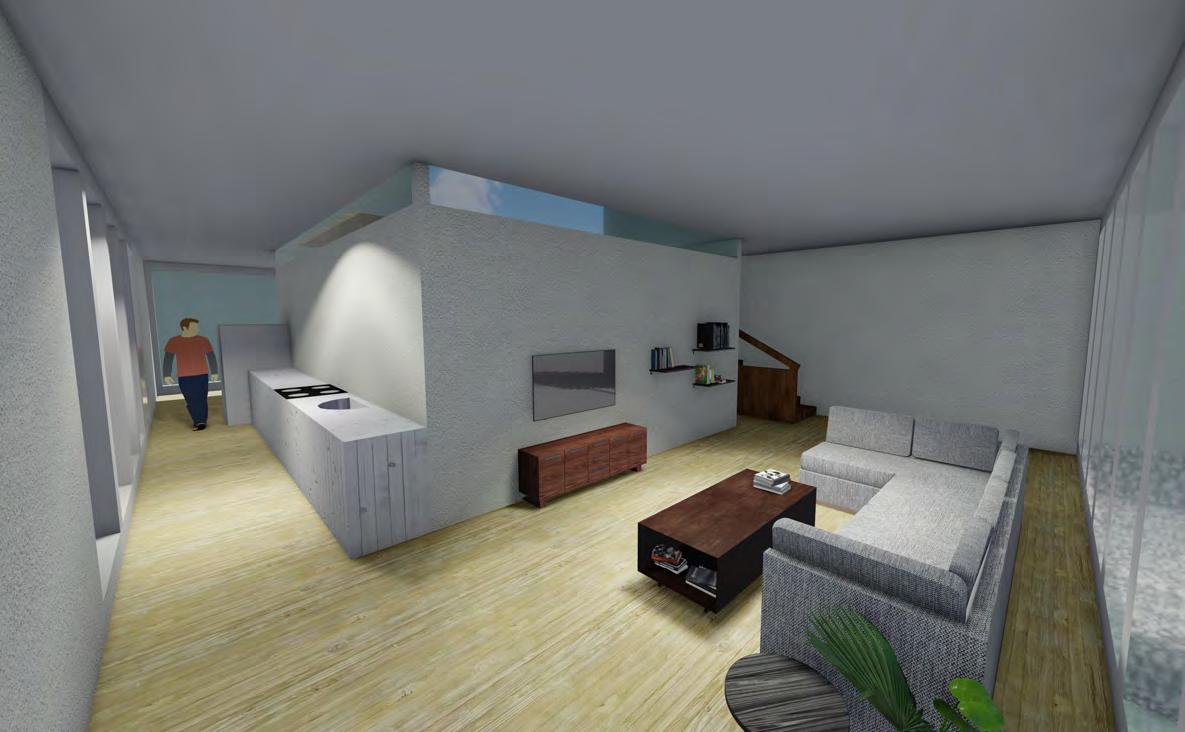
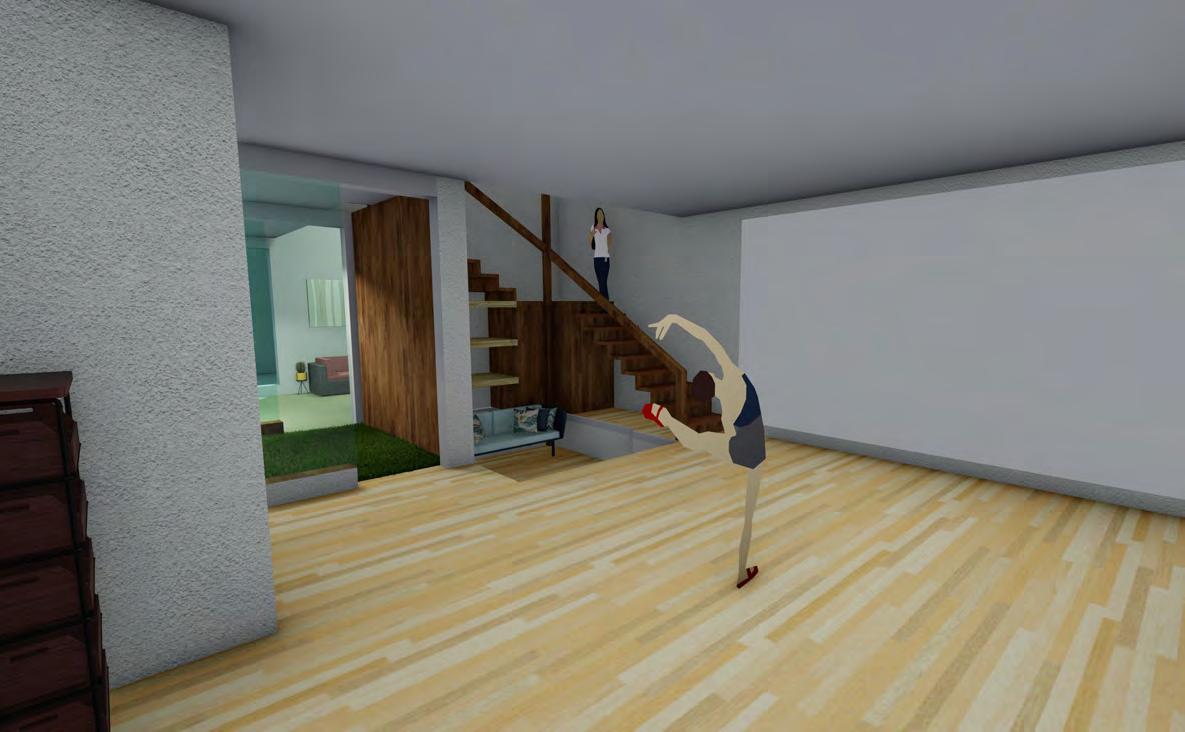
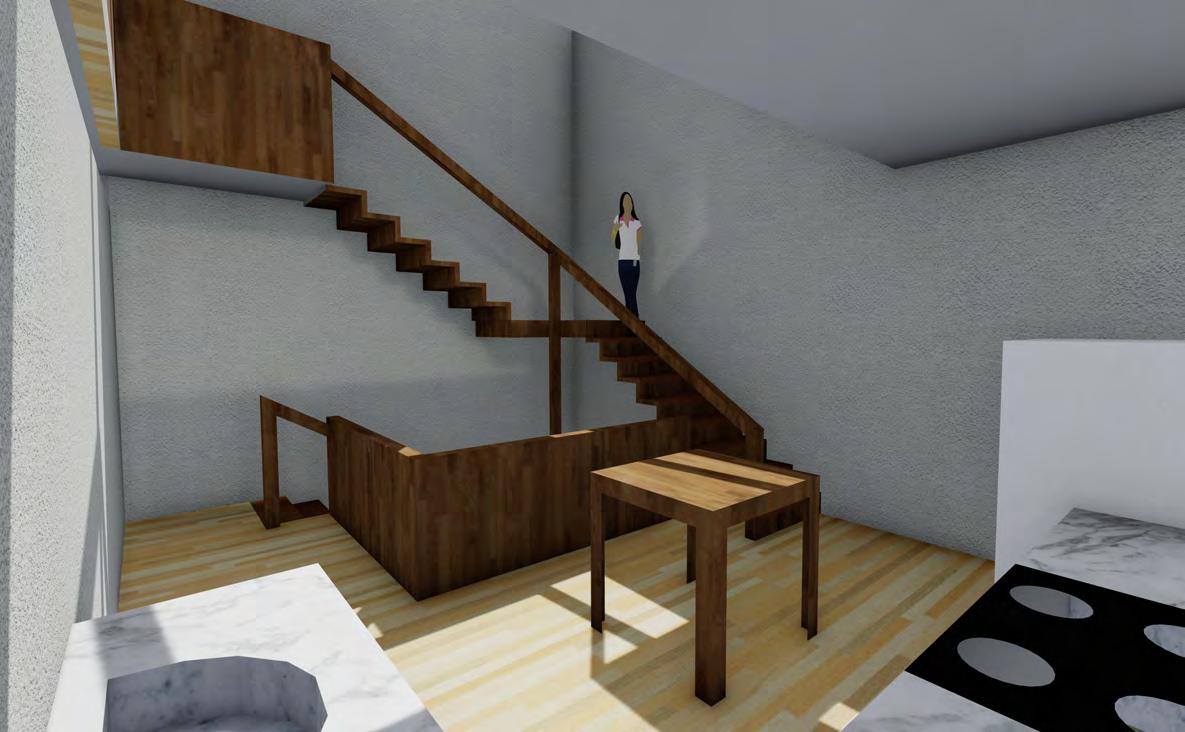
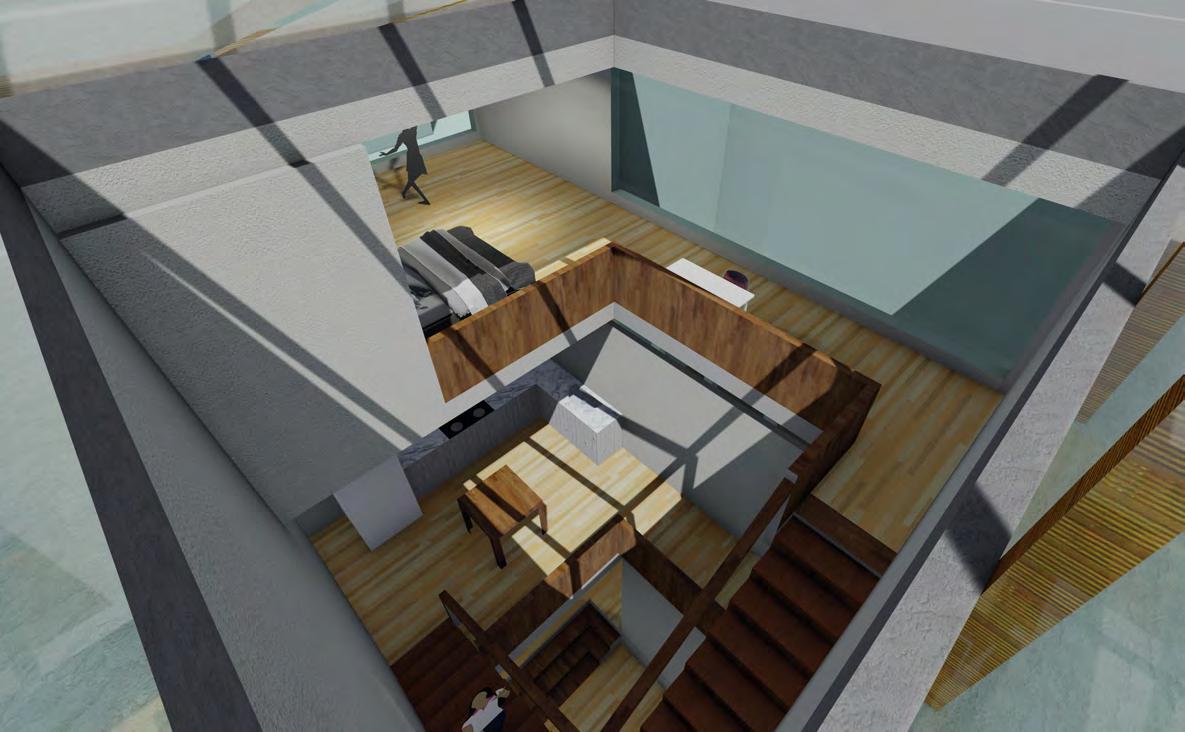

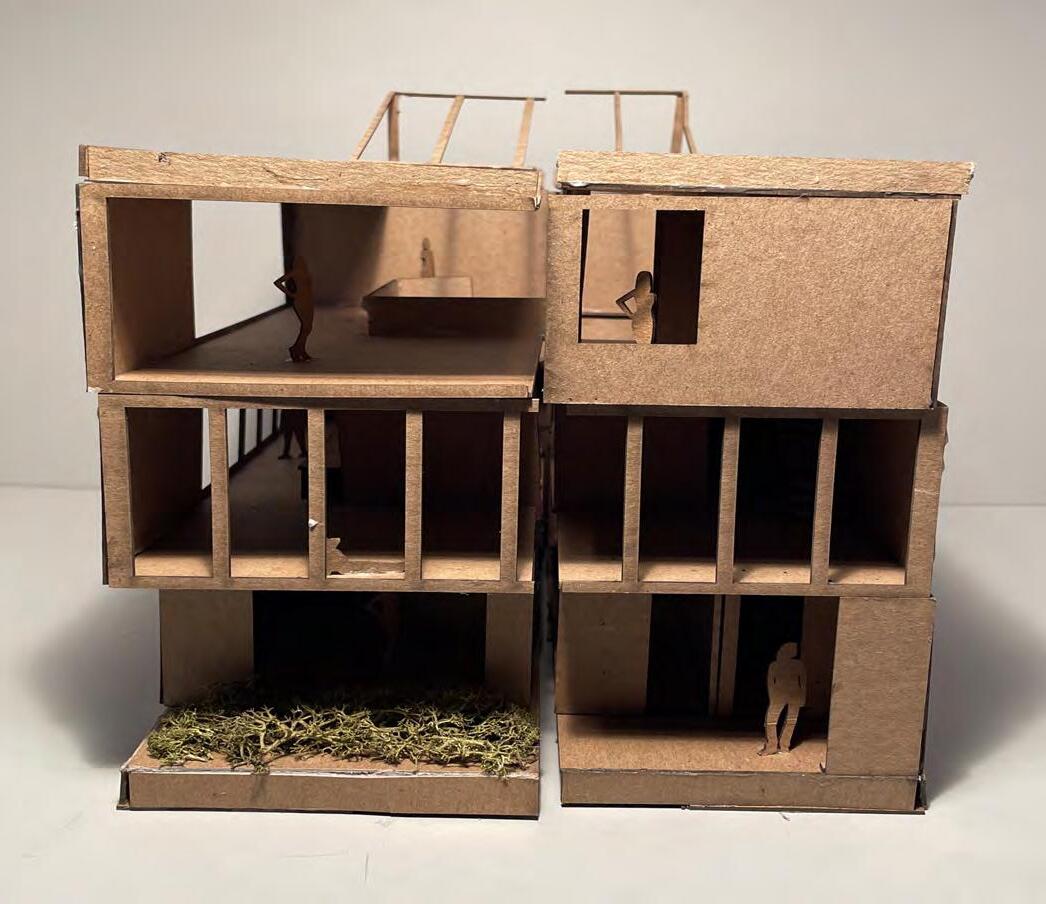
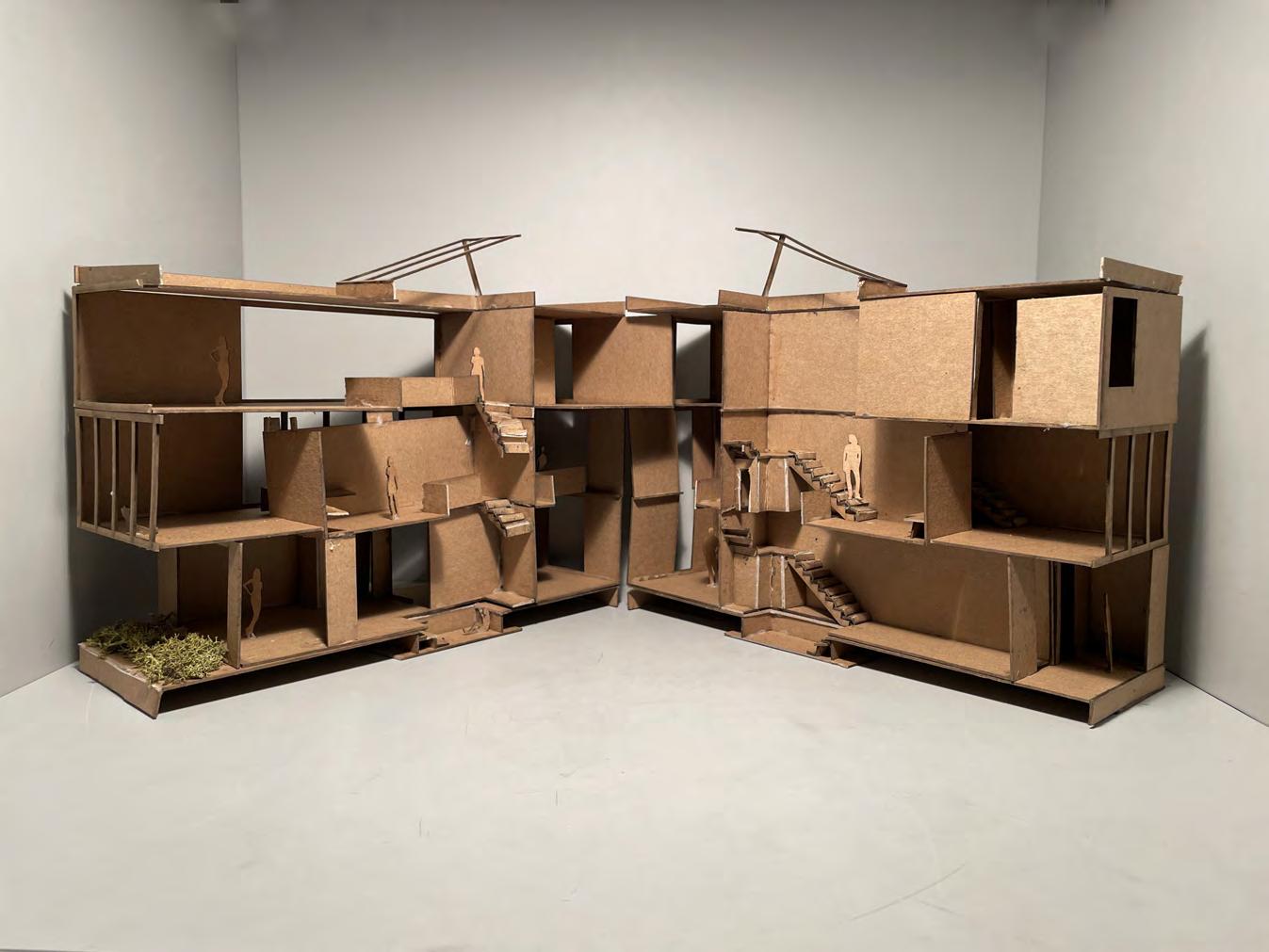
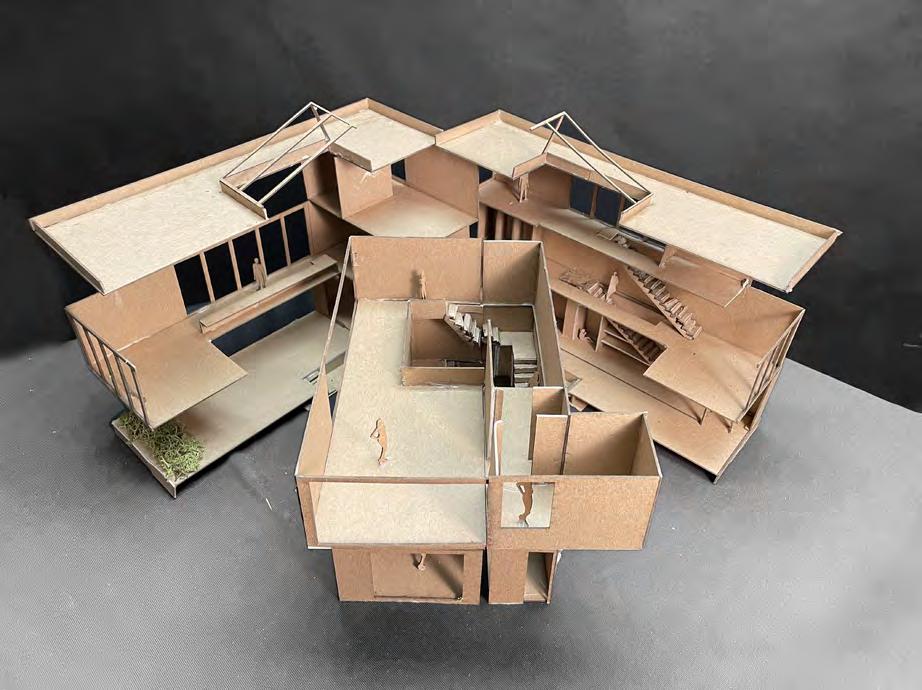

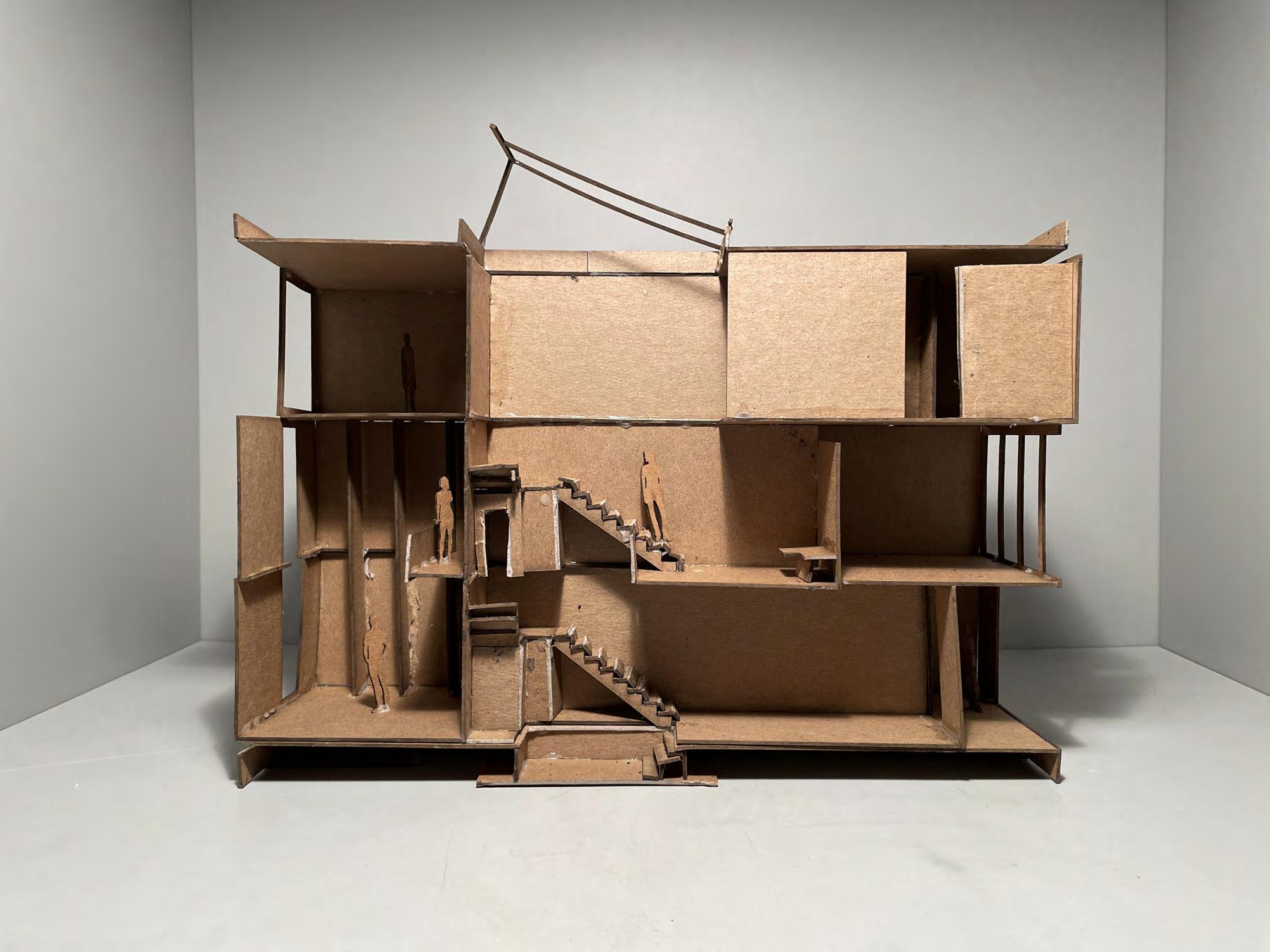

CHICAGO SITE ANALYSIS
625 West Hobbie Street
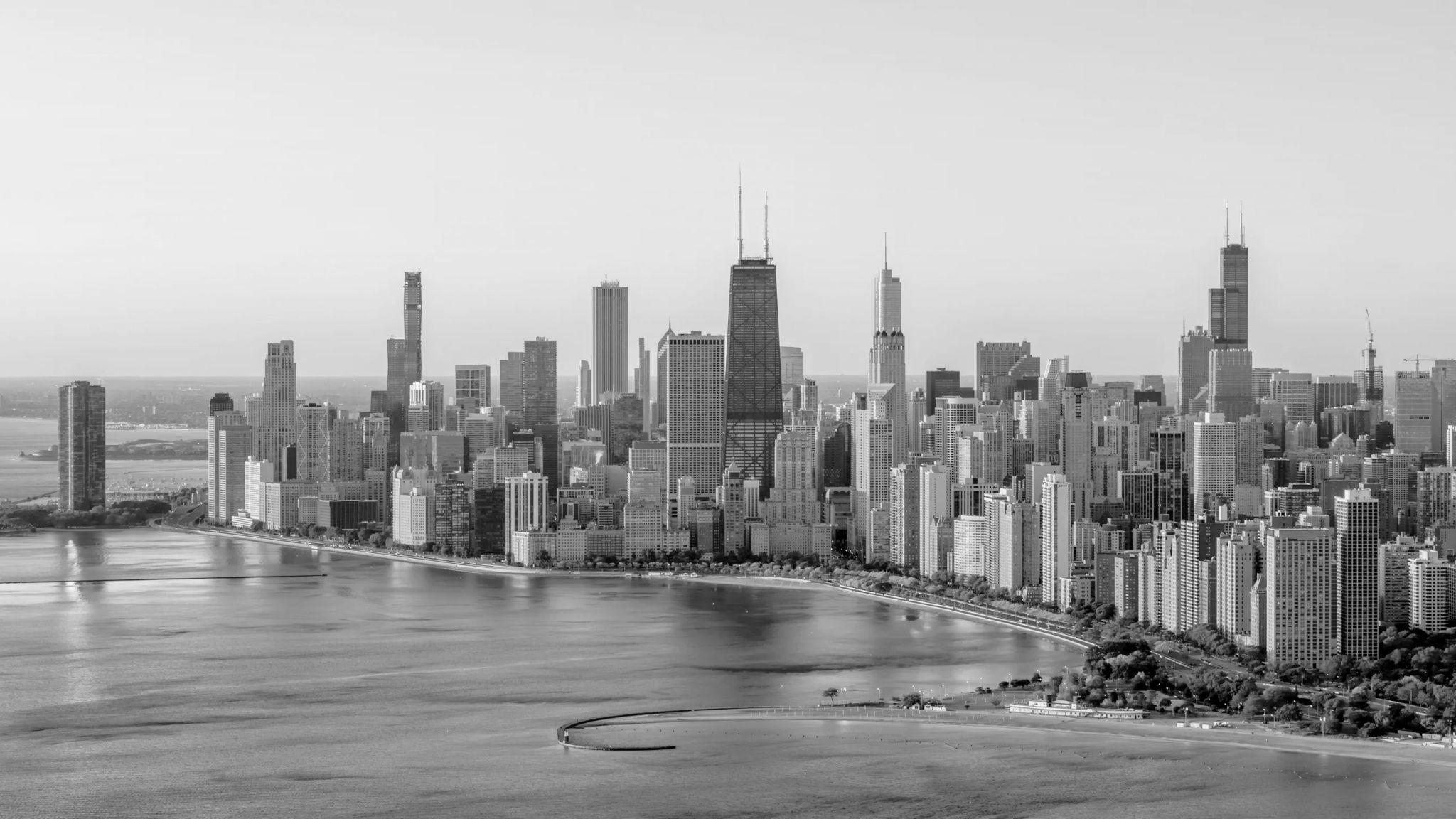
History
Initial Development:
Starting as a settlement 0f 20 in 1830, the population grew to 4,000 in 2 years. As a port city, connecting rivers to Lake Michigan allowed for huge development.
-Construction of the Illinois and Michigan canals bring immense growth to the city. Commerce boomed and population spiked. Optimal location provided many building materials for the rapid construction necessary to meet the population demand.
Fire of 1871:
100,000 now homeless and 17,500 buildings were destroyed.
-New need for steel skeleton structures for fireproofing. De-massing of buildings. Buildings starting to move vertically and reflect interior functions.
Replanning:
Mayor Joseph Medill (1823-99) Promised strict building codes and is responsible for replanning a post-fire Chicago.
-By restructuring the infrastructure, architects were able to lay groundwork for the urban fabric and future skyscrapers .
Home of the Skyscraper: William Le Baron Jenney introduced the 10-storied Home Insurance Company in 1884. This 184’ mass of terracotta, stonework and steel started a worldwide push for architecture that met the sky.
-Monadnock Building - Earliest Steel Frame building.
Cabrini Green Developments: Housing Projects made for lower income housing inadvertently became harbors for gang activity. Chicago crime rates skyrocket. This became the most murderous place in Chicago.
-Eventual destruction of the “Reds” and “Whites” housing developments to clean up the city. More urban development and work done around the area of the site to improve quality of life.
Redevelopment:
In 2015, plans were put into motion to develop Goose Island near the Cabrini Green. Parks, river-walks, and other proposals were presented to clean up the area.
- Modern gentrification and destruction of properties drove out those most in need.

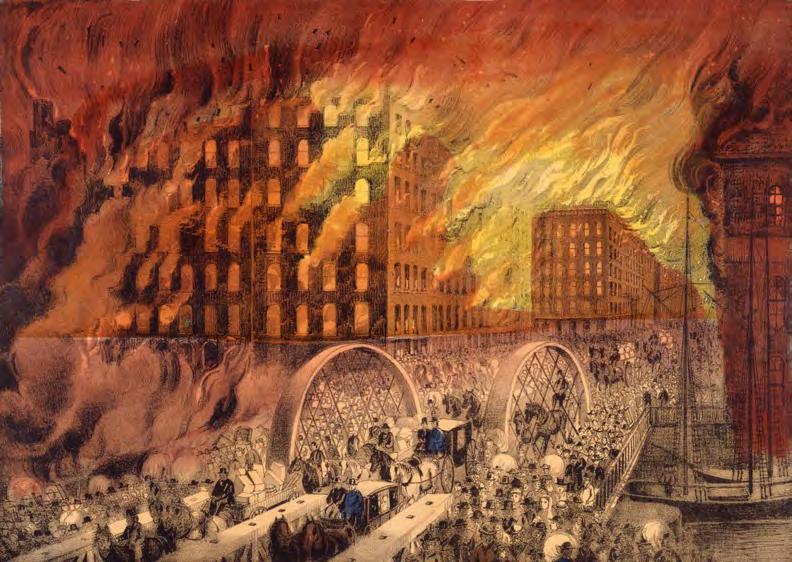
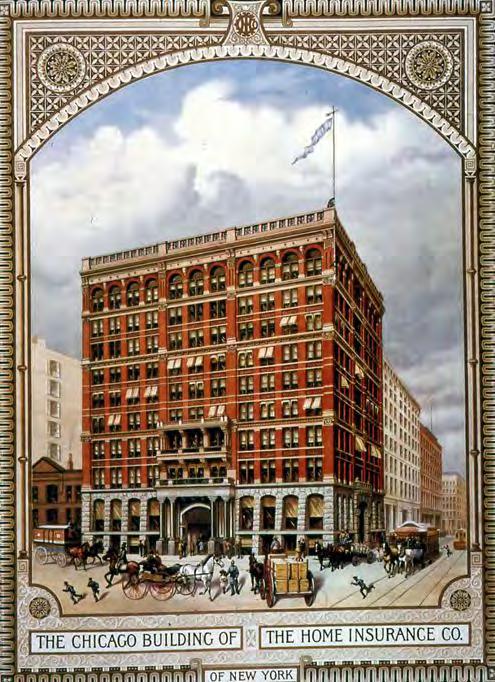
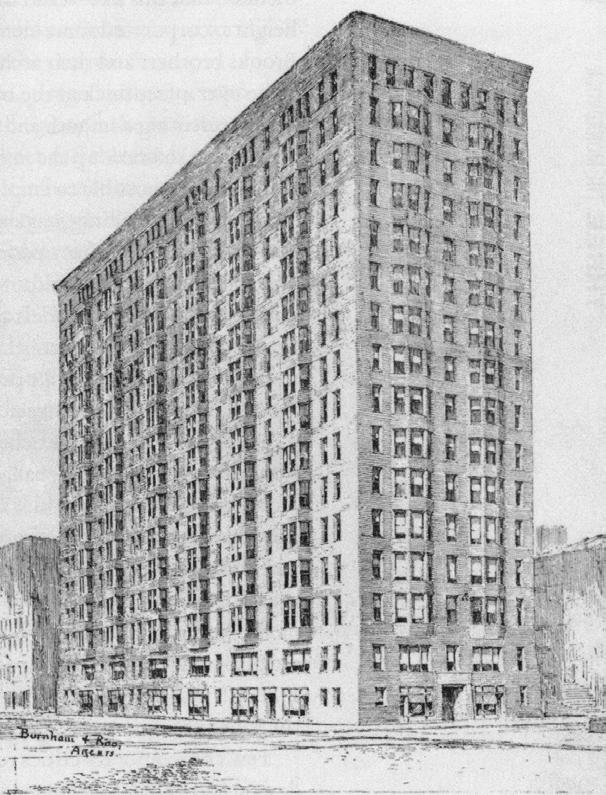
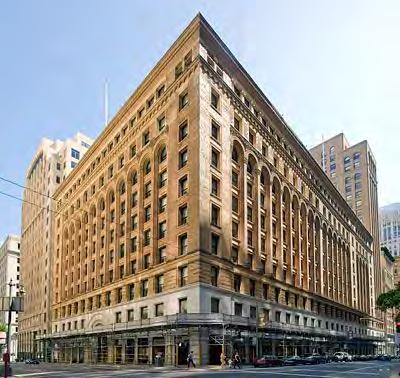
Chicago School Style
Stocky tall masonry-clad buildings with Chicago windows + decorative cornices
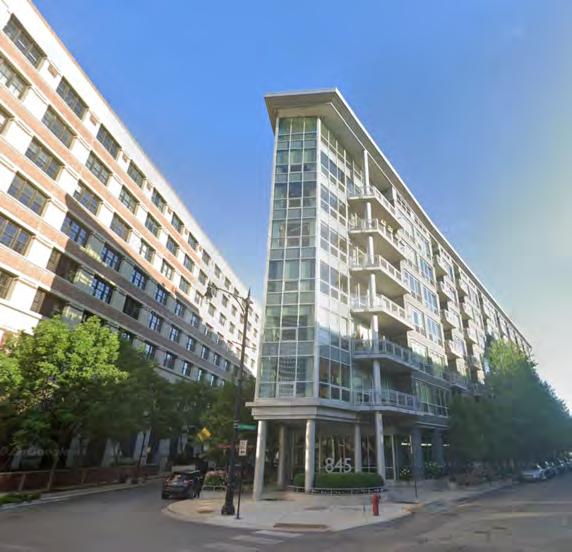
Late Modernism Style
emphasizes pattern and shape usually using steel and glass

Greystones Style
2-3 stories with exterior of gray stone masonry
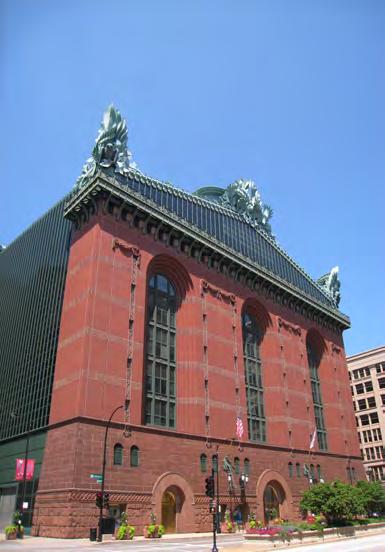
Postmodern Style
unusual shapes, loud colors, ties to arch. tradition
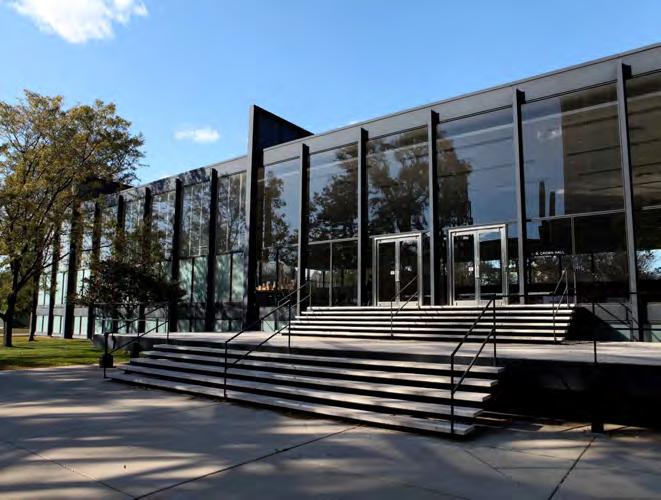
International
Style/Miesian Modern
Simple shapes that use of a grid rendered in glass and steel
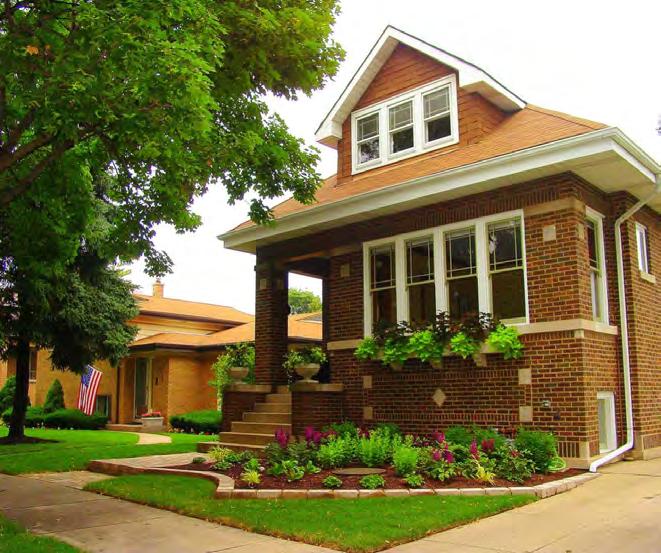
Bungalows Style
Prominent front facade, wide overhangs, low-pitched roof, and a dormer window

Monuments: The Bean
The Bean’s reflective surface was inspired by liquid mercury. This shiny exterior reflects the people moving around the park, the lights of Michigan Avenue, and the surrounding skyline and green space, It reflects the Millennium Park experience.
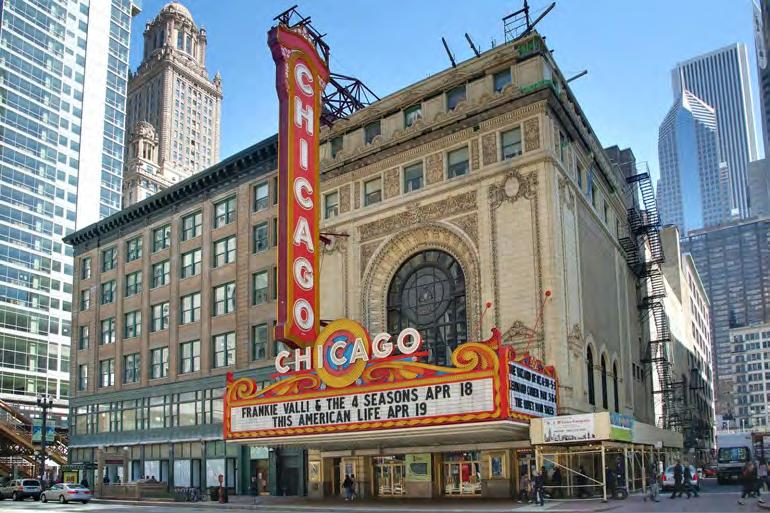
Performing Arts:
Chicago is known for significant advancement of several performing arts, such as improvisational comedy, house music, hip hop, jazz and more. The Chicago Theatre, has been the home for many of these developments for more than 100 years.
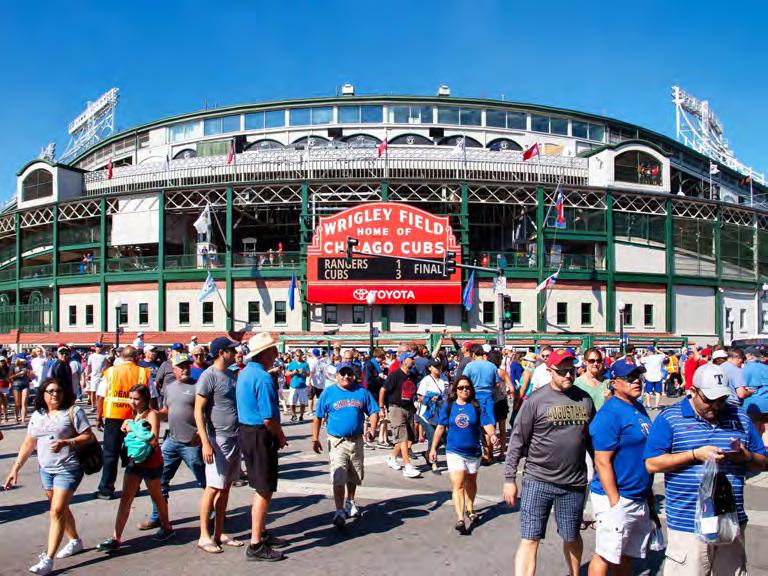
Sports
Chicago is home to five major sporting franchises, the Bulls, Cubs, White Sox, Blackhawks, and Bears. Wrigley Field, home of the Chicago Cubs, is one of the most well known baseball fields in the country.

Although majoritively white in population, Chicago is considered a very diverse city. Especially when considering artistic expression, architectural displays, food, and culture as a whole.

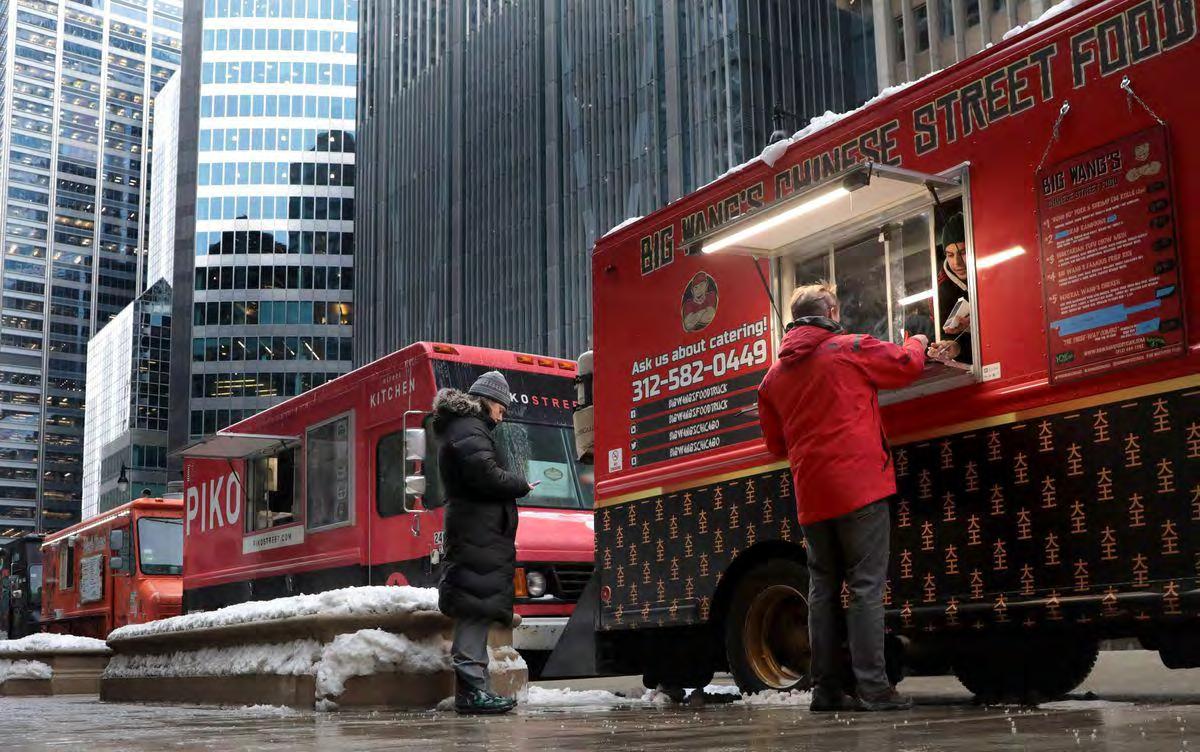
Chicago is full of food trucks, it's an opportunity for people with low income to try good quality food. It's one thing that makes chicago unique to other cities.
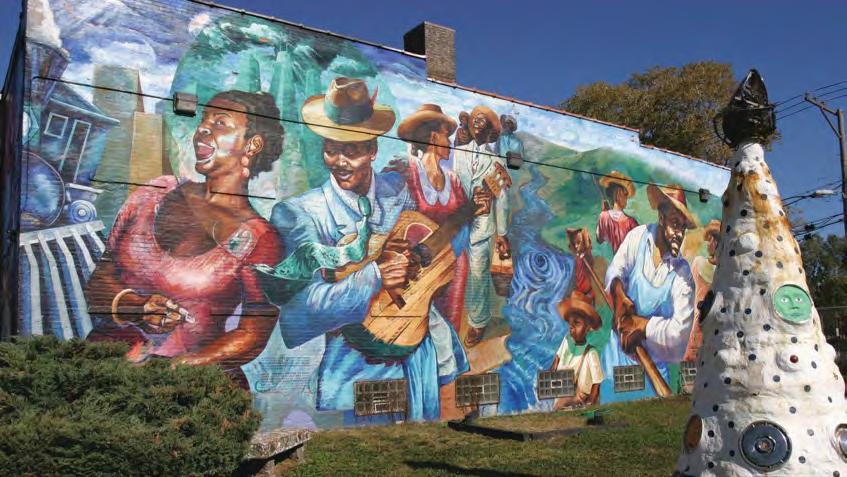
The Chicago River is an integral part of the city fabric. River walks, restaurants, ferries, and other public spaces are riddled along the entire stretch of the river in downtown Chicago. The city famously dyes the river green for St. Patrick’s Day every year.
Chicago is a city with great Architecture, but some buildings are unique because of the murals that are drawn on them. Tens of thousands of square feet of murals make their home on bridges, buildings, train stations, and even parking garages, telling stories of faith, hope, race, immgration, struggle, and success. The work of acclaimed street artists are an integral part of the city’s progressive art culture.
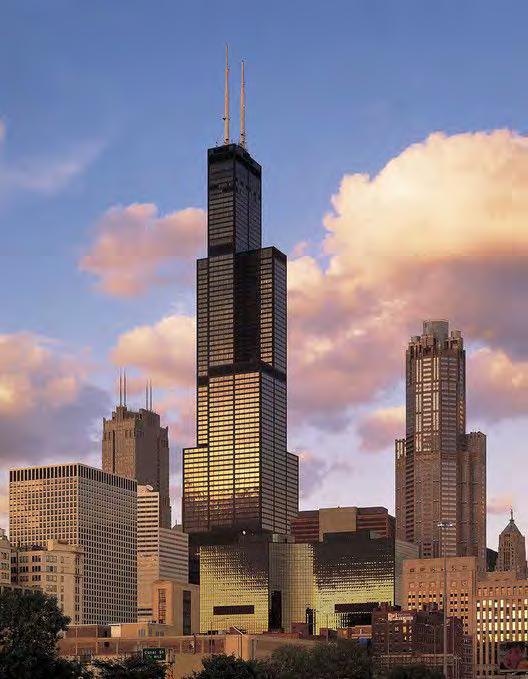
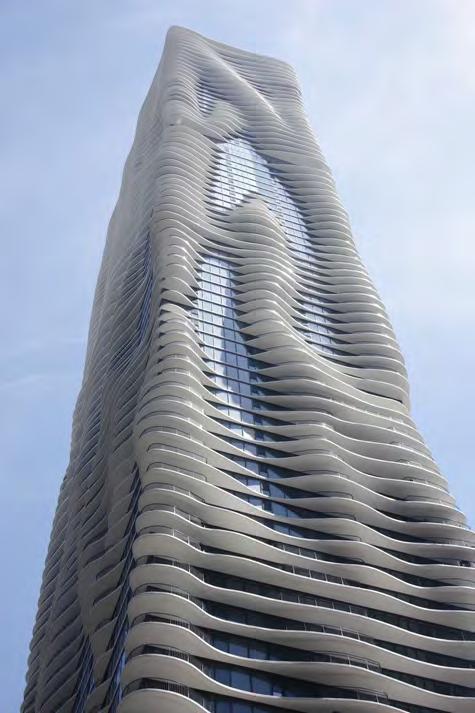
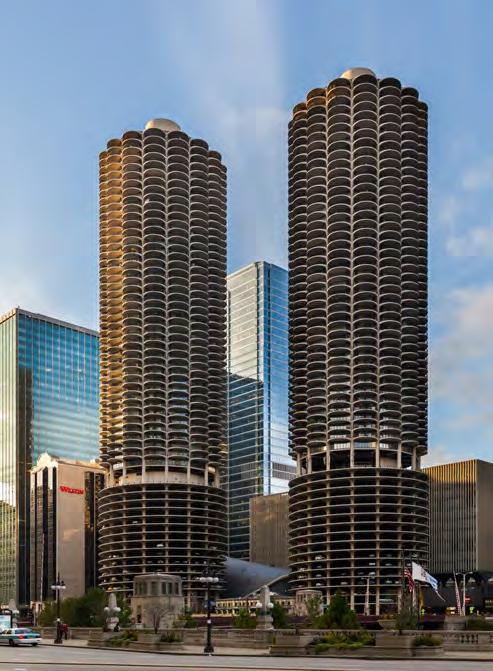

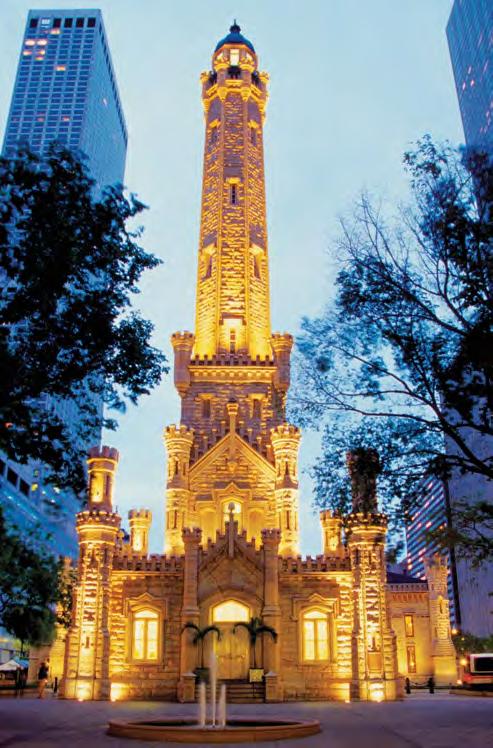
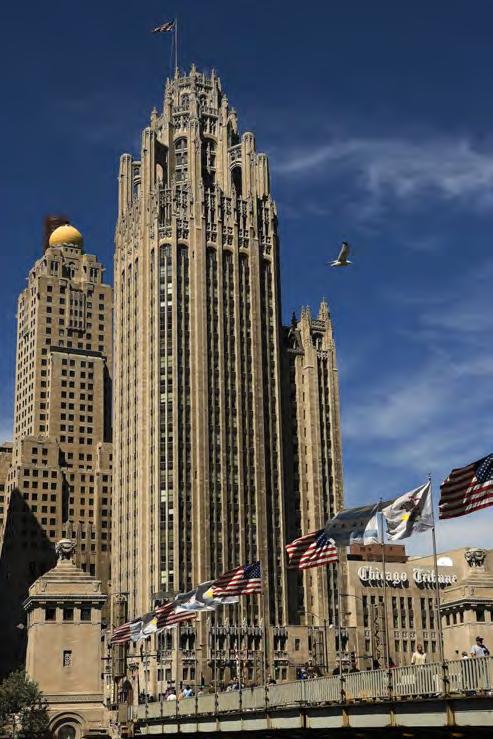
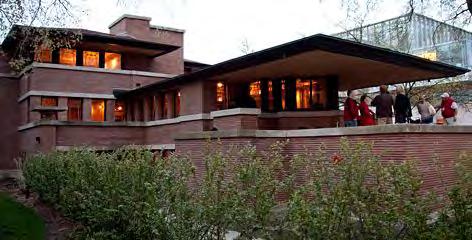

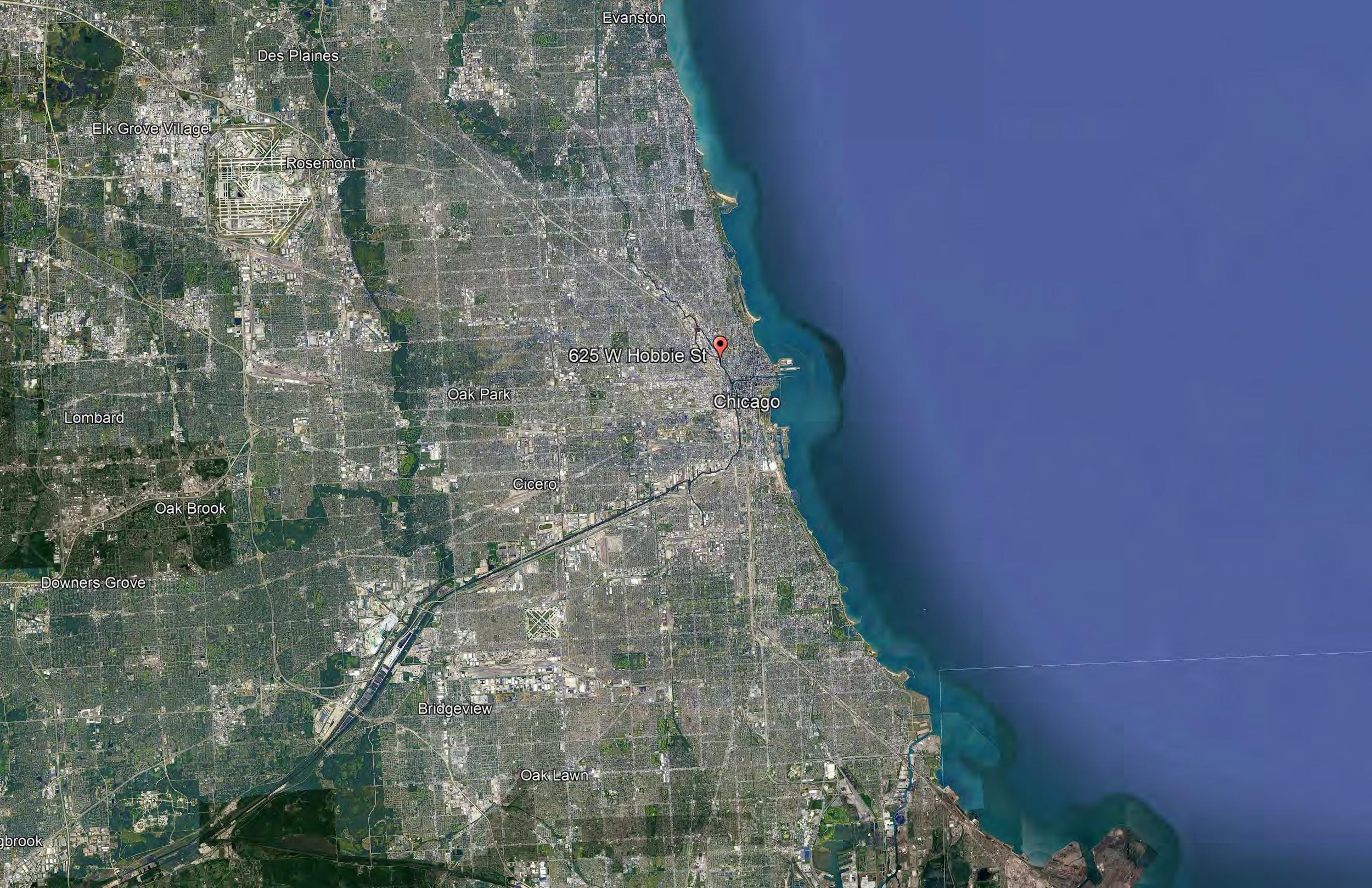
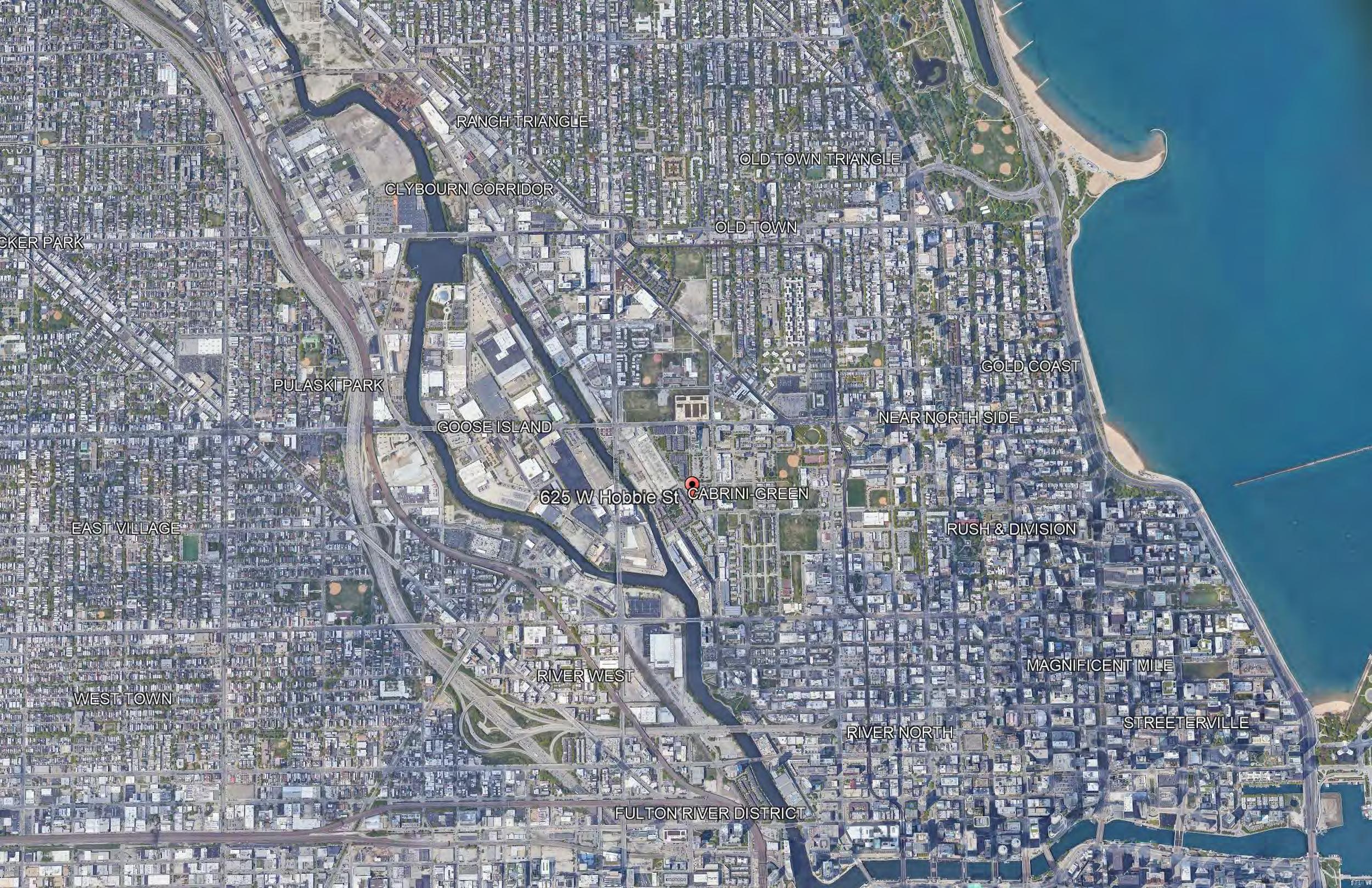
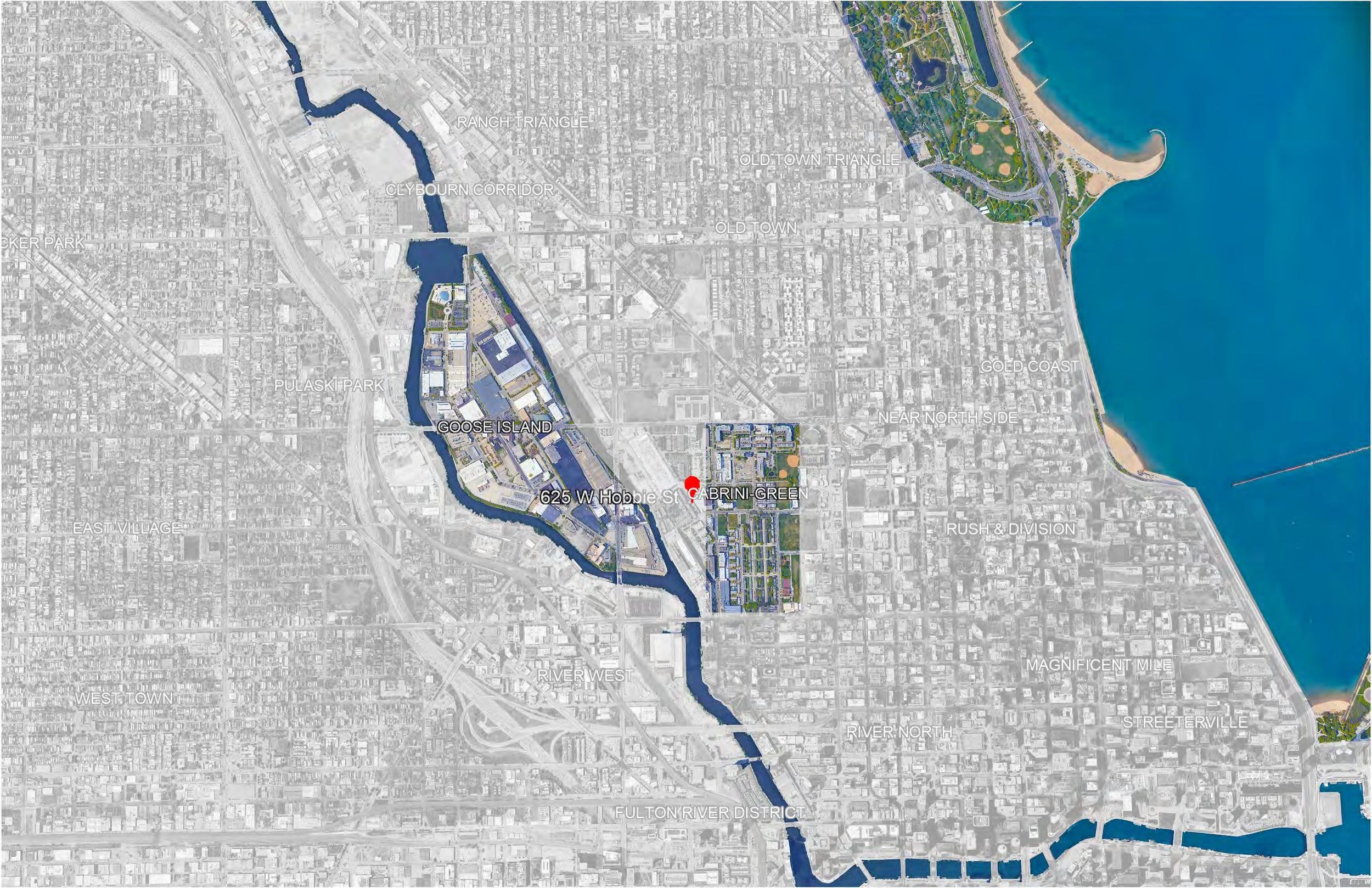
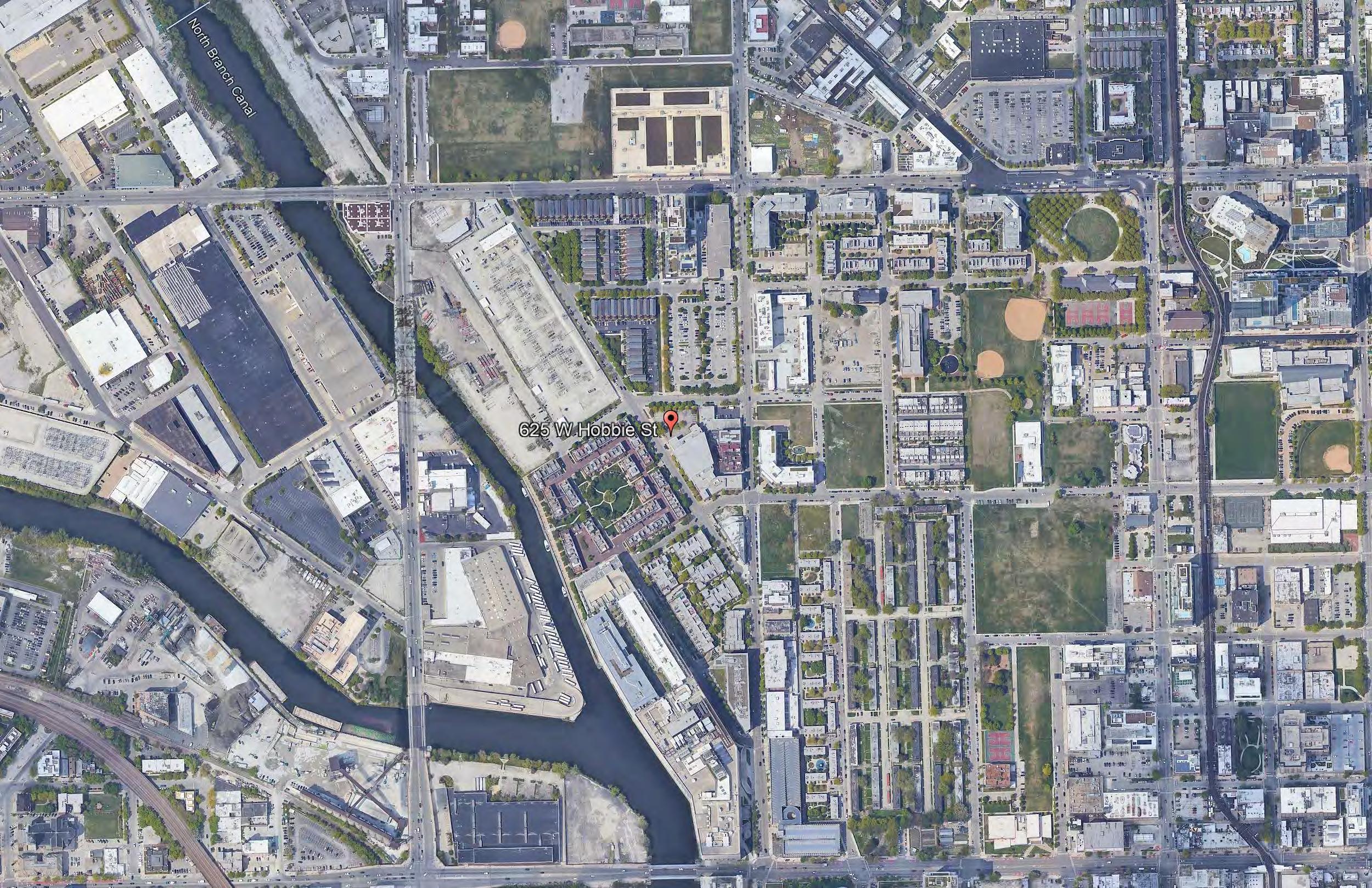
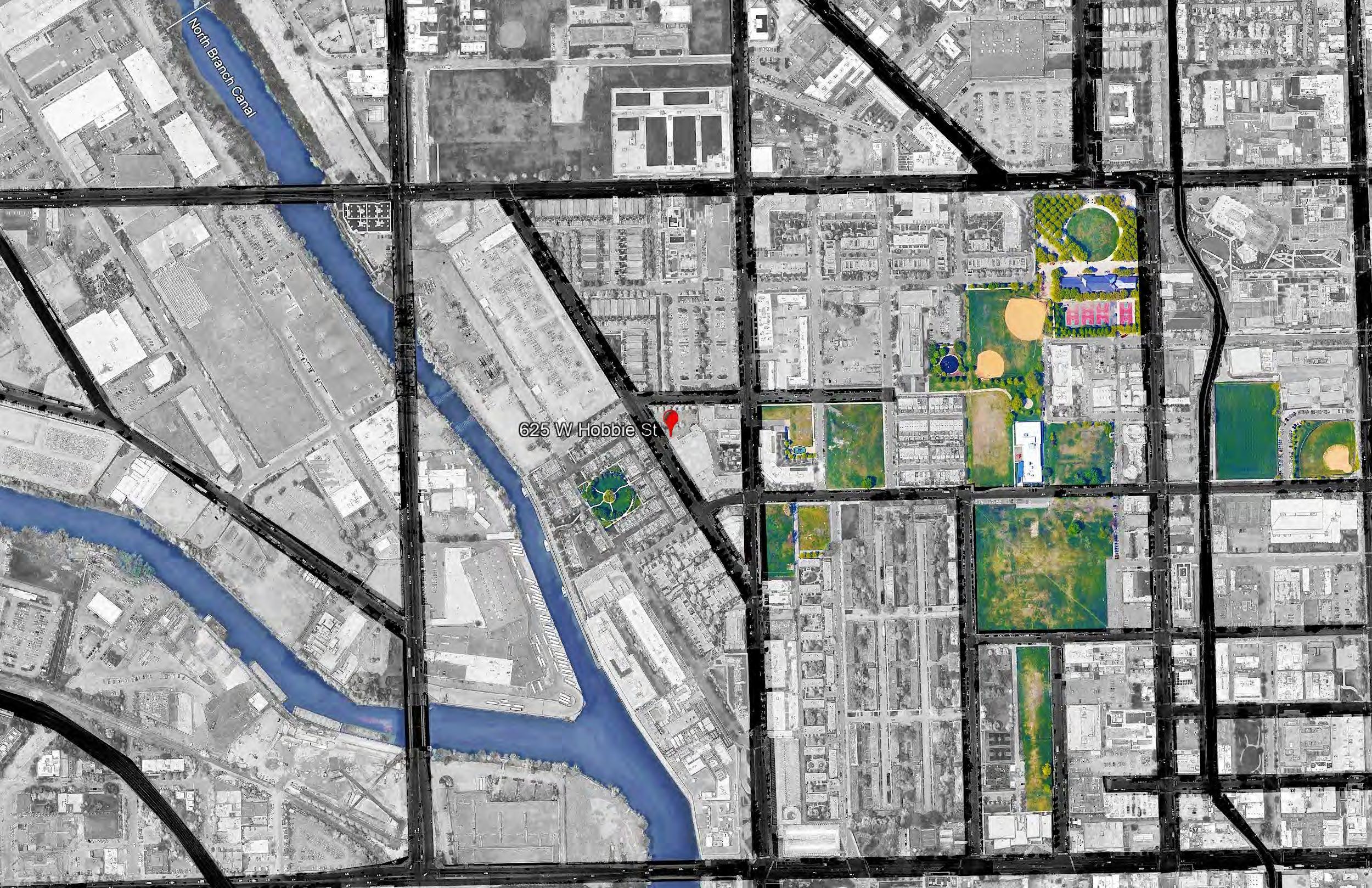
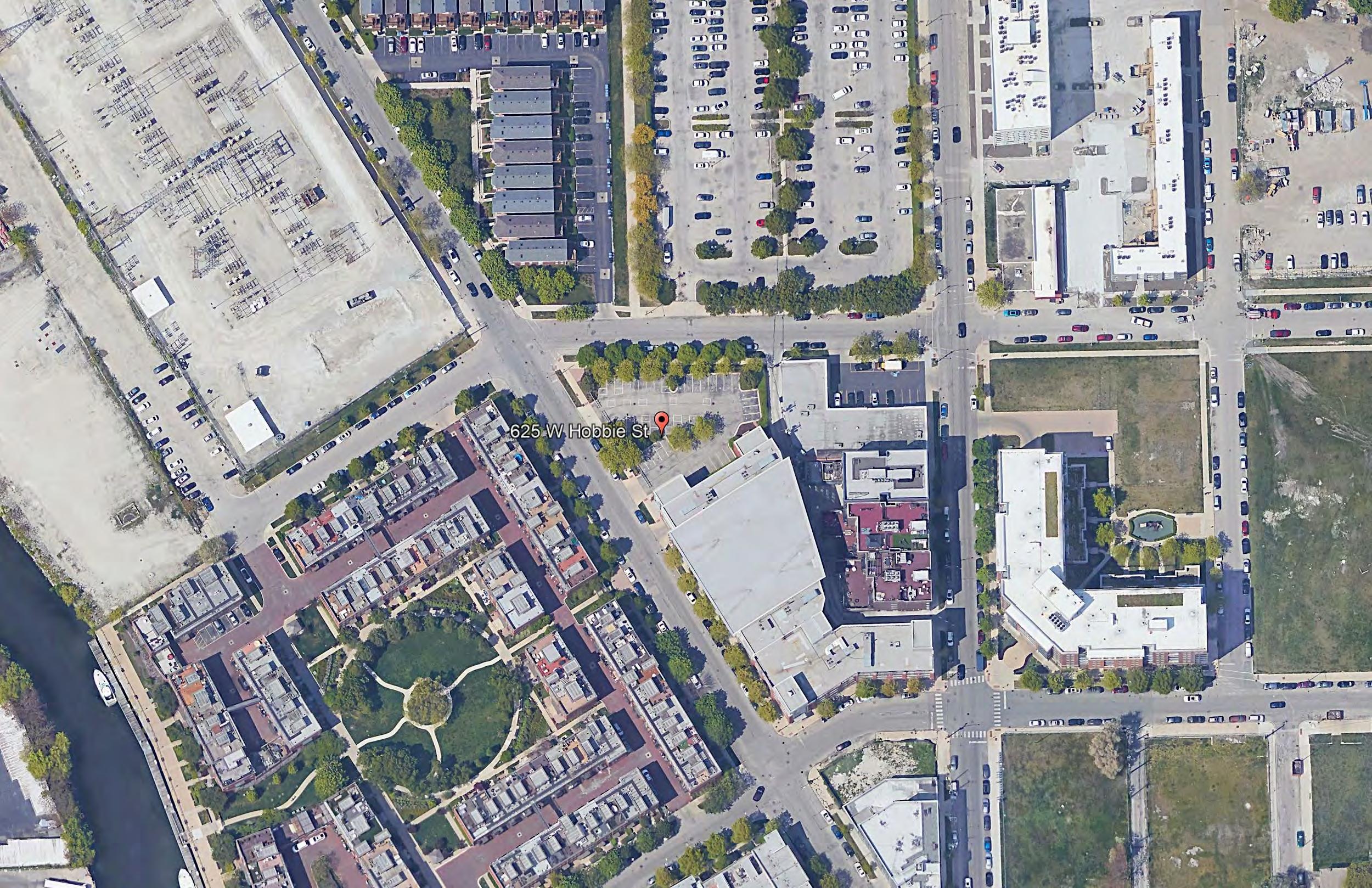

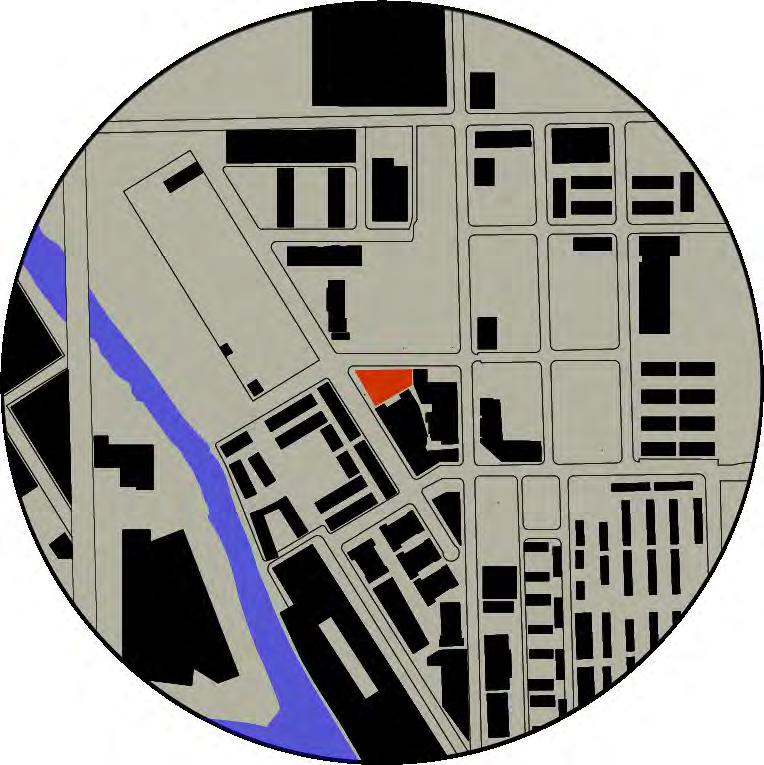
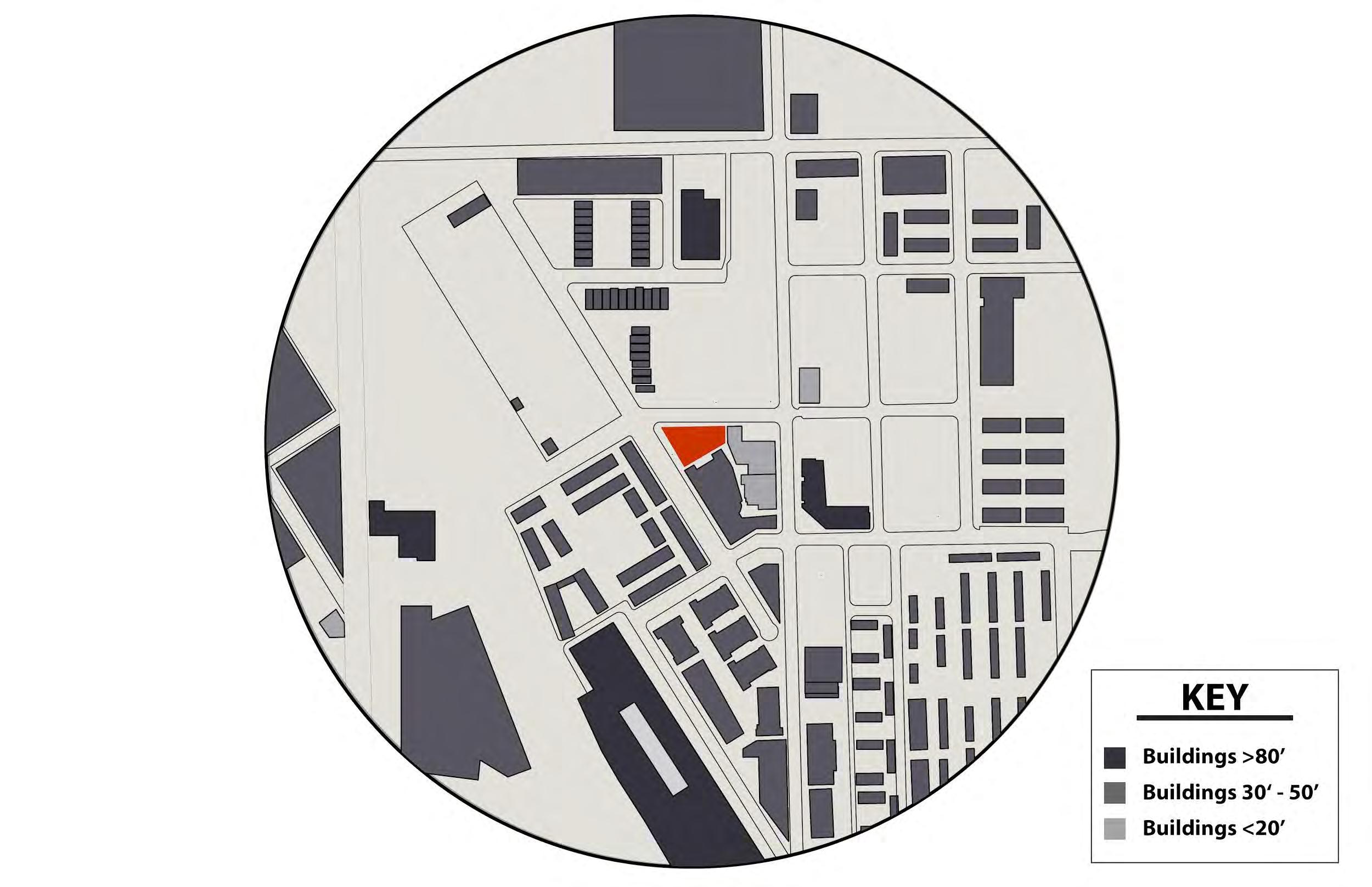

Vegetation

Evergreen Trees:
Trees that retain their green leaves throughout the year
Struggle in Chicago, very uncommon
Types in Chicago: White Pine Arborvitae Juniper

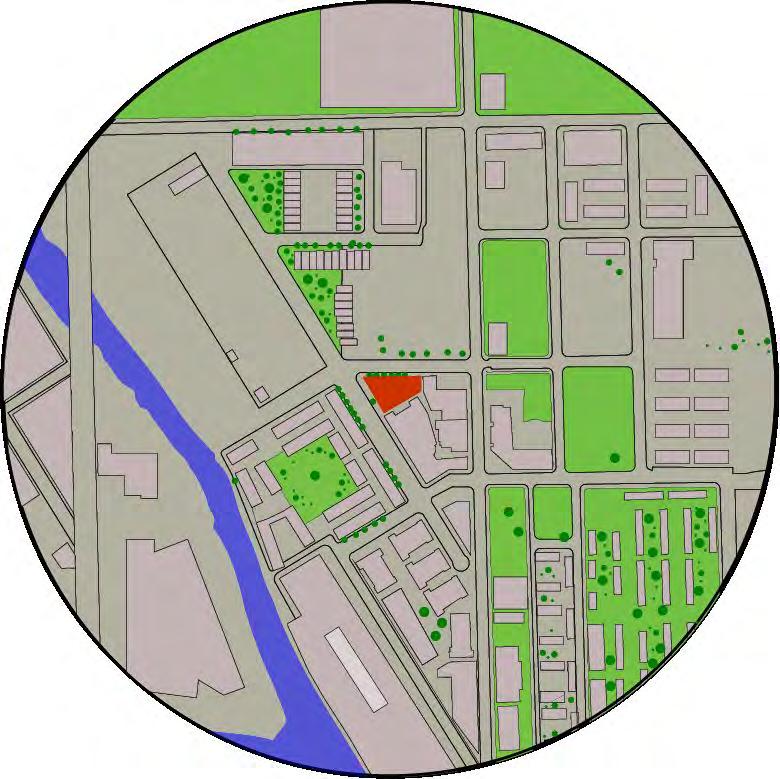
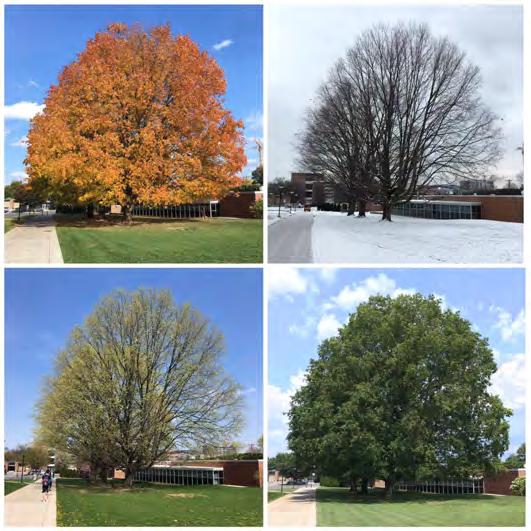
Deciduous Trees: Trees that shed their leaves in Winter
Cover 15% of Chicago
Types in Chicago: European Blackthorn Green Ash Boxelder Black Cherry American Elm




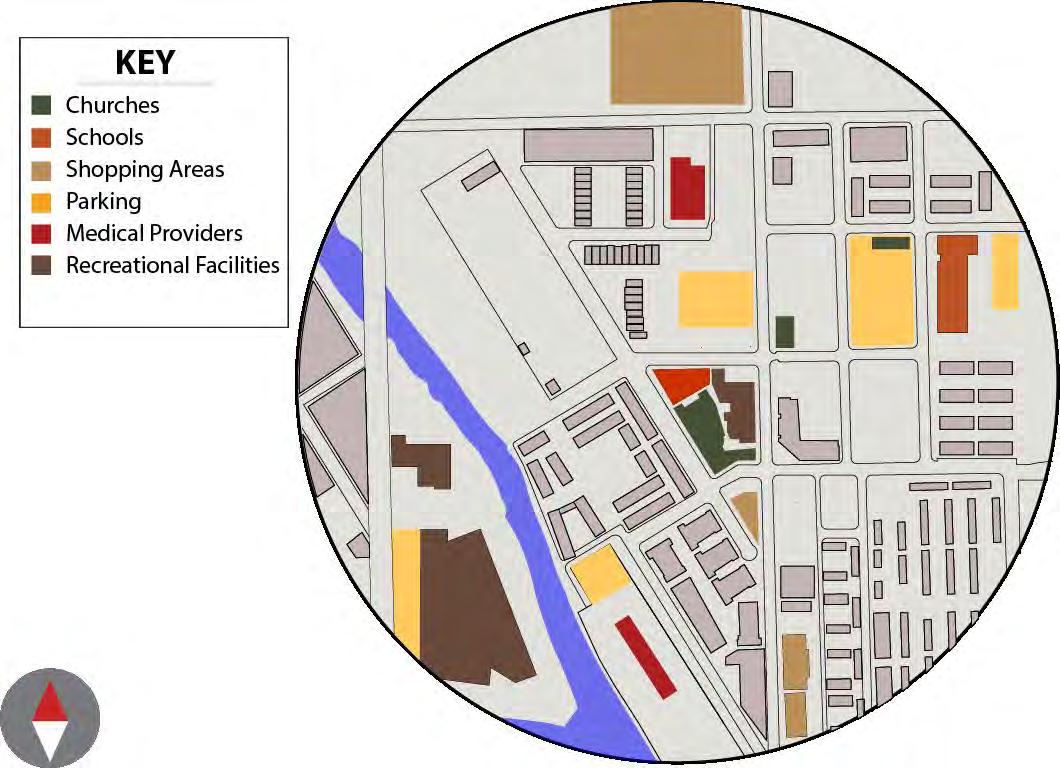


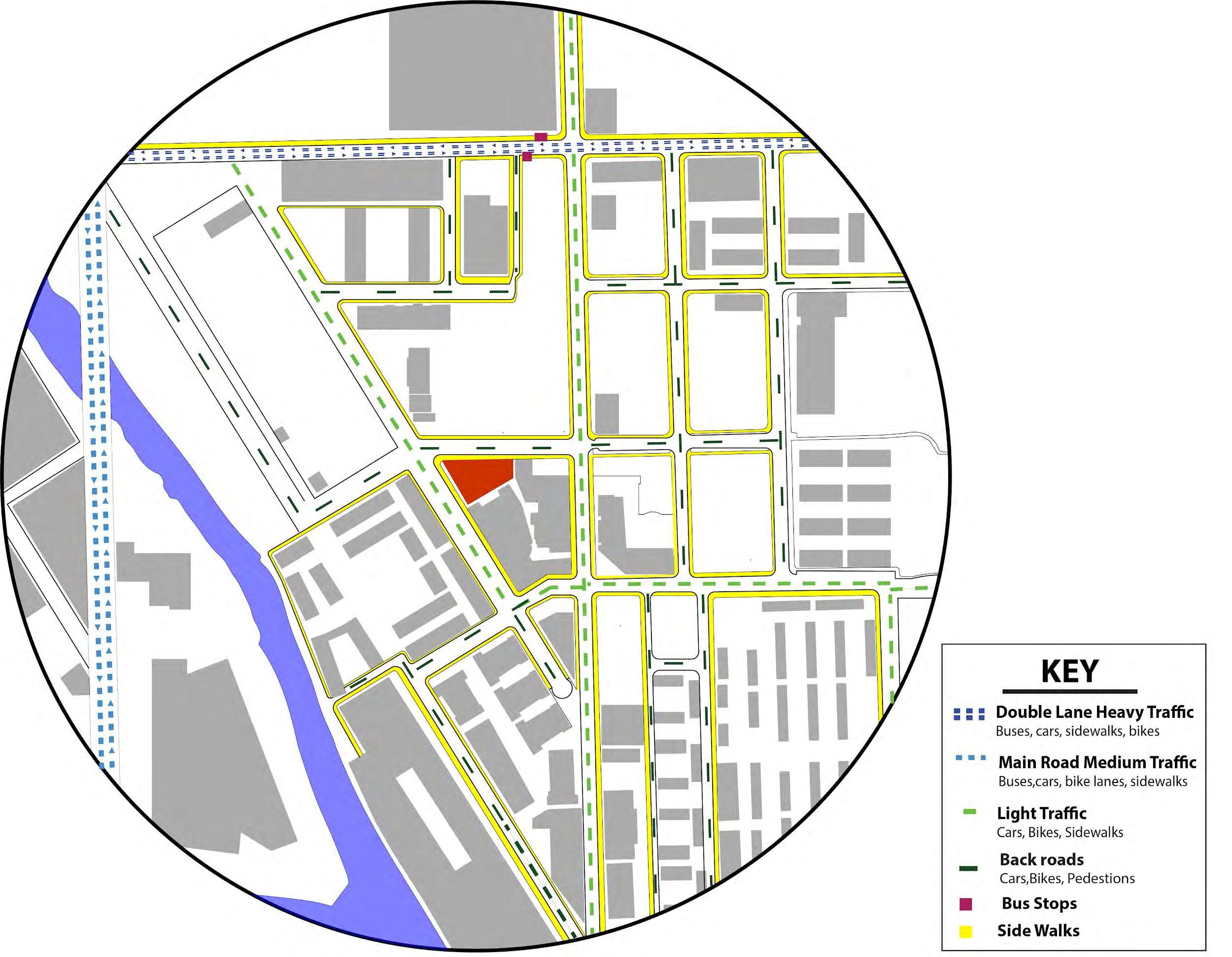

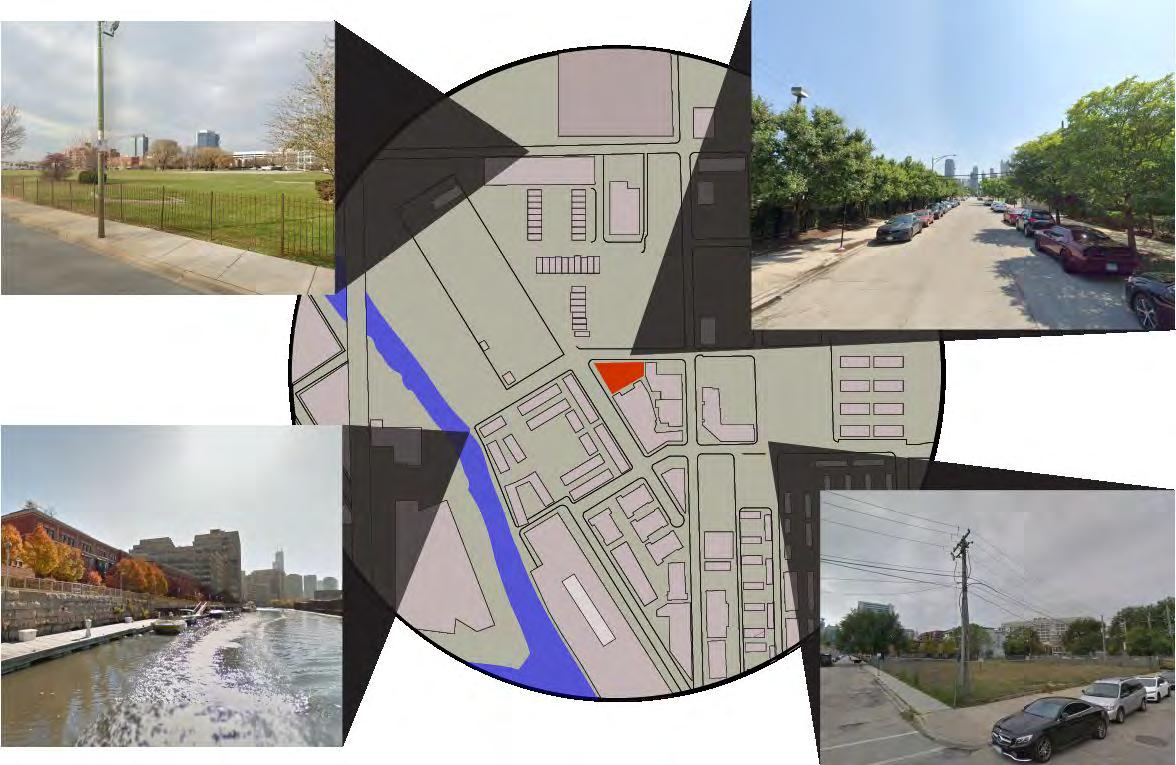
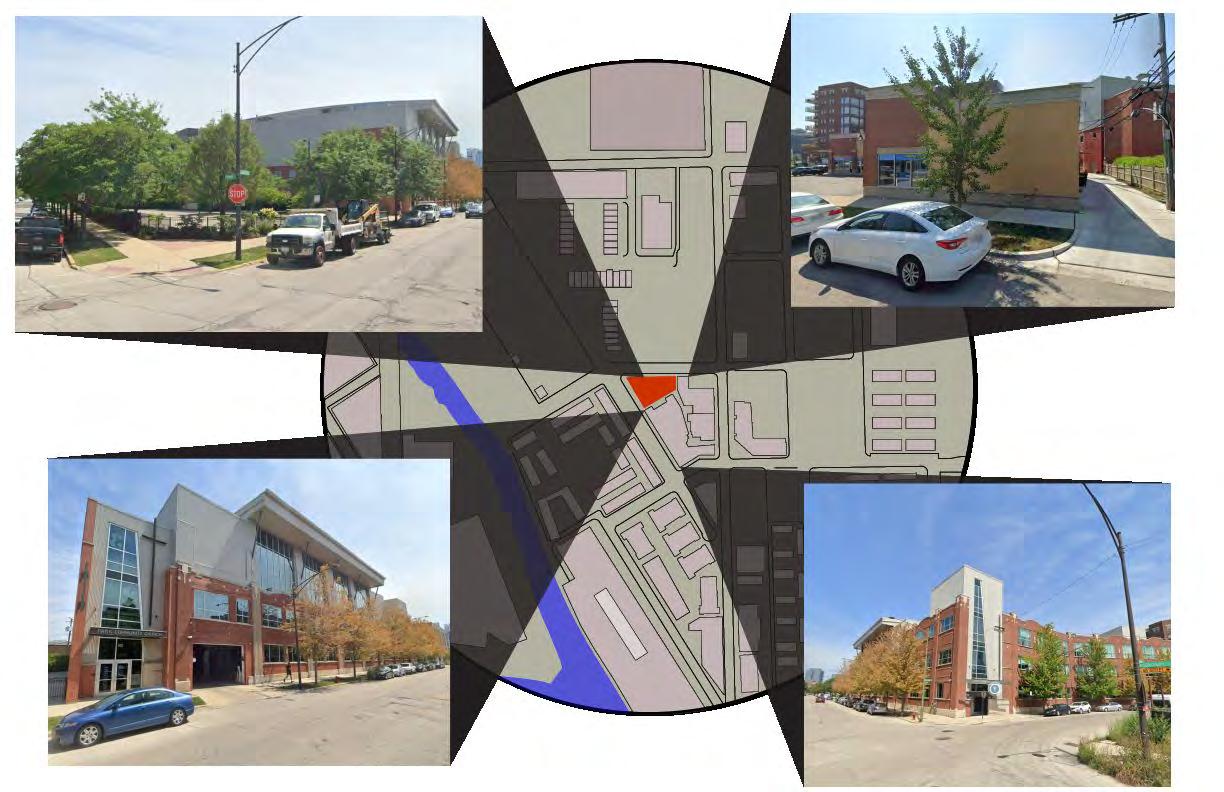
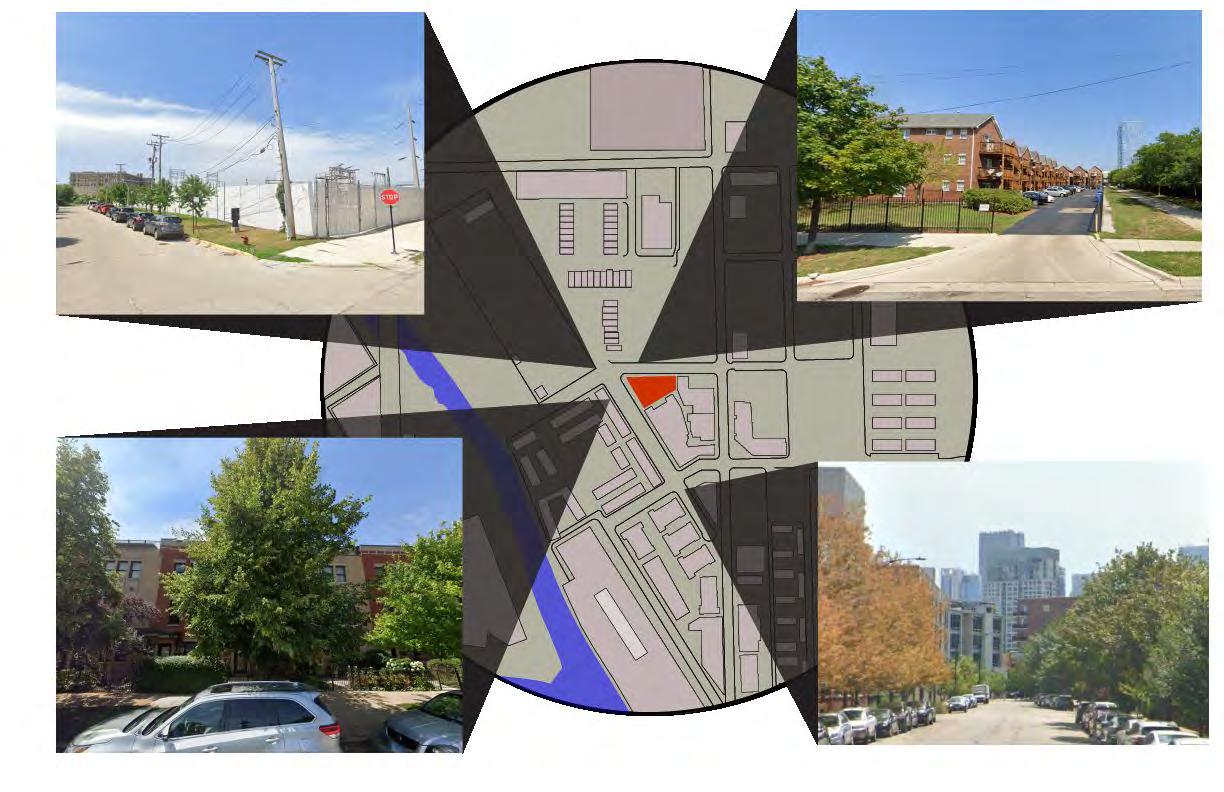
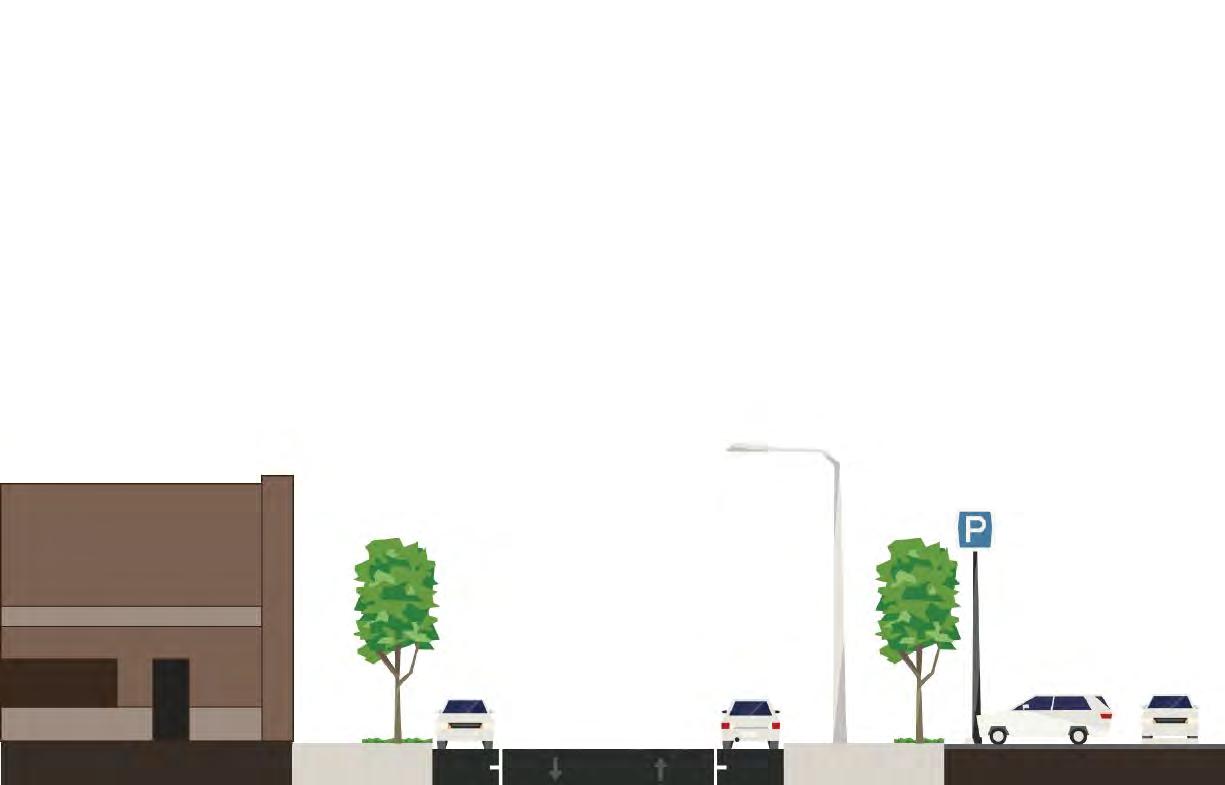
W. HOBBIE STREET
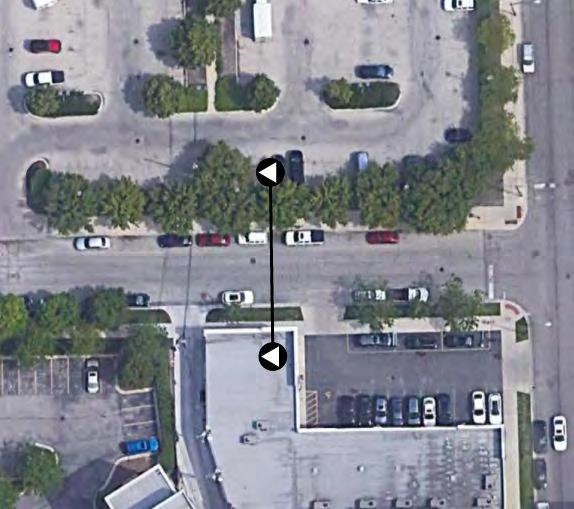
Climate Consultant - Temperature Ranges
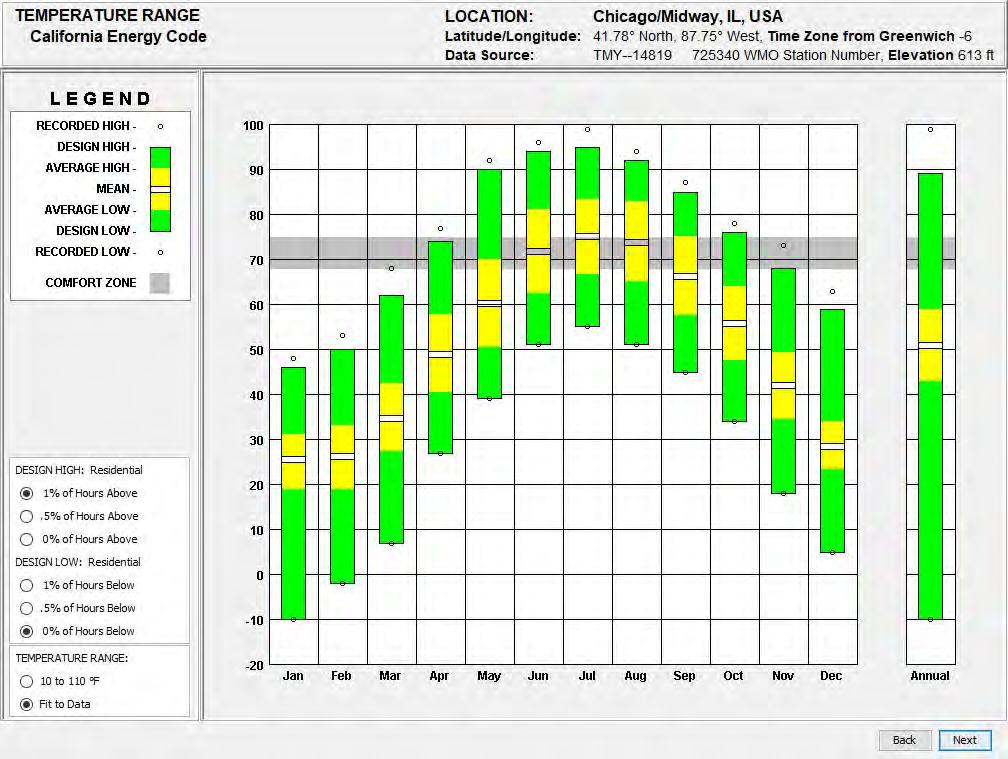
In Chicago, the annual average temperature is at a relatively cool 50 degrees. With bitterly cold winters as a result of strong wind chills, it is no surprise that year-round, the average temperature is so low.
WINTER:
The average lows were around 20 degrees, with outliers dropping well below 0 degrees. Average Highs rarely broke 30 degrees until March.
SPRING:
Chicago’s temperatures steadily increased over the season, with average lows of 30 degrees, to average highs up to 70 degrees.
SUMMER:
Chicago’s warmest month, with average lows of 65 degrees, and average highs near 90 degrees.
FALL:
A steady decline in temperatures, returning Chicago to its notorious winters. With average lows between 60 degrees, and 30 degrees, and average highs between 75 degrees and 40 degrees.
Overall, it appears that it is very important to design for Chicago’s broad temperature ranges, where the city experiences extreme colds, but also occasional record-breaking heat.
Climate Consultant - Sun Shading Chart
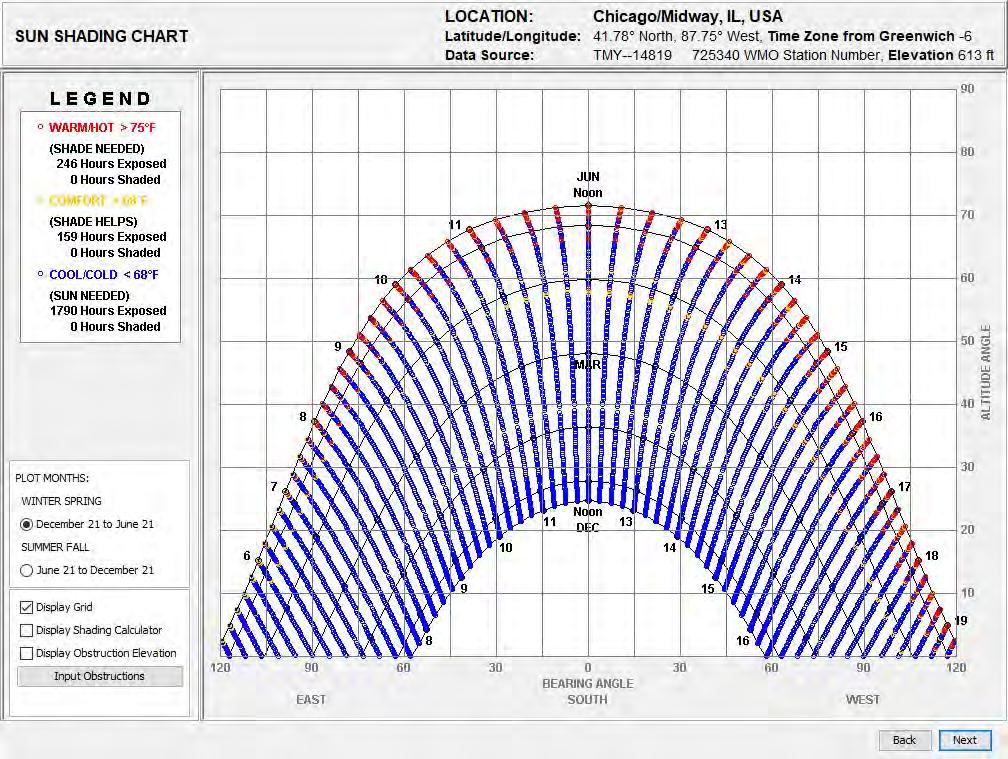
December 21-June 21


From December to January, buildings require plenty of sunlight since the vast majority of the days are cooler than 68 degrees. It is very important to orient the building on the site to take advantage of as much sunlight as possible.
From June to December, the amount of shade needed is about even with the need for solar gain, meaning that if a shading device were added to the building, it would need to accommodate both conditions relatively equally.
June 21 - Dec 21
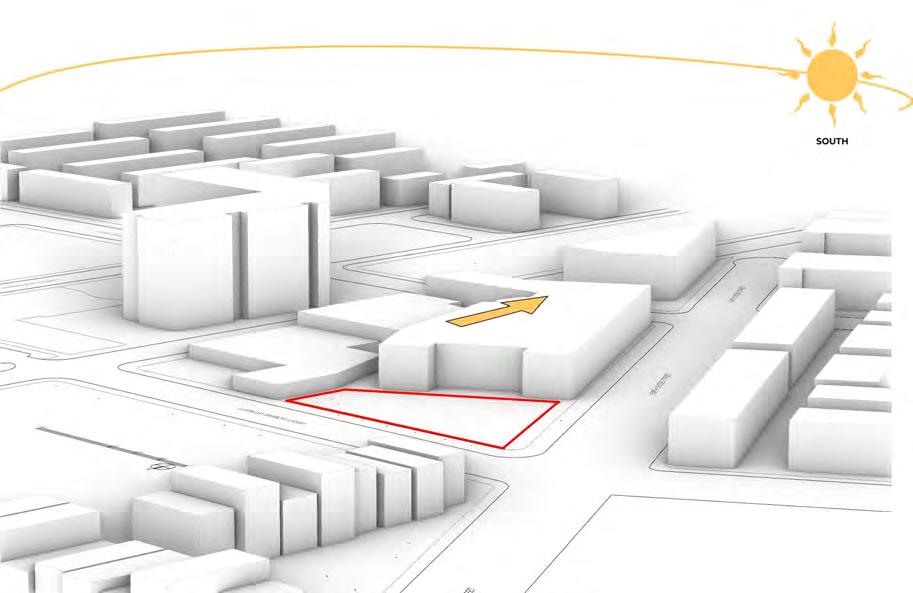
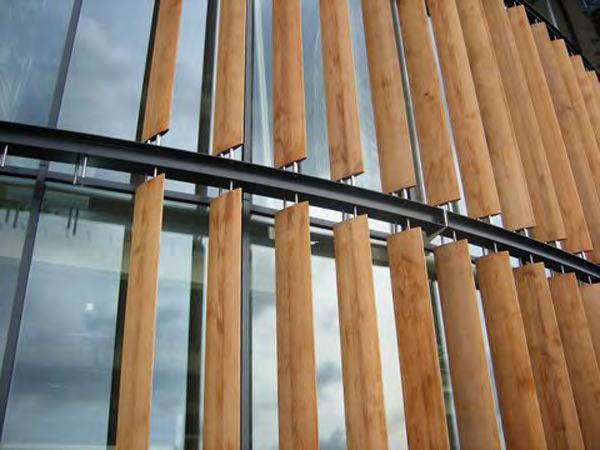
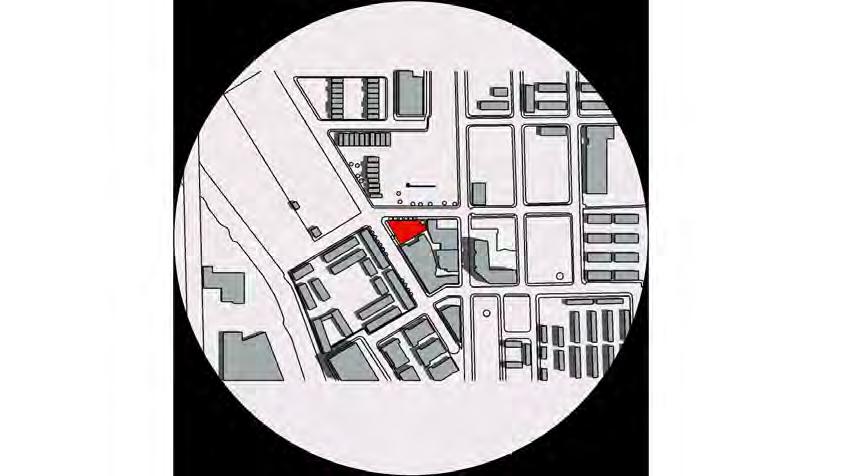
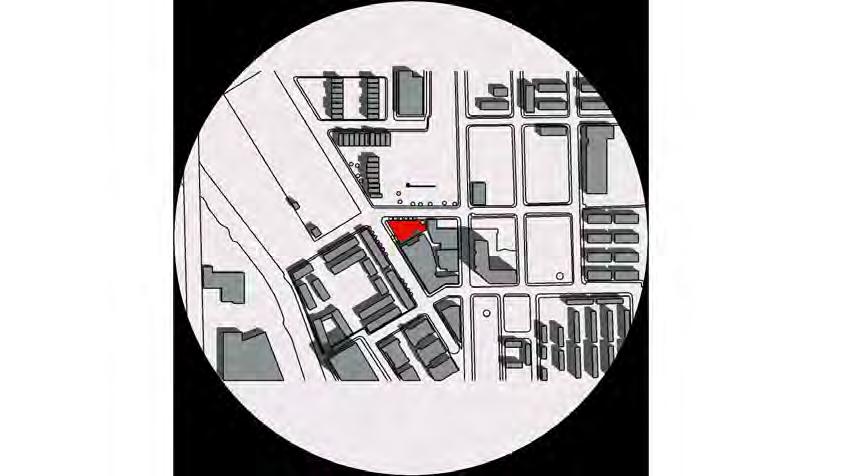

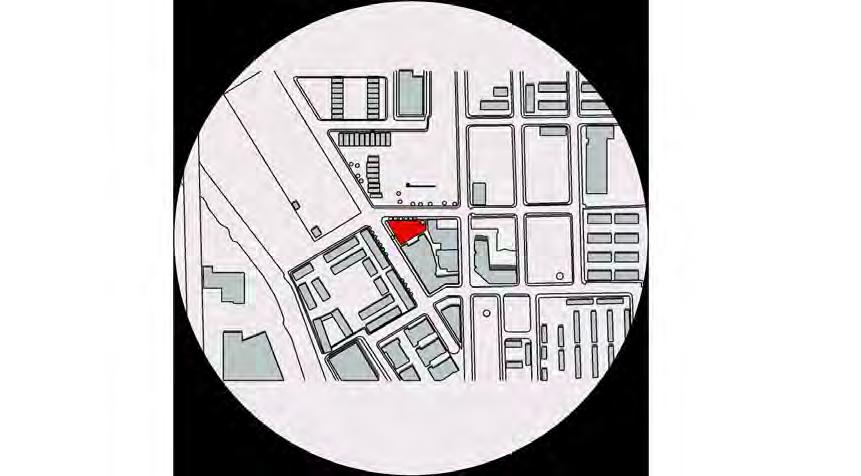

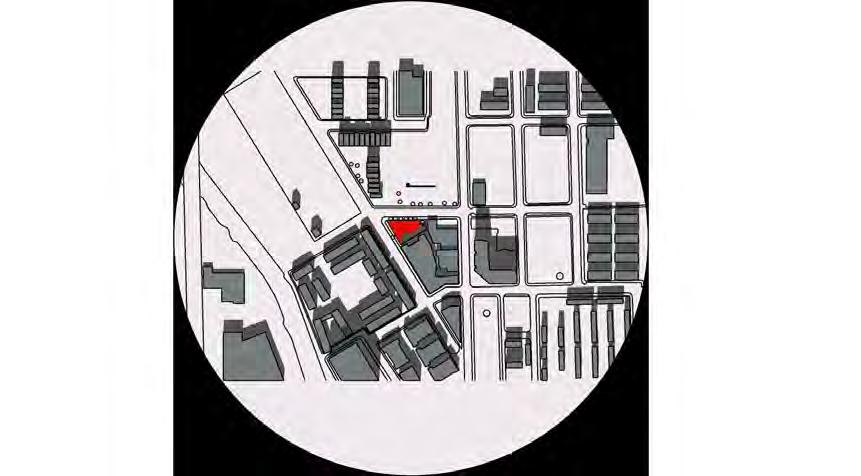
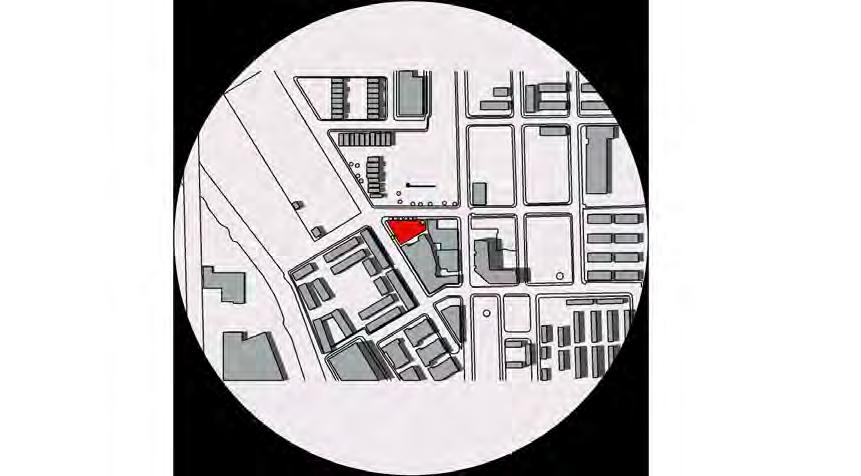


Climate Consultant - Prevailing Winds Year-Round
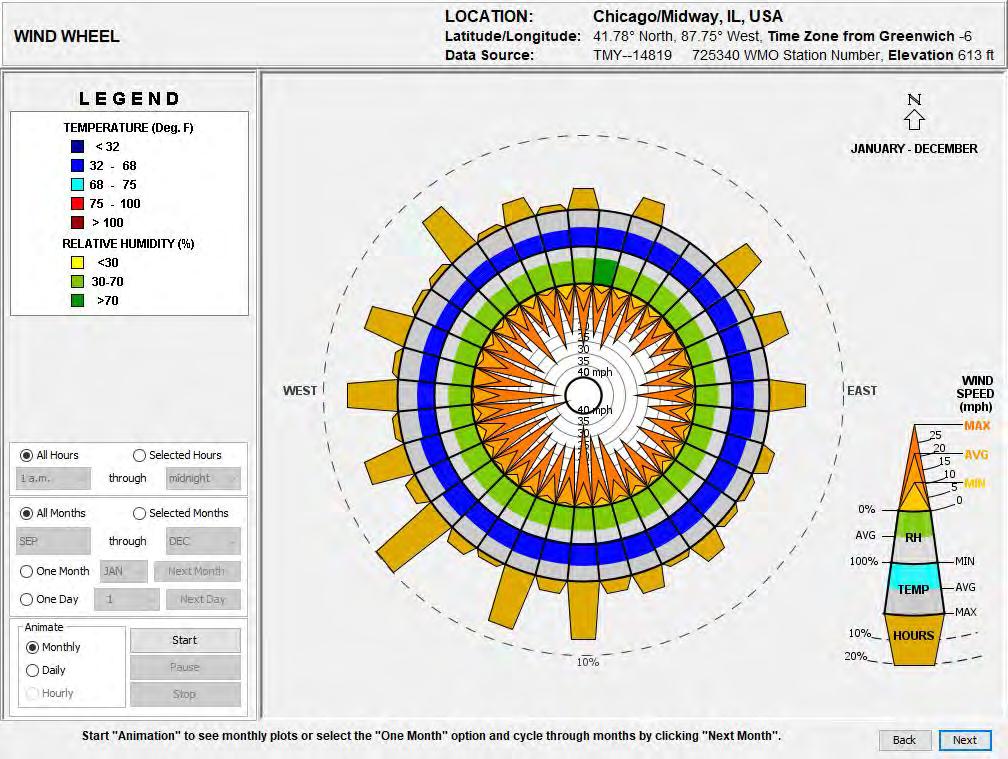
Year-round, Chicago experiences wind seemingly from all directions. The two most prominent directions are from the Northwest, and the Southwest. This means that in the summertime, ventilation can be utilized as a passive strategy to mitigate the warm temperatures. However, in the winter, the harsh cold winds that Chicago is known for will be coming from the northwest, so it is important to shield the building on the site from that direction.

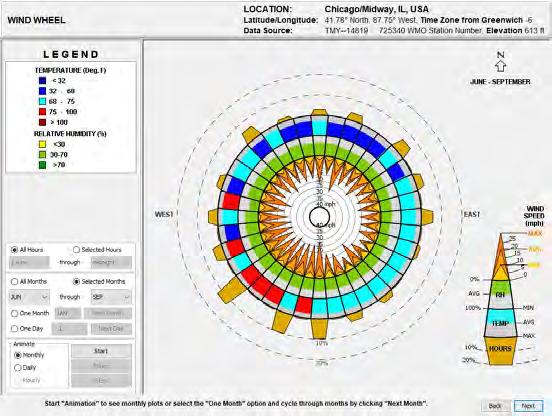
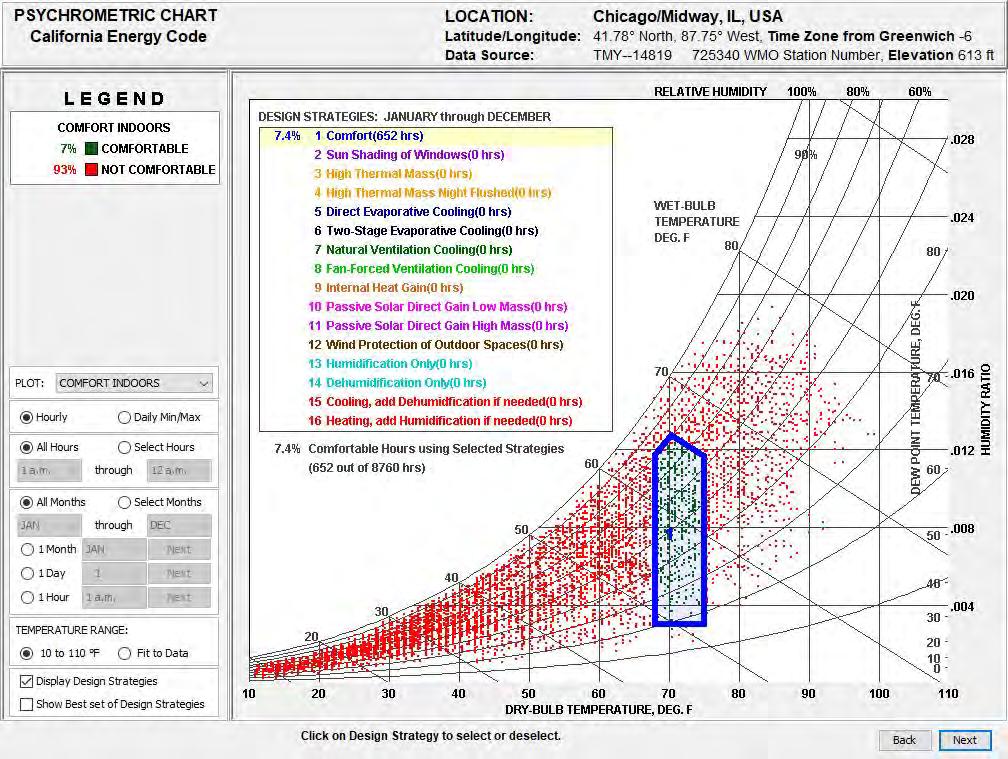
Without any Design Strategies to help keep indoor comfort levels, Chicago is a majoritively uncomfortable place to live year round. With only 652 out of 8760 recorded hours lying in the comfortable range for Dew Point Temperature and Dry-Bulb Temperature, it is clear that there is a necessity for effective design strategies
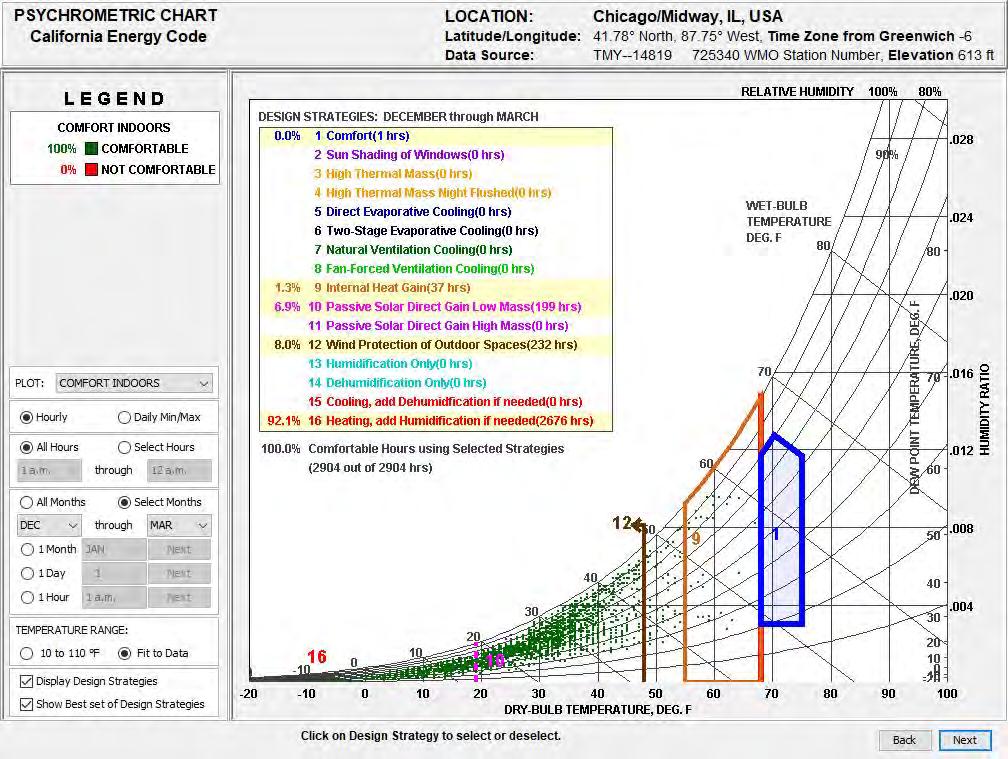
Climate Consultant - Seasonal Psychrometric Charts
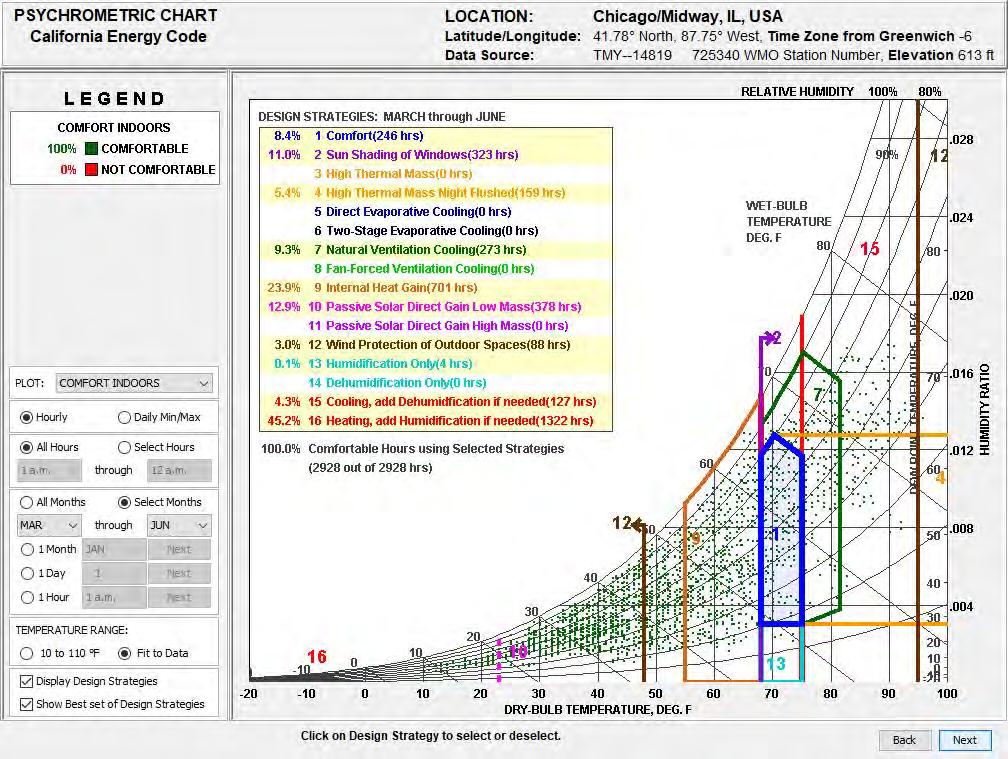

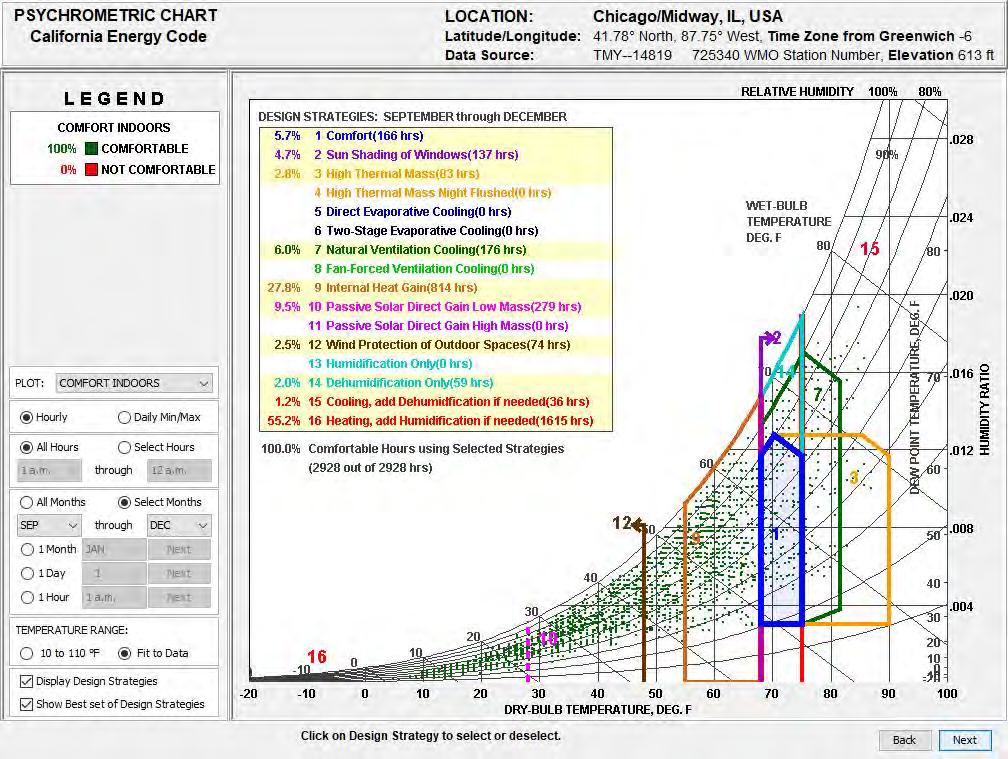
Year-round, Chicago is a relatively uncomfortable place to live in with regards to humidity and dry-bulb temperatures. It is important to use passive design strategies that can help mitigate comfort from season-to-season…
WINTER
Brutal Chicago winters. The most effective method is HVAC heating and cooling to maintain comfort within a building. Wind Protection and Passive Direct Solar Gain are the other methods, which require little energy cost.
SPRING
In the colder months of spring, HVAC heating and Internal Heat Gain are the best options. As Chicago warms, Natural Ventilation and a transition to Sun Shading is important to manage occasional warm days without the need of air conditioning.
SUMMER
Chicago’s warm summers eliminate the need for heating, where Natural Ventilation and Sun Shading take precedent in order to cool the building. For internal comfort on colder nights , Internal Heat Gain is best.
FALL
As Chicago returns to winter, the need for HVAC Heating and Humidification is needed. Internal Heat Gain is still effective for the early fall months where it is not too cold to require artificial heat.
Climate Consultant - Passive Strategies
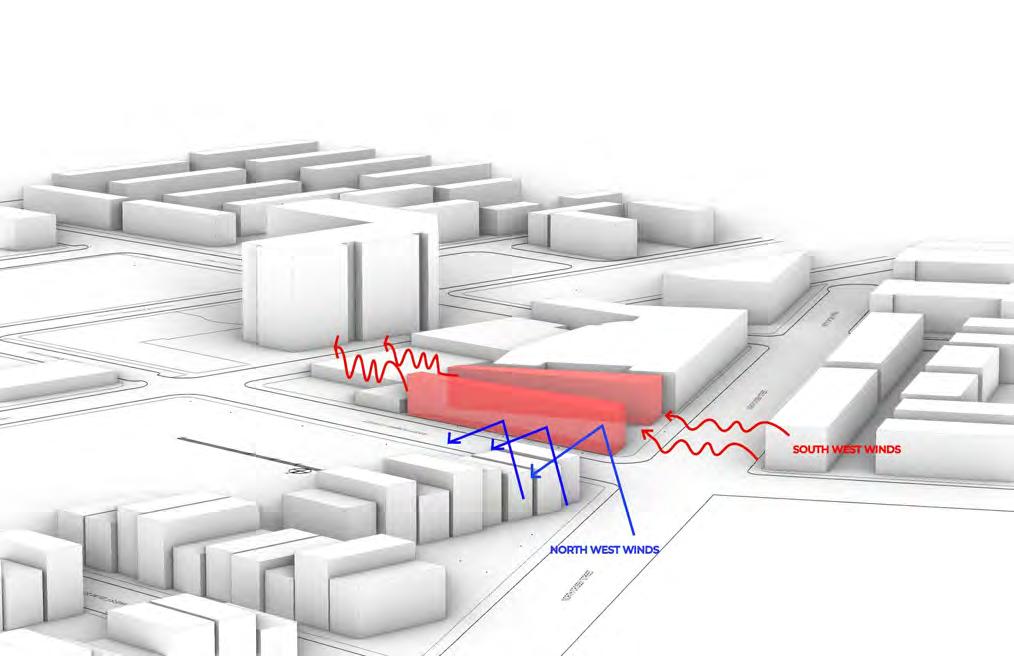
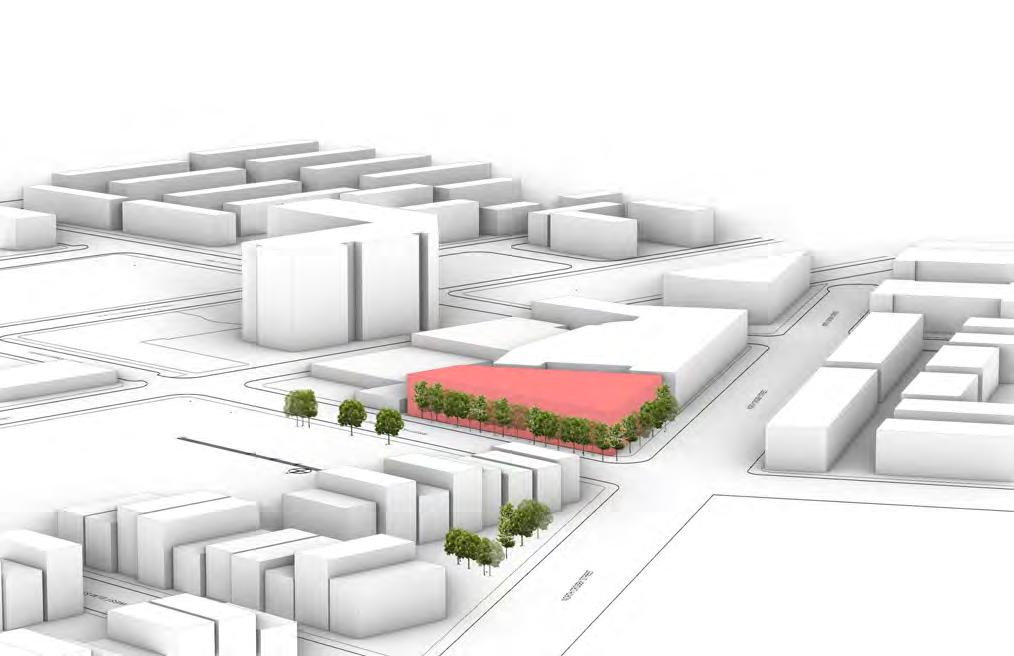
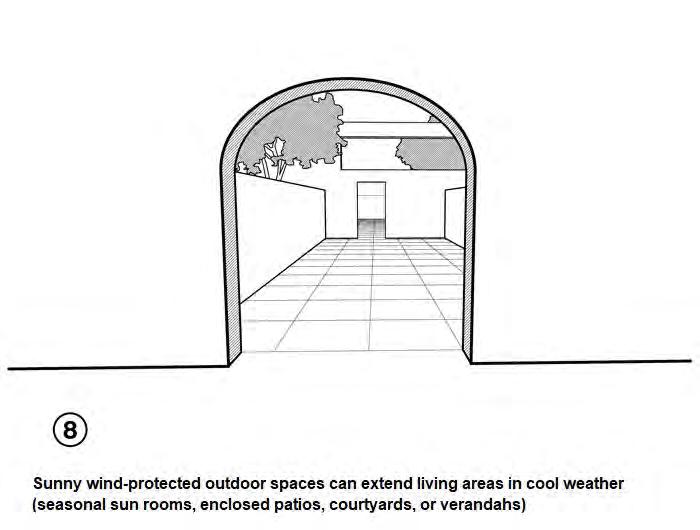
There are many design strategies that could effectively heat or cool the design depending on the comfortability needs. Overall, it seems that building orientation with regards to sun exposure and wind protection is the most important, followed closely by natural internal heat gain, and the use of deciduous trees that drop their leaves depending on the season, allowing in more light in the winter.
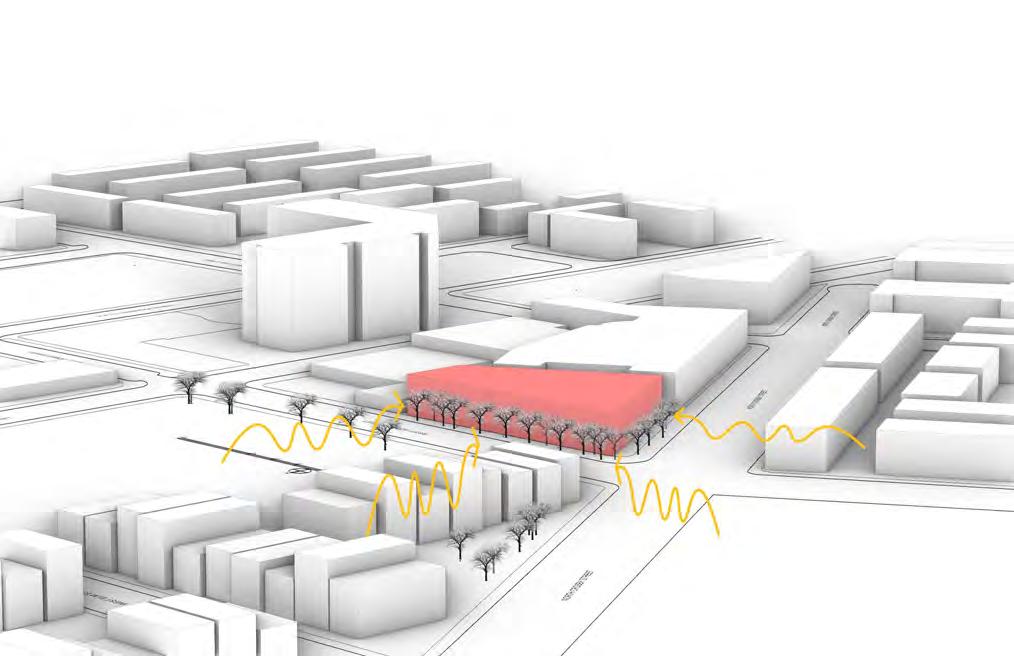

The population density of the immediate site is relatively low compared to the surrounding radius. With roughly 5000-7000 people per square mile around the site, development should be relatively unobtrusive to the surrounding population.
Demographics - Social Explorer

Within the confines of our site, the median age is roughly 30-35 years old. If we are to design a multi-generational housing complex, we should consider the surrounding population to look at who we are designing for.
Demographics - Social Explorer
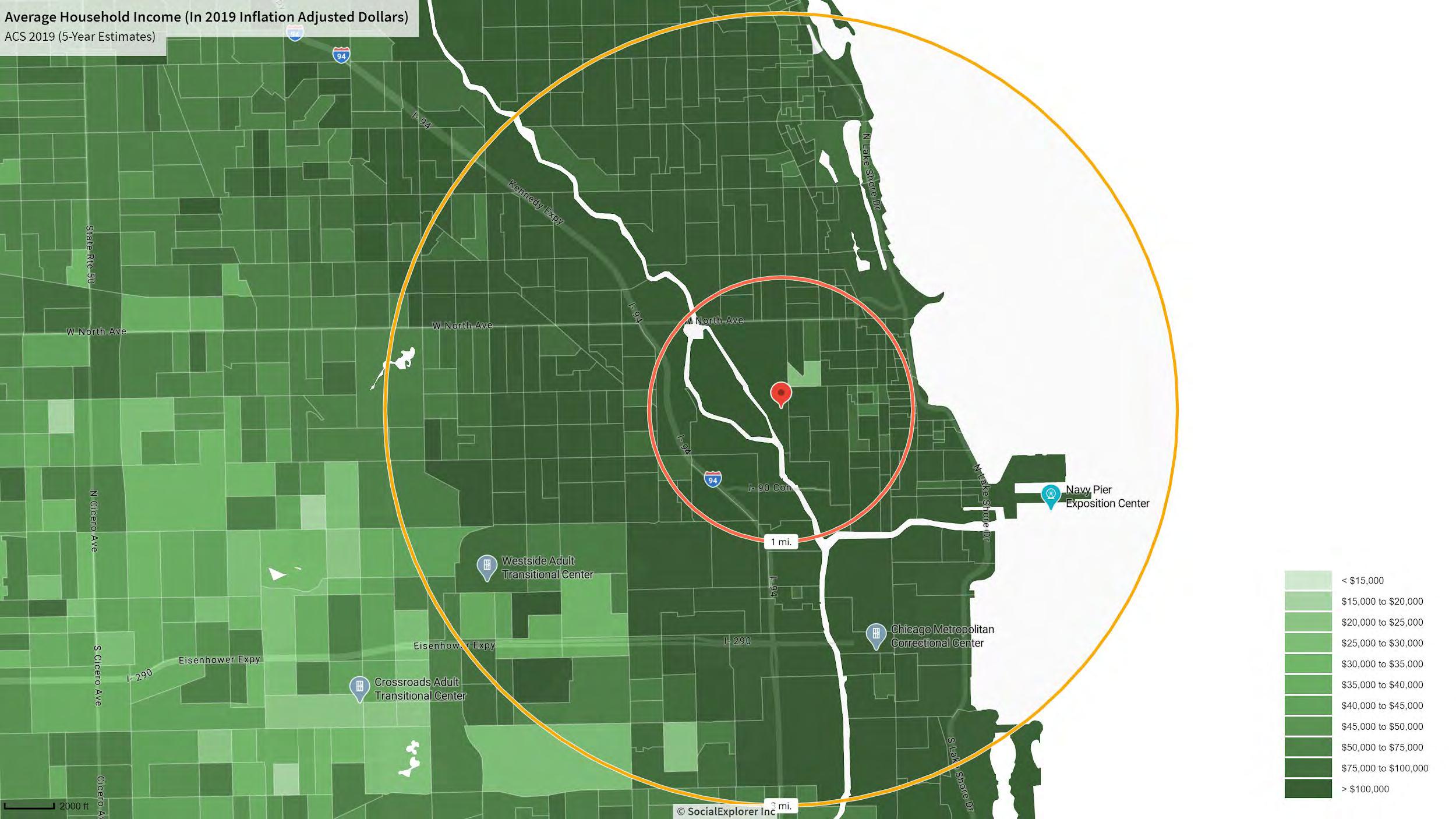
The average household income of the immediate radius is between $75,000 to $100,000, meaning the area is a relatively middle class section of Chicago. Just beyond the radius of the site, average income levels drop to below $15,000 in some areas. This is interesting when considering the history of the site, as the gentrification of the area drove out lower income families.
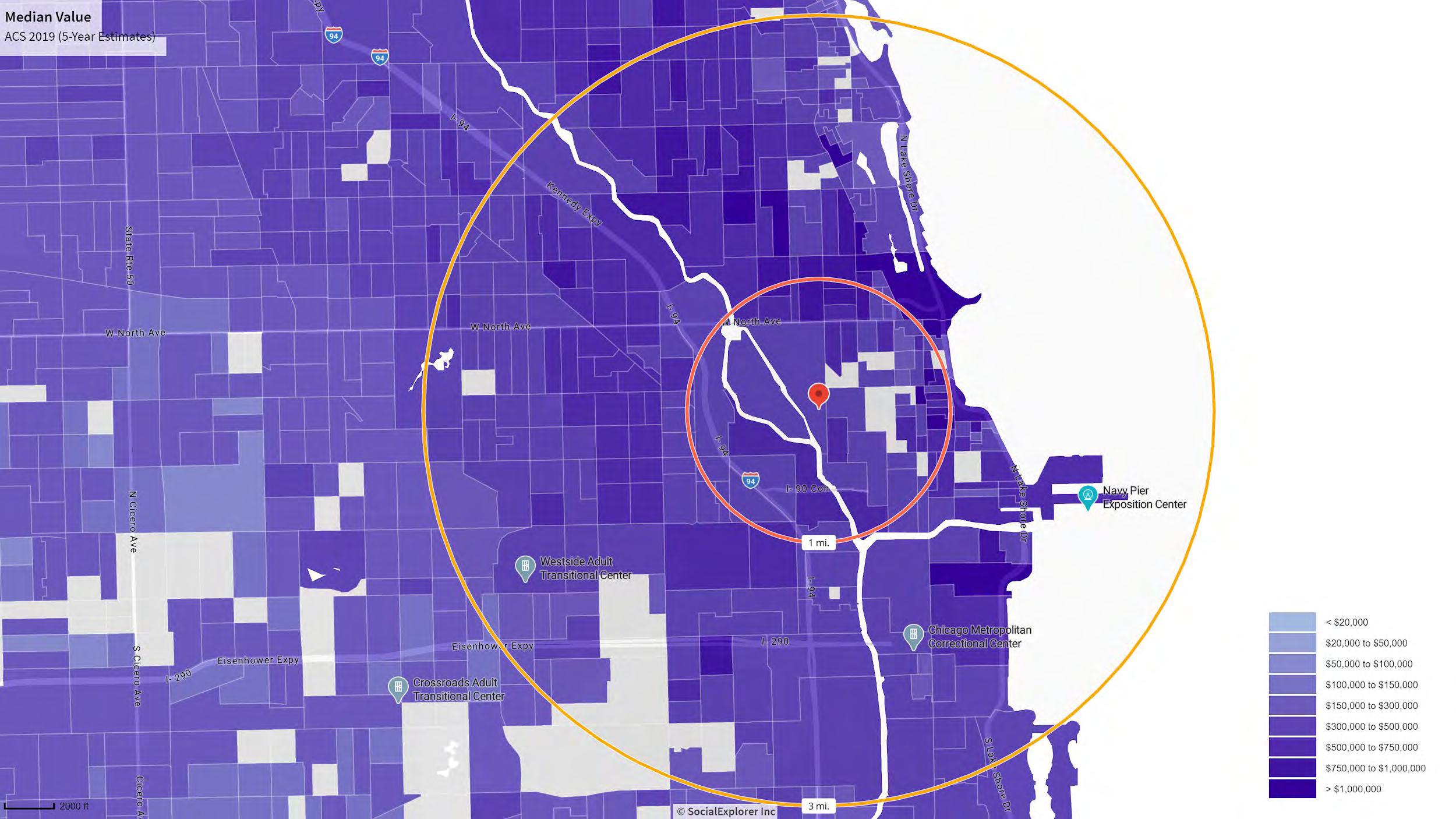
The median value of homes in the area are relatively uniform throughout, lying at around $300,000 to $750,000. Again, just beyond the borders of the site, certain areas most likely have affordable housing complexes, where some locations have median home values of less than $20,000.
Demographics - Social Explorer
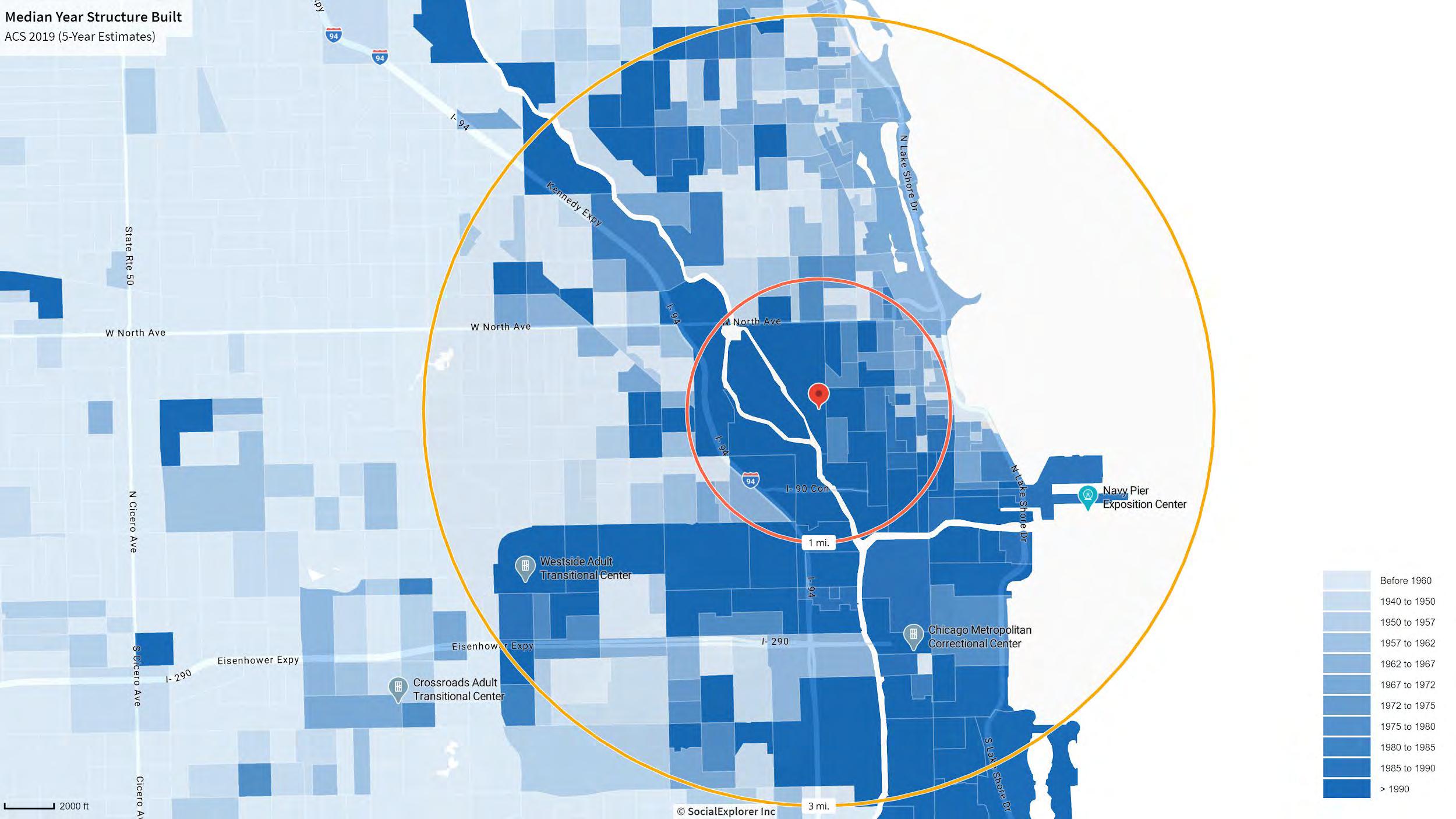
With regards to modernity in the immediate site, the area is relatively new with its construction. Most buildings were constructed after 1990, making it a recently developed area. This will make designing on the site relatively easy with regards to integration into the urban fabric
Conclusions
Ultimately, Chicago is one of the most interesting cities for development. As the historical epicenter of the modern skyscraper, rich in architectural history and cultural phenomena, Chicago is the perfect place for new development to be brought in. With regards to our site, our area acts as a focal point within its ¼ mile radius. With dense urban fabric and housing developments to the south of the site, and sparsely developed areas to the north, there is ample room for new development and the possibility of merging these two conditions.
With vegetation and green spaces radiating around the site, there is an opportunity to utilize these spaces to the fullest potential, and to integrate a design into the neighborhood program, as well as to meet the circulatory needs of the area.
With regards to climate, Chicago is a difficult place to live comfortably, as the overall temperature and humidity levels leave few opportunities for comfort year-round. Strong northwest winds in the colder months let Chicago live up to its name as the “windy city.” Ultimately, there needs to be significant consideration into passive strategies that the design can incorporate in order to prioritize internal comfort. There are many possibilities, especially with the use of the surrounding deciduous vegetation for shading and permitting sun, intentional building orientation to absorb the southern sun, allow cross ventilation, as well as avoid the northwestern winds.
This site is most ideal for a multi-generational housing complex mainly because of the impactful history of the area, as well as the current condition of the site. The history of the Cabrini-Green developments and eventual destruction are incredibly important to the future of the site, as we are left with a choice in our design. Current demographic maps show that this once dilapidated and poverty stricken area is now prospering with the gentrification of the surrounding area. Since the destruction of the housing projects that harbored immense levels of crime and violence, officials of Chicago have driven out lower-income families to the outskirts of the city. On the one hand, West Hobbie Street is no longer the “murder capital” of America, yet the removal of these families and a growing wealth gap has marked a stark divide within the urban fabric of Chicago.
Ideally, this multi-generational housing complex will be able to redefine what housing projects could be, all in order to diminish income inequality for the sake of integrating all types of people regardless of economic conditions.





Professor: Olga Mesa
ARCH 214 Architectural Design Core Studio IV
Spring 2022
Place and Dwelling with Others Multigenerational Housing Complex
When designing for this project, it was important to consider that this site in Chicago is historically charged. At one time, this area of Chicago was known as the murder-capital of America as a result of the aggregation of low-income families into what was known as the Cabrini-Green housing projects.
Initially meant to provide quality affordable housing to the growing population, the Cabrini Green was a step in the right direction towards integrating low-income families into the urban fabric. Although, it ultimately was a catastrophic failure because of its strict isolative nature as an immense monolith housing complex, cutting off its surrounding environment, leading to the harboring of gangs and other illegal activity with its opaqueness.
The driving goal for this multi-generational housing complex is to explore the rich potential for what affordable housing can be in Chicago. Living multi-generationally can bring economic, as well as build familial and social relationships. Through utilizing the housing-block concept, this project aims to add transparency within the complex. With the addition of various nodes of interaction (both indoor and outdoor) between dwellings, a community can naturally develop without the isolative nature of the connotation of affordable housing. Through climate analysis, historical context, and transparency, this project aims to reinvent the concept of affordable housing.
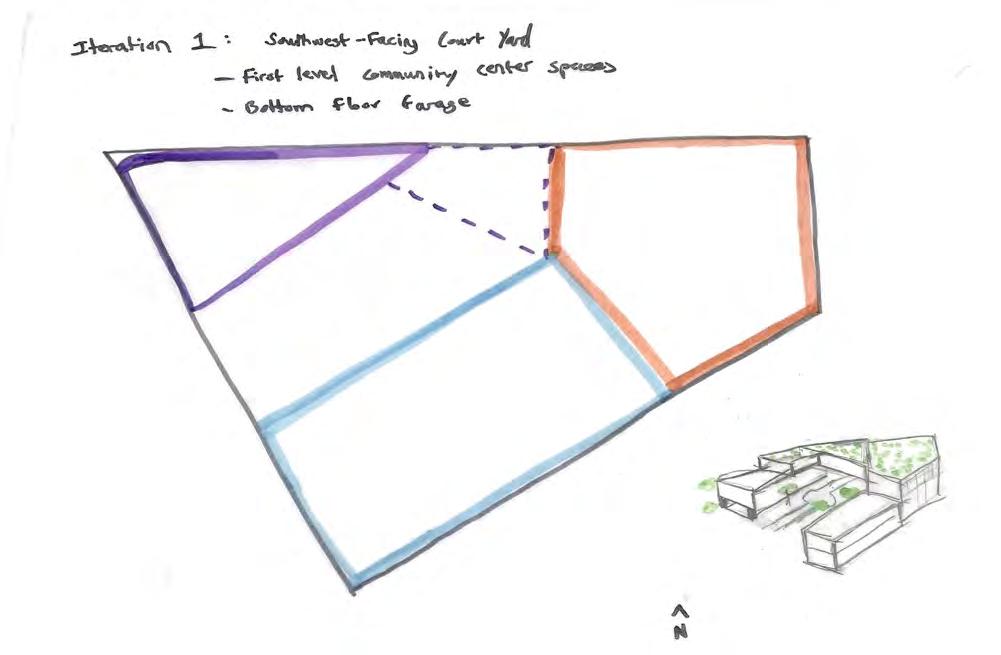
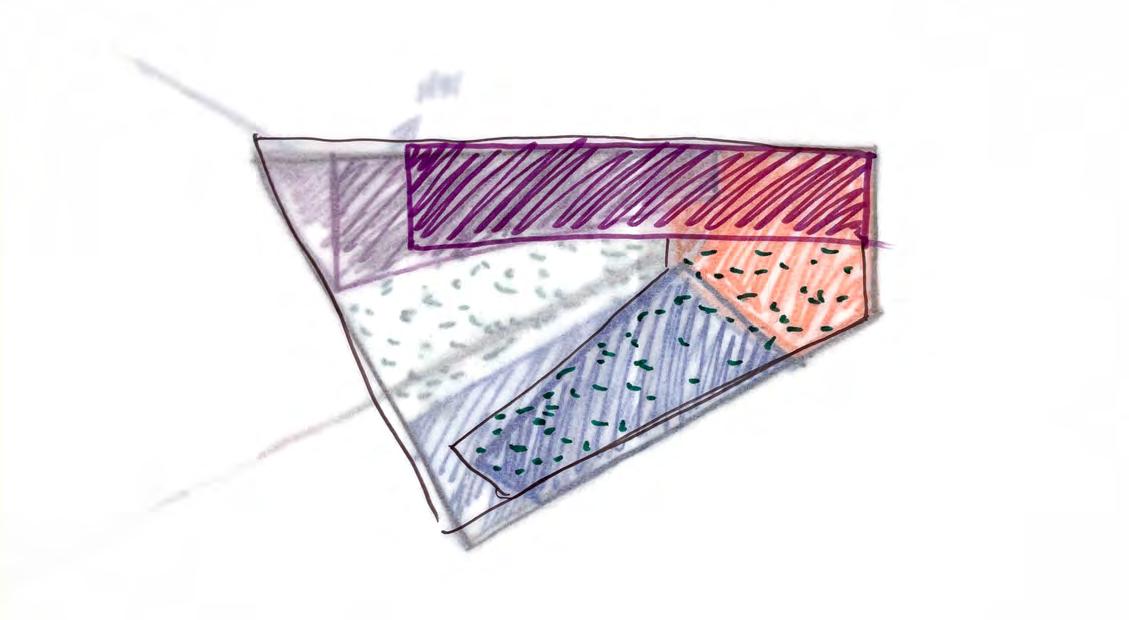


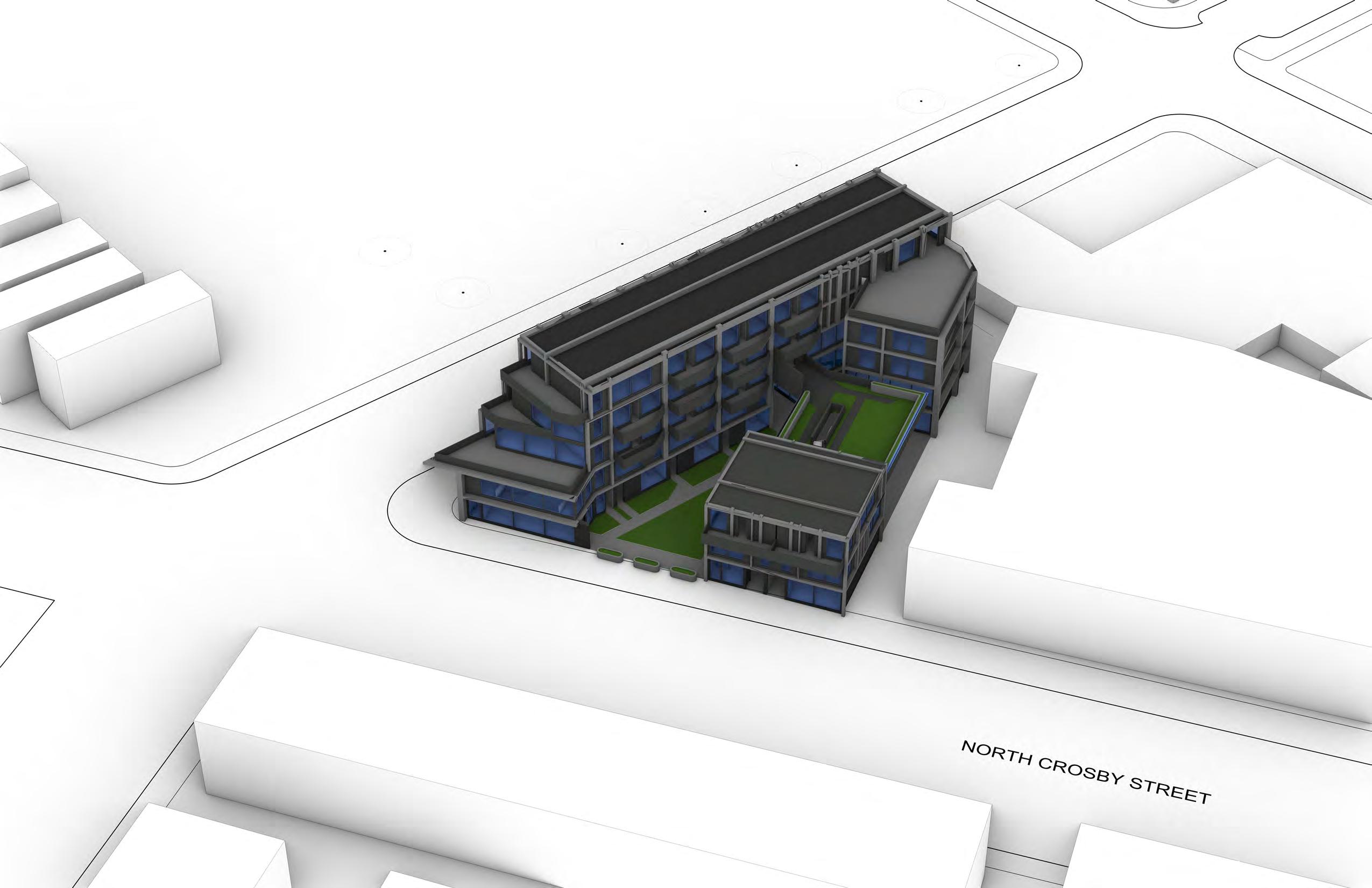
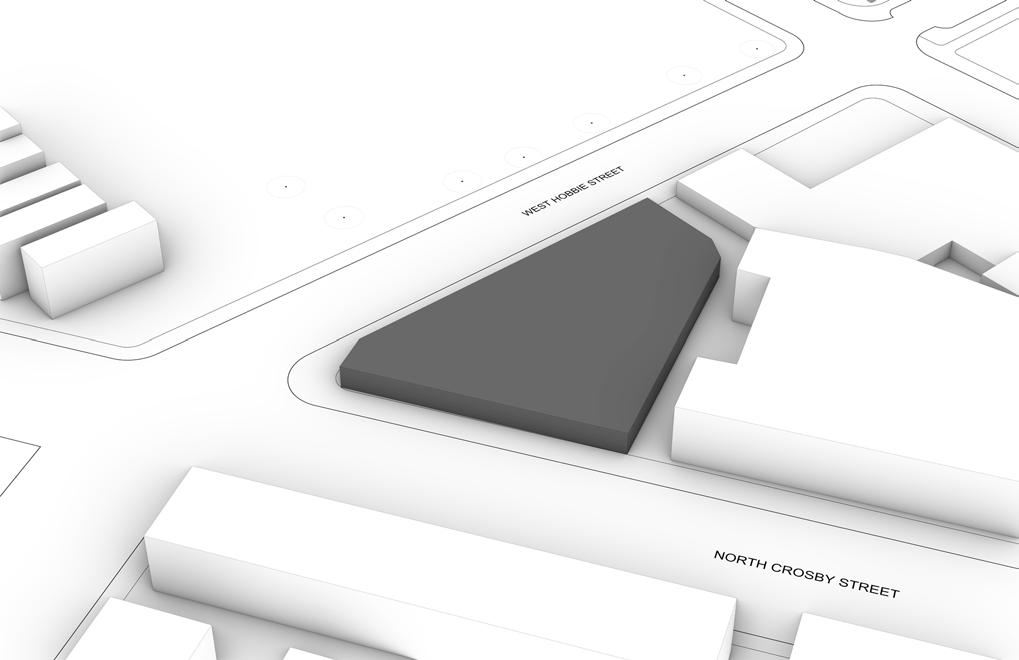
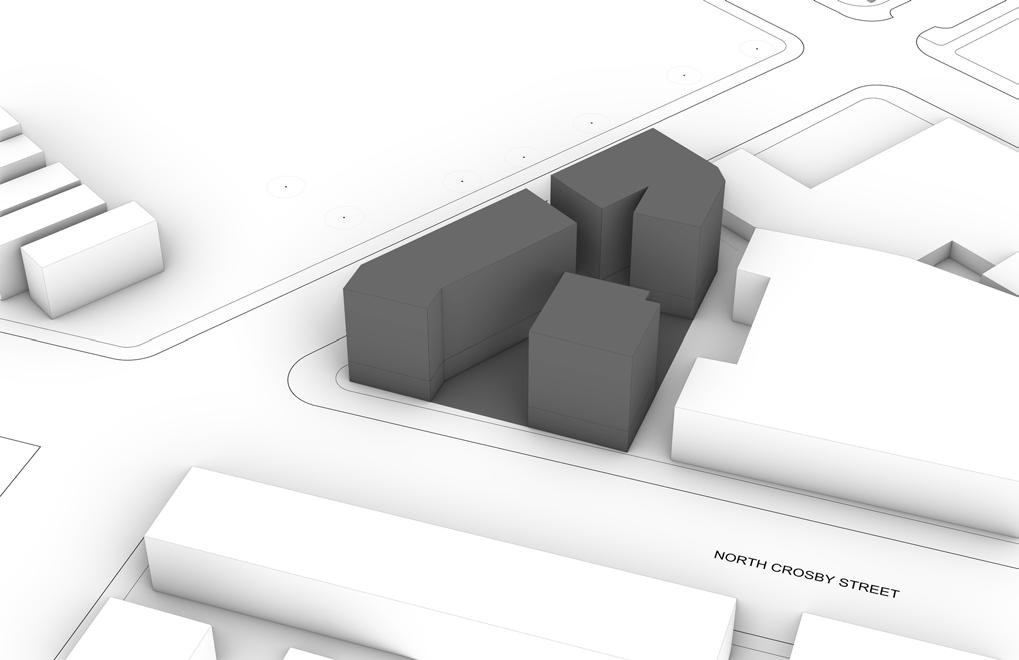
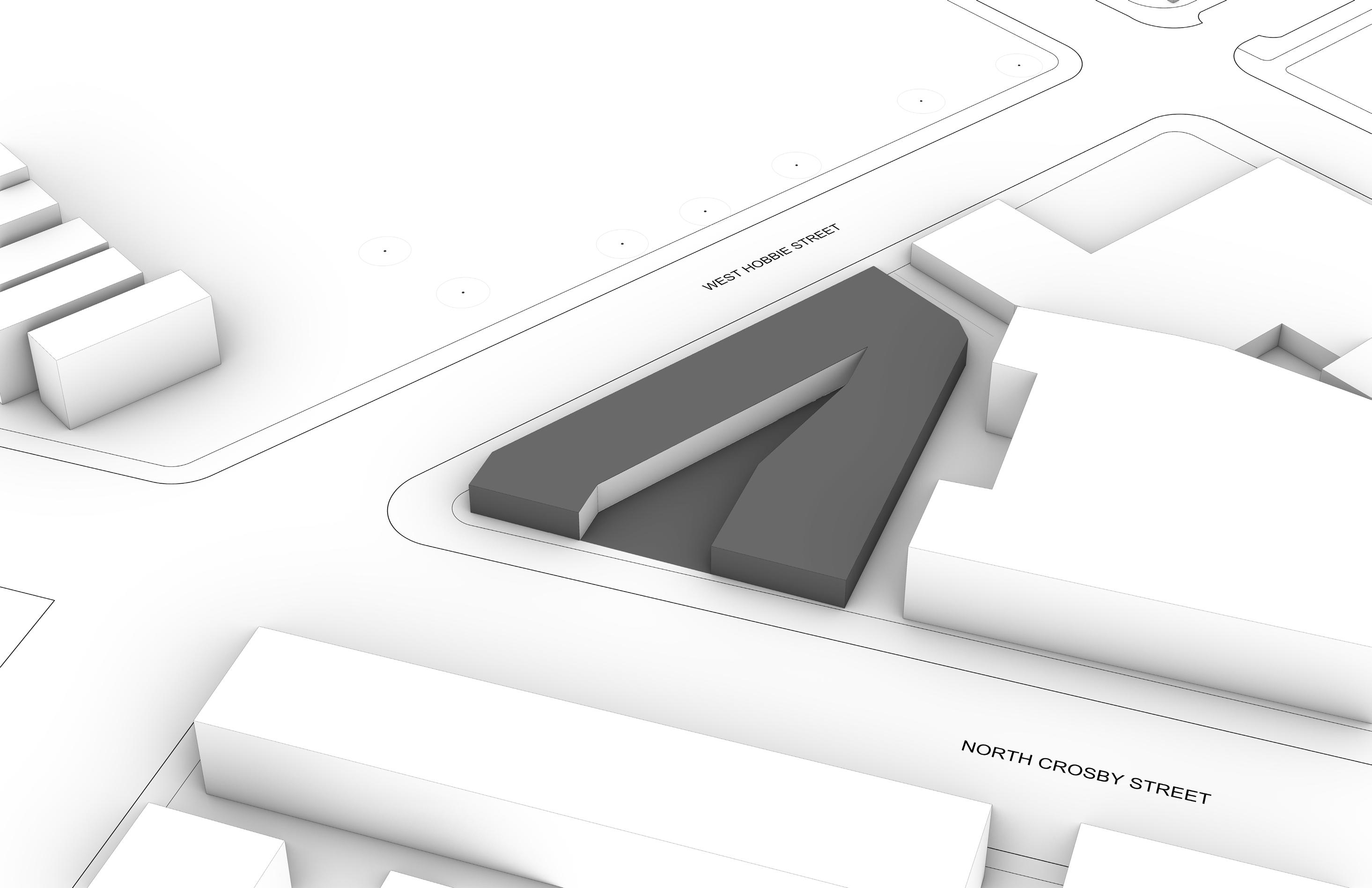
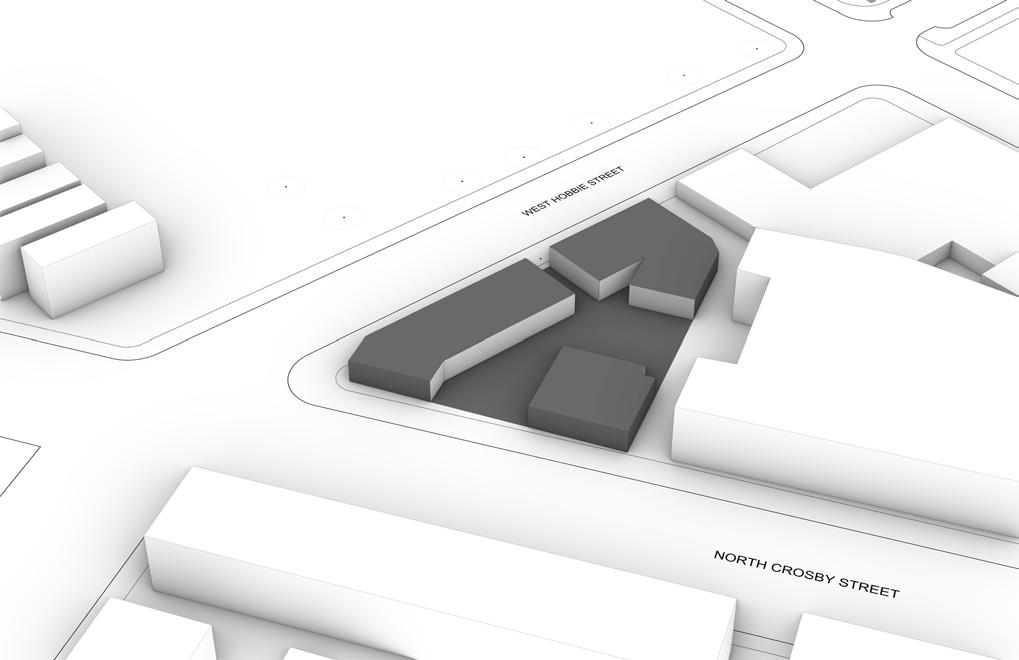
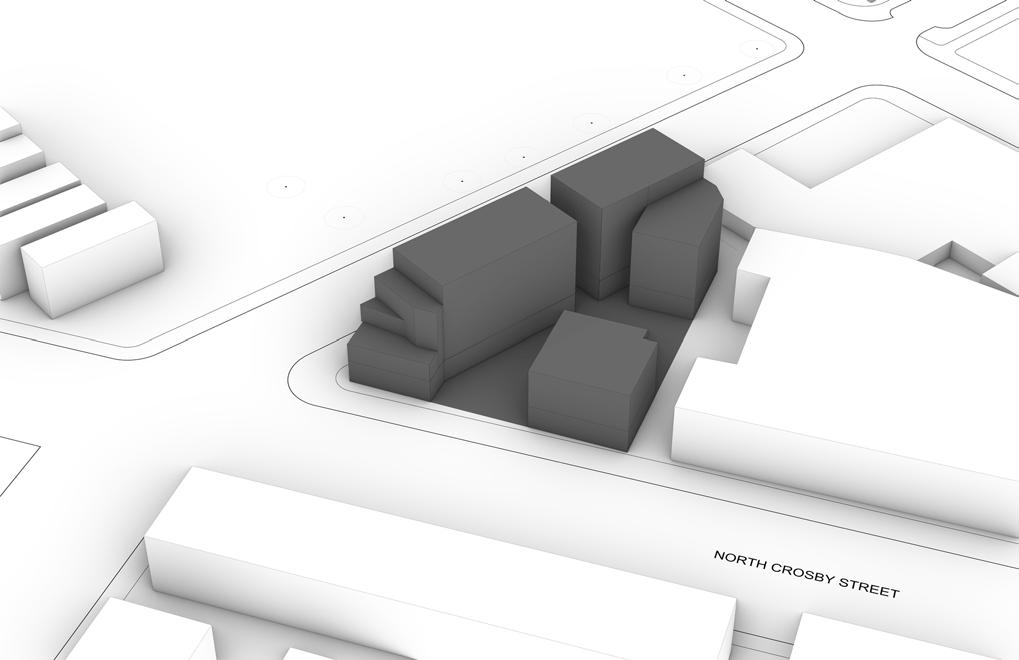
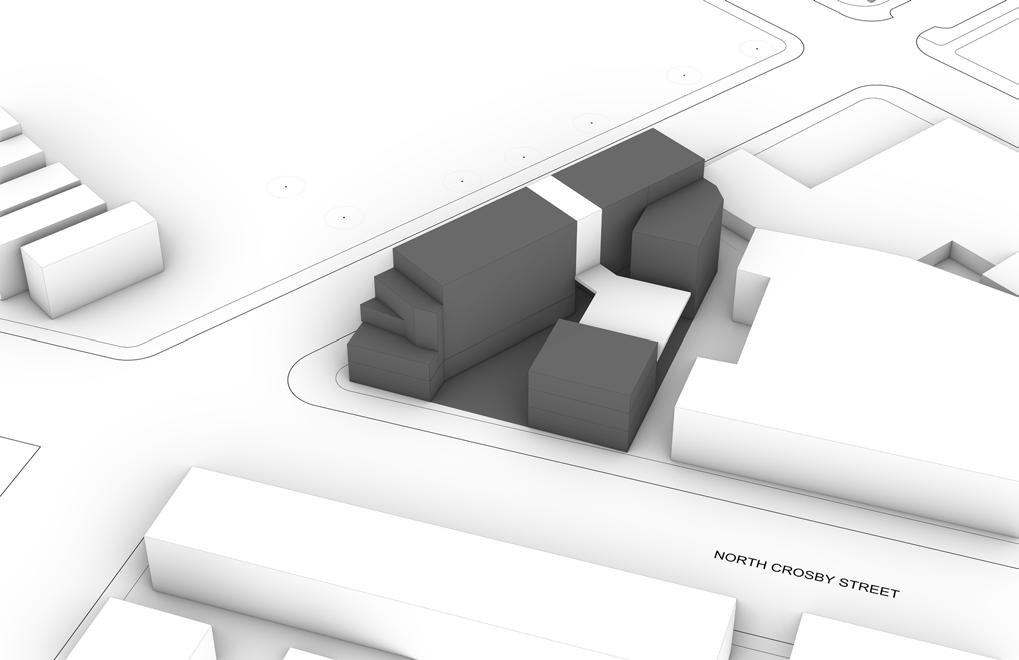

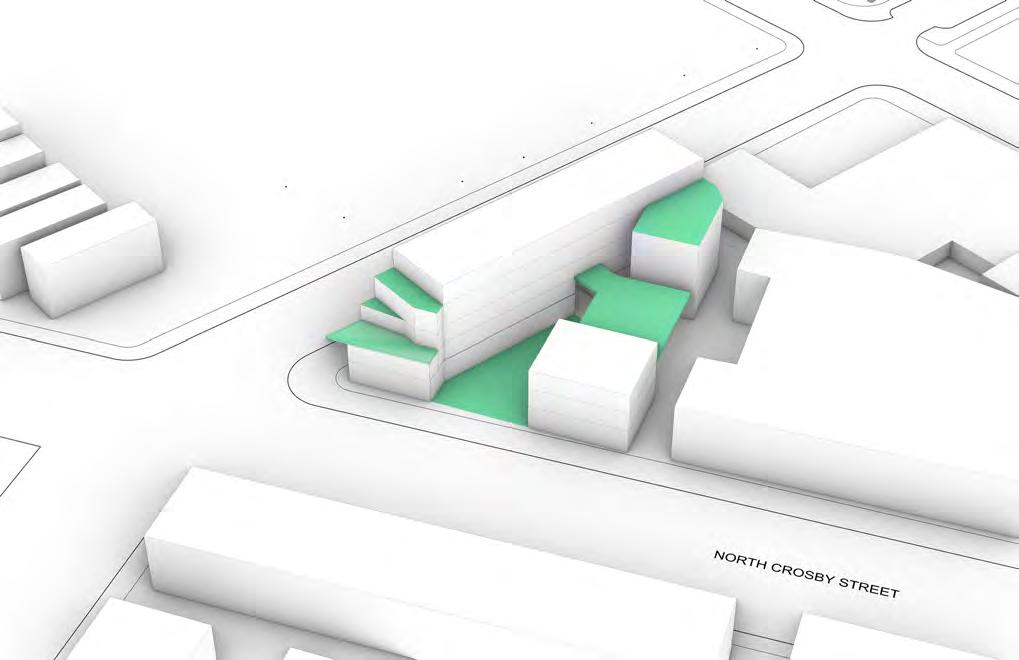

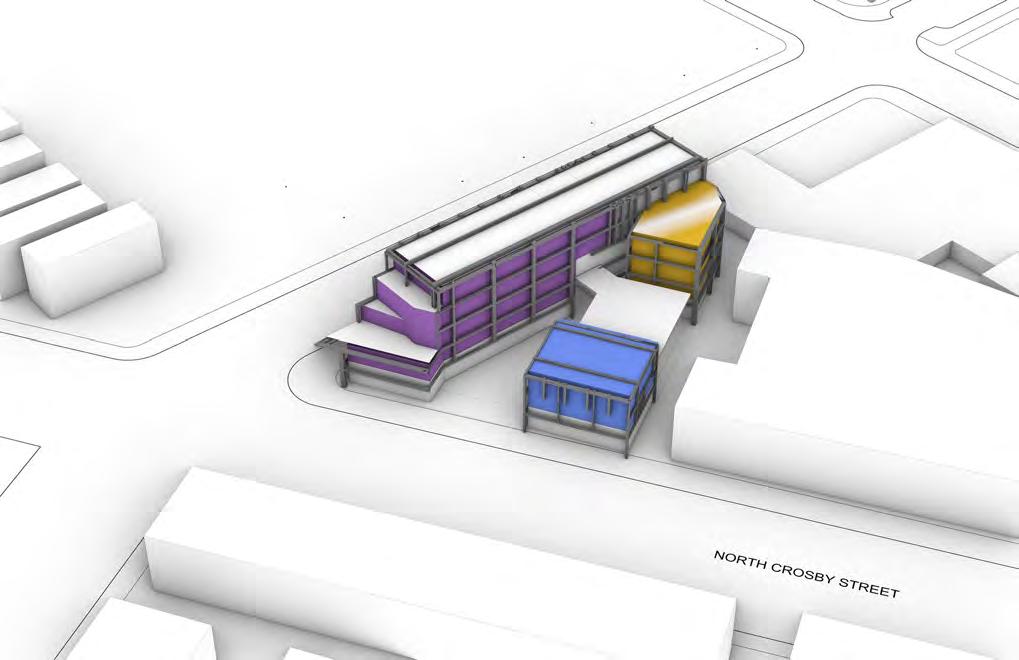

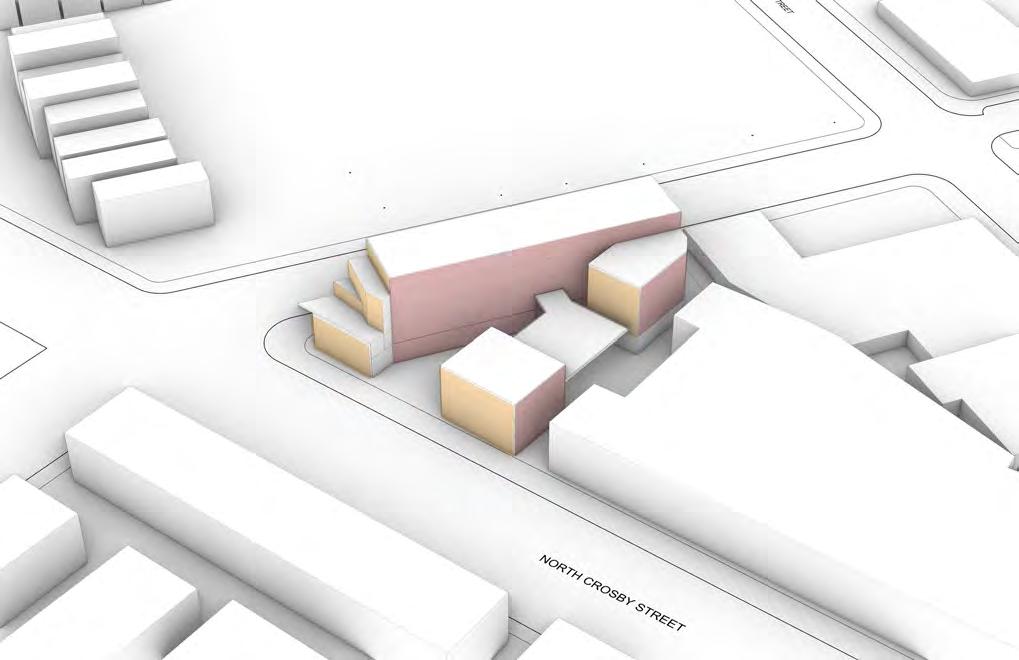
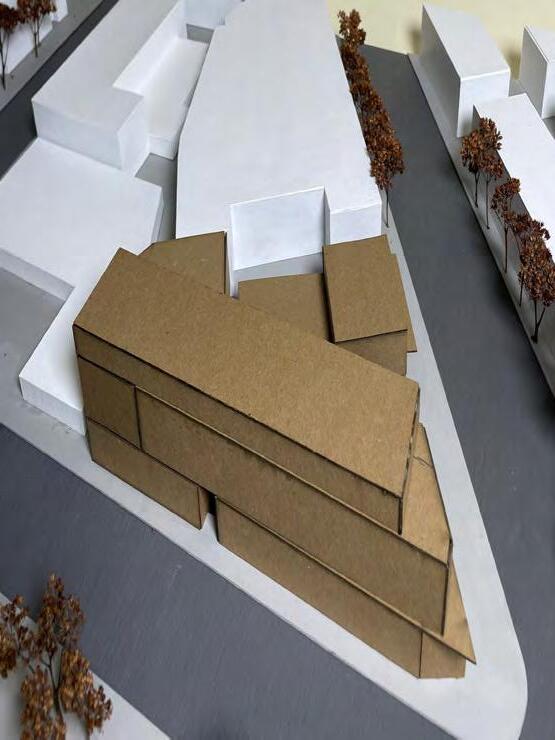


Conceptual Strategy Model 1
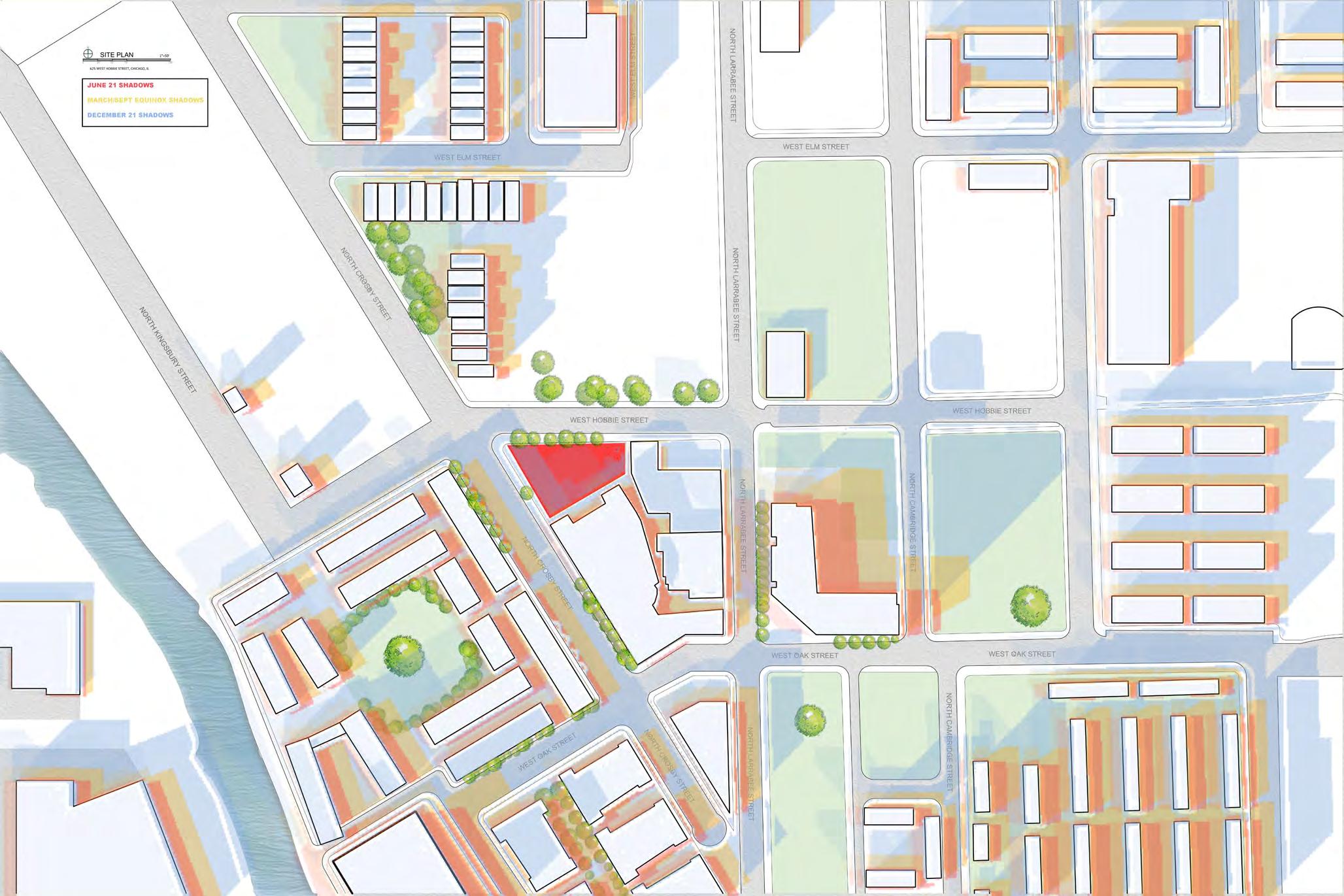
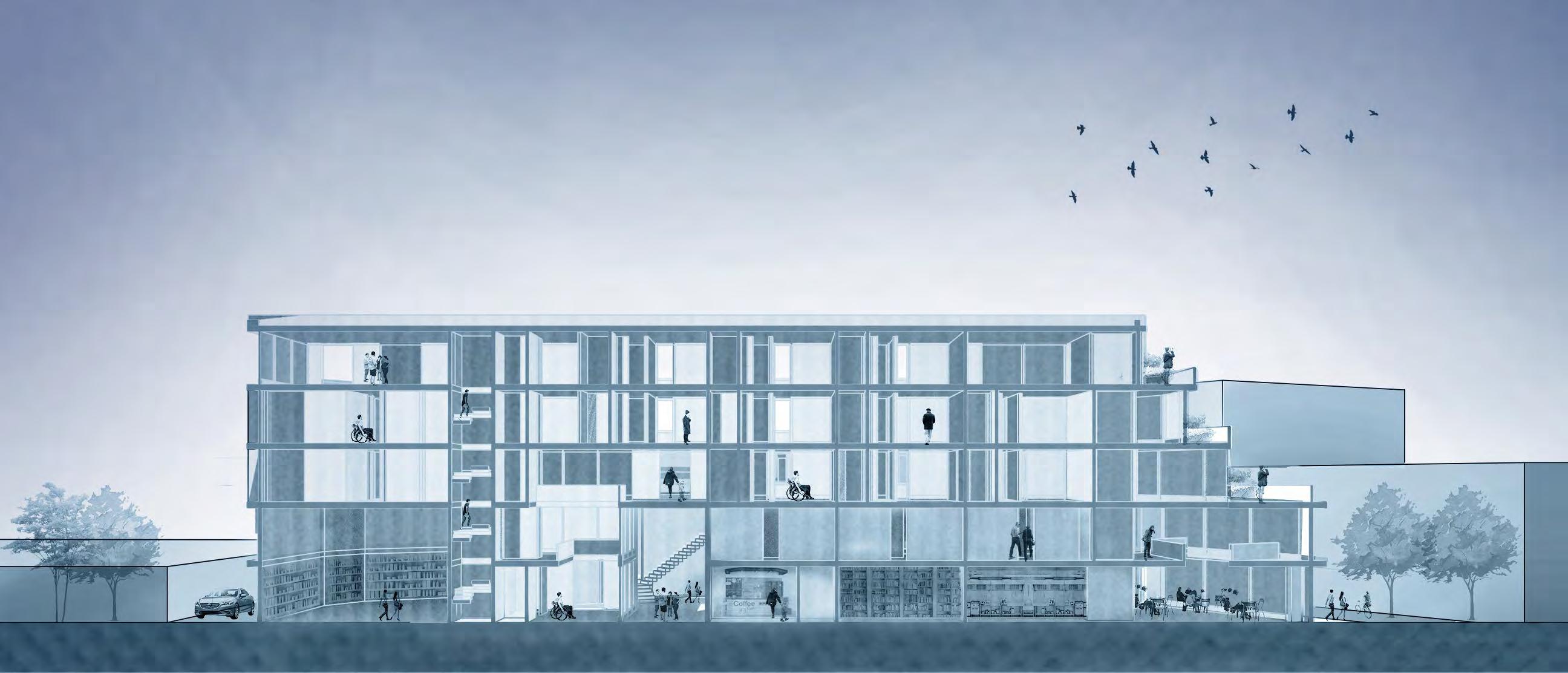
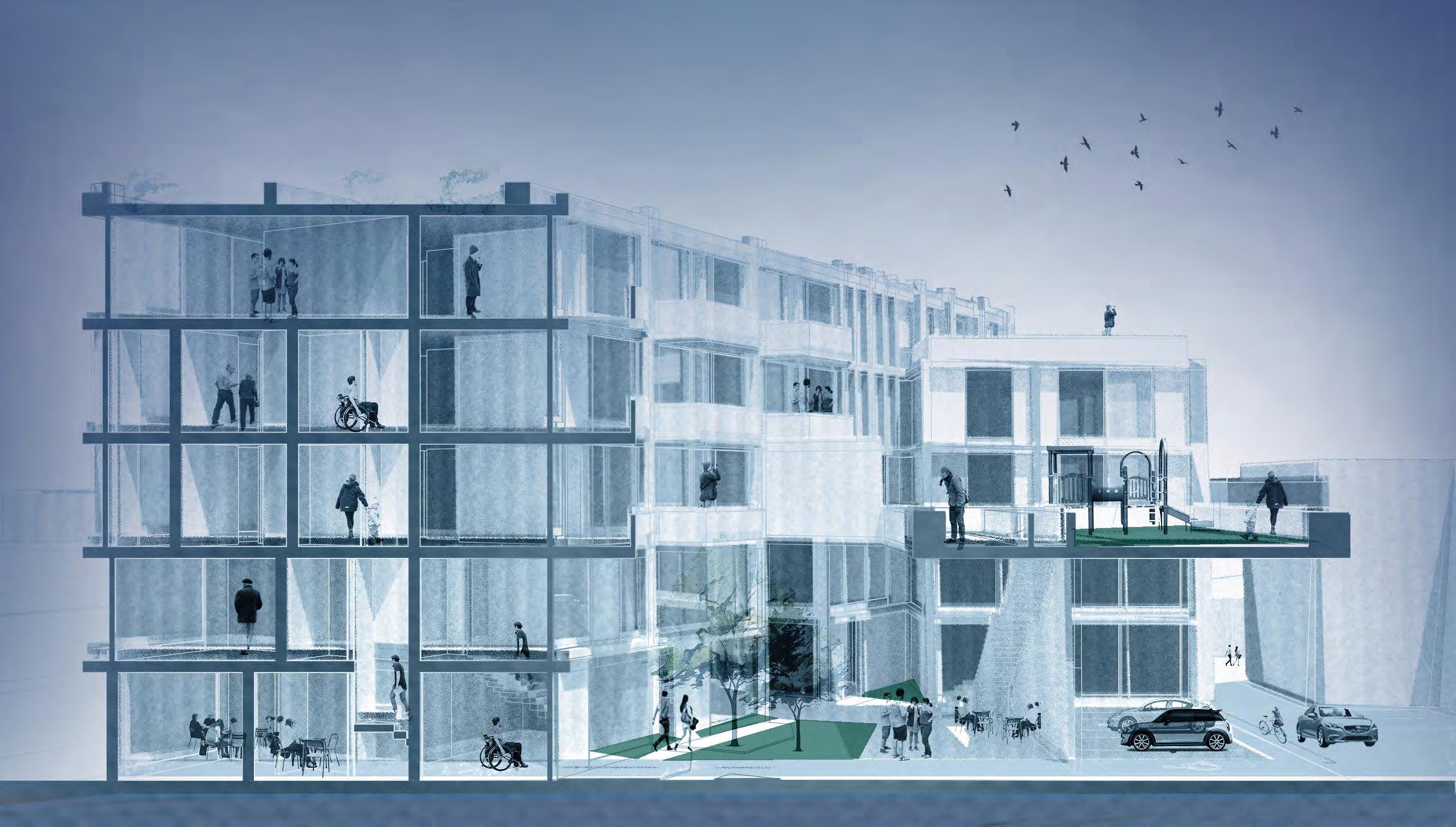








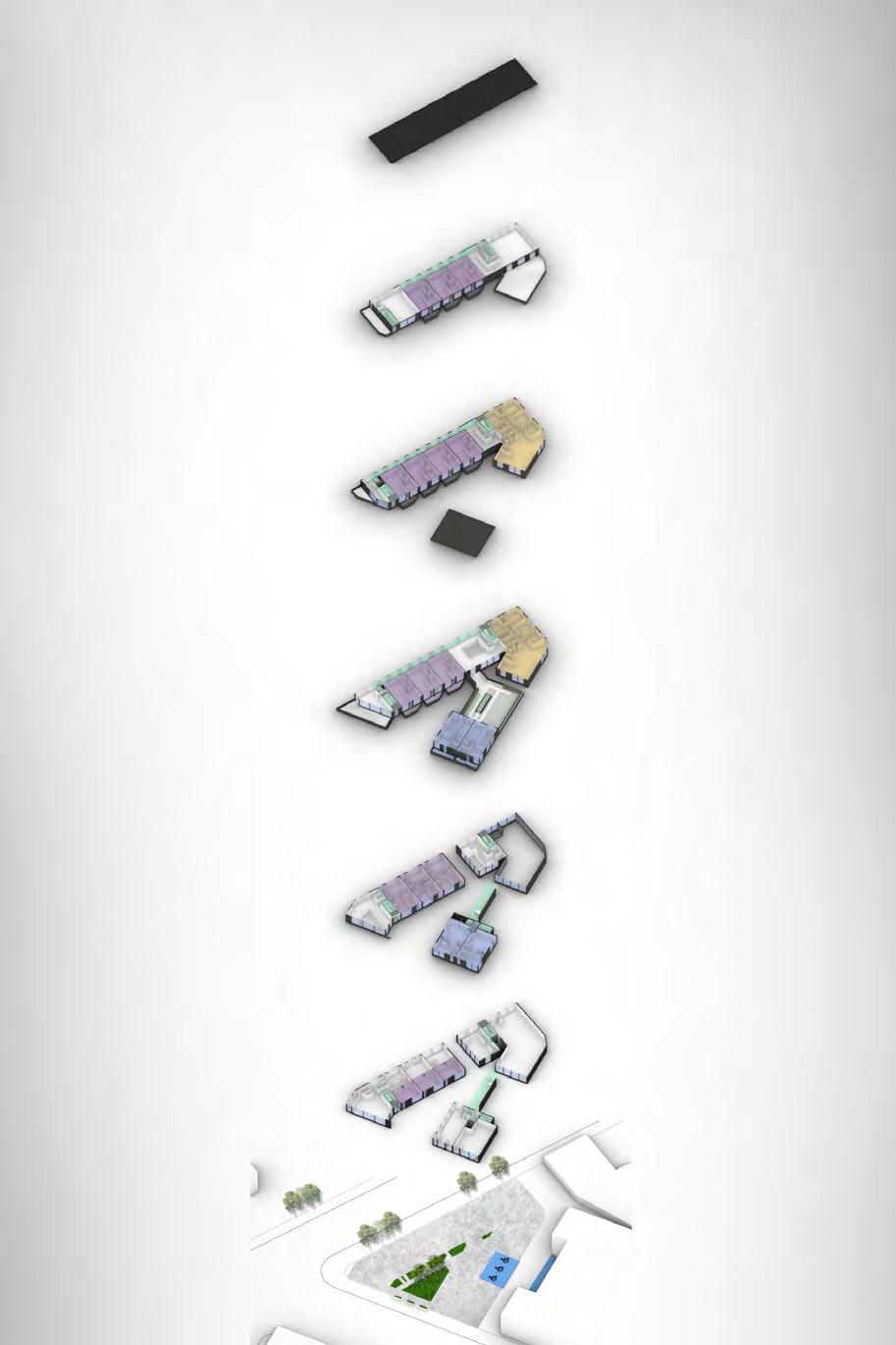
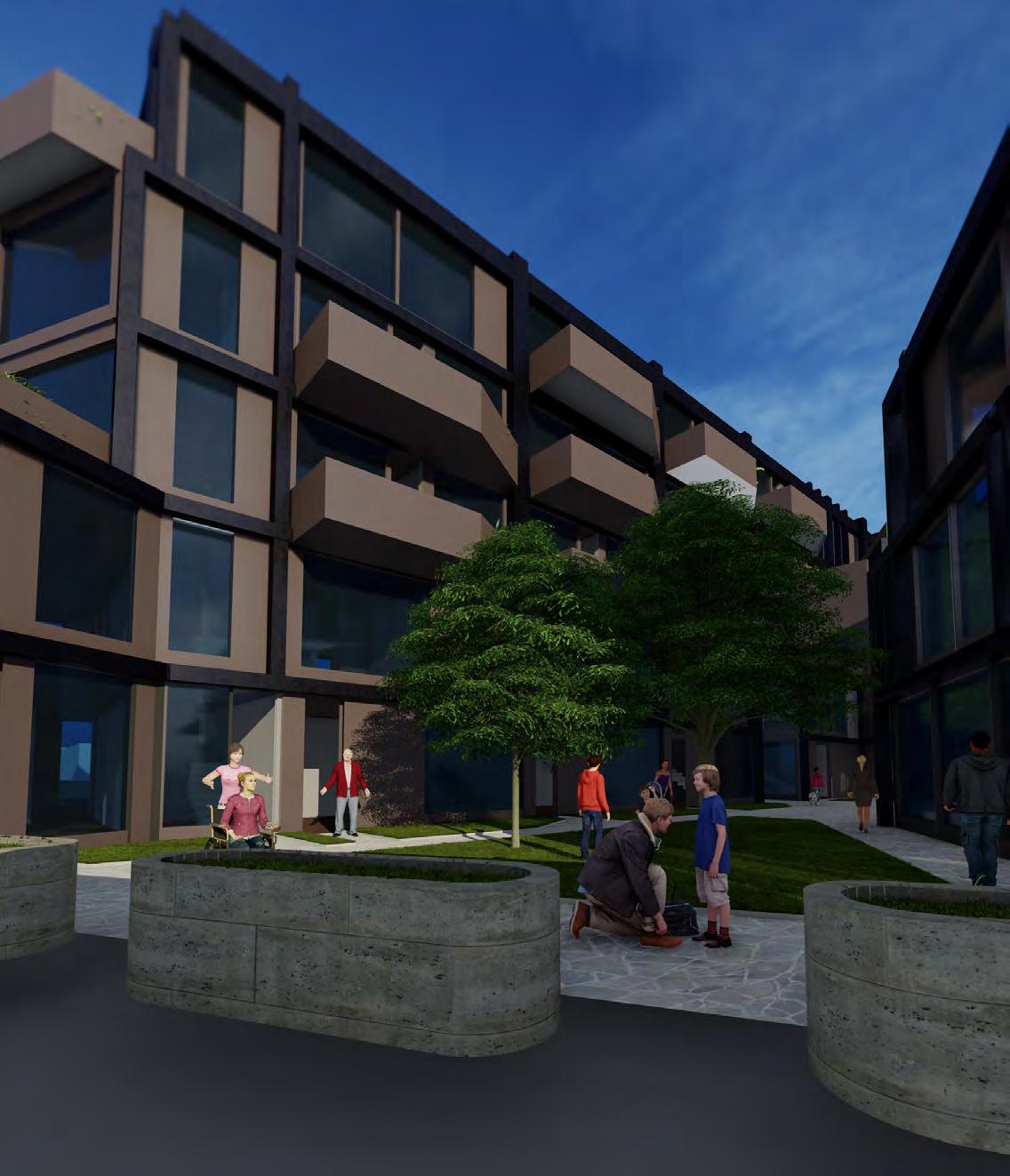
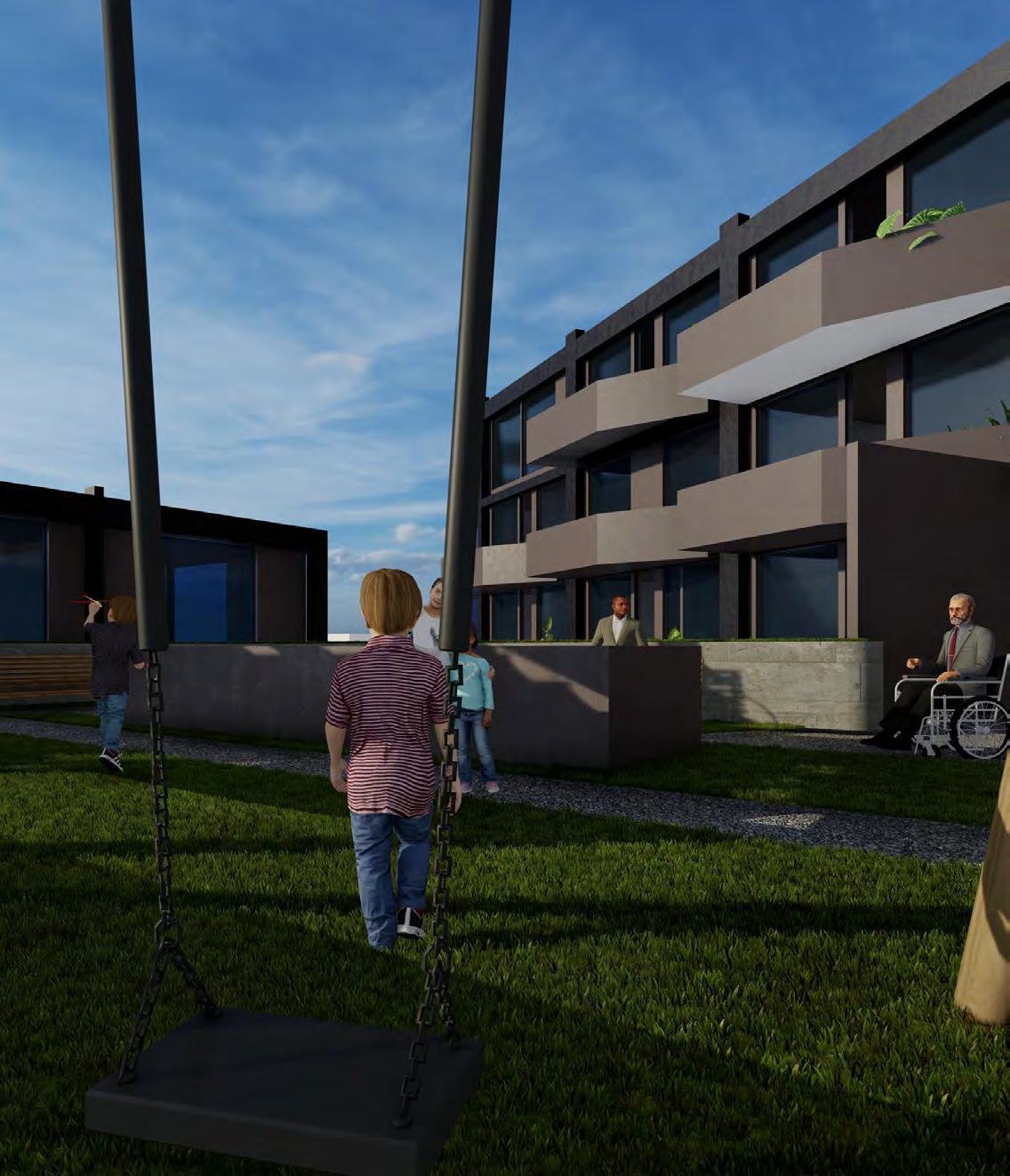
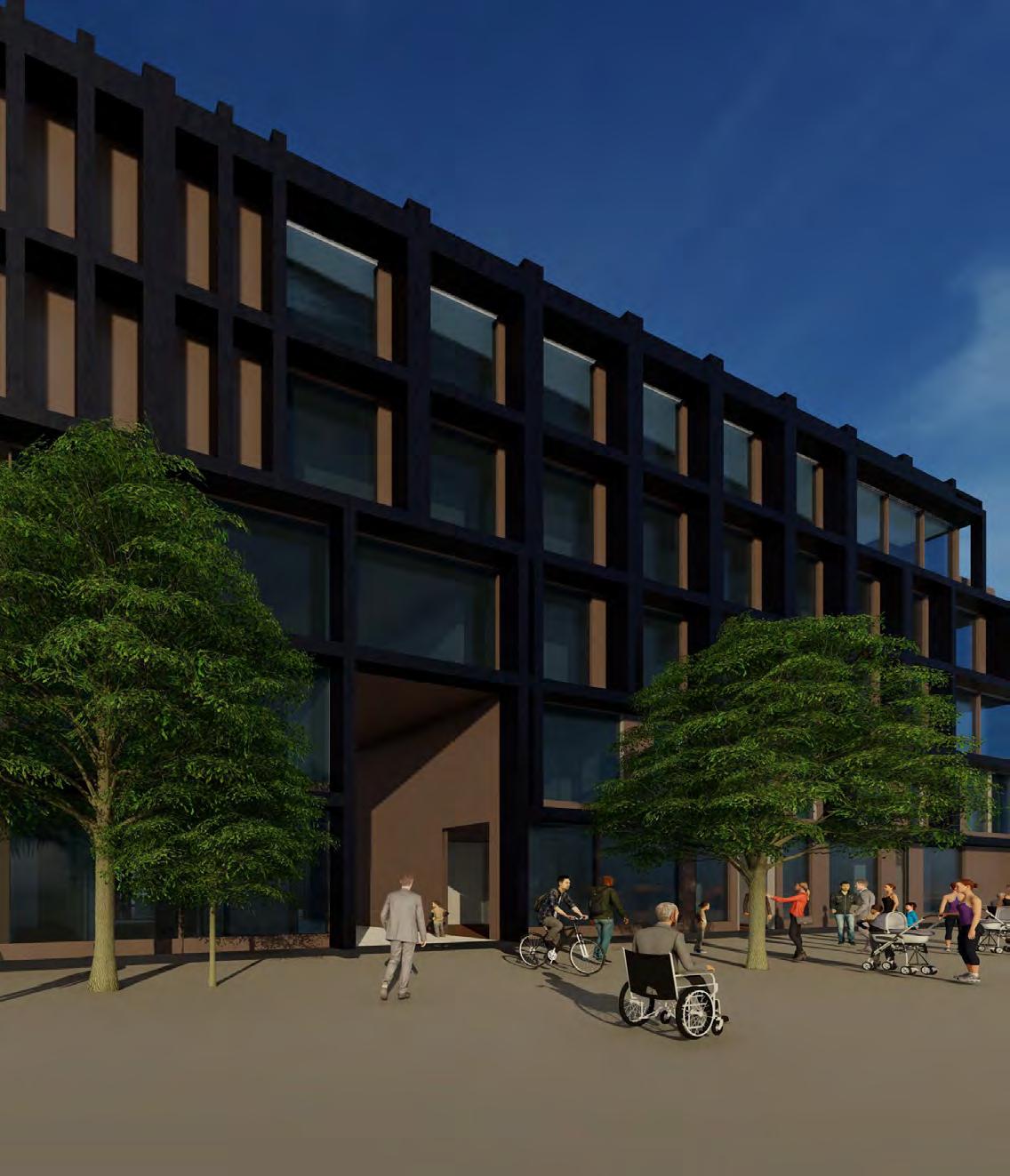
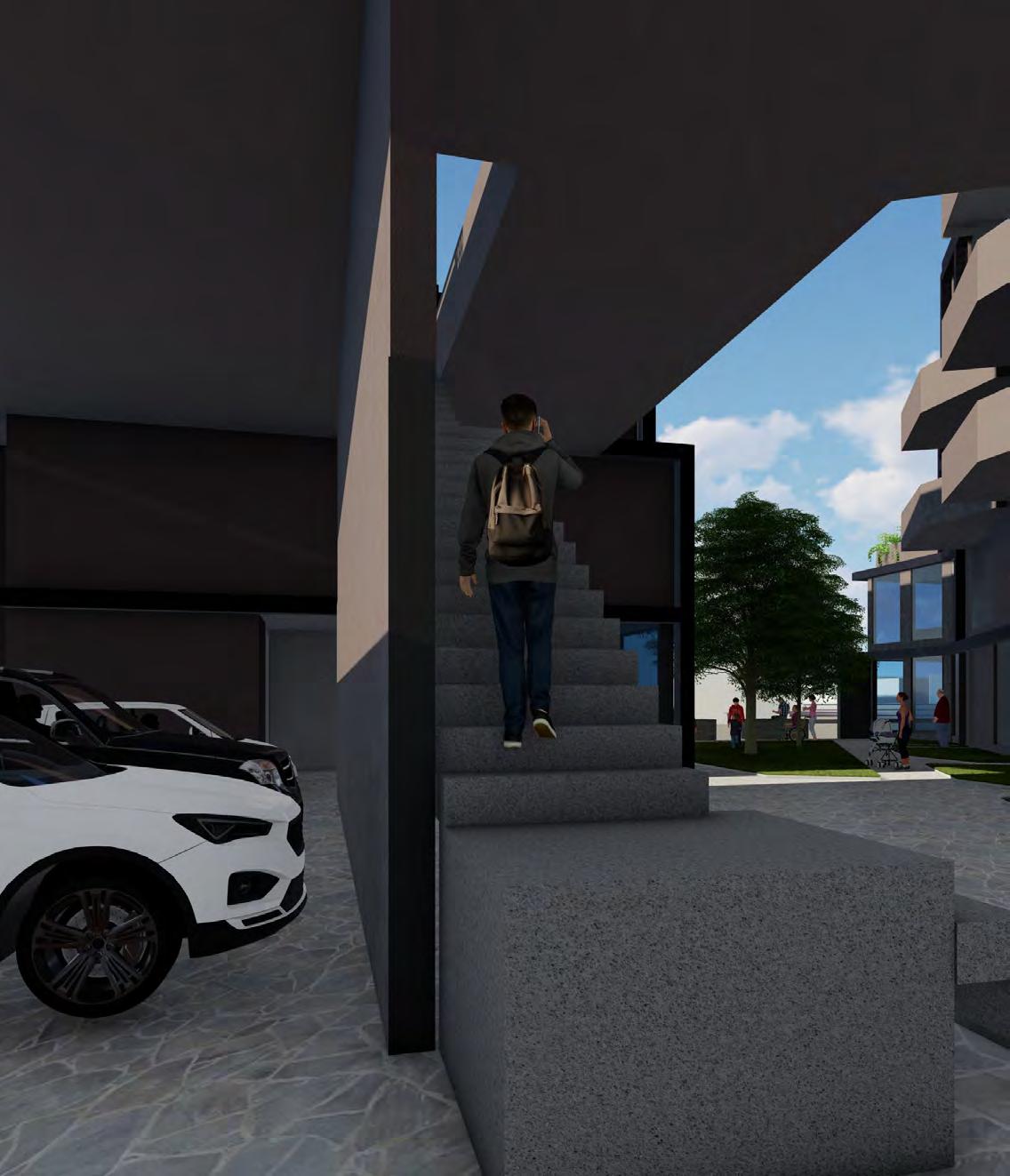
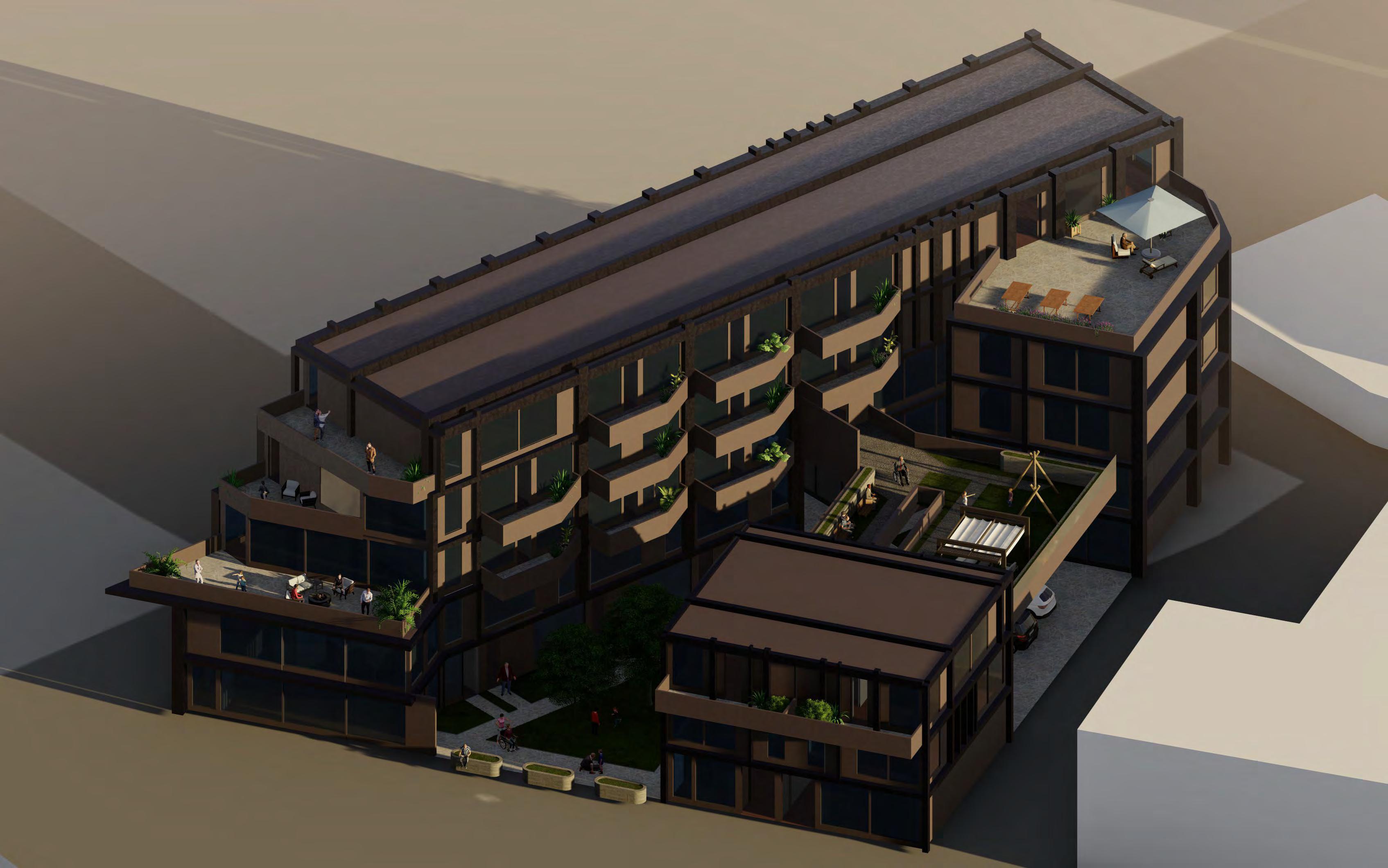
Professor: Olga Mesa
ARCH 214 Architectural Design Core Studio IV
Spring 2022
SLEEP AND SHELTER
Constraint Creating Structure
Stimulants rule our lives. Staring at your laptop for hours on end, consuming numerous caffeinated beverages, and laying wide awake has become the new norm. For many, there is an internal dialogue between the body and the mind where the body begs for rest, but the mind remains alert. Stimuli are around us all the time, and they inhibit humans most precious asset; sleep. In this sleeping space, one which so many can only hope to achieve, the filters and vectors of the mind are able to harness and control the stimuli around us. Anxiety, intrusive thoughts, and untamed energy is channeled away from the restful slumber we dream of. The mind redirects the stimuli and creates moments of clarity for which we can inhabit and sleep. At last.
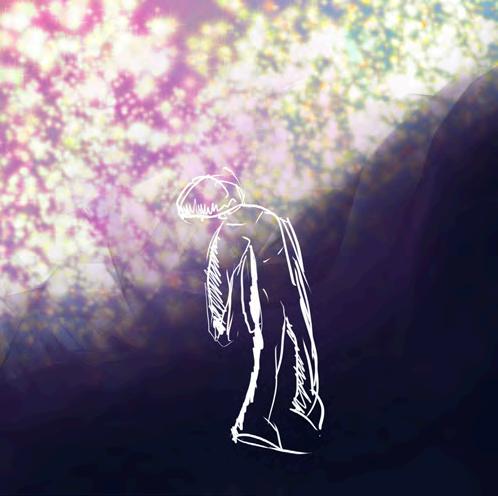
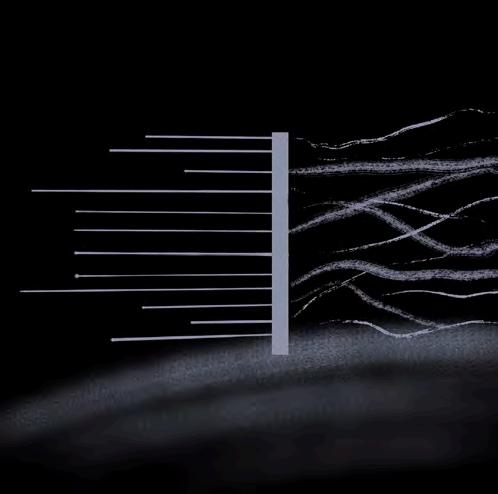
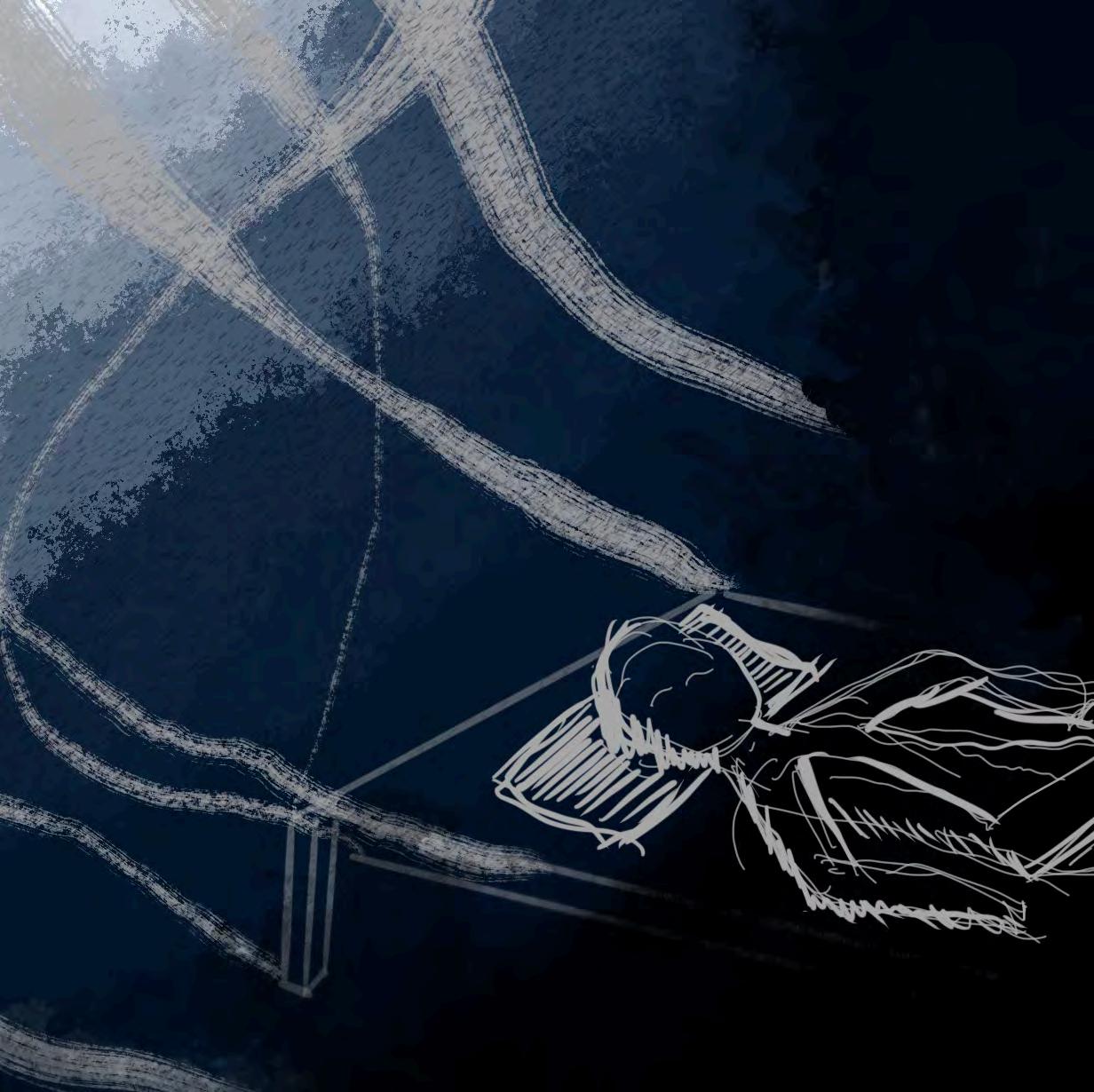

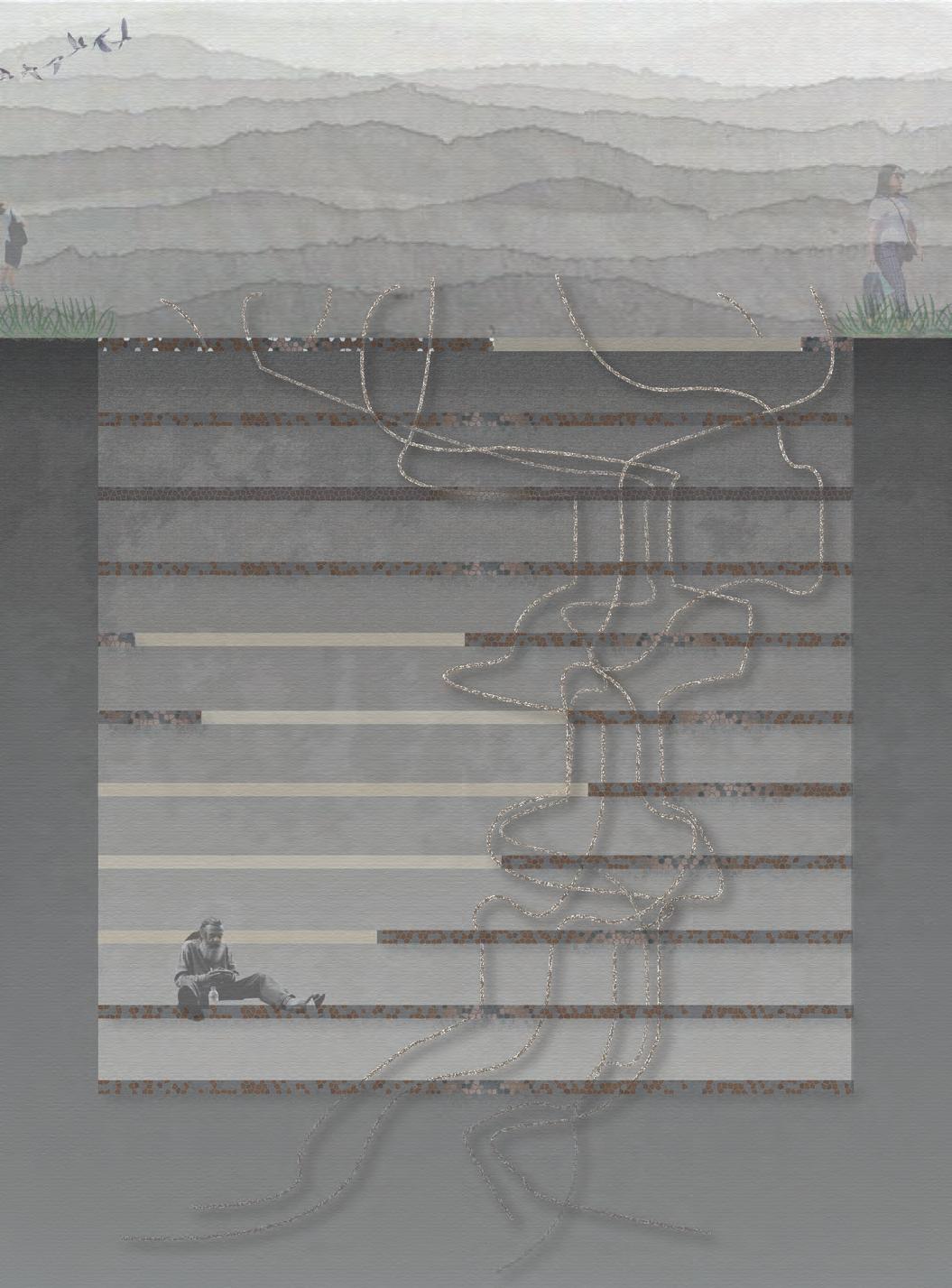
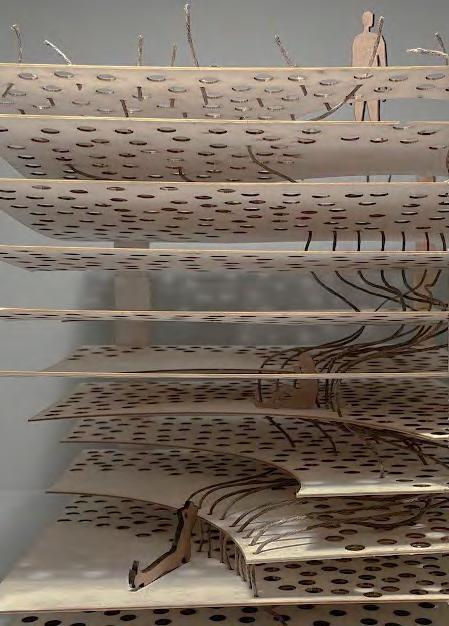
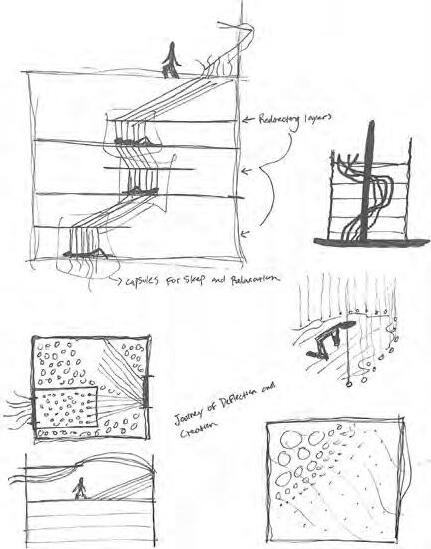

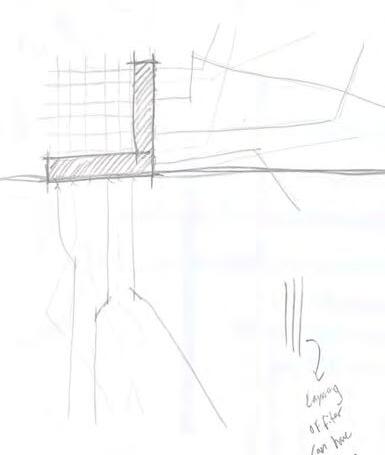
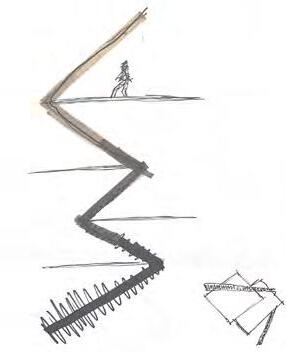

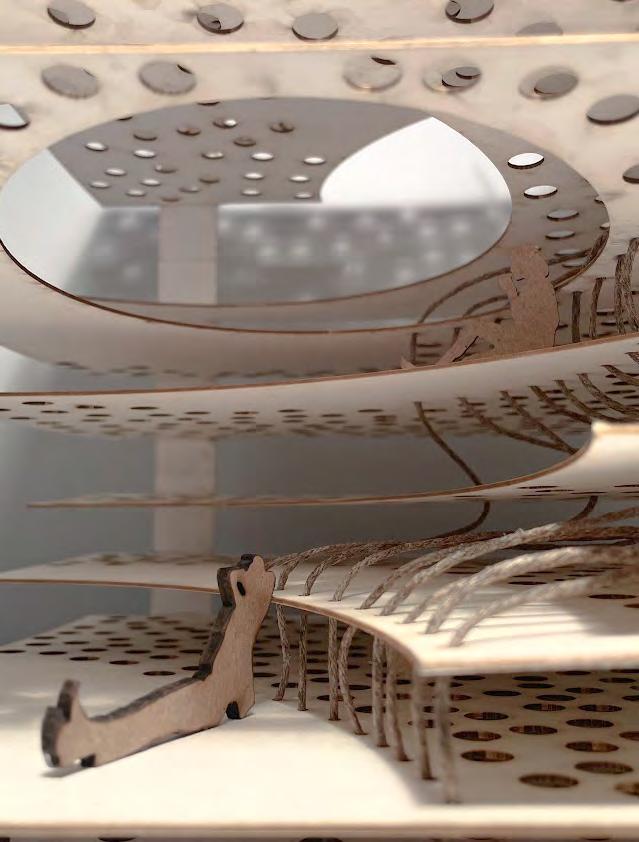
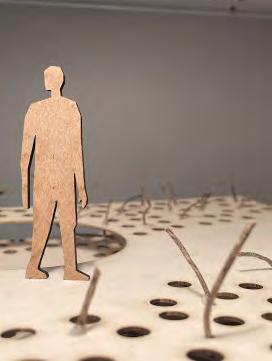
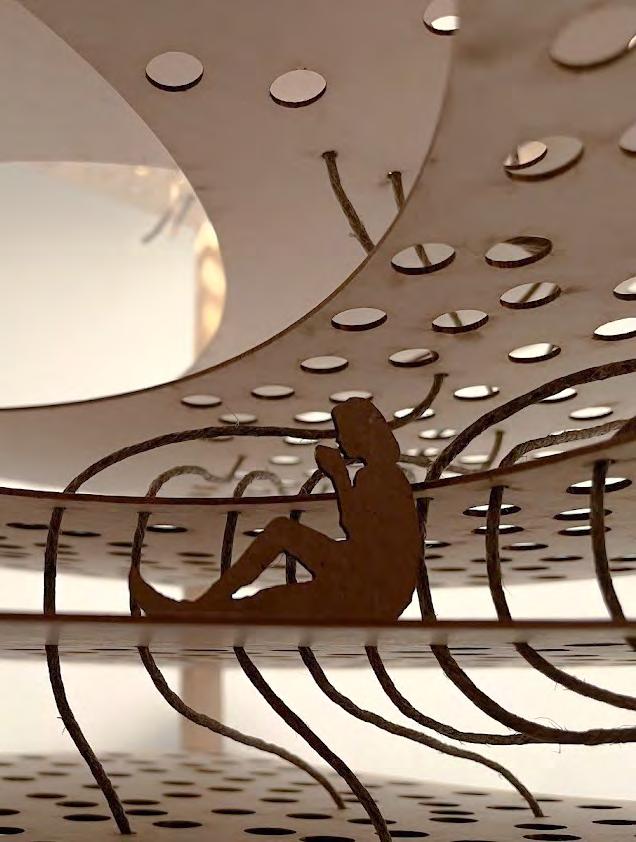
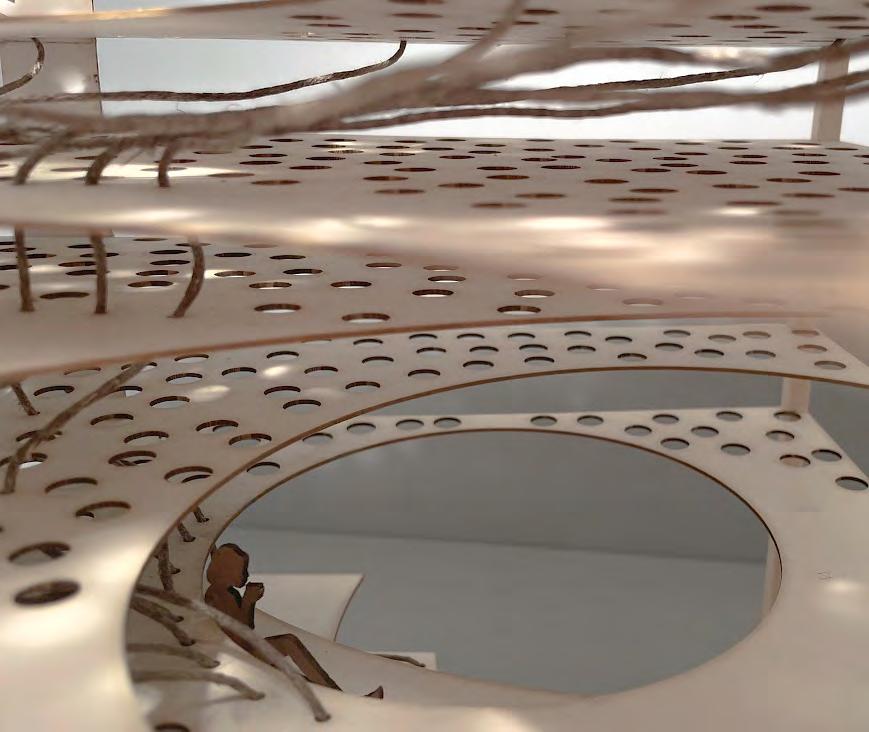
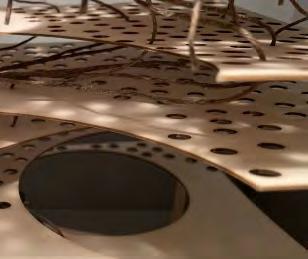
ARCH 214 Architectural Design Core Studio IV
SPRING 2022
Place and the Public Realm
The Spectator vs. the Spectacle
Actor and the Photographer
The Actor is a young professional who does shows primarily at The Providence Performing Arts Center. They prefer to be more shaded from the public eye when at home due to their more open and spectacle like profession. This extends to the at home practice as well. The Actor enjoys having a space for practicing shows at home and putting on performances for friends and family.
The Photographer works mostly freelance with their own studio in downtown Providence. They have a large interest in framing the world and capturing meticulously created scenes. They enjoying watching the dynamic art of their Actor neighbor while also having space to be alone, relax, and enjoy their work. The Photographer prefers to have street level gallery space in which they can present the world their photos.
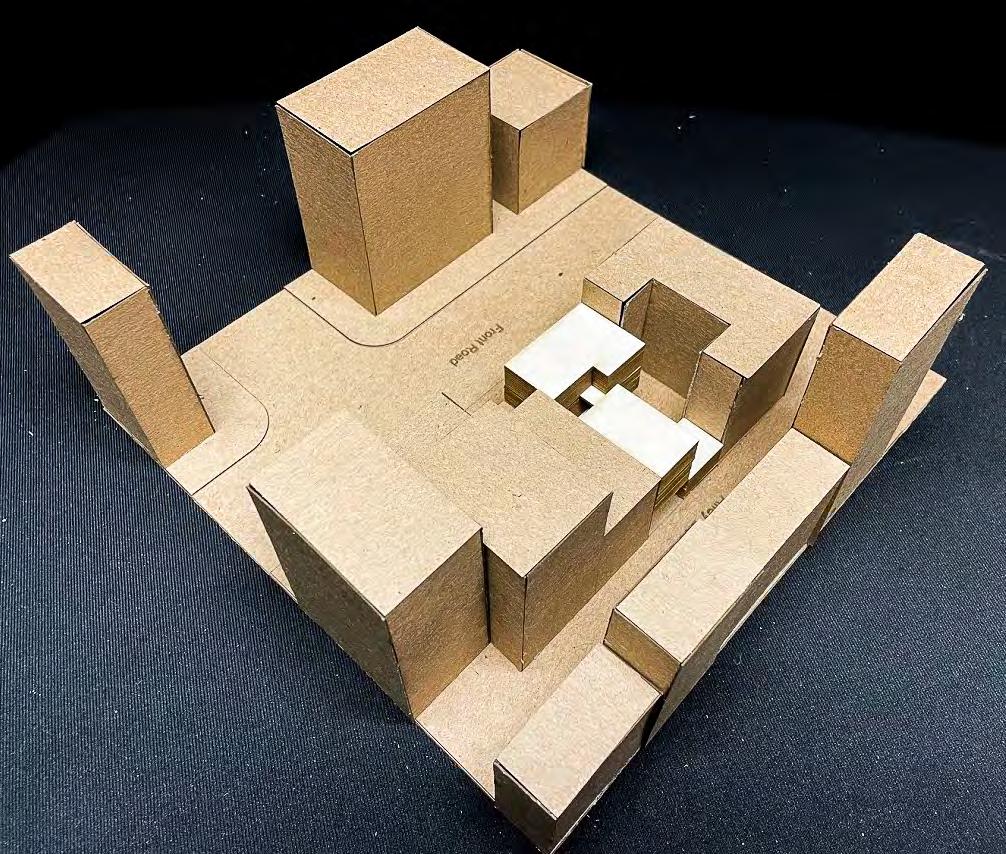
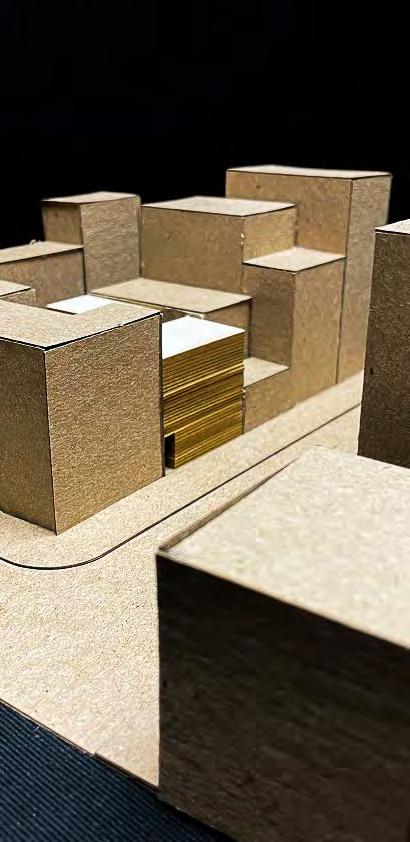

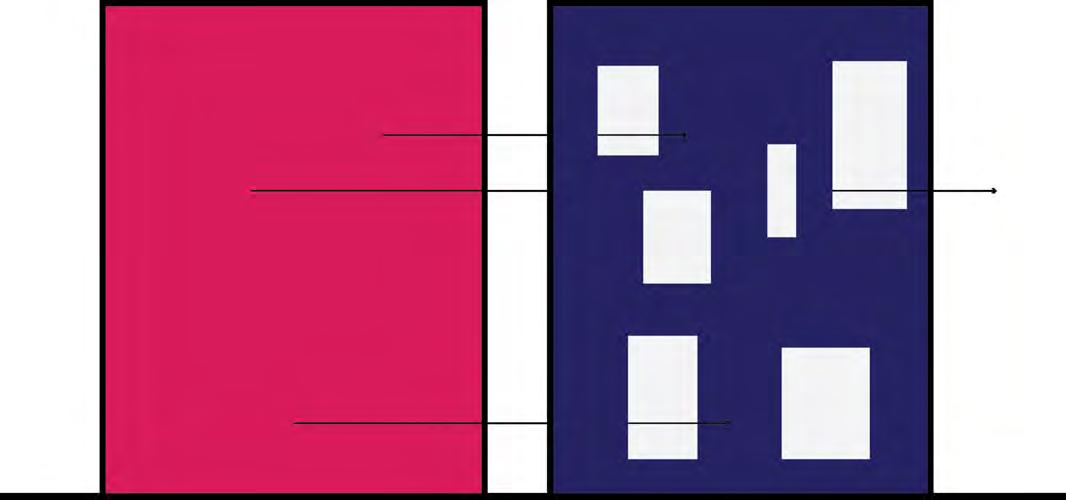
Conceptual Diagrams

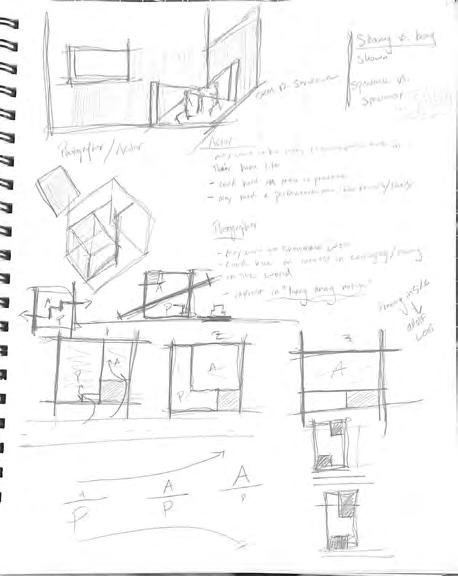

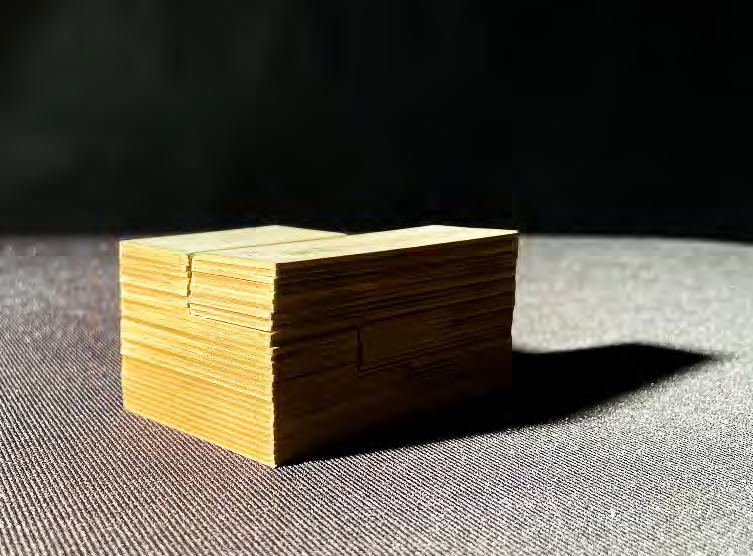
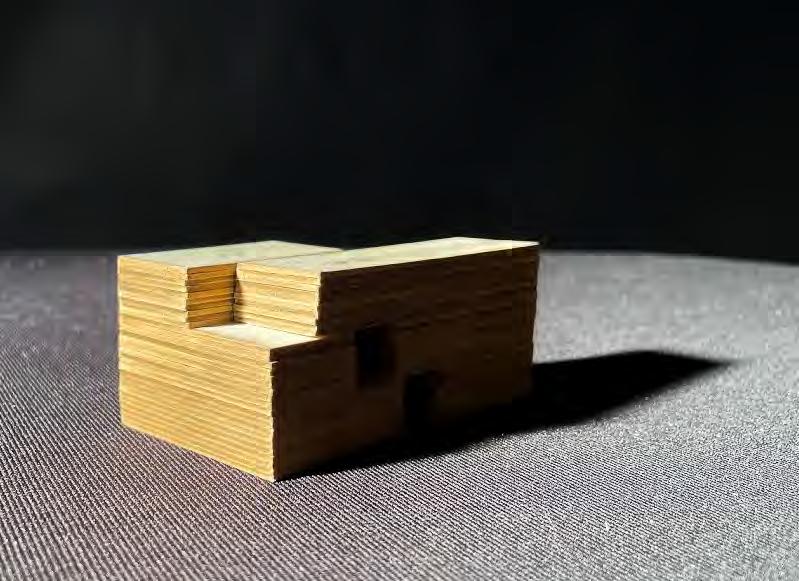
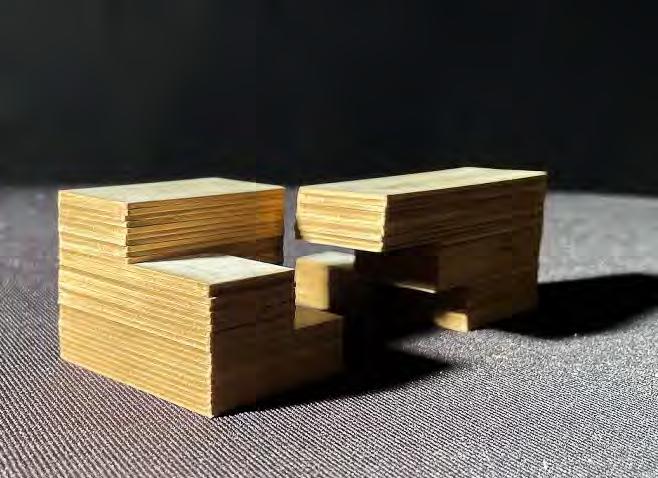
Conceptual Strategy Model 1
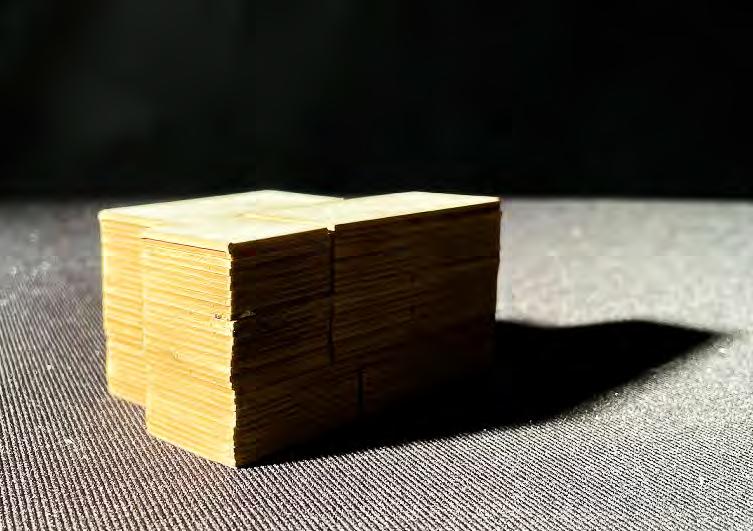
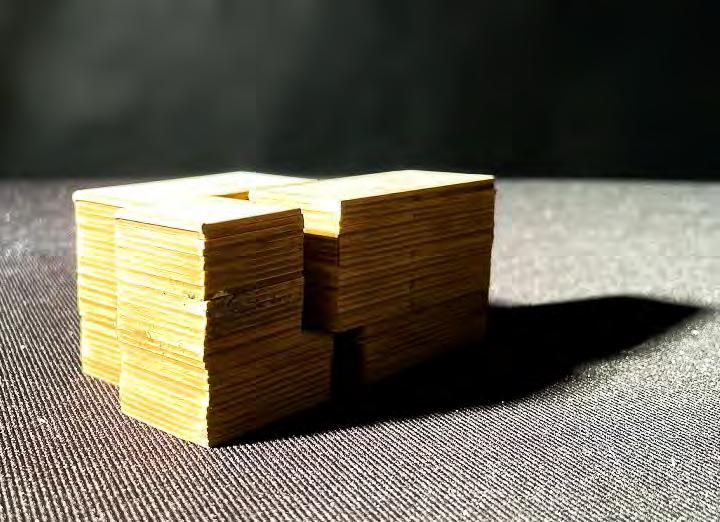
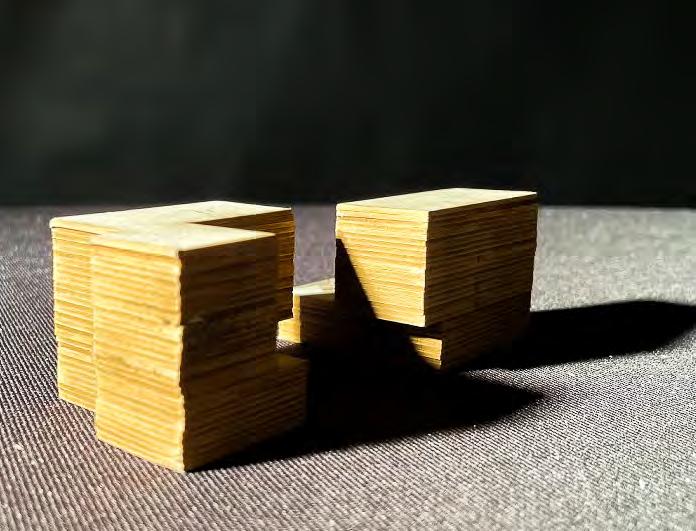
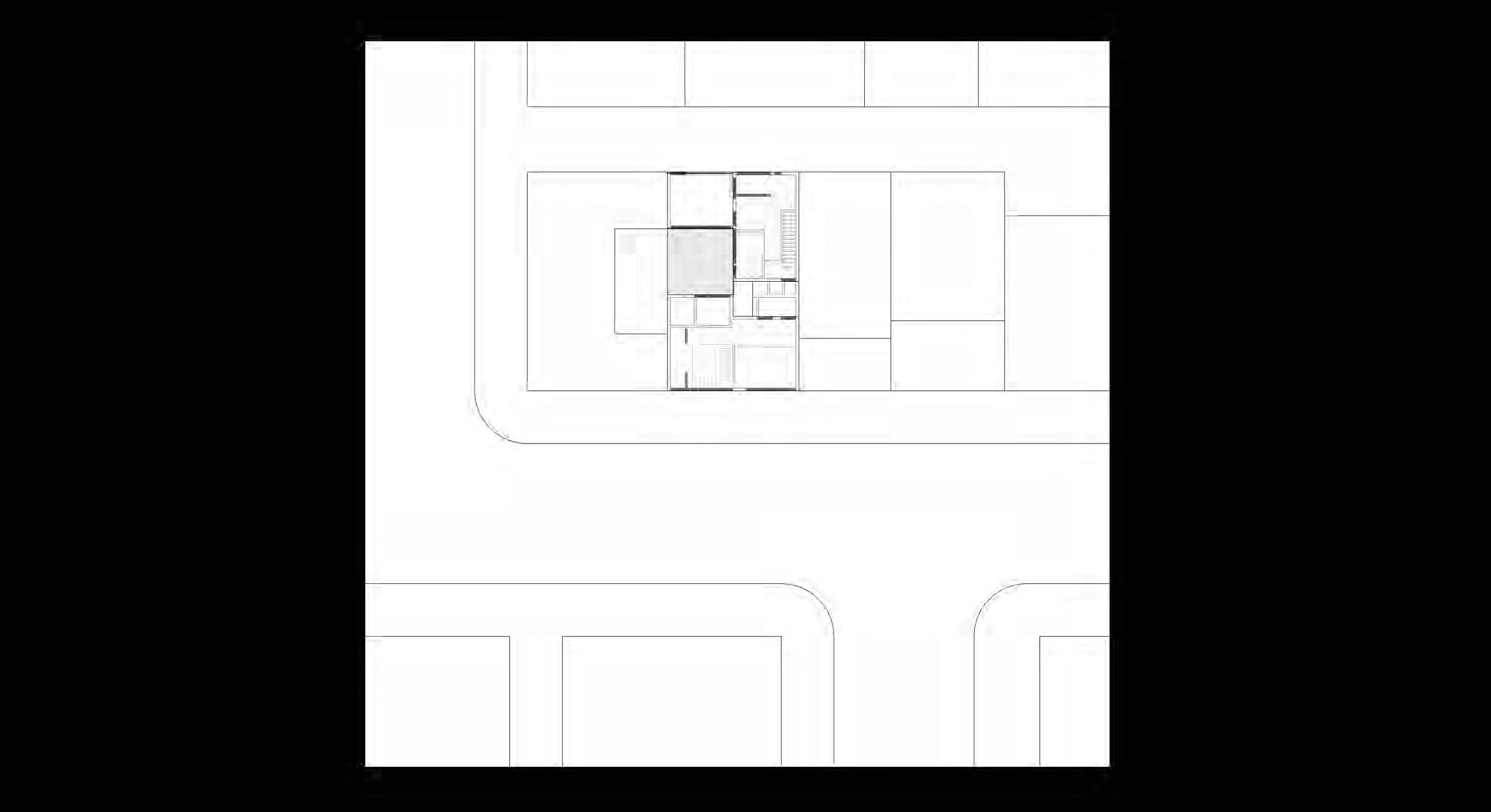
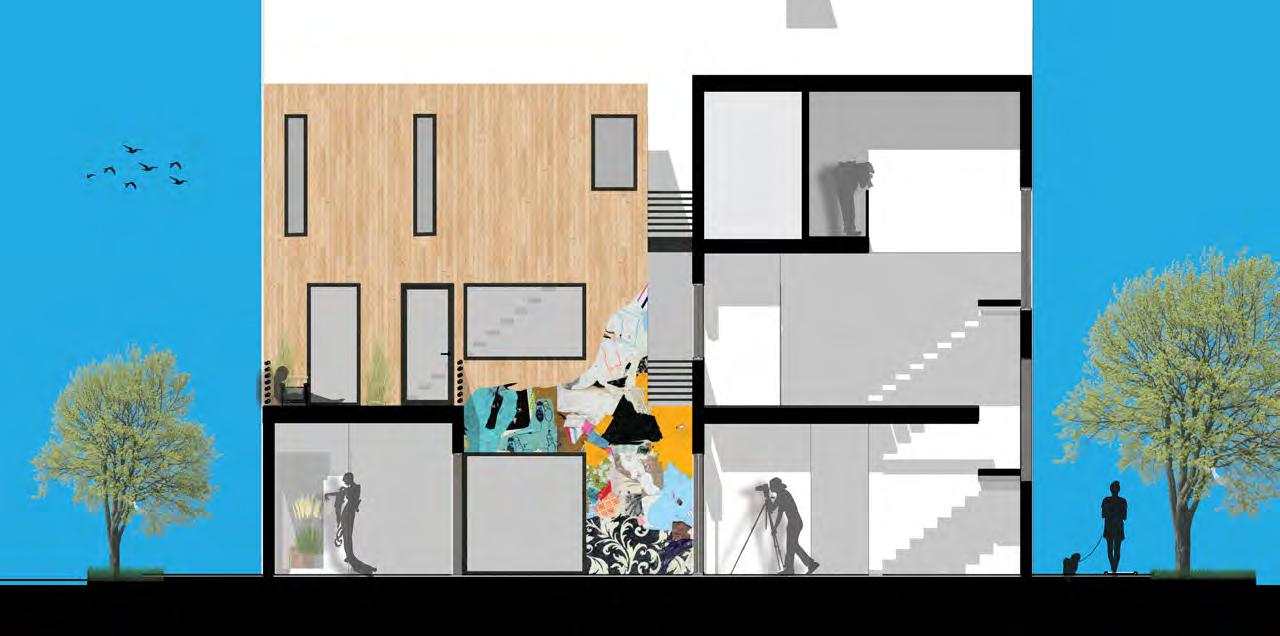
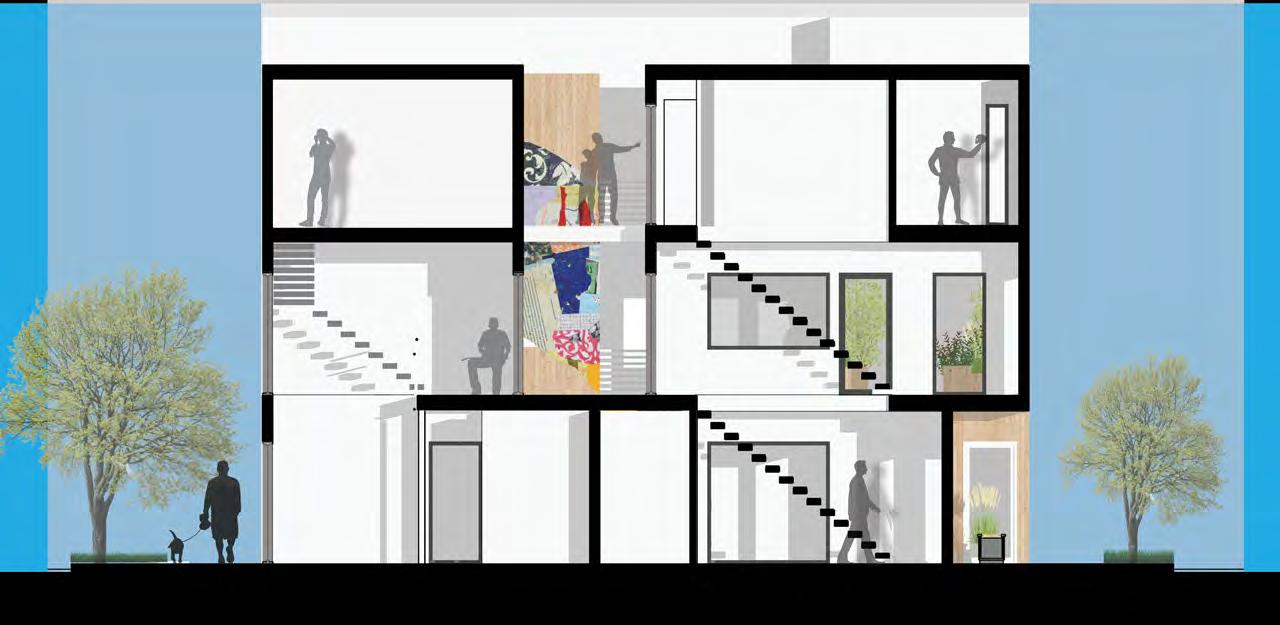
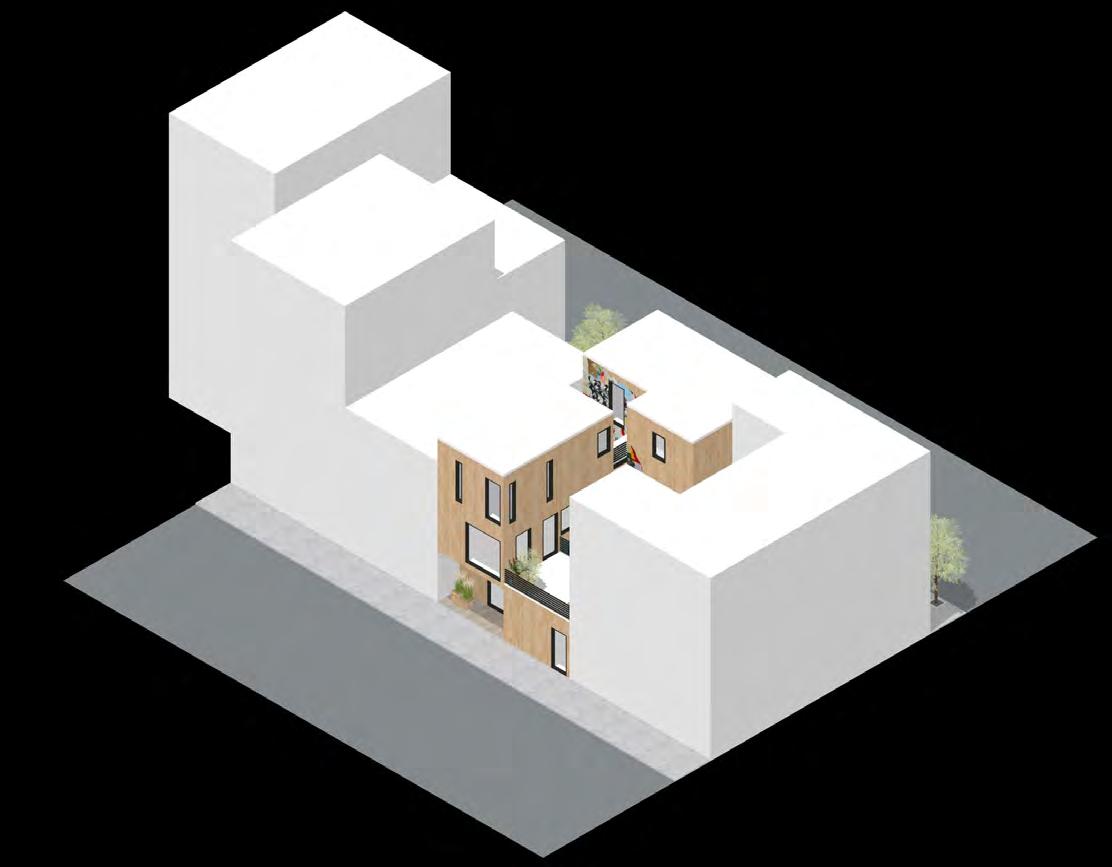
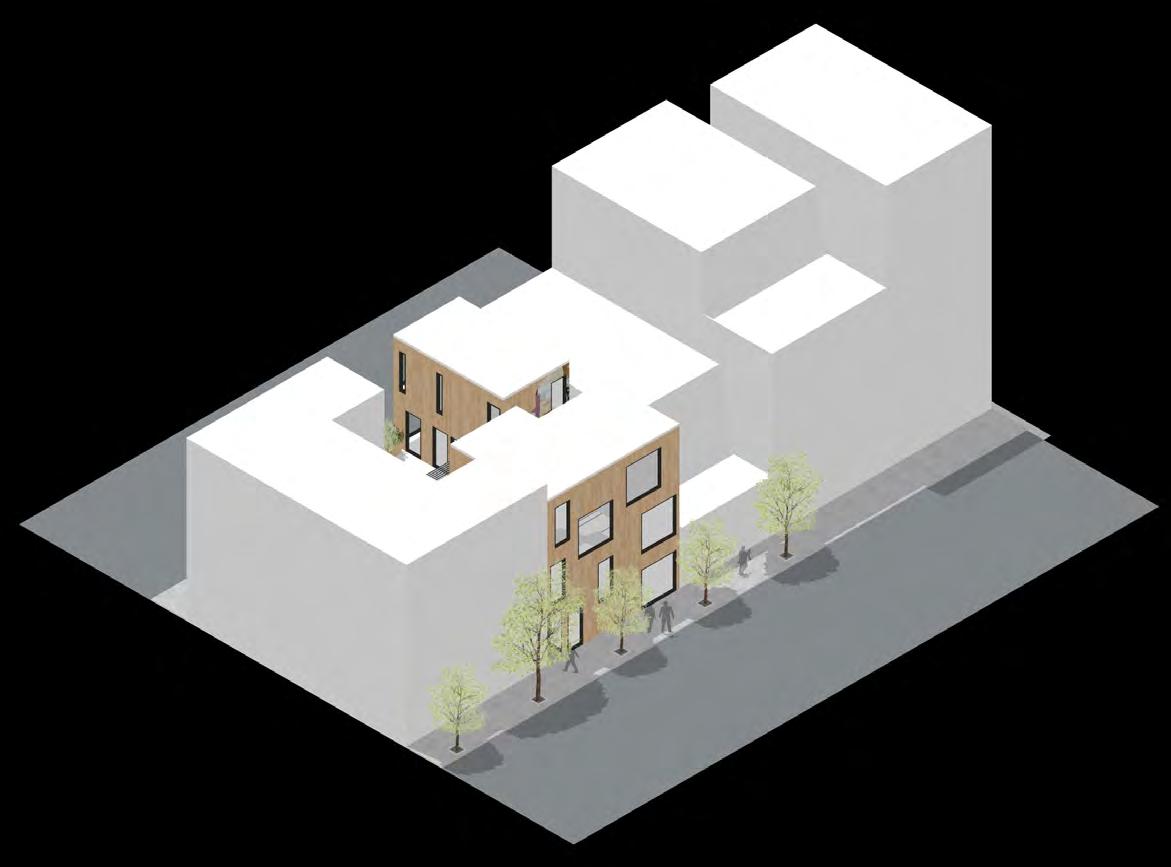
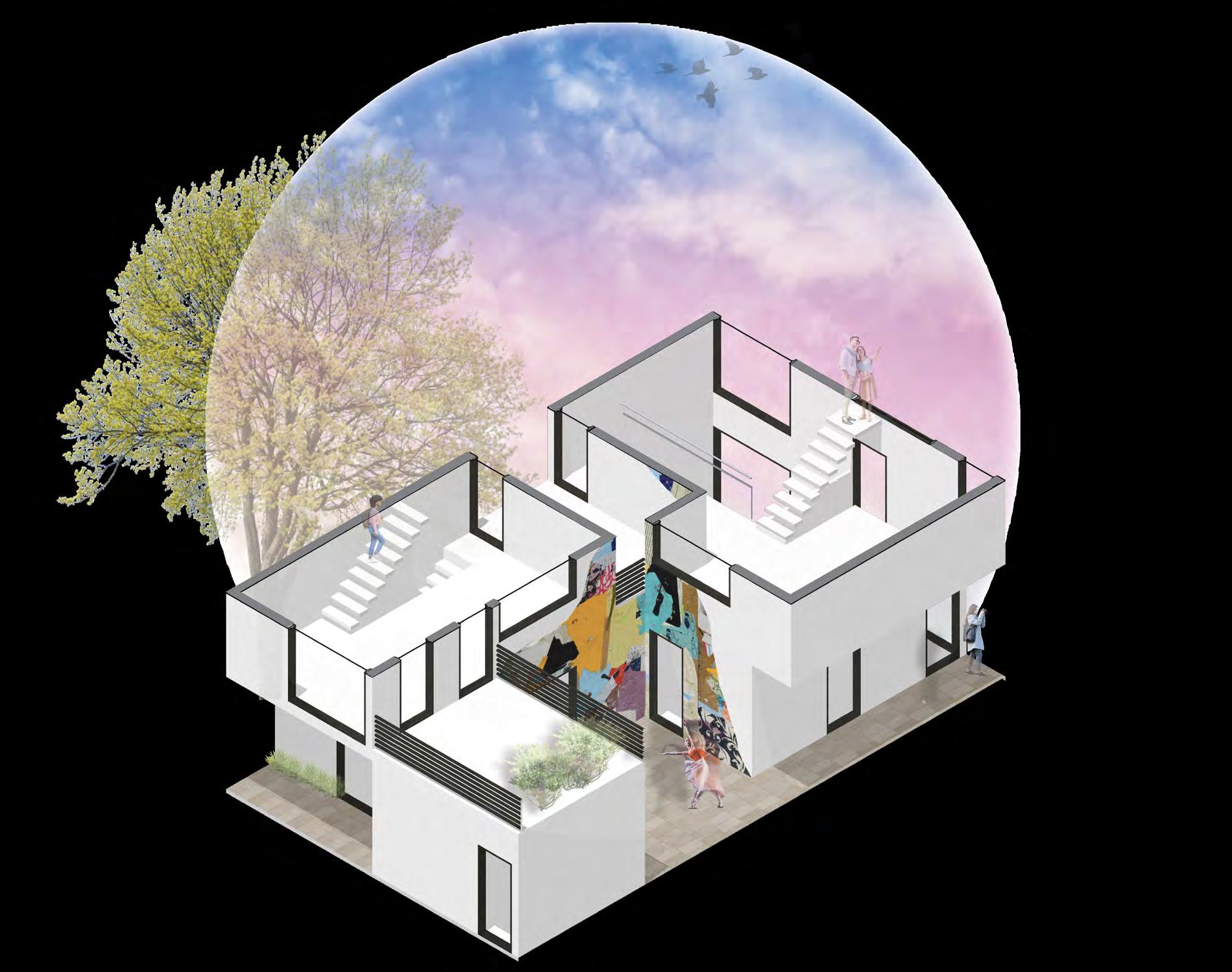

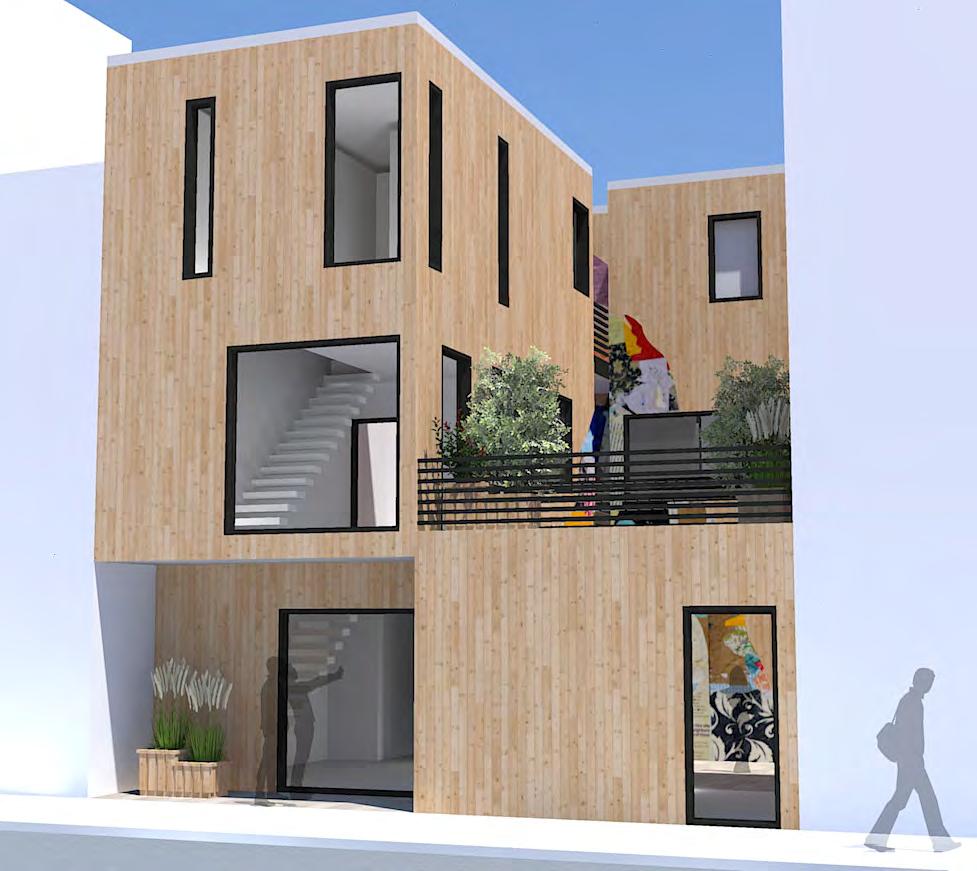

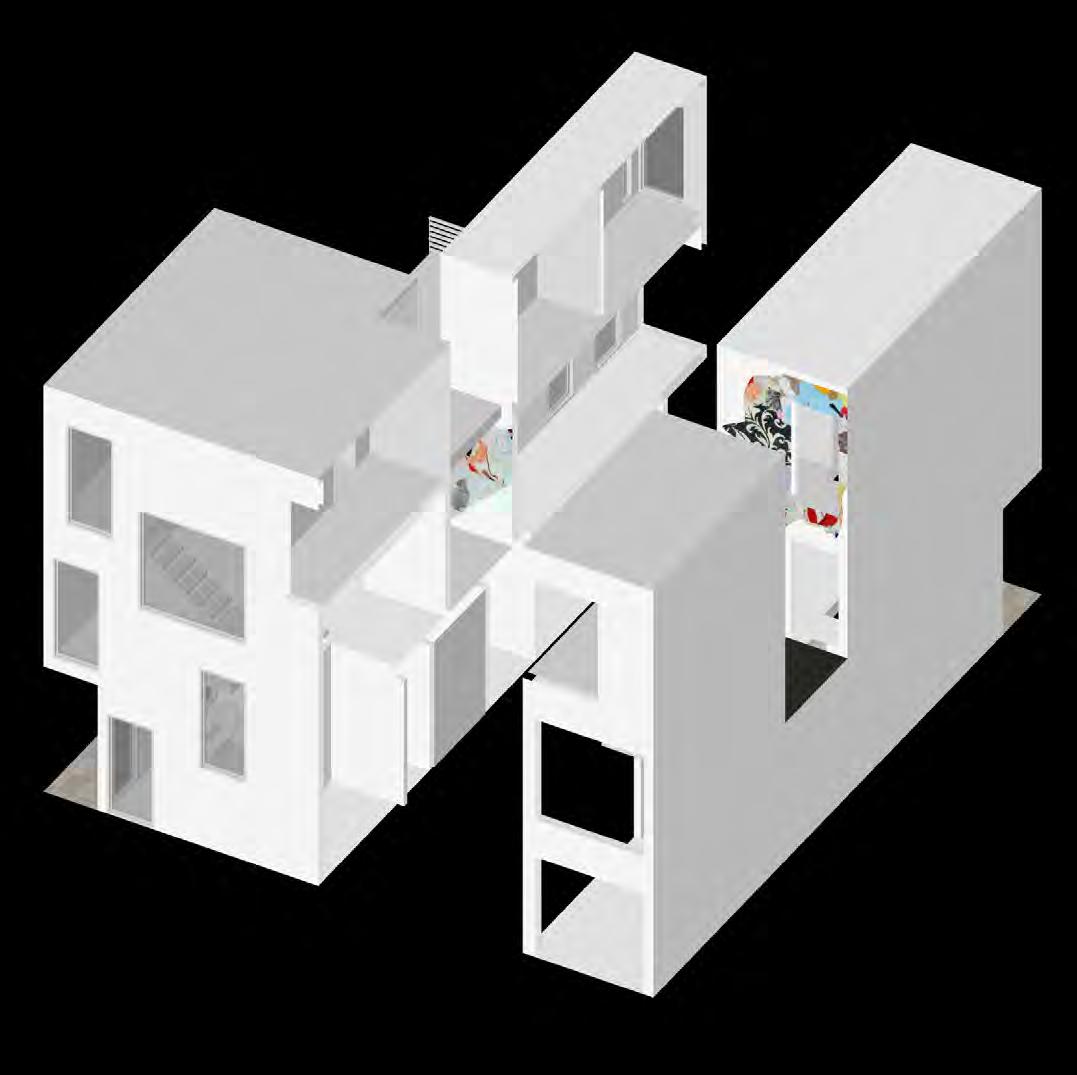

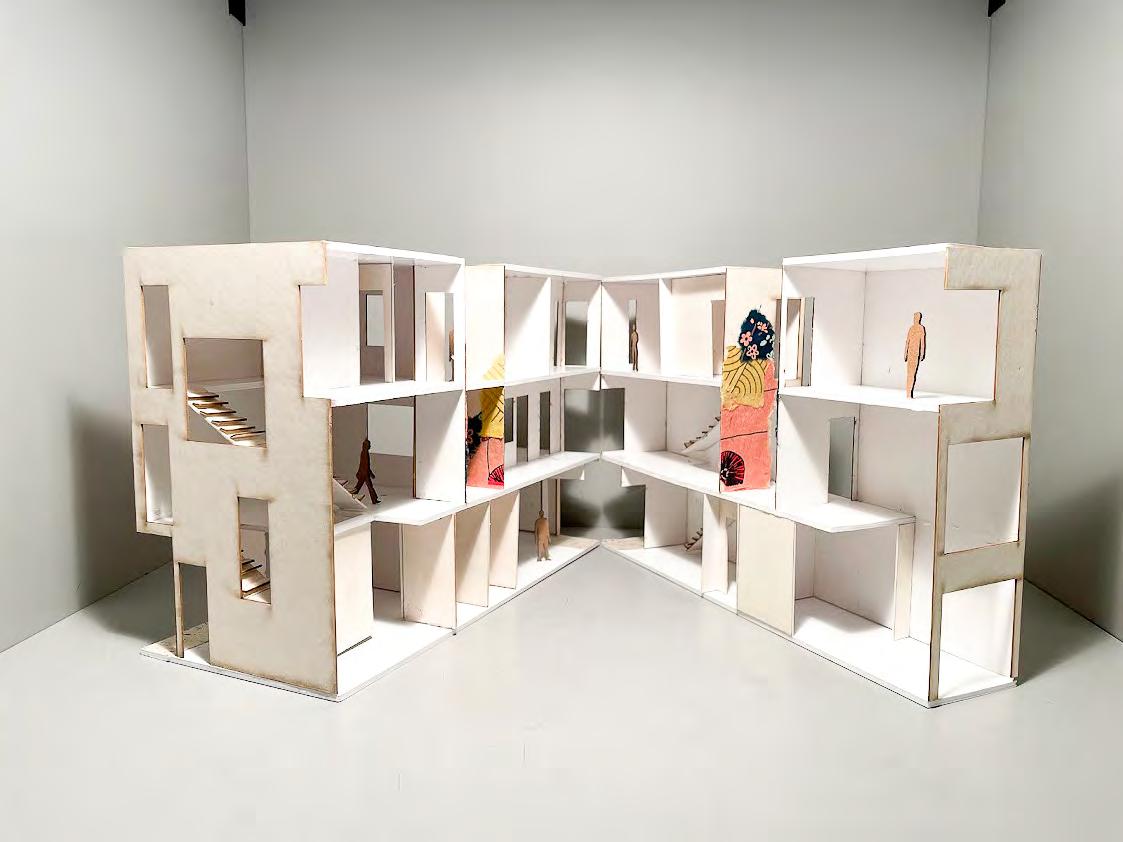
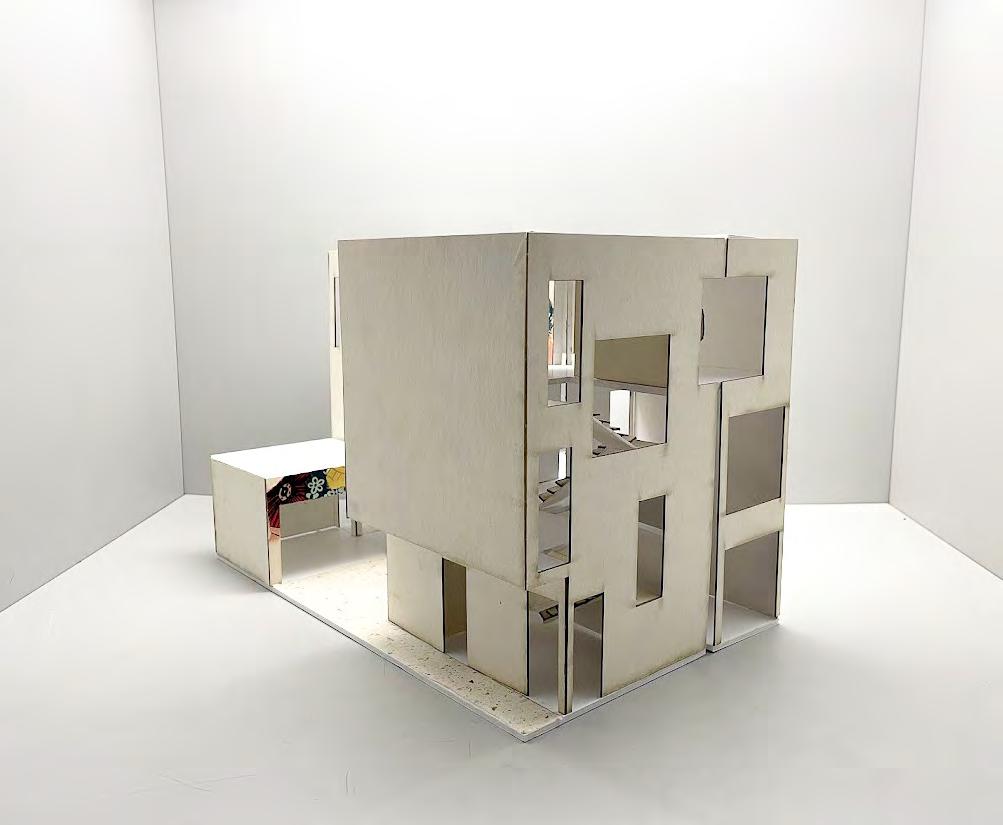
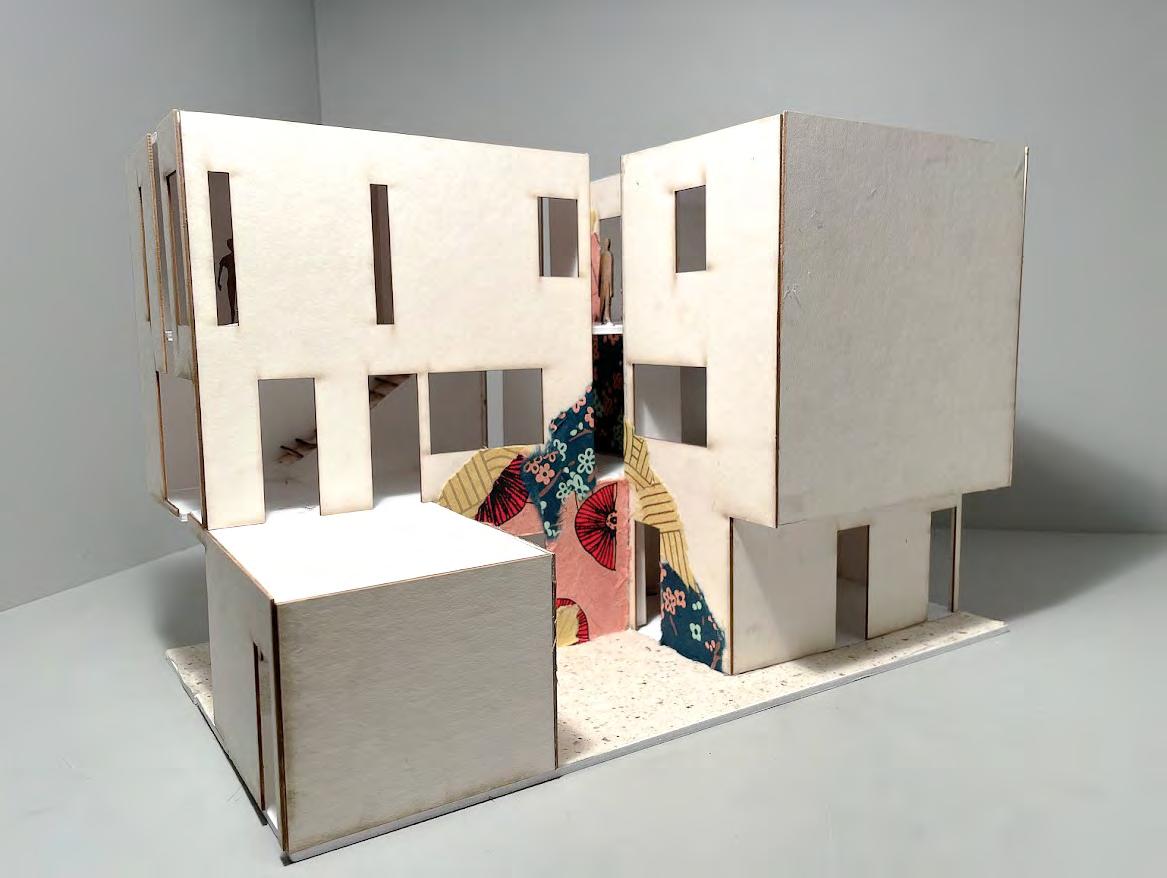
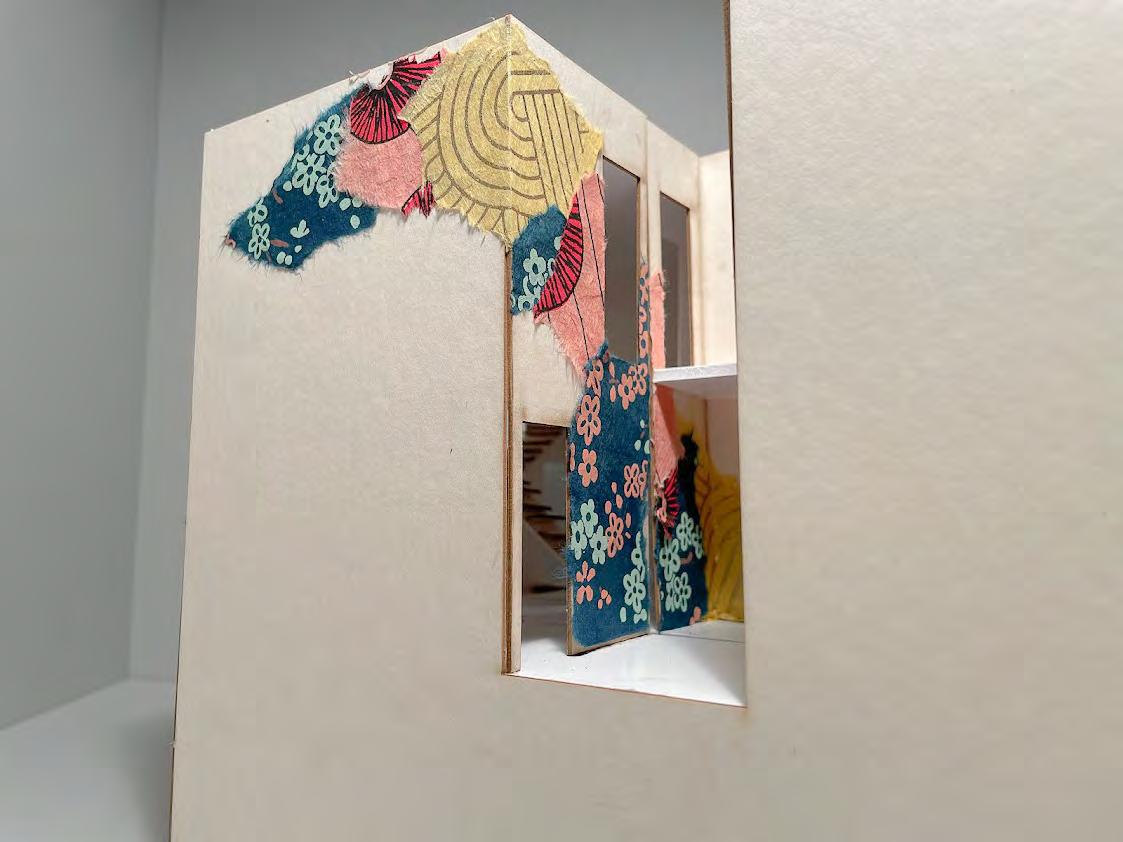

312 DAUPHINE ST
NEW ORLEANS, LOUISIANA
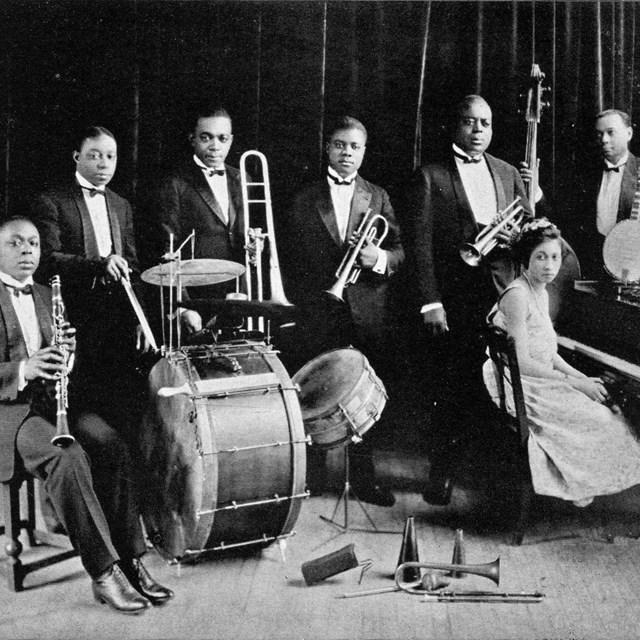

JAZZ HISTORY
Jazz, a revolutionary combination of classical European music and African/ Caribbean elements emerged in New Orleans in 1895: Jazz. Jazz was quickly embraced by the incredibly diverse population of New Orleans and became a staple of all events, from ballgames to fish fries.
New Orleans, originally part of FrenchLouisiana was founded in 1718 by the French. At the time, the city consisted only of the current French Quarter. New Orleans was ceded to Spain in 1762, and eventually purchased by the United States via the Louisiana Purchase in 1803. The city then expanded along the shores of the Mississippi and eventually up toward Lake Pontchartrain.
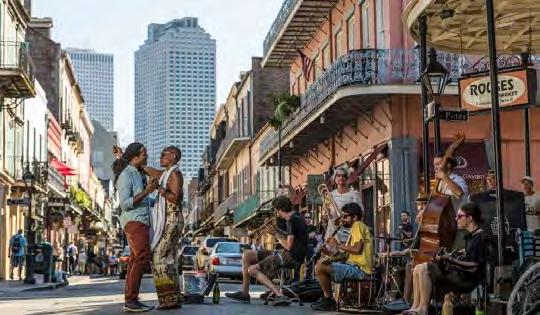
CULTURAL ROOTS
During its years under Spanish rule, New Orleans followed Spanish racial policy which allowed for the formation of a large class of free people of color. The creole population of New Orleans has continued to grow and thrive, solidifying the city’s status as one of the most diverse in the country.

KATRINA
After a series of destructive hurricanes in the city’s early days, levees were constructed to protect the city, and significant hurricanes between 1909 and 1965 failed to cause extensive damage. The levees succeeded in protecting the city until 2005, when Hurricane Katrina overan the levees and caused $105 Billion in financial damage and produced over 1800 casualties.
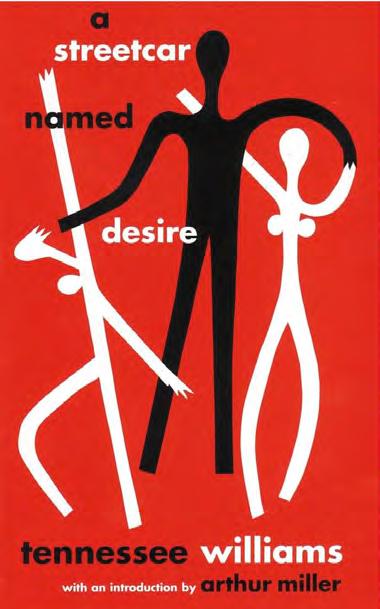
A STREETCAR NAMED DESIRE
New Orleans has always been influential in American popular culture. In 1947, a now-classic play by Tennessee Williams called A Streetcar Named Desire premiered in New Orleans, named for the city’s famous electric streetcar trolleys.
TODAY, New Orleans is a city of diversity, jazz music, rich cuisine and vibrant celebration.

TOURISM
New Orleans’ economy is highly dependent on tourism, and more than 18.5 million people visited NOLA each year (pre-pandemic). The historic French Quarter is by far the most popular tourist destination, offering ghost tours, jazz venues, streetcar rides and creole cuisine.
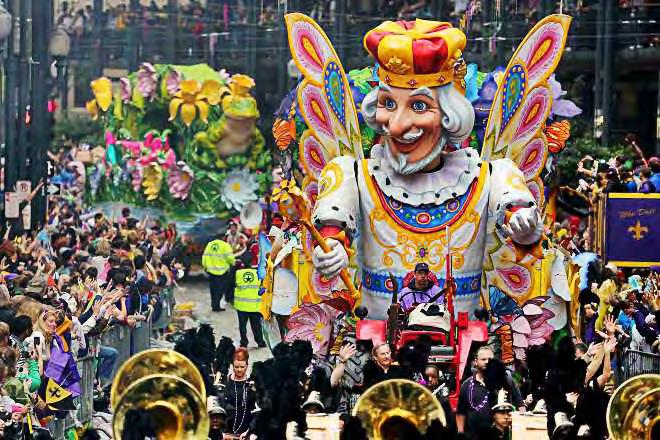
MARDI GRAS
Each year, the city of New Orleans kicks off the Christian lenten season with Mardi Gras (French for:FatTuesday), a lavish celebration of parades and festivities meant to prepare the city for the forty days of fasting and abstinence brought upon by Lent.

LOCAL CULTURE
New Orleans’ demographics largely consist of the French Creole population, which refers to a person of mixed European and African/ Caribbean descent who resides in historically French America. Creole foods, traditions, and celebrations contain elements from a multitude of cultures and peoples, including Italian, Spanish, French, Greater European, Greater African, Caribbean, and Native American influences.
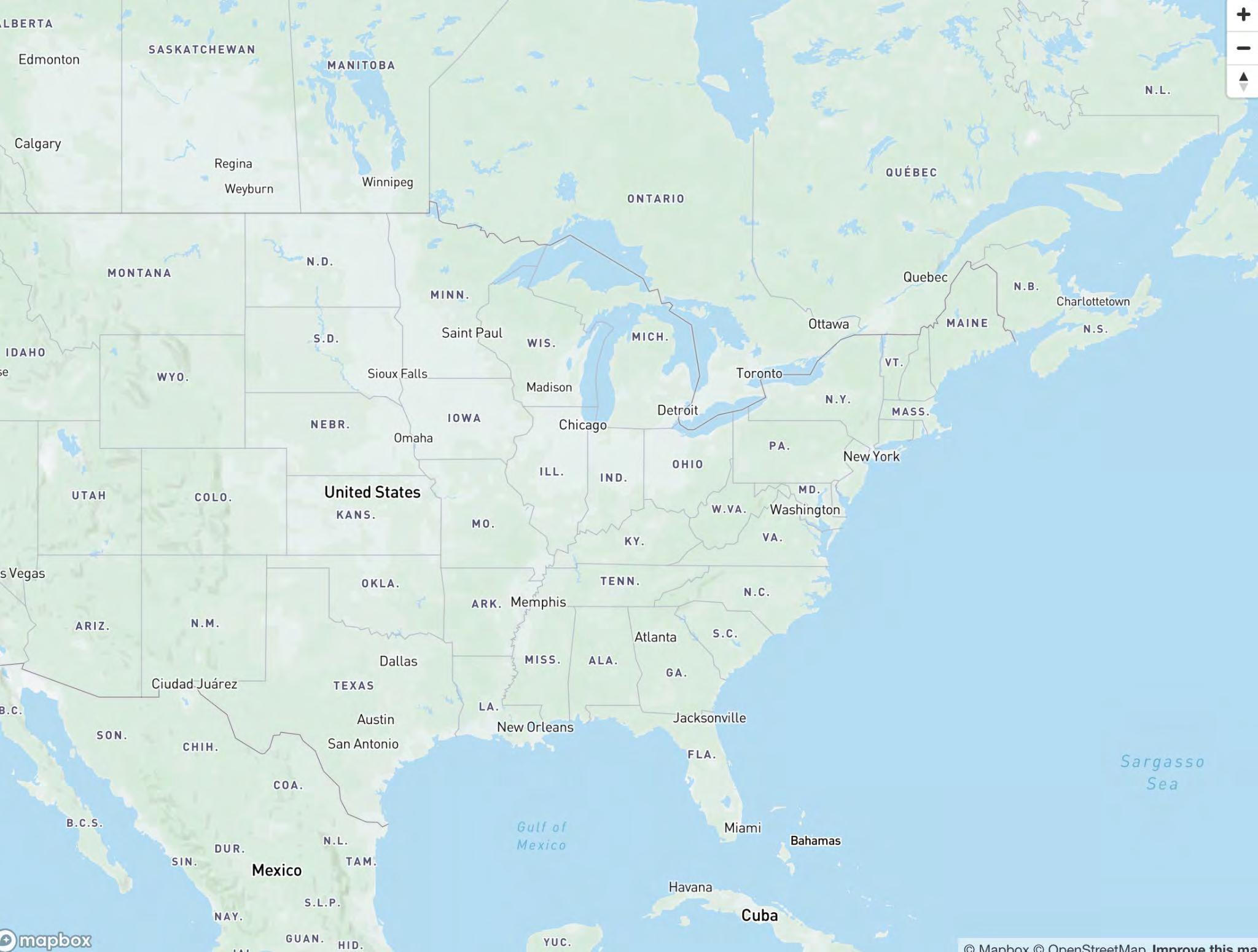

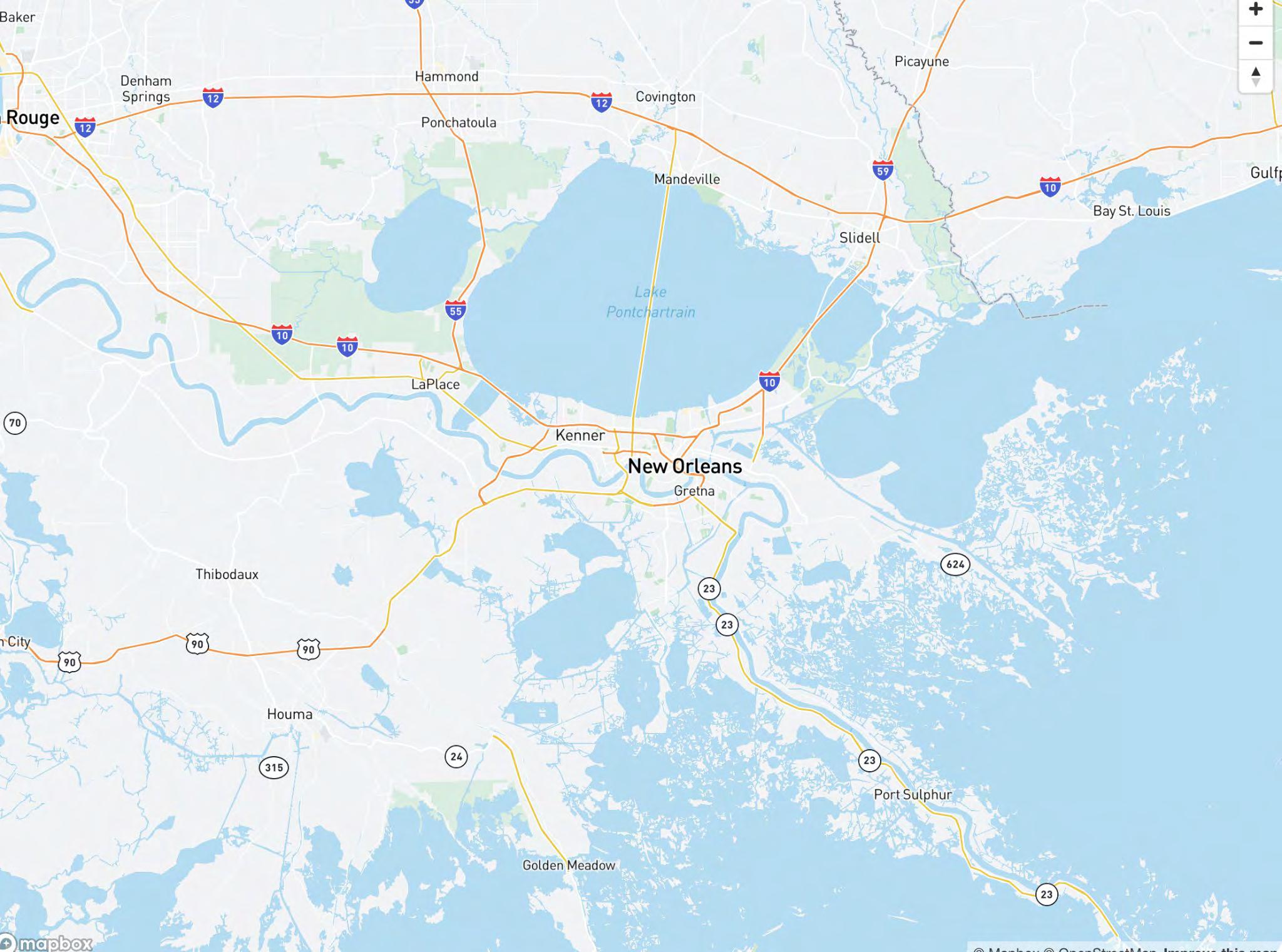
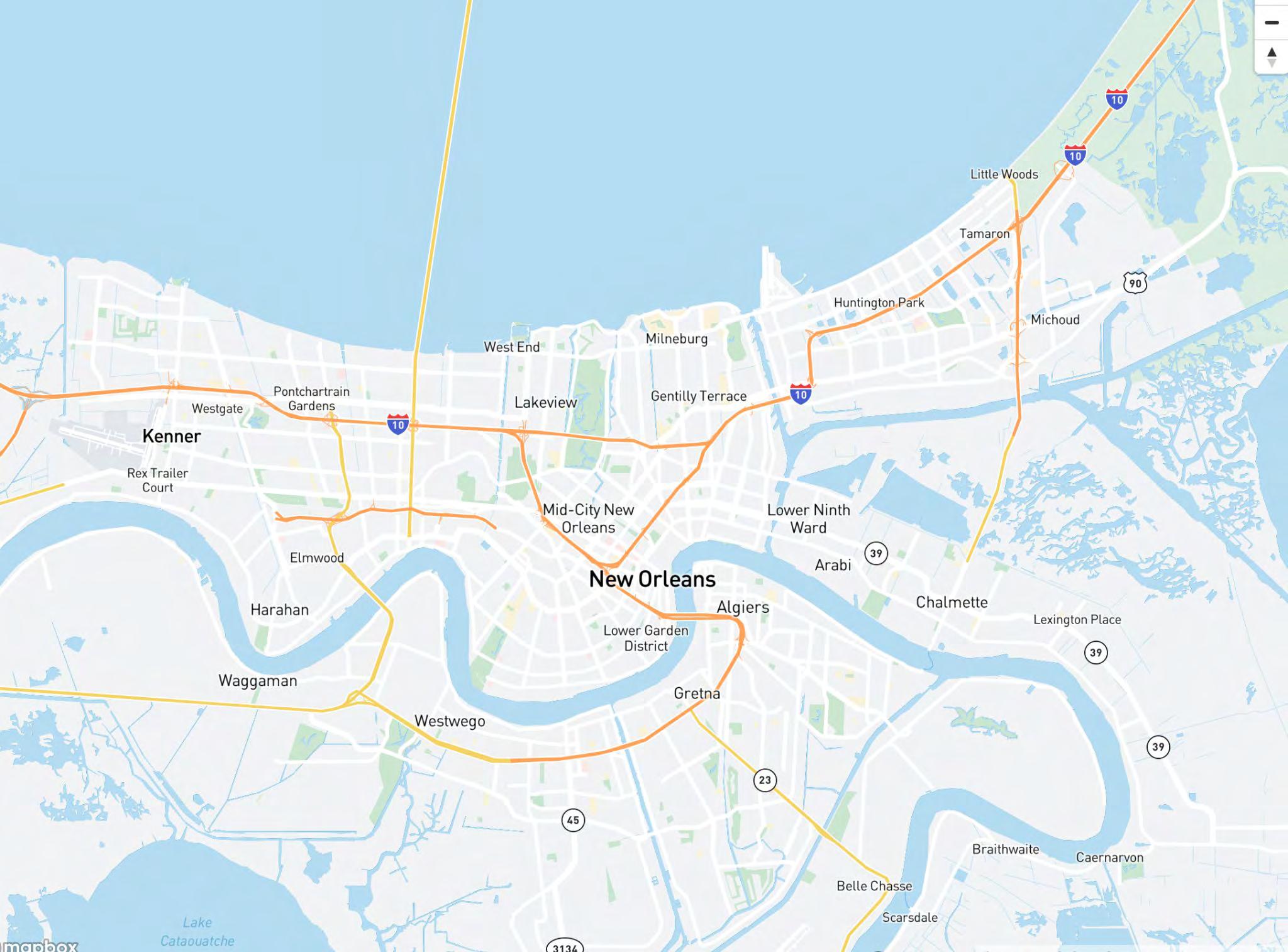
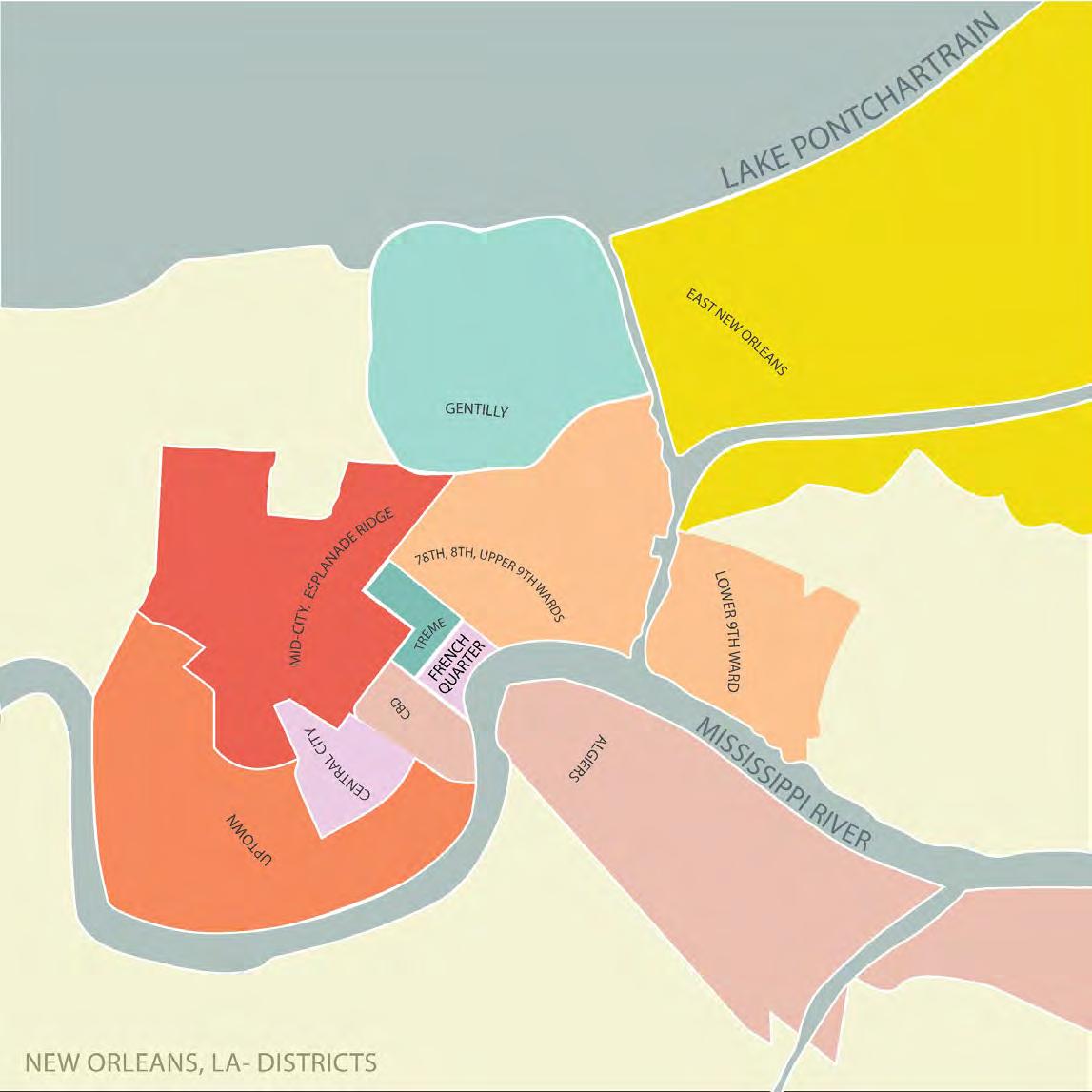
312 DAUPHINE ST IS LOCATED IN THE HISTORICAL FRENCH QUARTER, ADJACENT TO THE MISSISSIPPI.
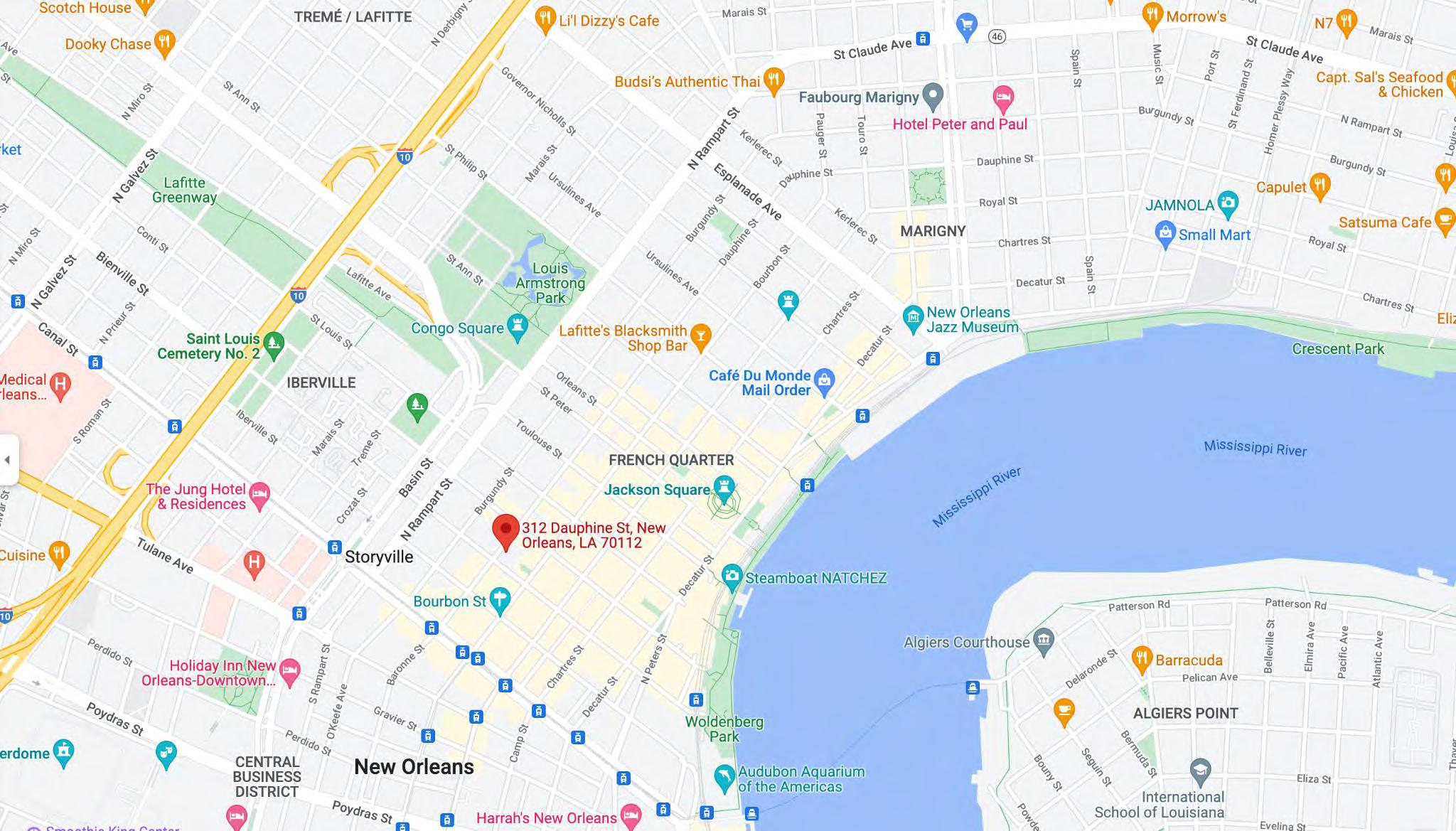
FIGURE GROUND
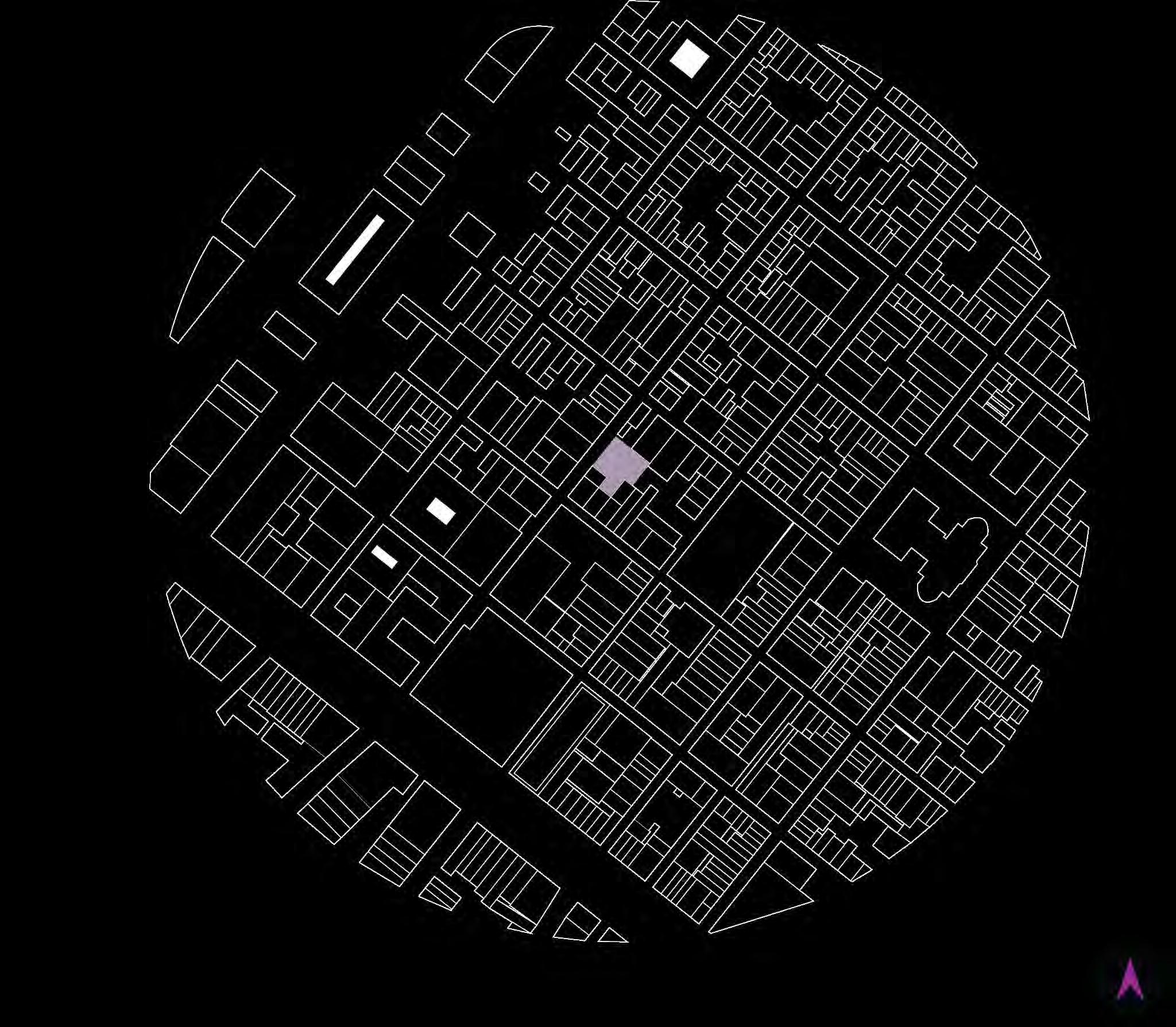
BUILDING HEIGHT
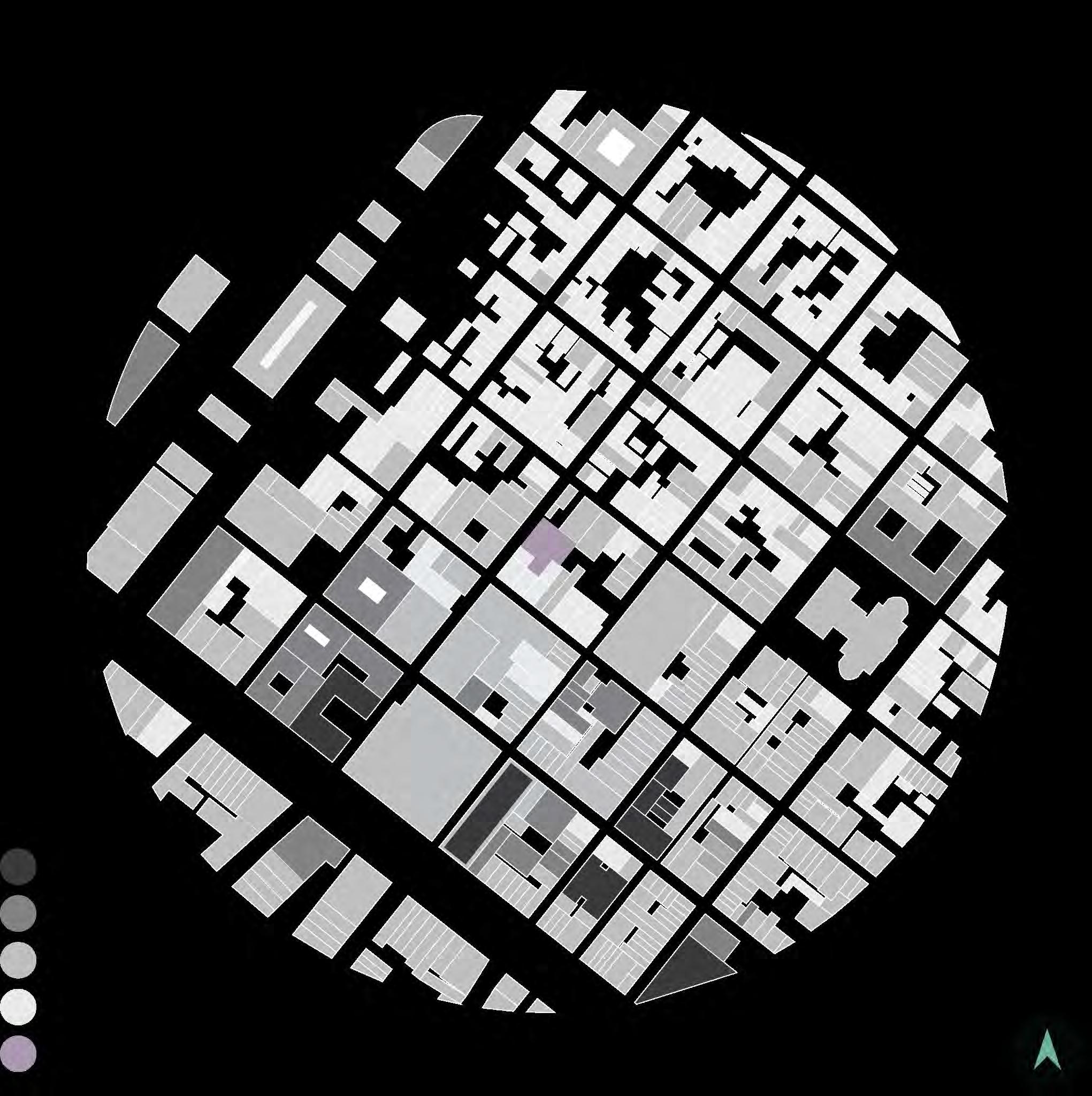
CLIMATE -TEMPERATURE

● Comfort zone is between 68° and 75°
● Range is between 33° and 92°
● Winter (December -March) Average is 56°
● Summer (JuneSeptember) Average is 82°
● The most comfortable months are May, September, October
CLIMATE - WIND VELOCITY

● The extreme high points on this graph are about 36 mph, and the extreme low point is 0 mph. However, the average high wind velocity for the summer is 11 mph, while the average low is 0 mph.
● In the winter, the average high is approximately 13 mph, and the average low is 2mph.
● The annual mean wind velocity is 12 mph.
CLIMATE - DRY BULB VS RELATIVE HUMIDITY
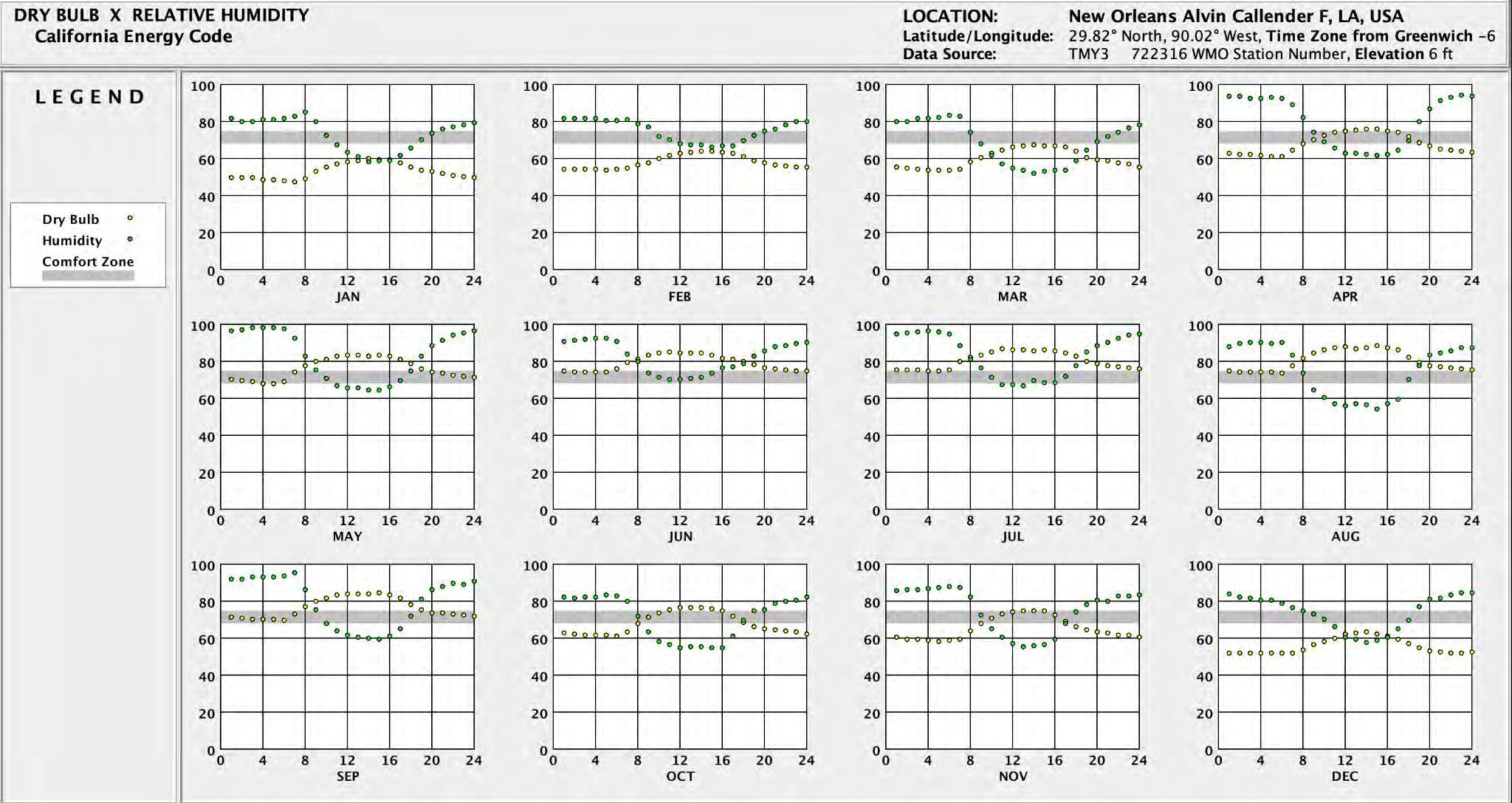
● The driest months are the winter months, December, January, and February, the dry bulb being between 50°F and 60°F, and the humidity ranging between 80°F and 50°F.
● The months with the greatest humidity are during the summer, JuneSeptember which ranges between 70°F and over 90°F.
● They also coincide with the comfort zone which approximately ranges from 70°F - 75°F.
CLIMATE - SHADING
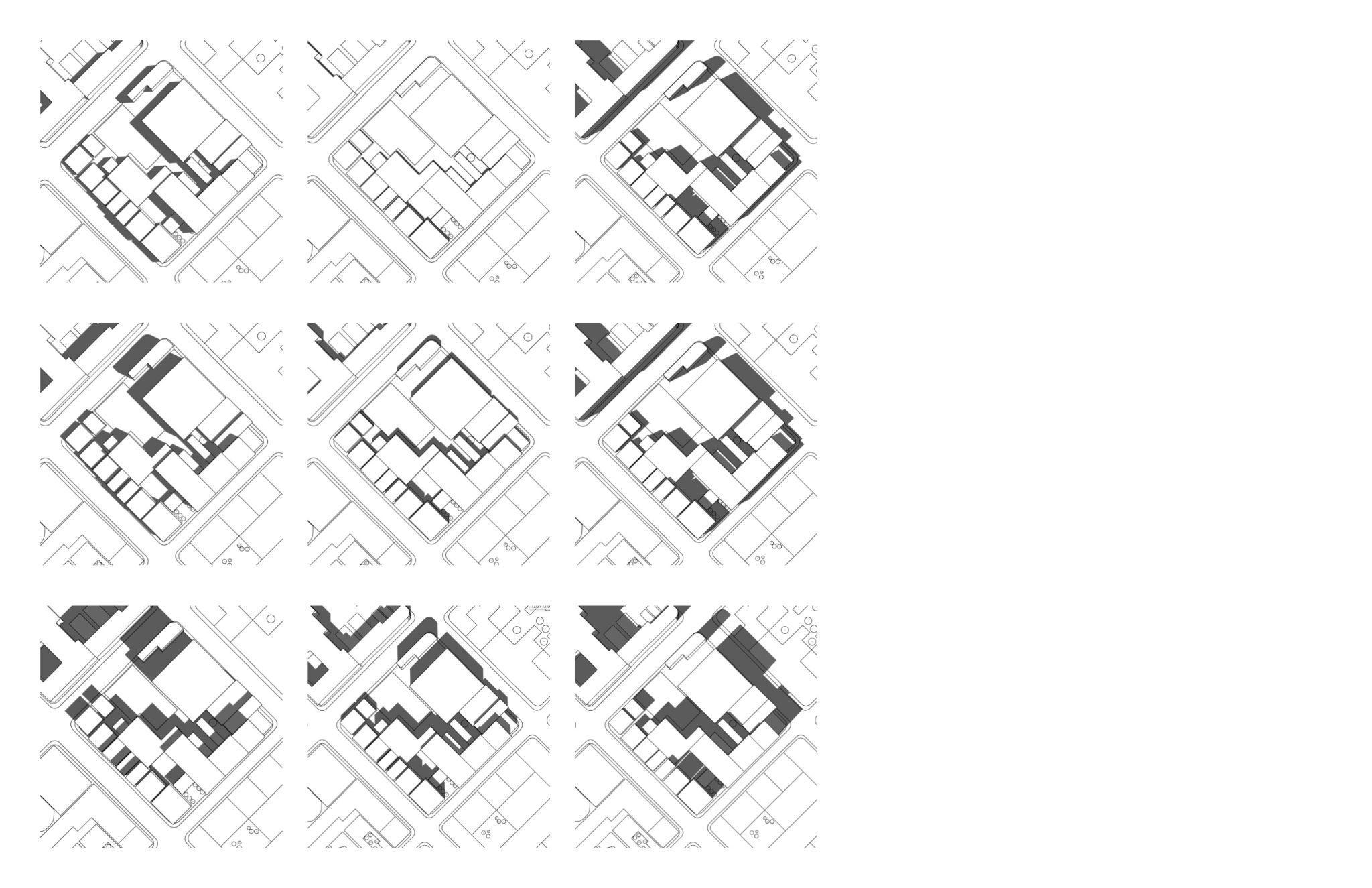
SUMMER SOLSTICE 6/219AM
DAUPHINESTREET
BOURBONSTREET CONTISTREET BIENVILLESTREET
SUMMER SOLSTICE 6/2112PM
SUMMER SOLSTICE 6/213PM

DECEMBER 21 - JUNE 21 SHADING CHART
FALL/SPRING EQUINOX9AM
FALL/SPRING EQUINOX12PM
FALL/SPRING EQUINOX3PM
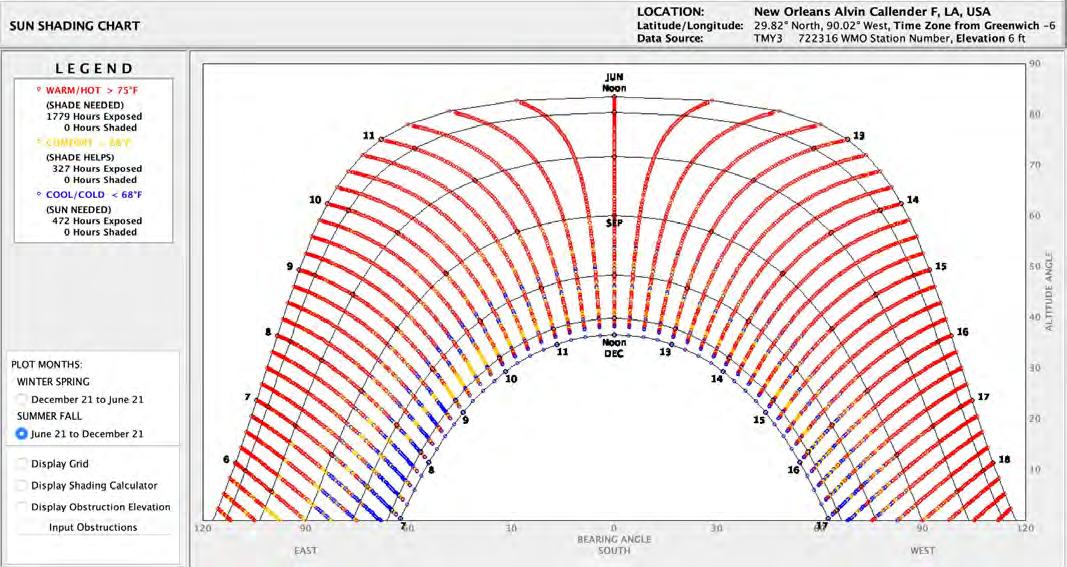
JUNE 21 - DECEMBER 21 SHADING CHART
12/219AM
WINTER SOLSTICE 12/2112PM
SOLSTICE 12/213PM
CLIMATE - PSYCHROMETRIC CHART

● There is more opportunity to be comfortable than uncomfortable.
● The ideal comfort zone ranges between a dry-bulb temperature of 70°F - 76° F, with a humidity ratio between .003 and .013.
● When not in the ideal comfort zone, there are passive design strategies to help facilitate a more comfortable environment.
● Some include sun shading of windows and natural ventilation cooling.
CLIMATE - WIND WHEEL
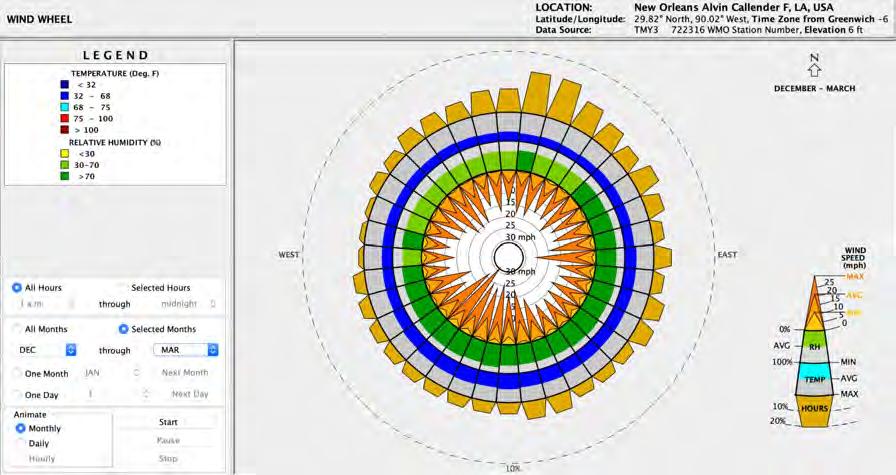
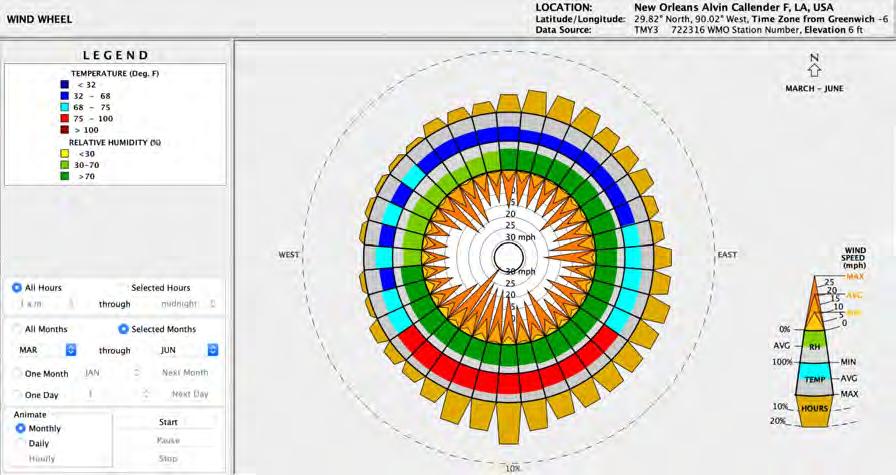
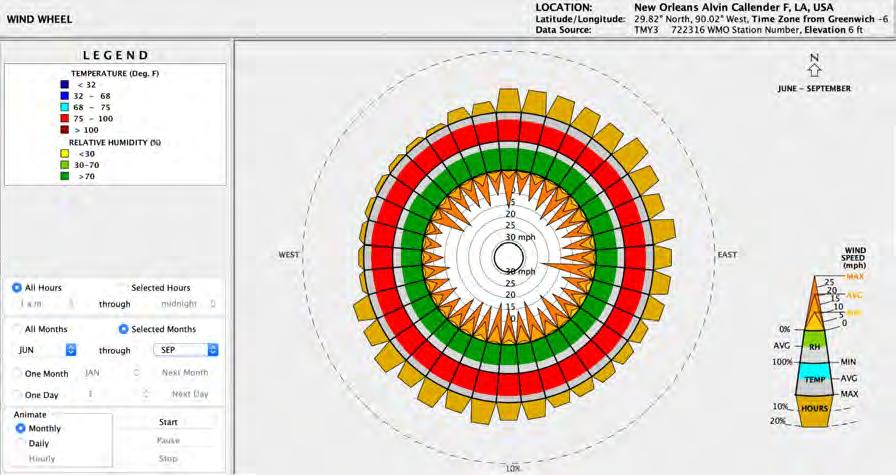
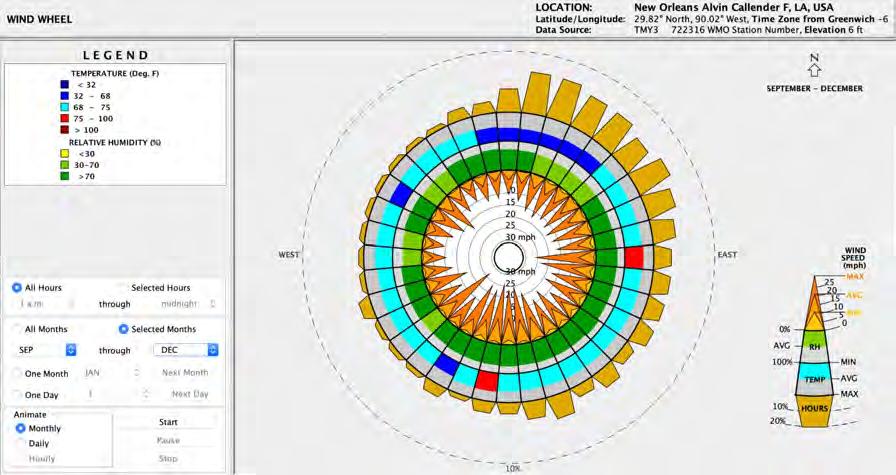
● WINTER: prevailing winds coming from northeast at 20mph
● SPRING: prevailing winds coming from south at 15mph
● SUMMER: prevailing winds coming from northeast and southwest at 15mph
● FALL: prevailing winds coming from northeast at 15mph
CIRCULATION
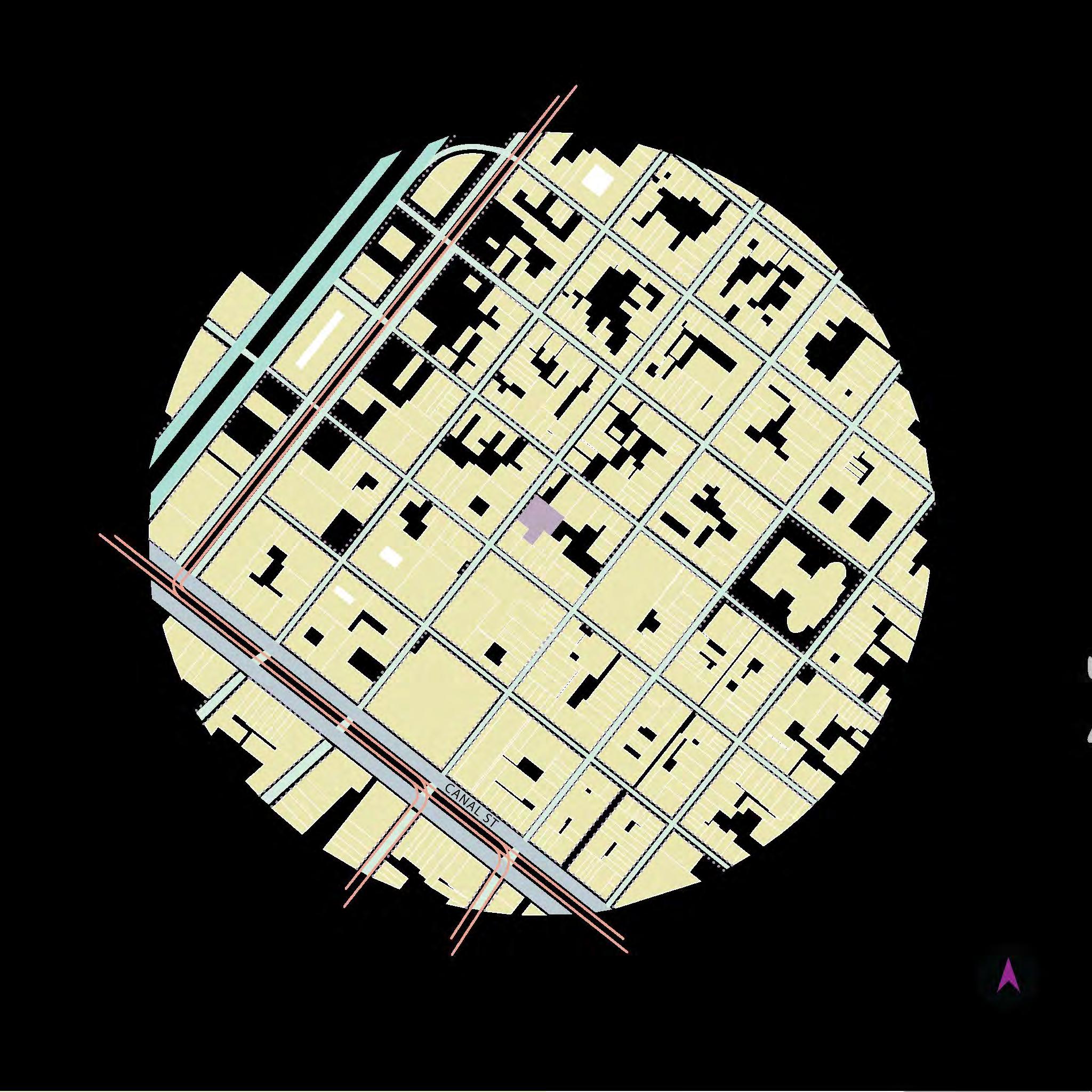
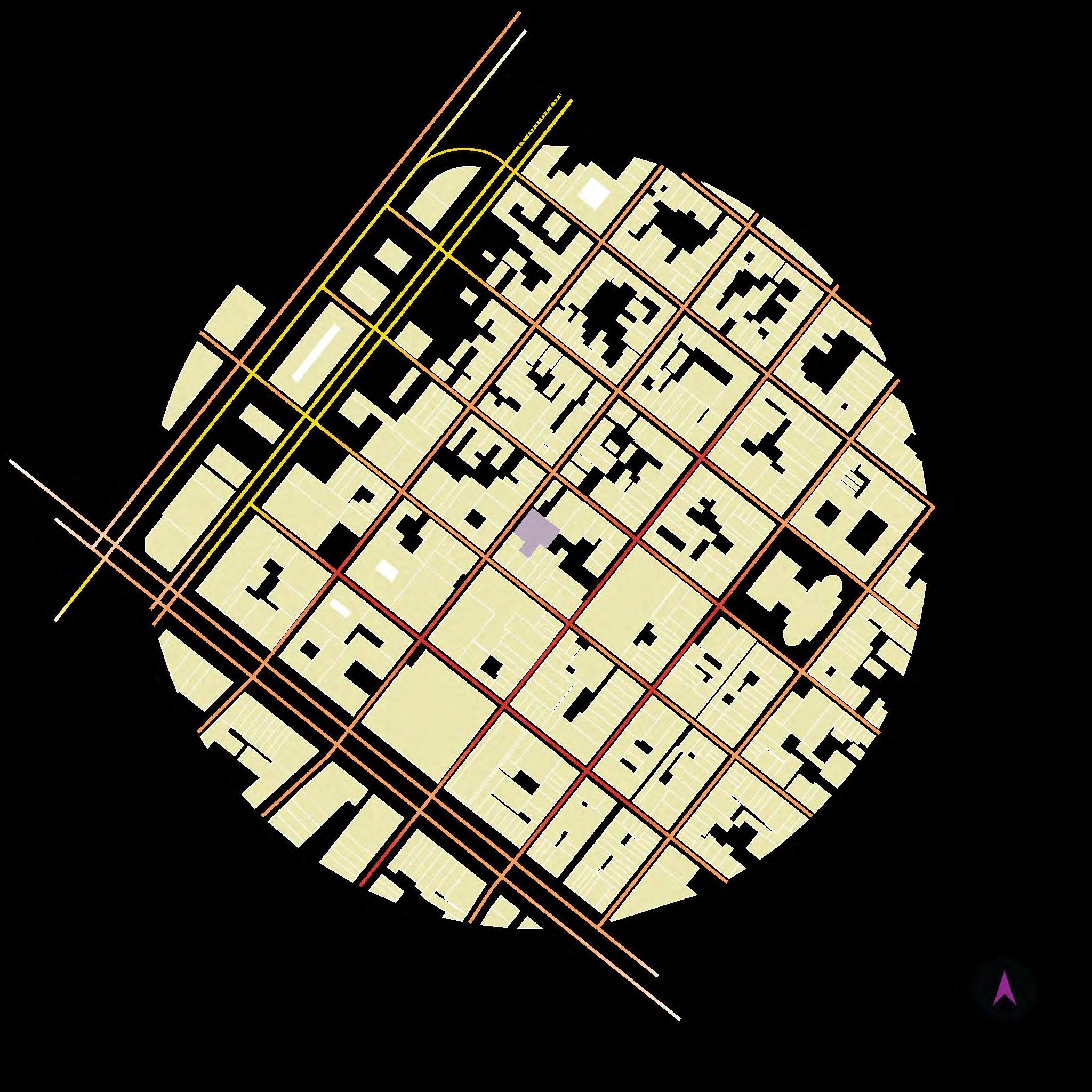
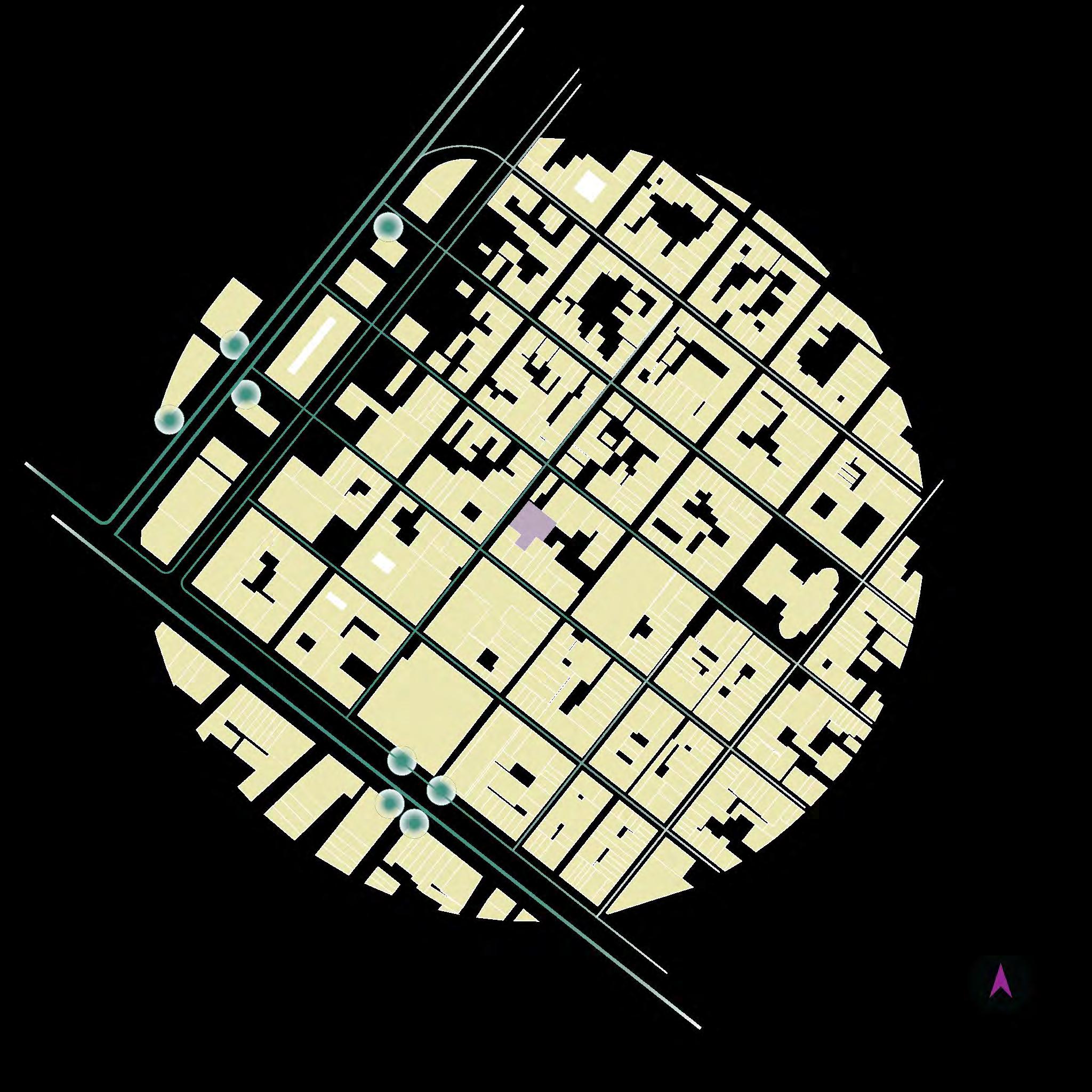
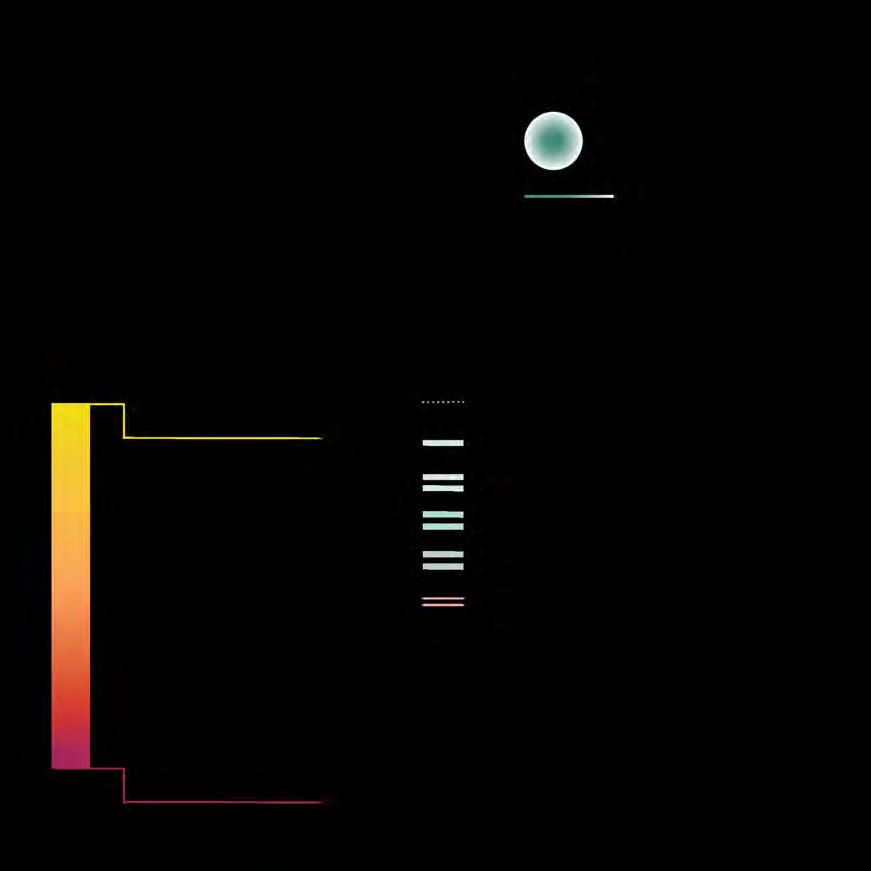
PEDESTRIAN/ VEHICULAR CIRCULATION

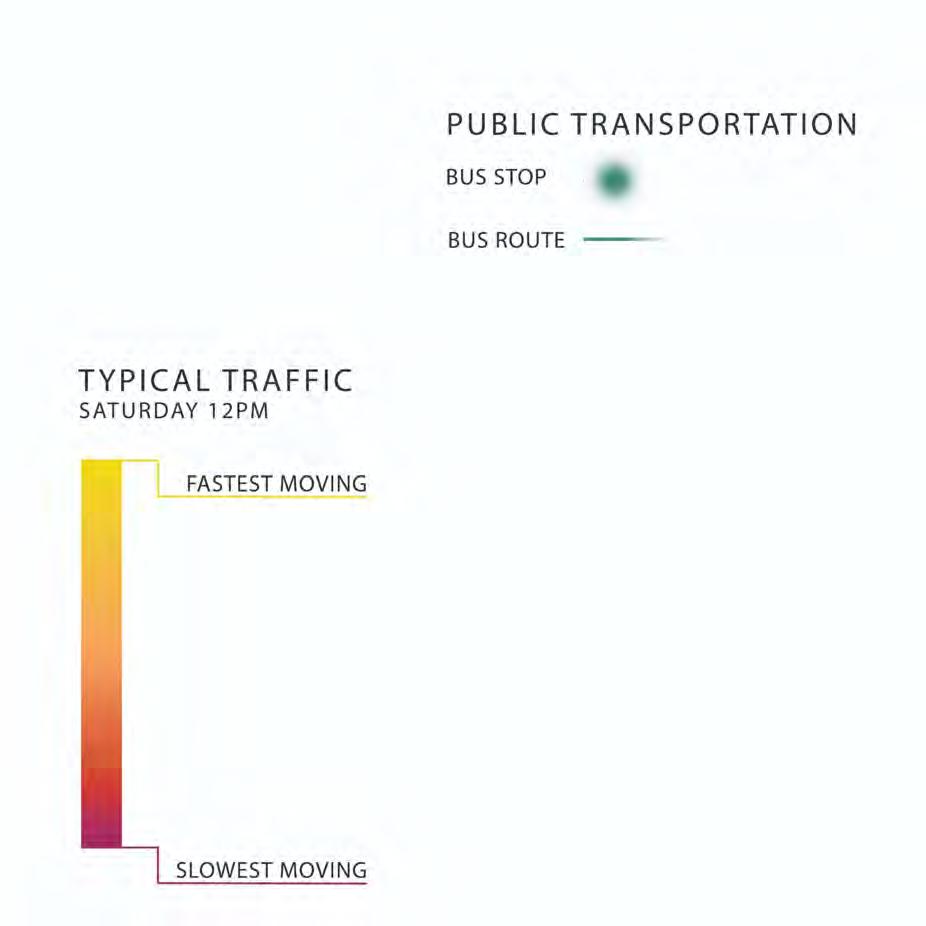
PUBLIC TRANSPORTATION



PUBLIC SPACES/VEGETATION

NEIGHBORHOOD PROGRAMMATIC USES
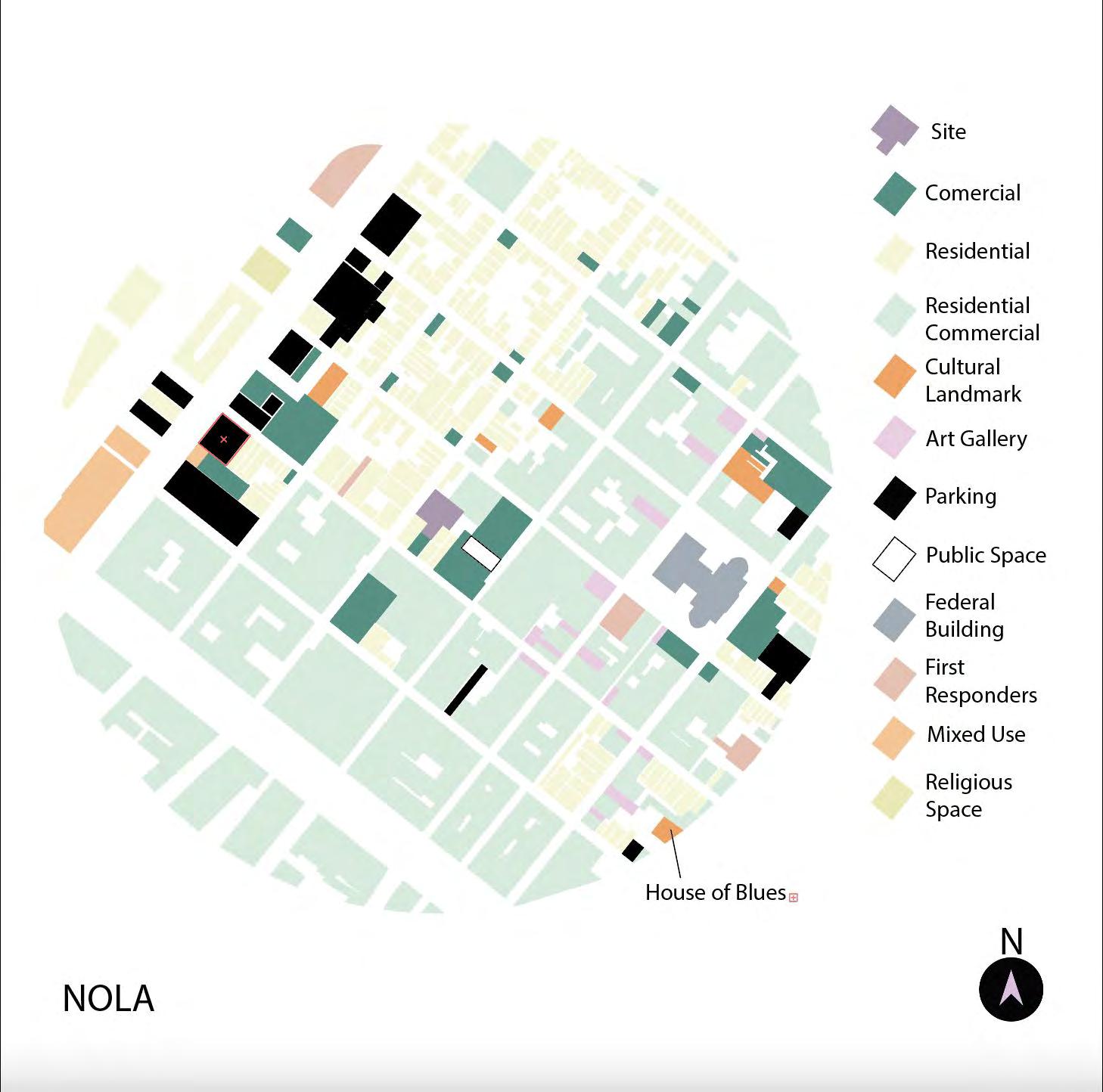
NOLA CITY SKYLINE

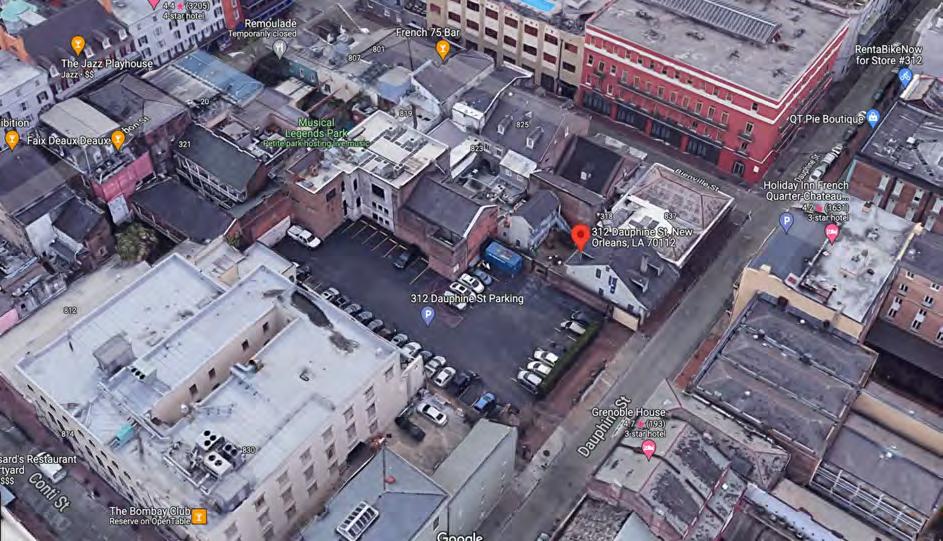

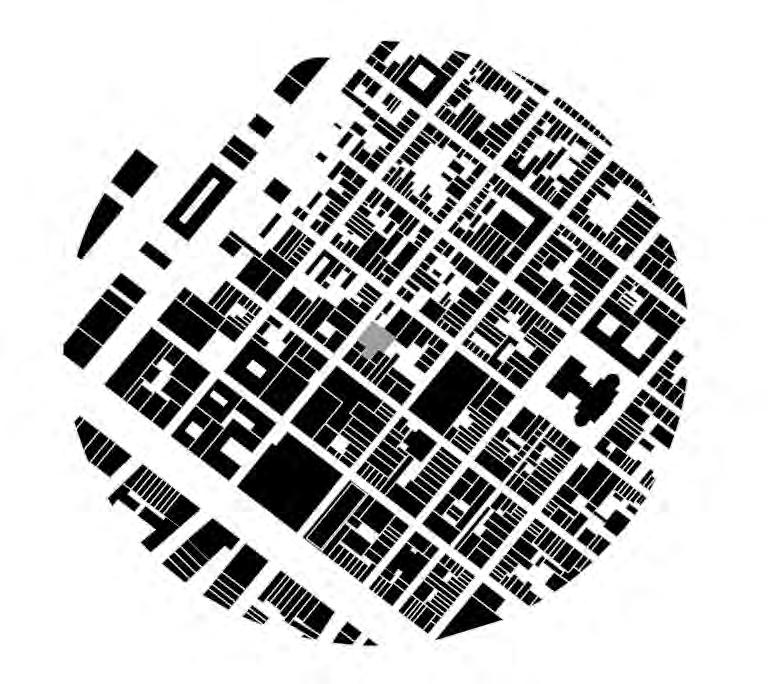
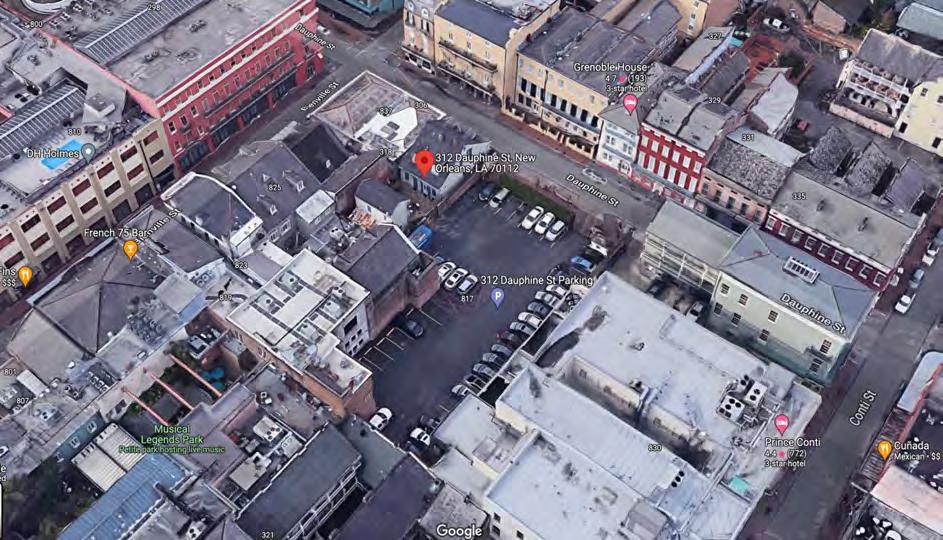
VIEWS TO AND FROM THE SITE
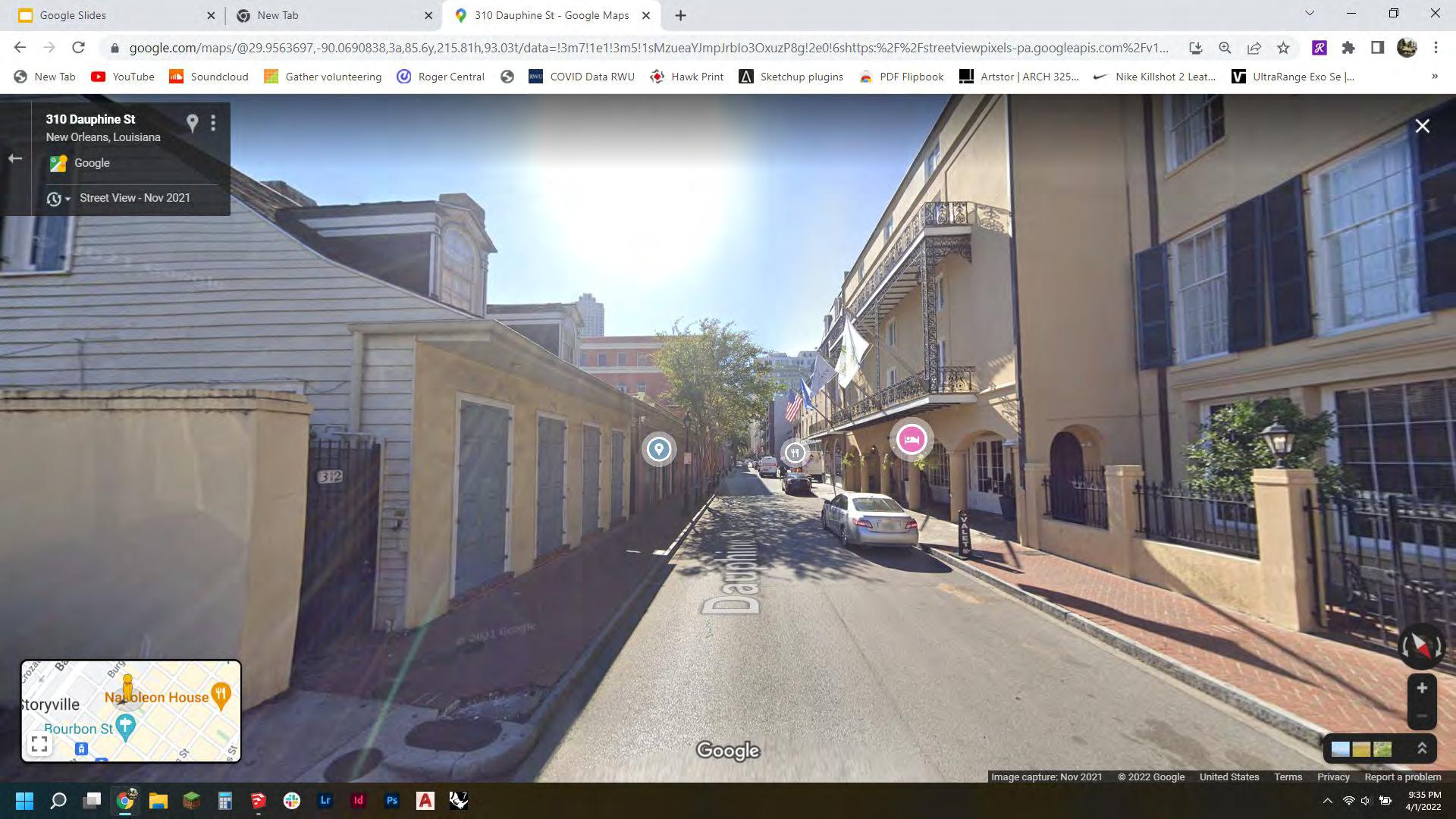
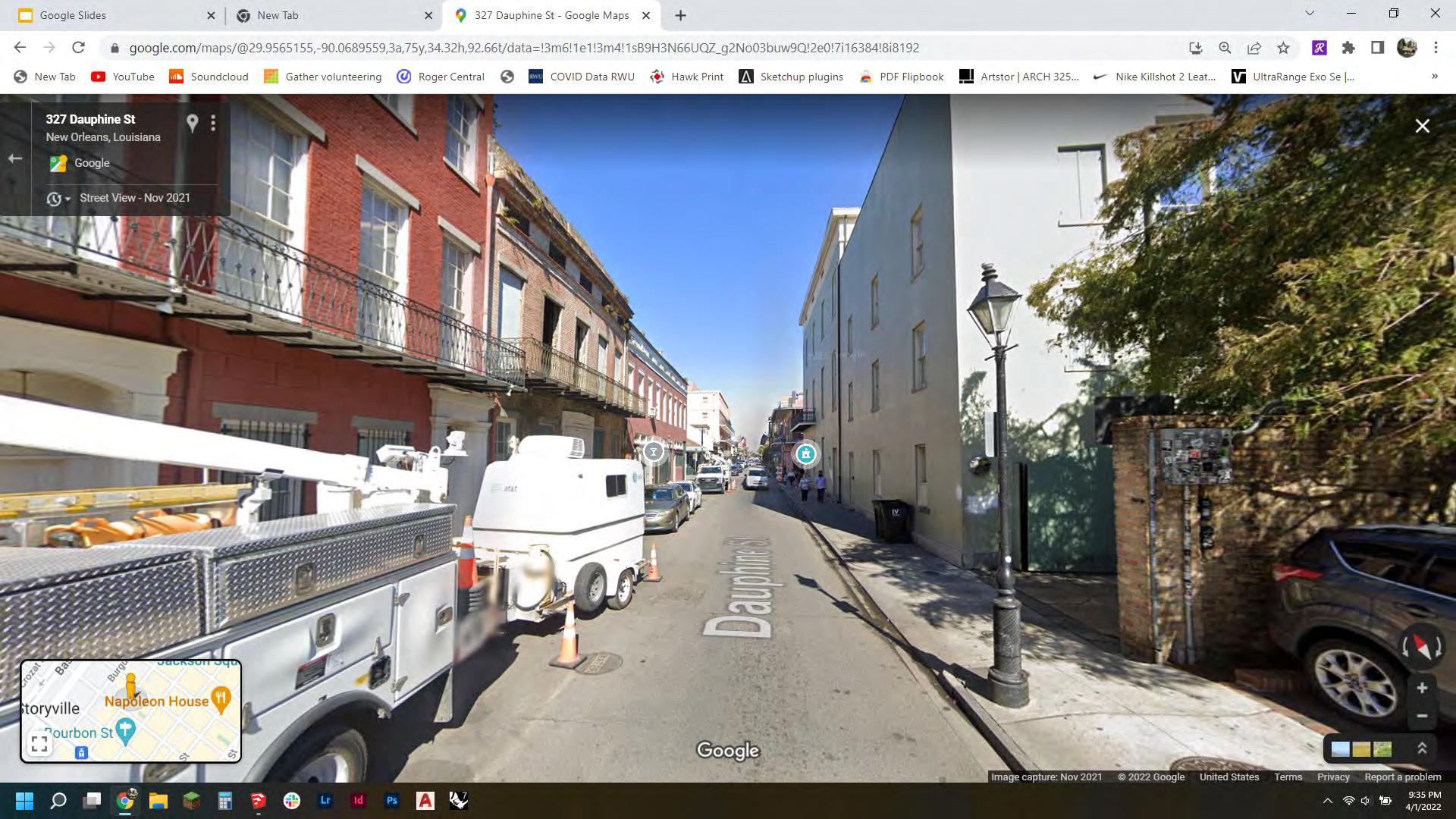
VIEWS TO AND FROM THE SITE
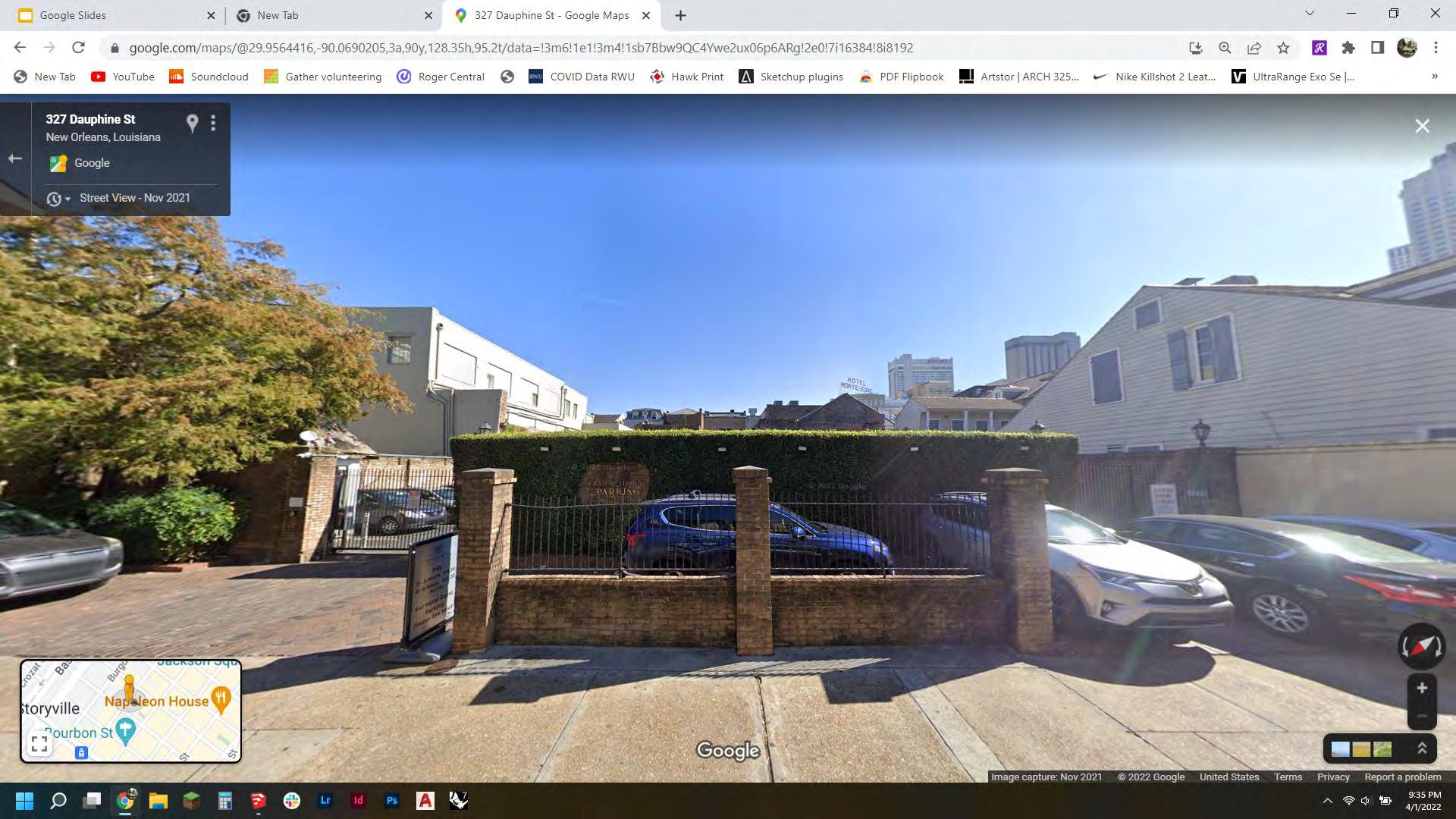
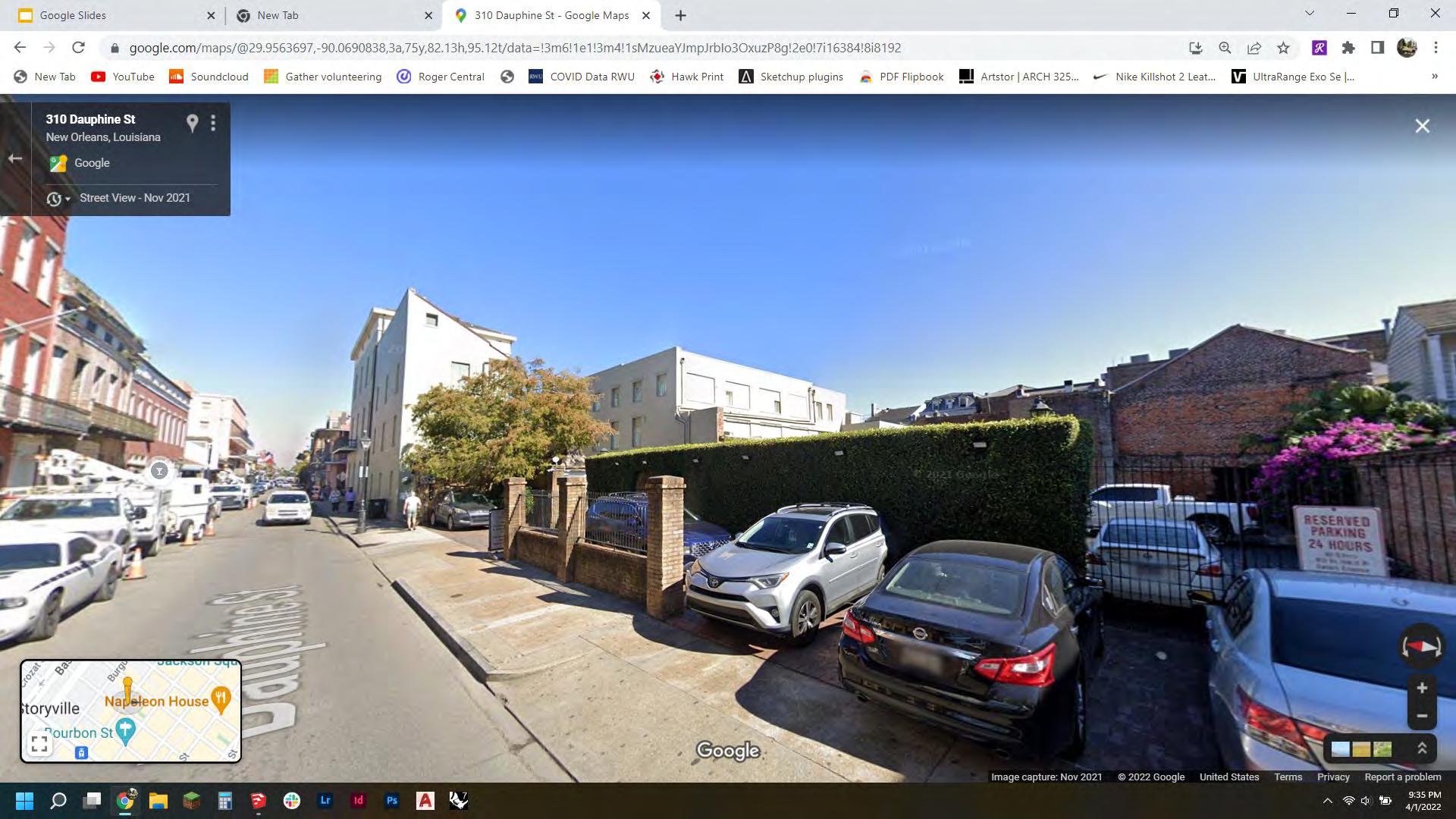
EXPERIENTIAL STREET FEATURES

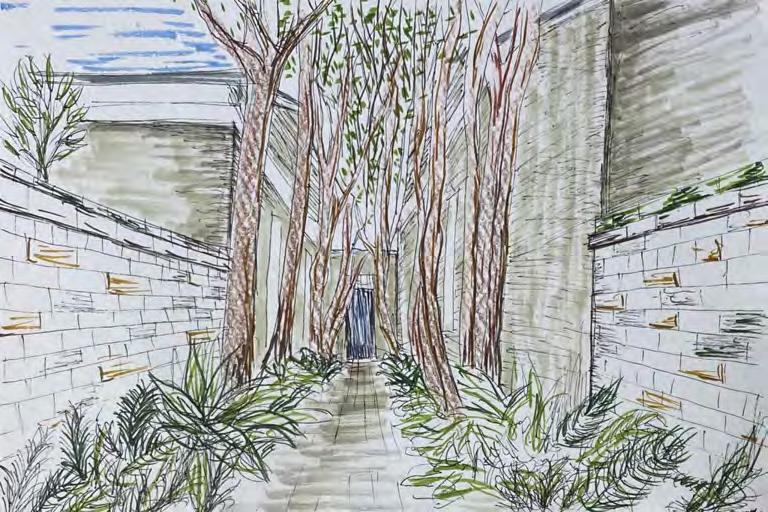

EXPERIENTIAL STREET FEATURES
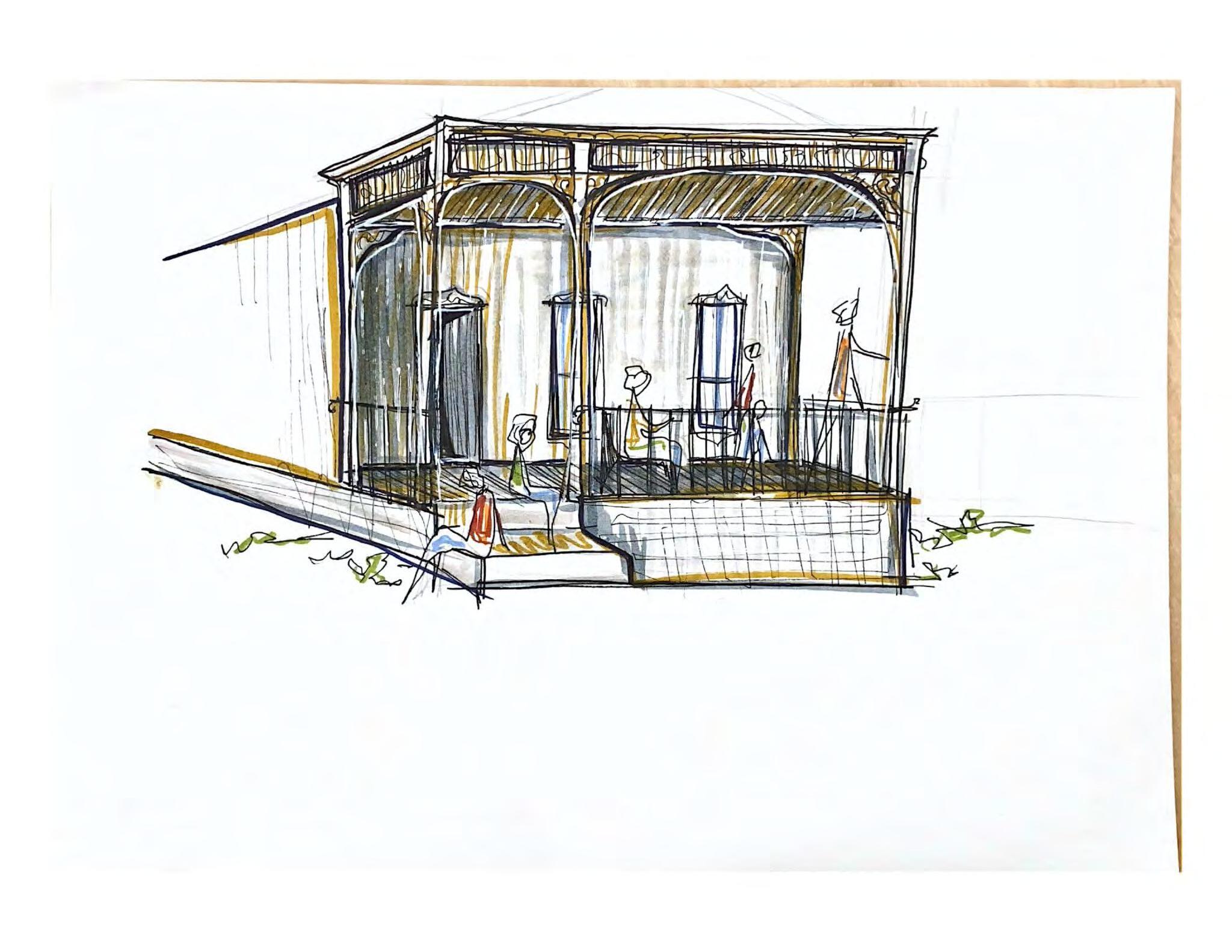
THE PORCH
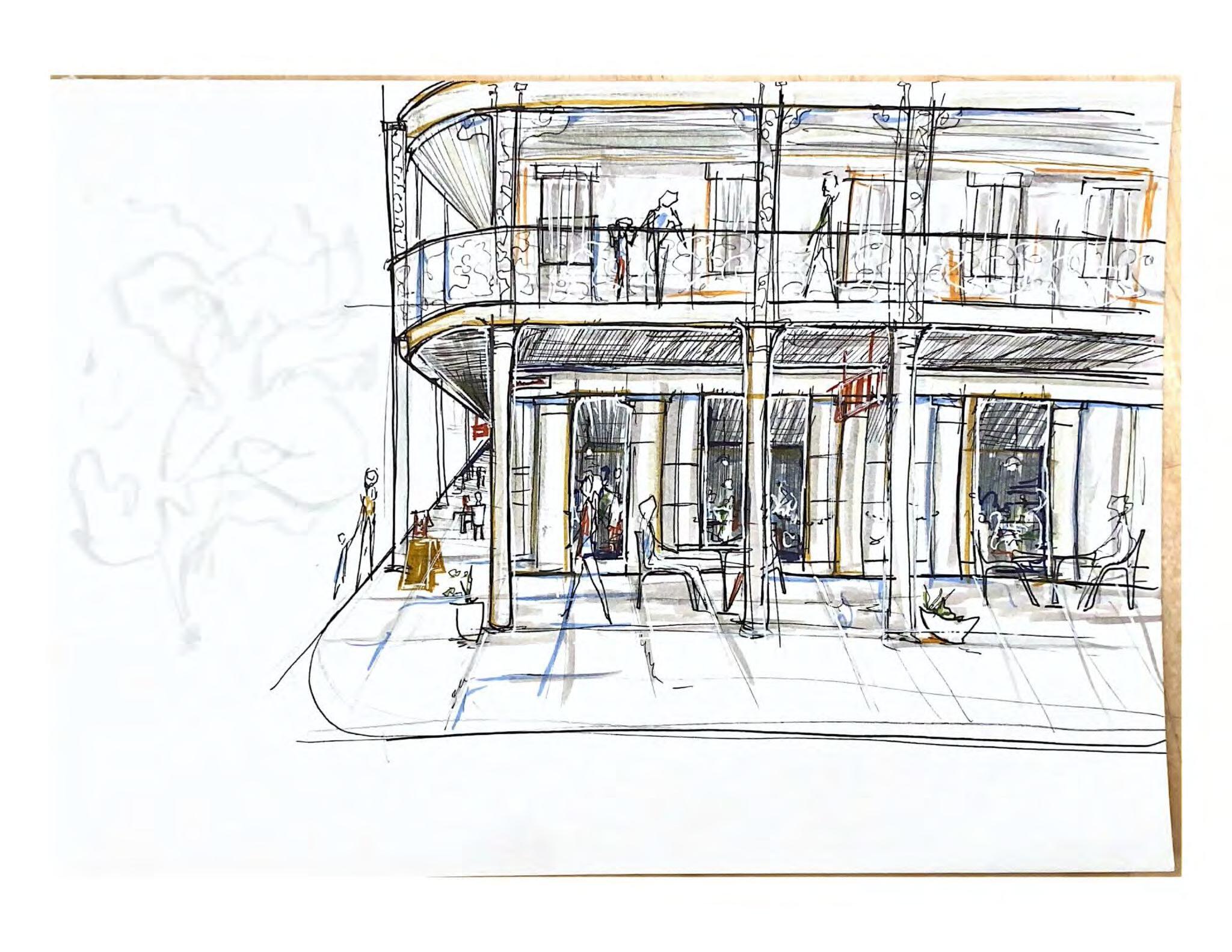
PUBLIC ENVIRONMENT/ BALCONY
PASSIVE DESIGN STRATEGIES
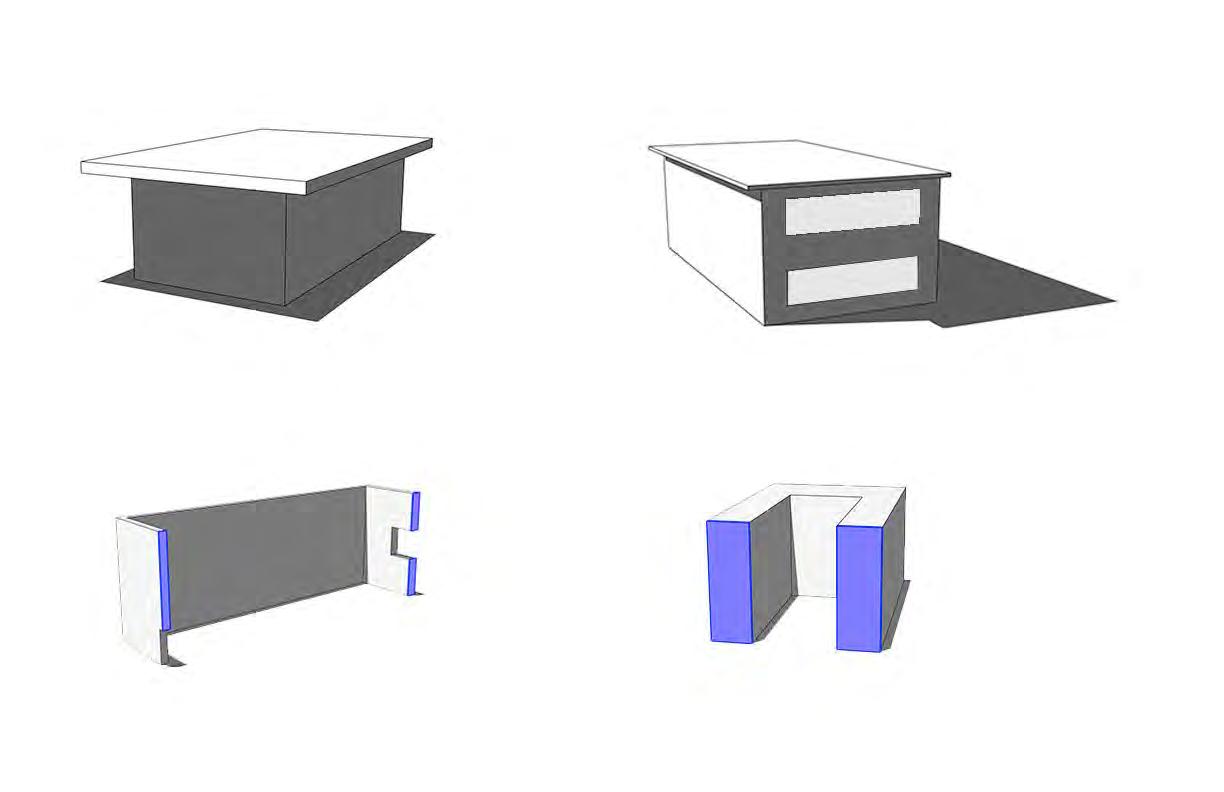
OVERHANG TO PROVIDE SHADE
MINIMIZE WEST FACING WINDOWS TO REDUCE HEAT GAIN DURING SUMMER AND FALL
COURTYARD CREATES A MICROCLIMATE
CROSS VENTILATION PROVIDES NATURAL COOLING
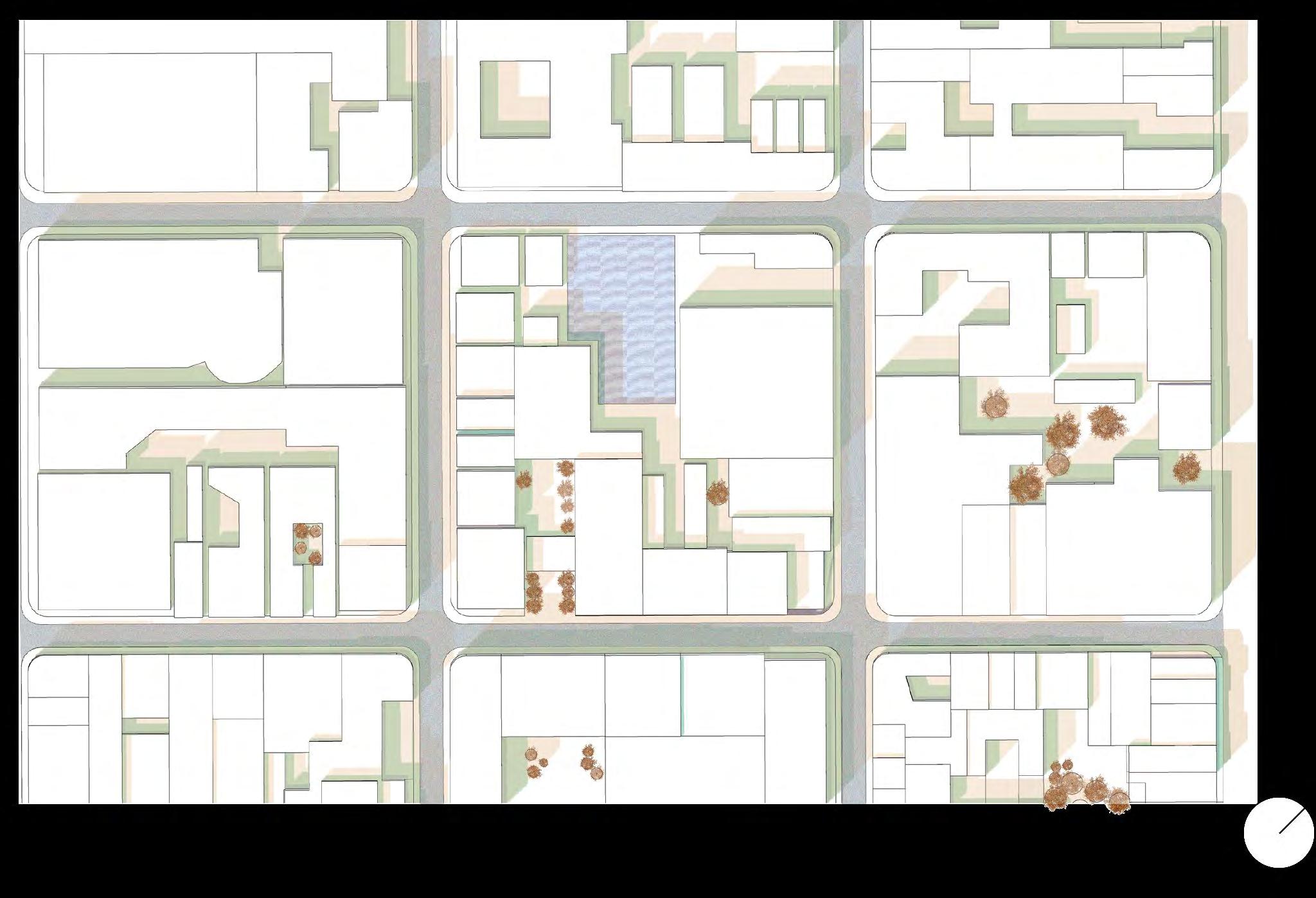
Conclusion
Based on the extensive New Orleans site analysis, we can begin to draw many different angled conclusions about the best way to approach the site. Starting with shade and shadow, the South end of the site reveals itself as an open and light filled space with little to no building blockage. This can be beneficial in the winter months, however a solution will need to be brought forward as to how to combat the harsh sun in the summer months. With the site laying in an area of transition between 2-3 story buildings, it may be beneficial to consider how the structure could taper in a way or react correctly to the adjacent building heights. From a cultural perspective, New Orleans has been found to be a very social, interactive city often with terraces and open porches engaging the narrow and intimate streets. The task at hand for our structure would be seeing how the multi-generational housing complex could have that intimate relationship with Dauphine Street while also containing an area of private socialization for all the residents who live within. Overall, it will be key to incorporate the lively manor of the city into a building design and to honor the existing architectural style while attempting to create a space for modern multi-family living.
Professor: Olga Mesa
ARCH 214 Architectural Design Core Studio IV
Spring 2022
Place and Dwelling with Others
Multigenerational Housing Complex
Taking hints from the dense New Orleans streets, the quality of terracing within a community works to open up spaces and stack the lives of those in a multi-generational configuration. The creation and stepping repetition of these terraces opens doors for planted spaces, communal areas, and nodes of interaction. They allow for people pf all abilities and ages to come together to experience outdoor conditions while engaging in multigenerational activities.

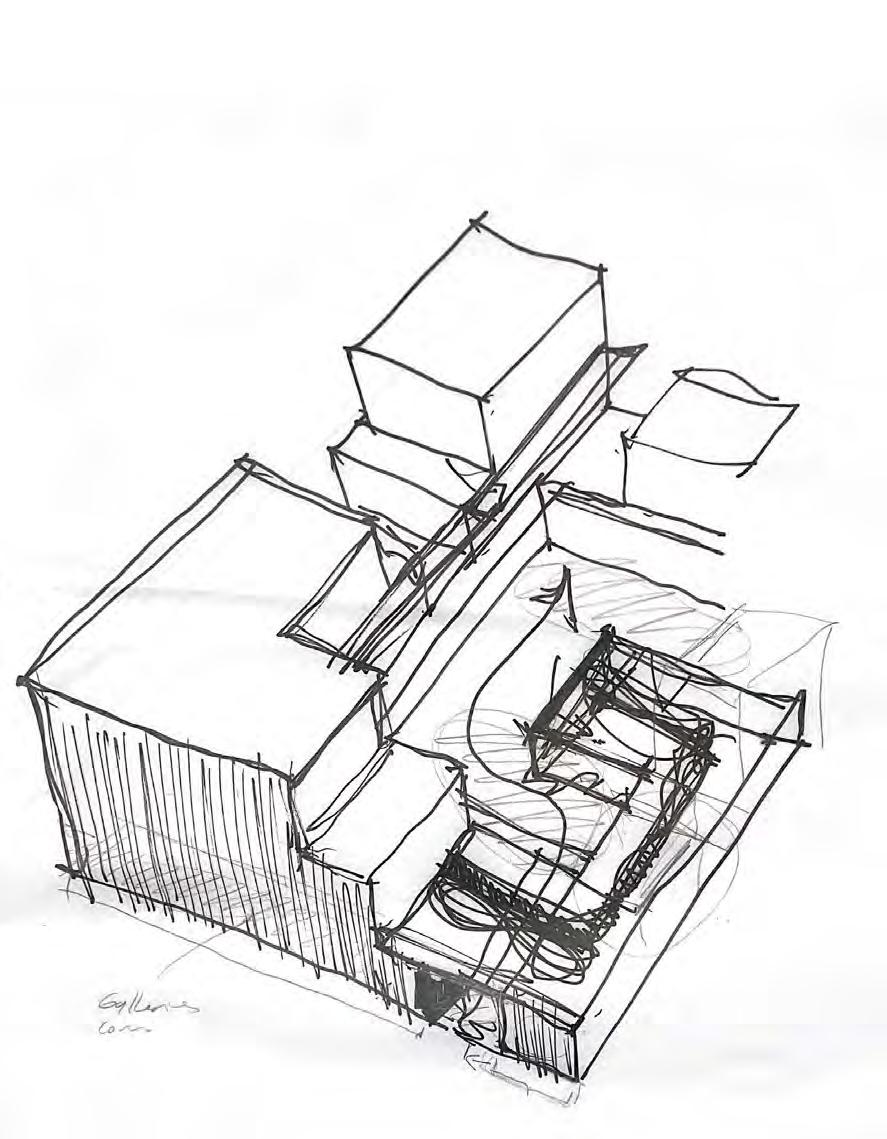
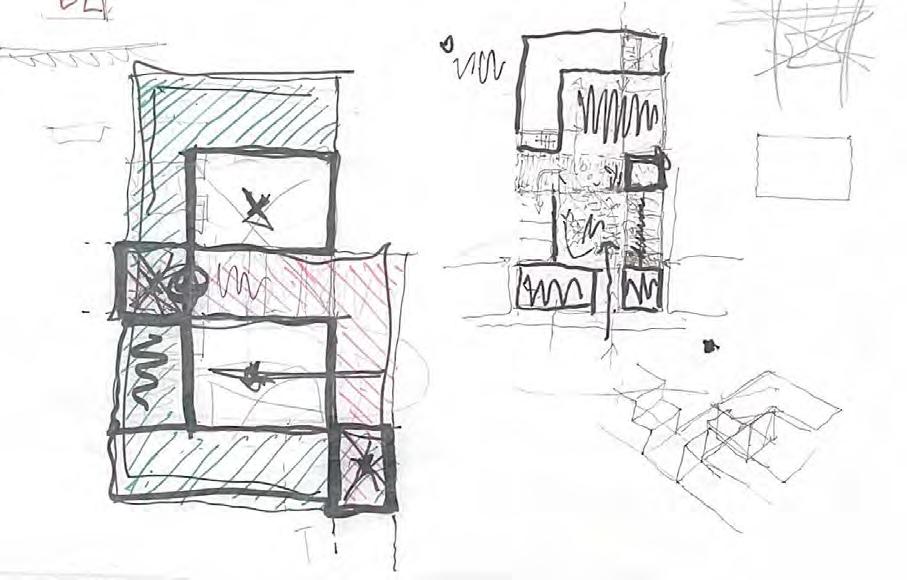
Drawings
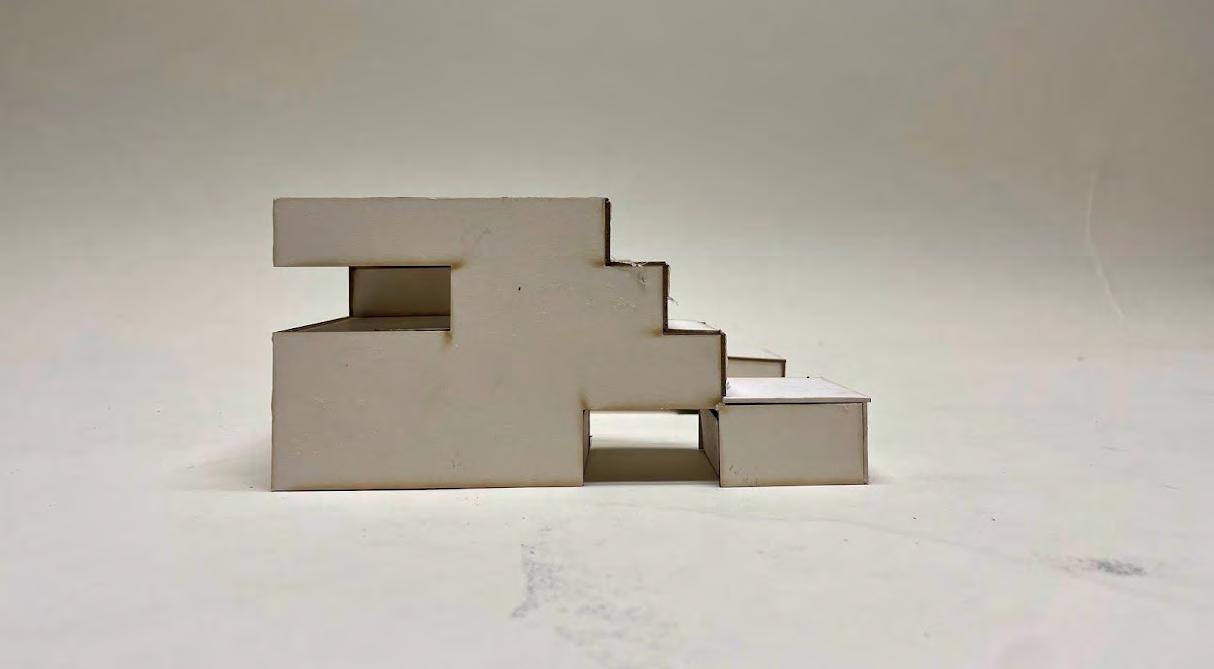
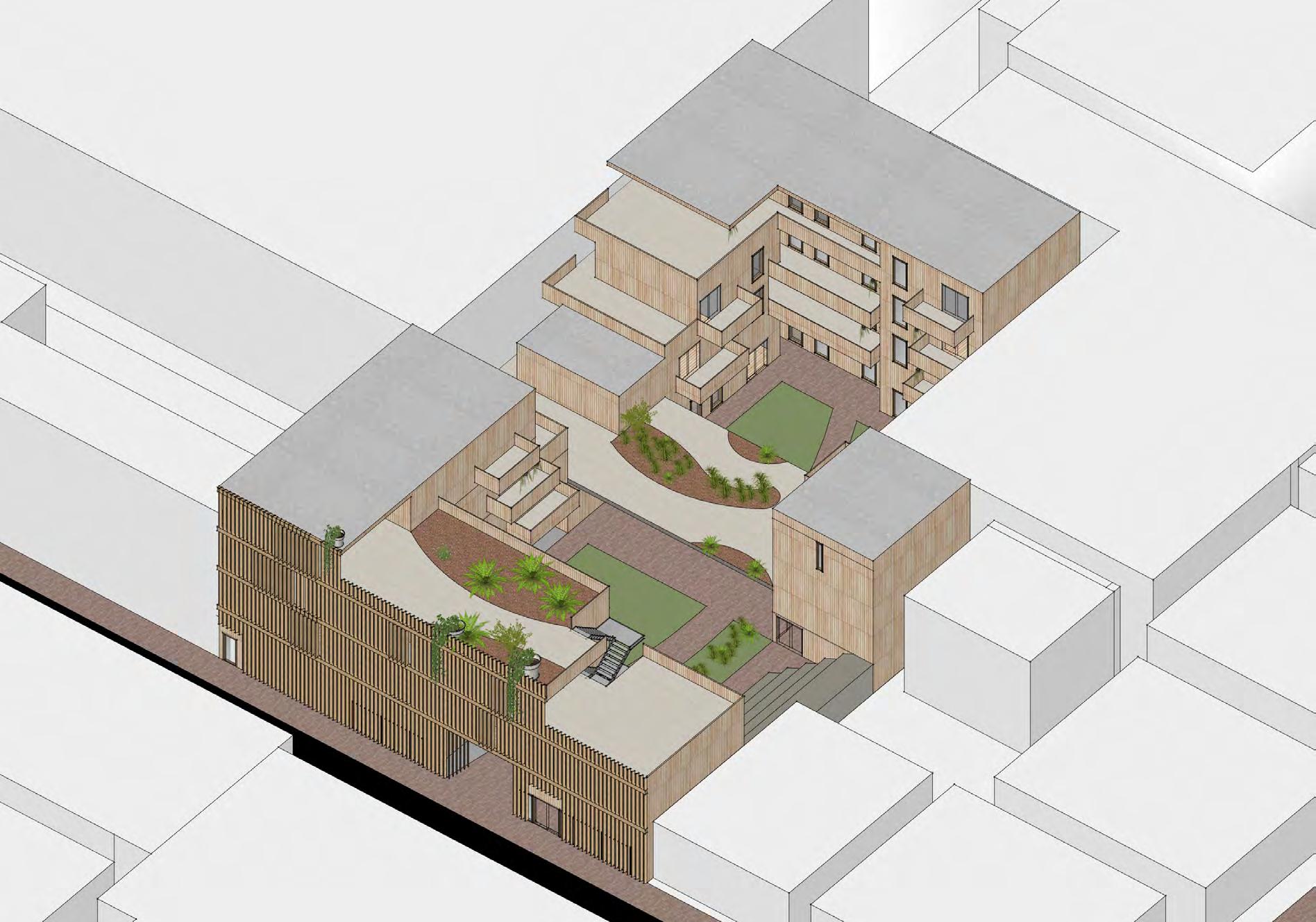

Axonometric Massing Drawings Showing Conceptual Architectural Strategy
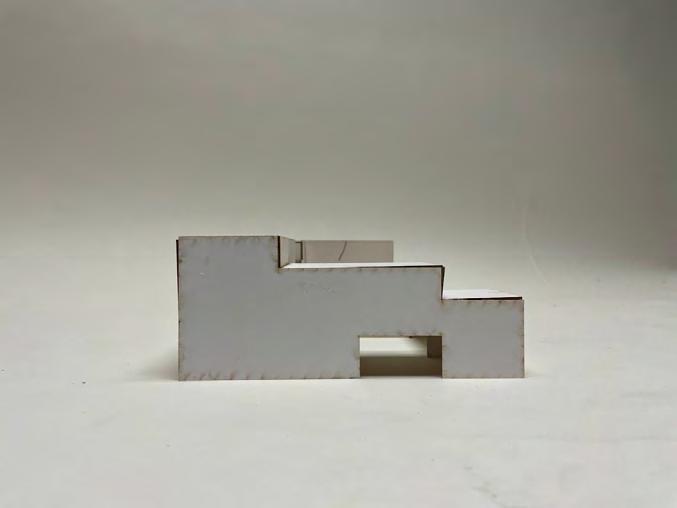
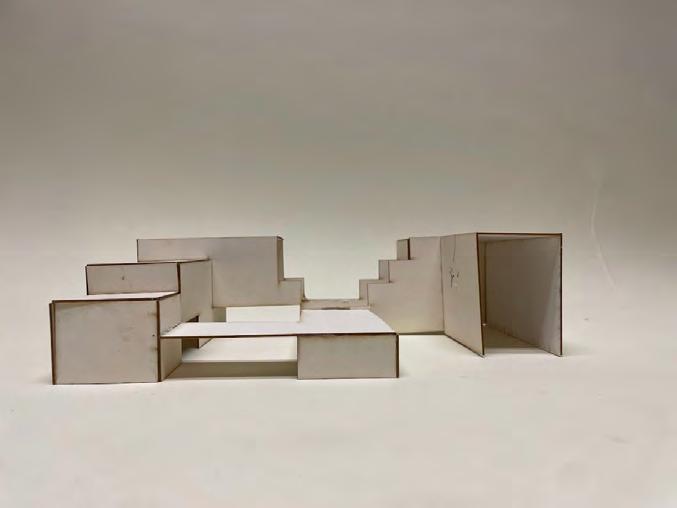
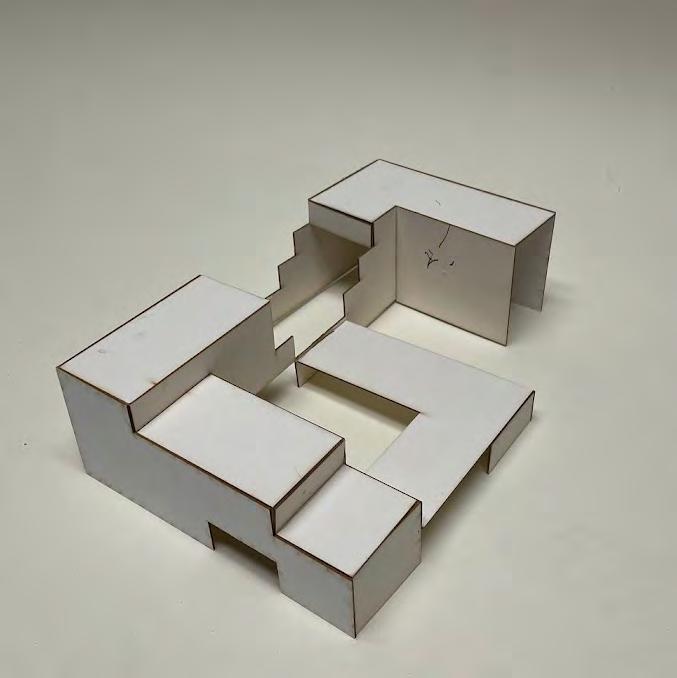
Conceptual Strategy Model 1

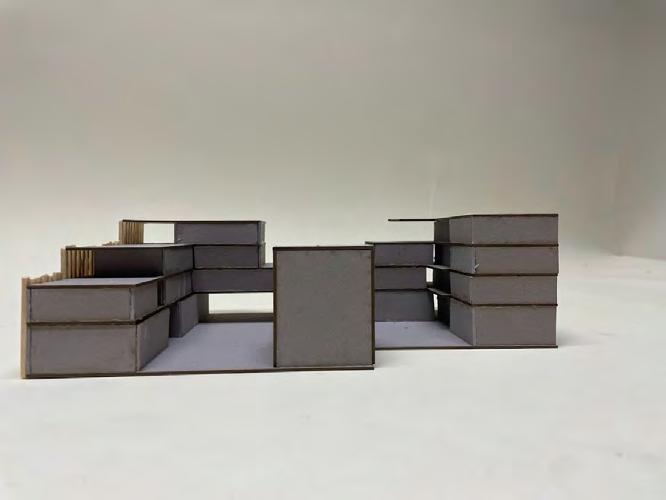

Conceptual Strategy Model 2
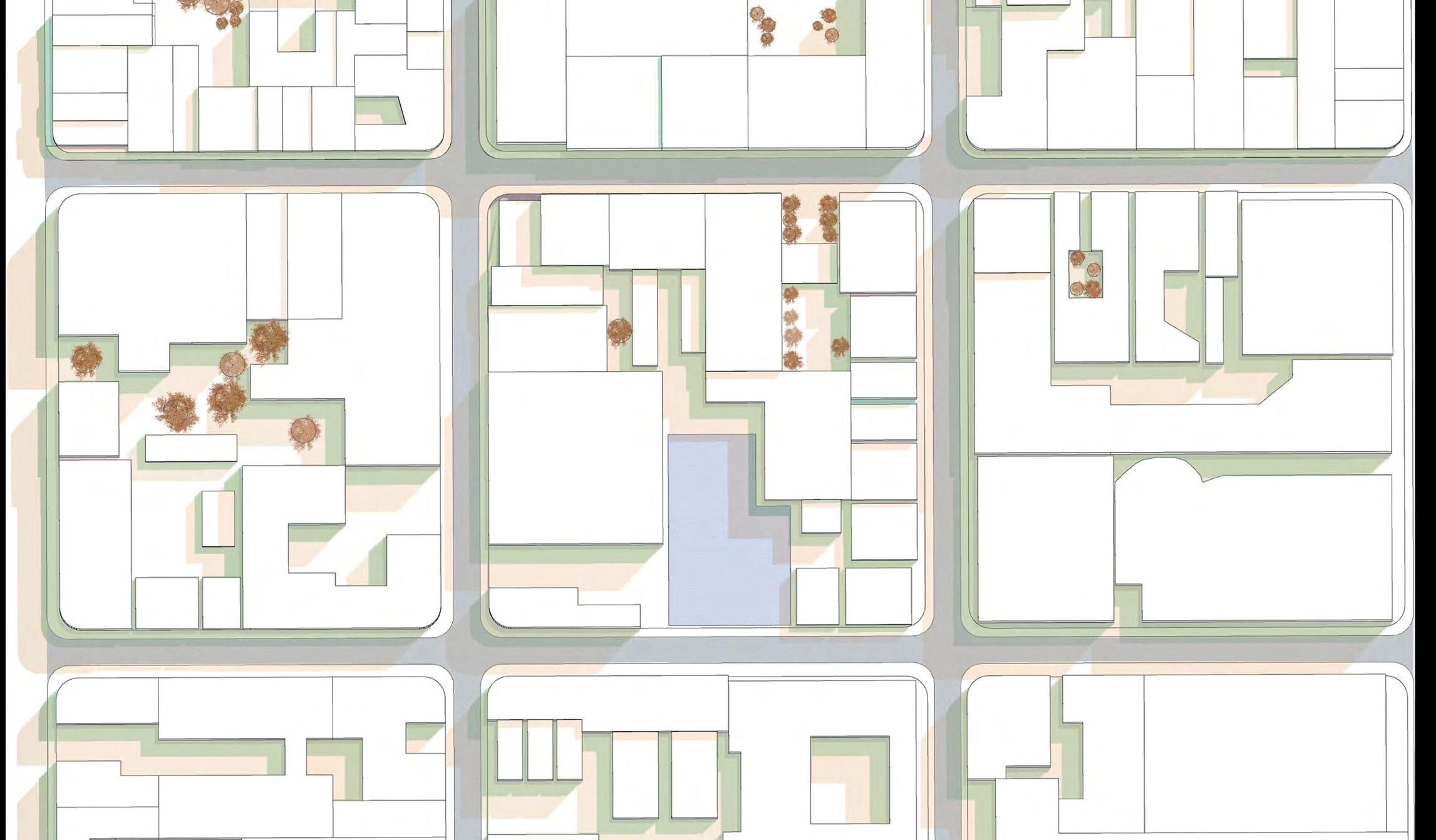
Building Section Av
